Nearby super-Earth K2-18 b may be a water-rich ocean planet: 'This has certainly increased the chances of habitability'

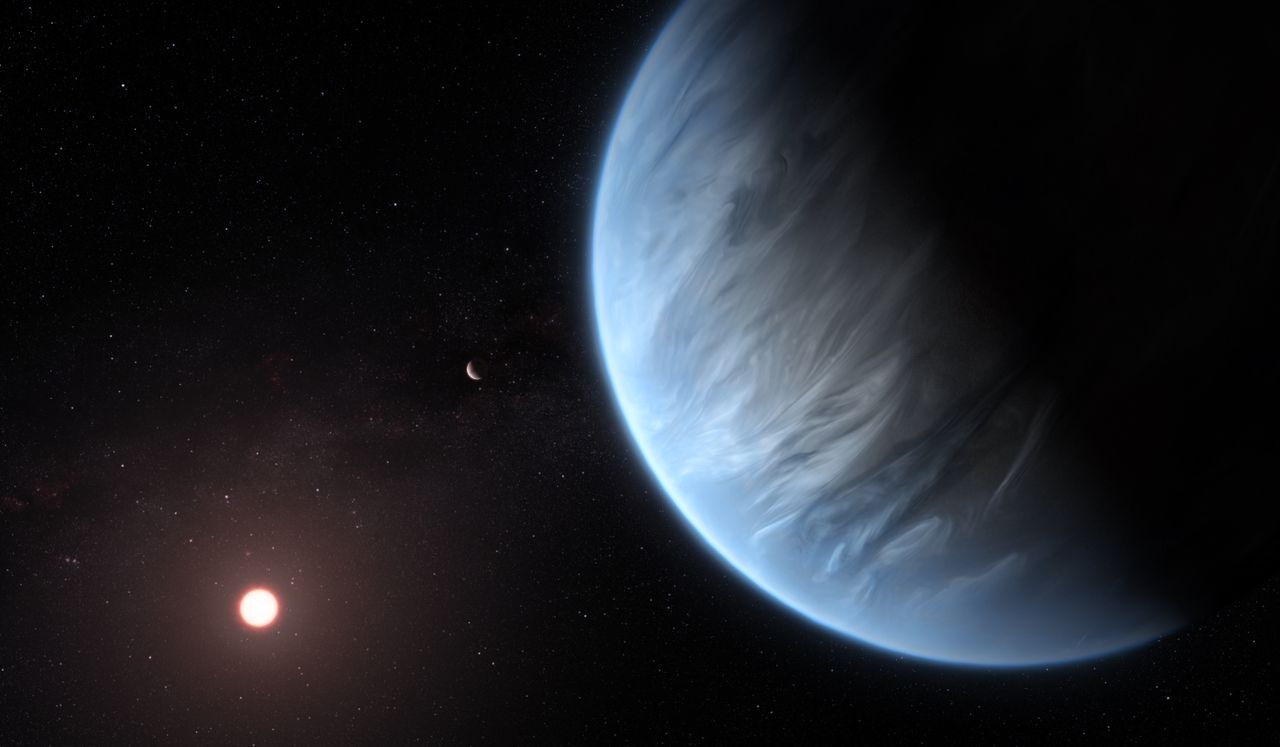

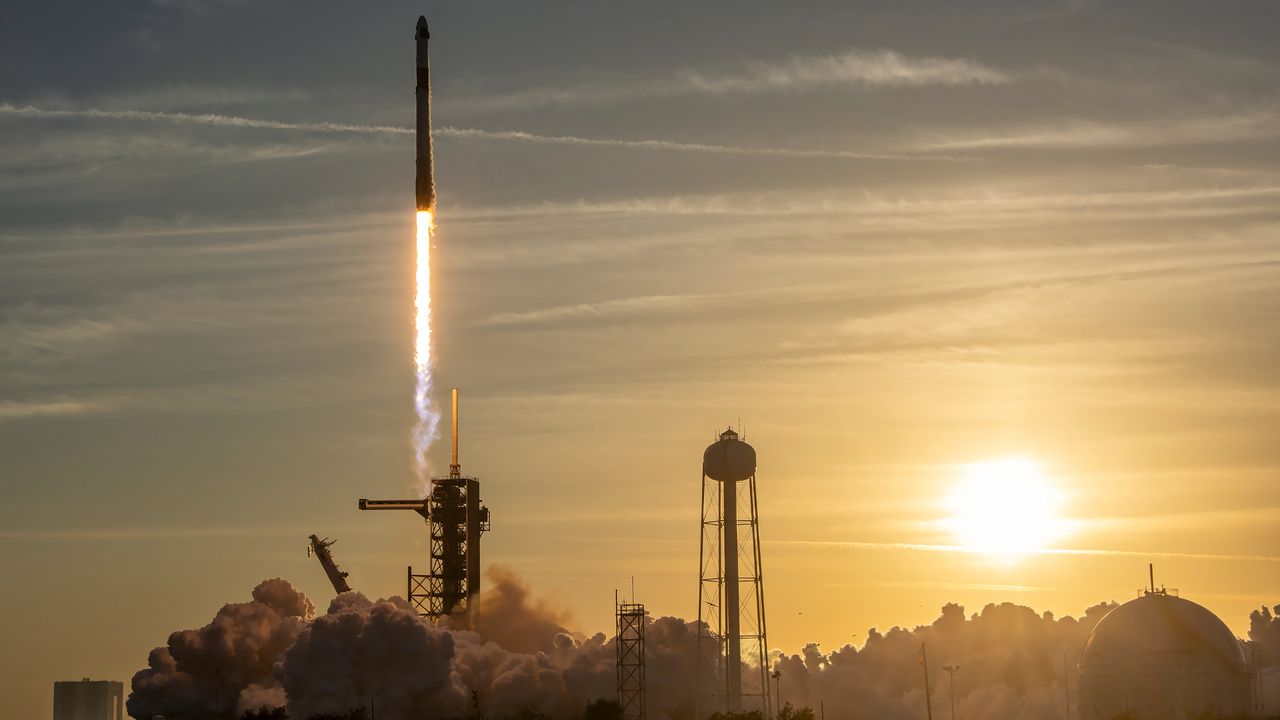

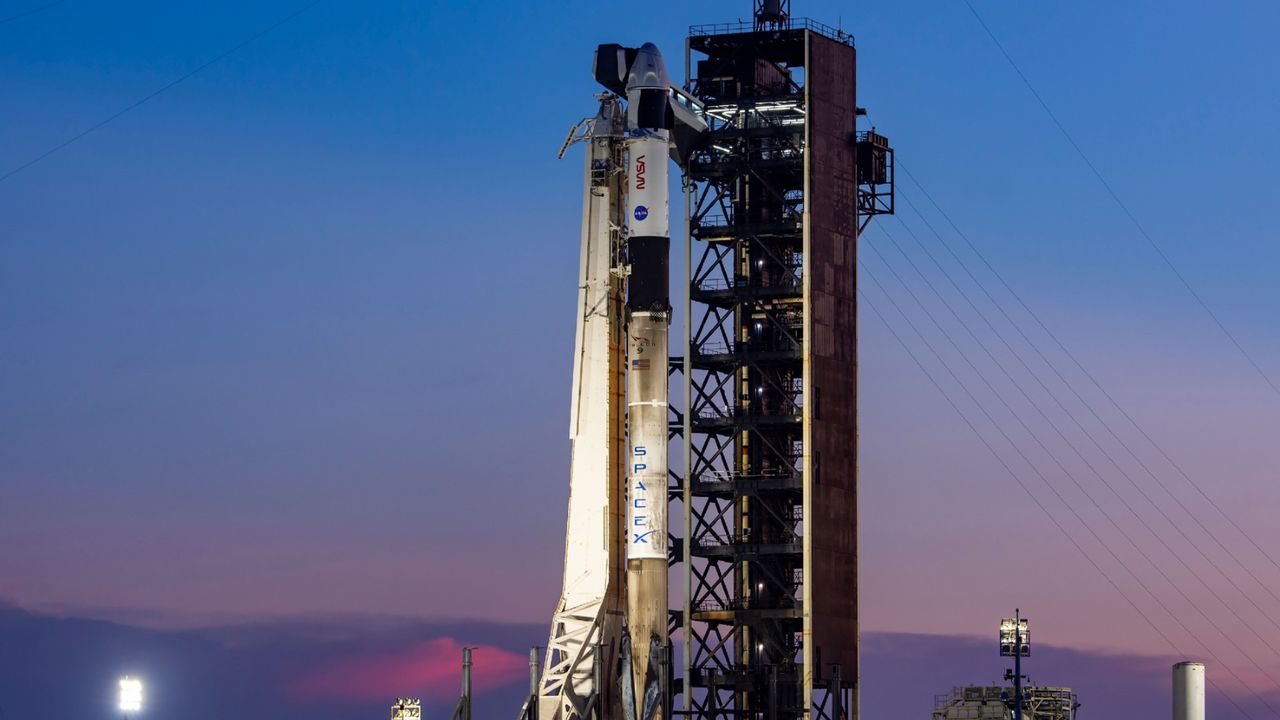



Author(s): Ryan Wilkinson
A thermal version of a transistor could help control heat flow in cryogenic quantum systems.
[Physics 18, s97] Published Wed Jul 30, 2025
When you think of the great popularizers of astronomy in the past, two names stand out in particular — Carl Sagan and Sir Patrick Moore. Patrick (1923–2012) holds the world’s record for popularizing the subject; his BBC TV program The Sky at Night, the staple for those learning about the universe in the UK, wasContinue reading "Watch a film on Sir Patrick Moore online"
The post Watch a film on Sir Patrick Moore online appeared first on Astronomy Magazine.
Astronomers have long sought signs of life beyond Earth, with exoplanets like K2-18 b — a world about 124 light-years away — offering tantalizing possibilities. In 2023 and again in April 2025, a team using the James Webb Space Telescope (JWST) detected molecules in K2-18 b’s atmosphere they claimed could be a biosignature: dimethyl sulfideContinue reading "New study revisits signs of life on K2-18 b"
The post New study revisits signs of life on K2-18 b appeared first on Astronomy Magazine.




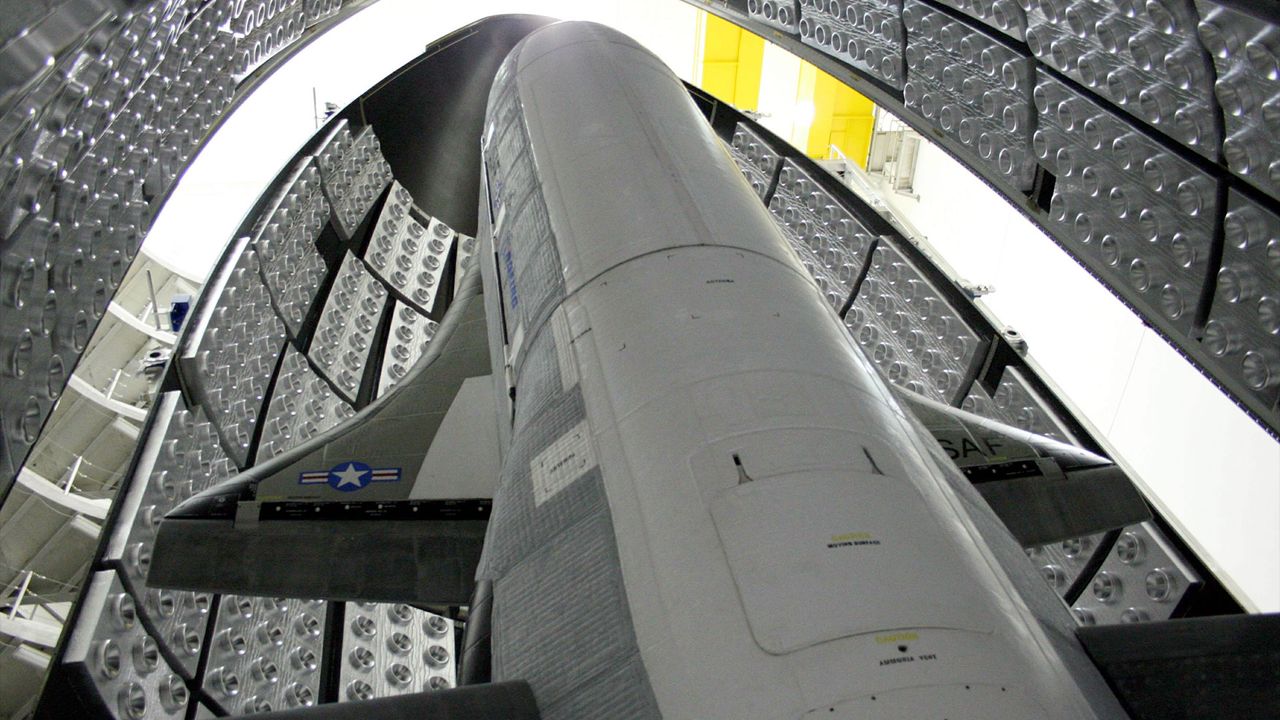

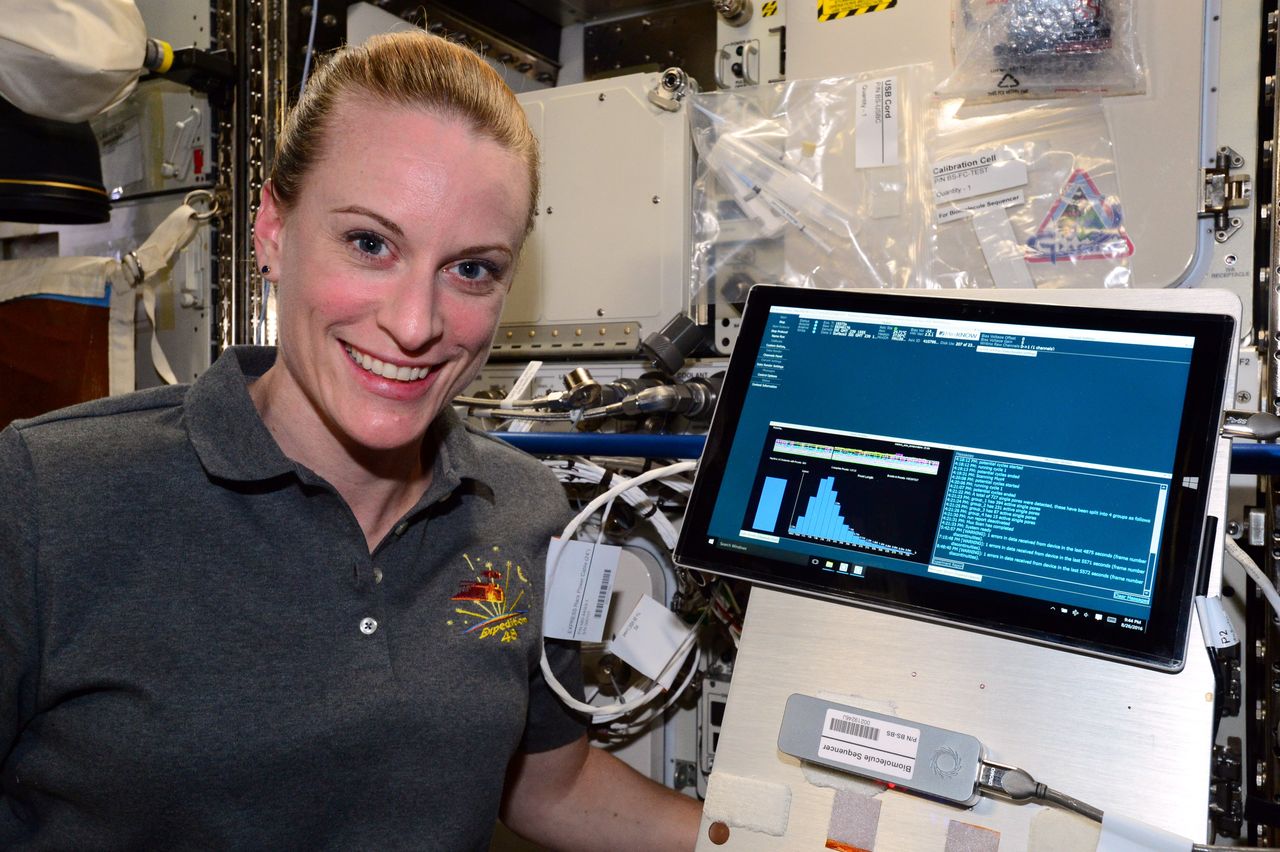

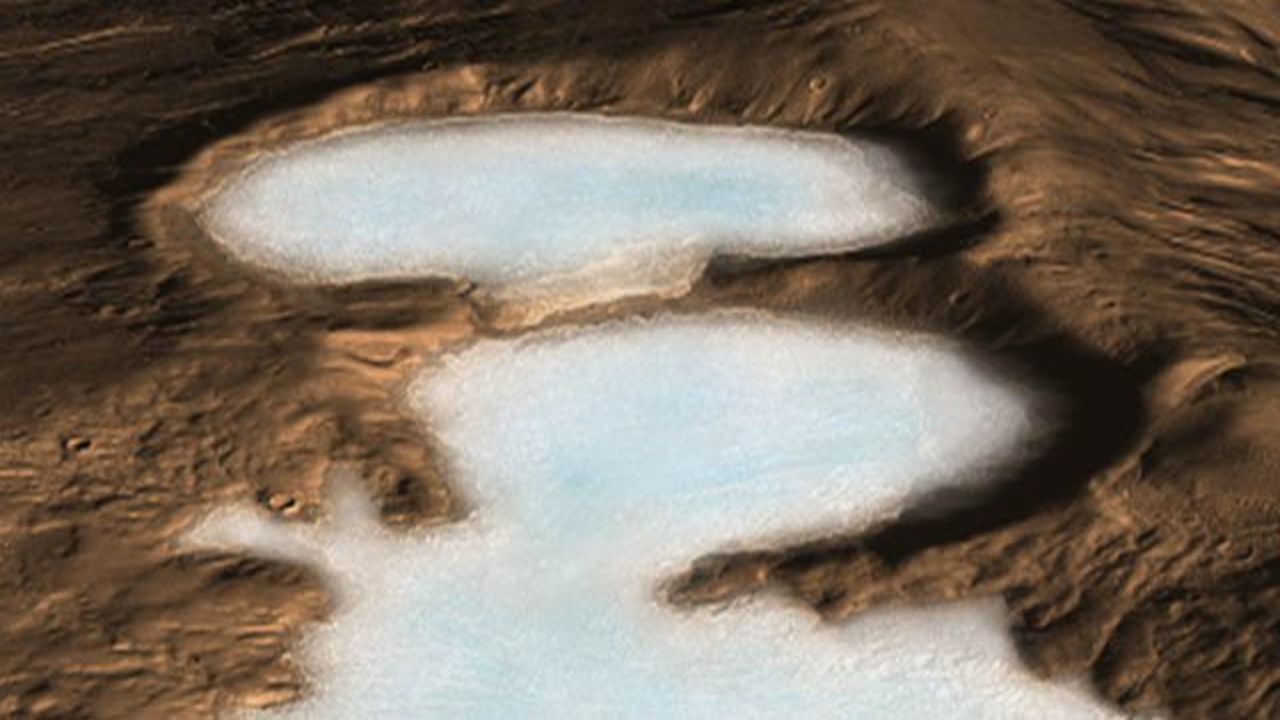





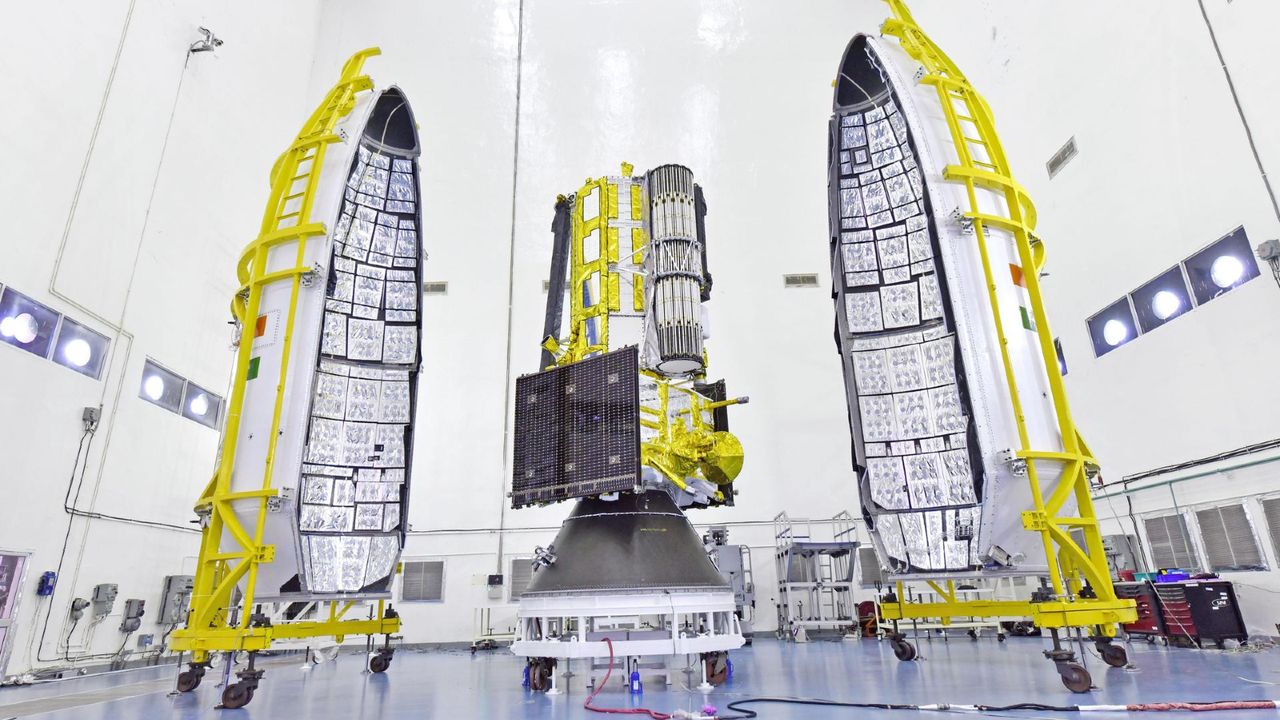

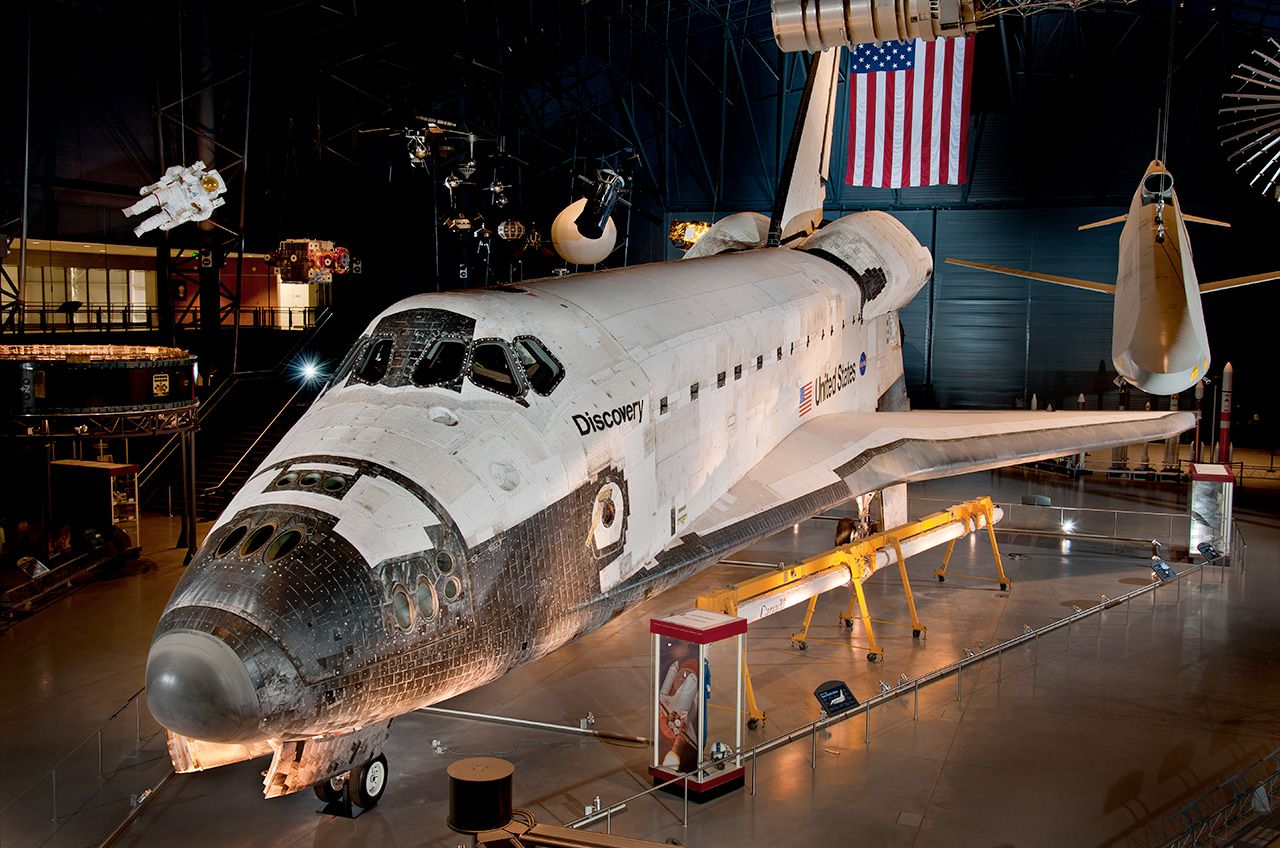

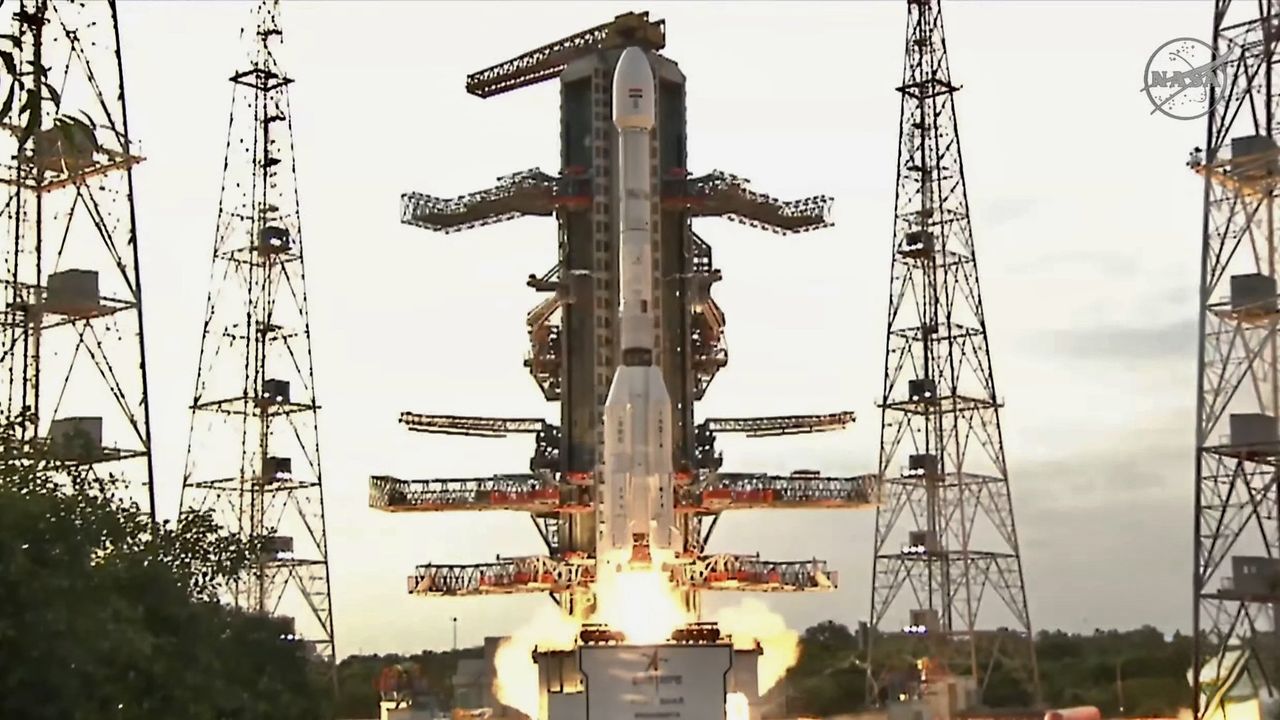

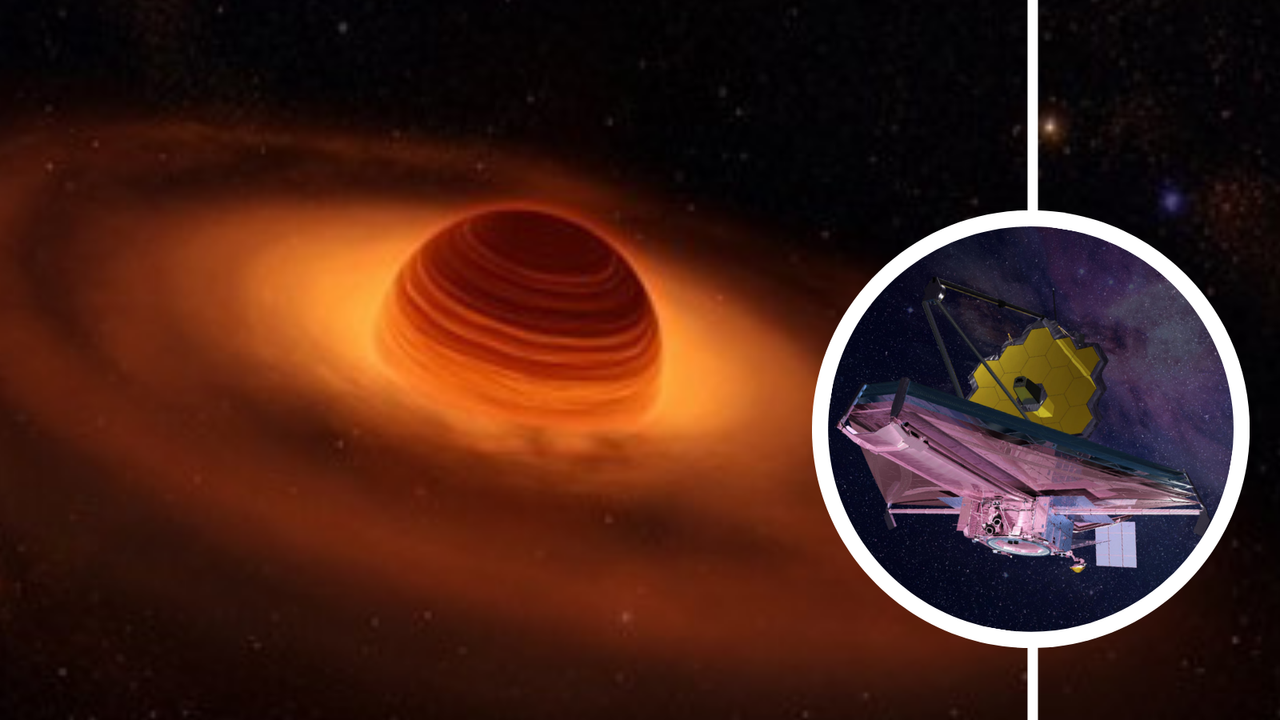

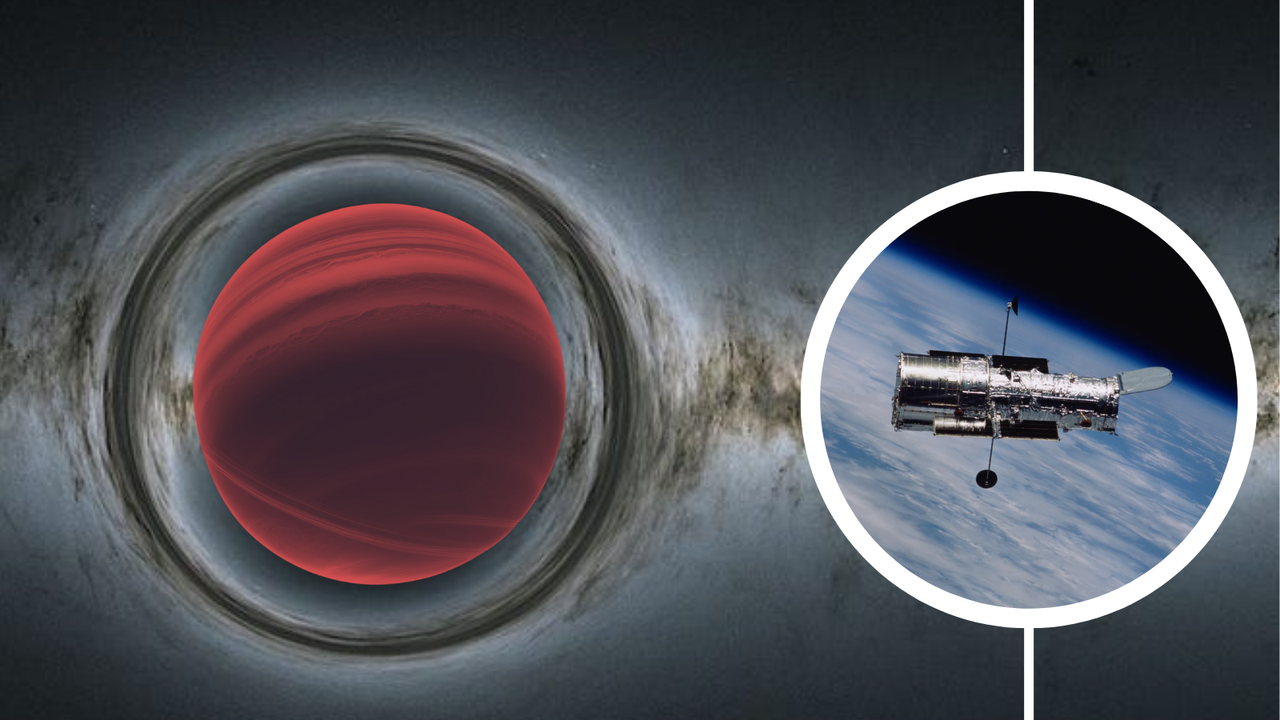

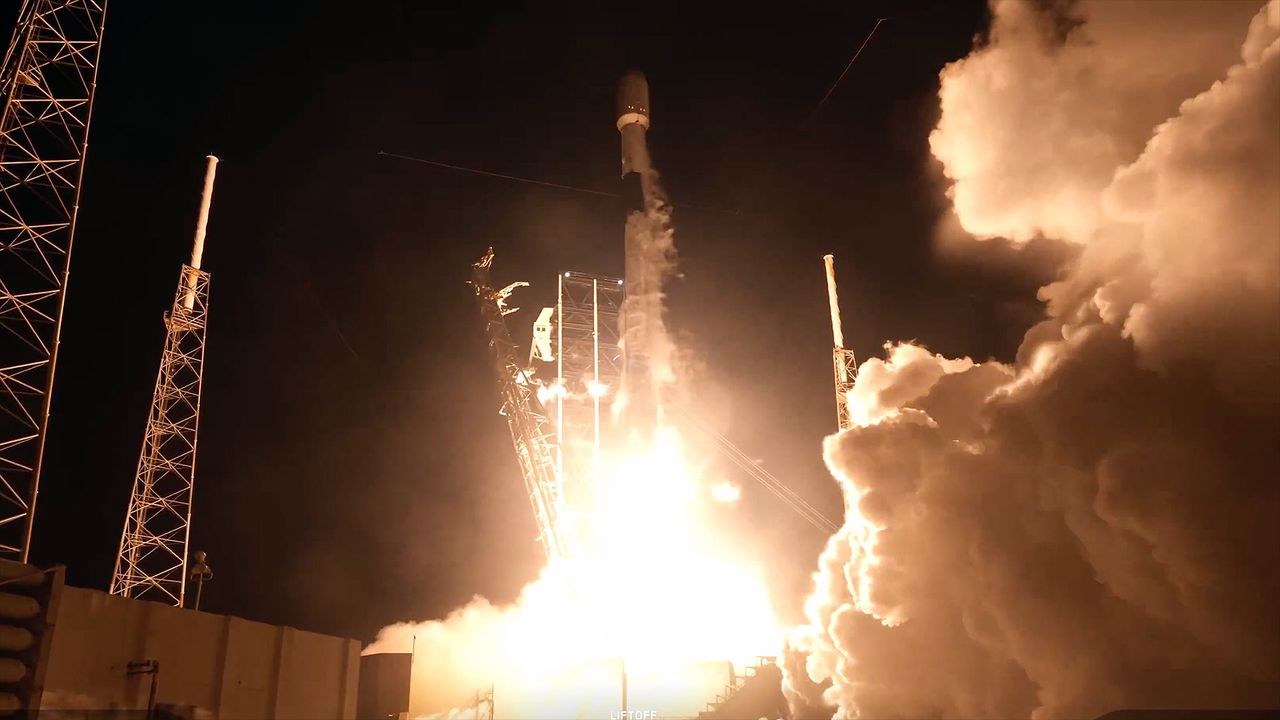

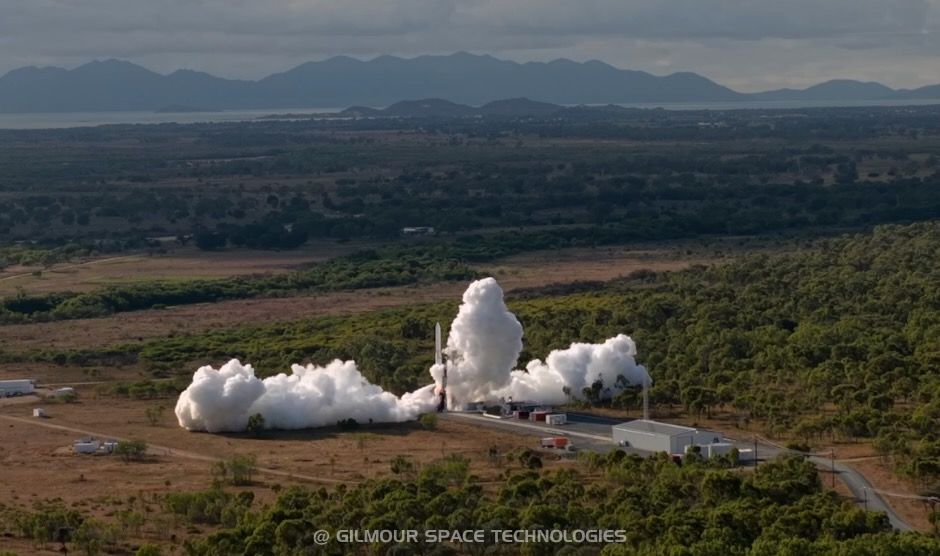









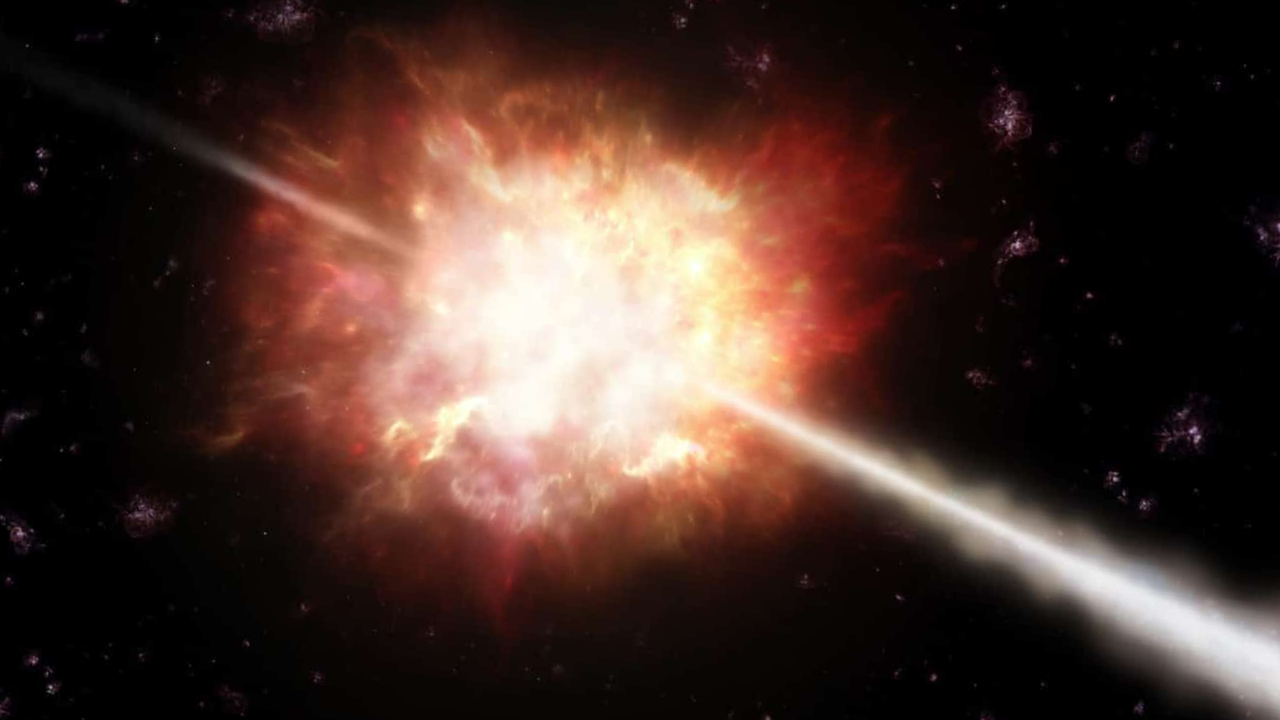





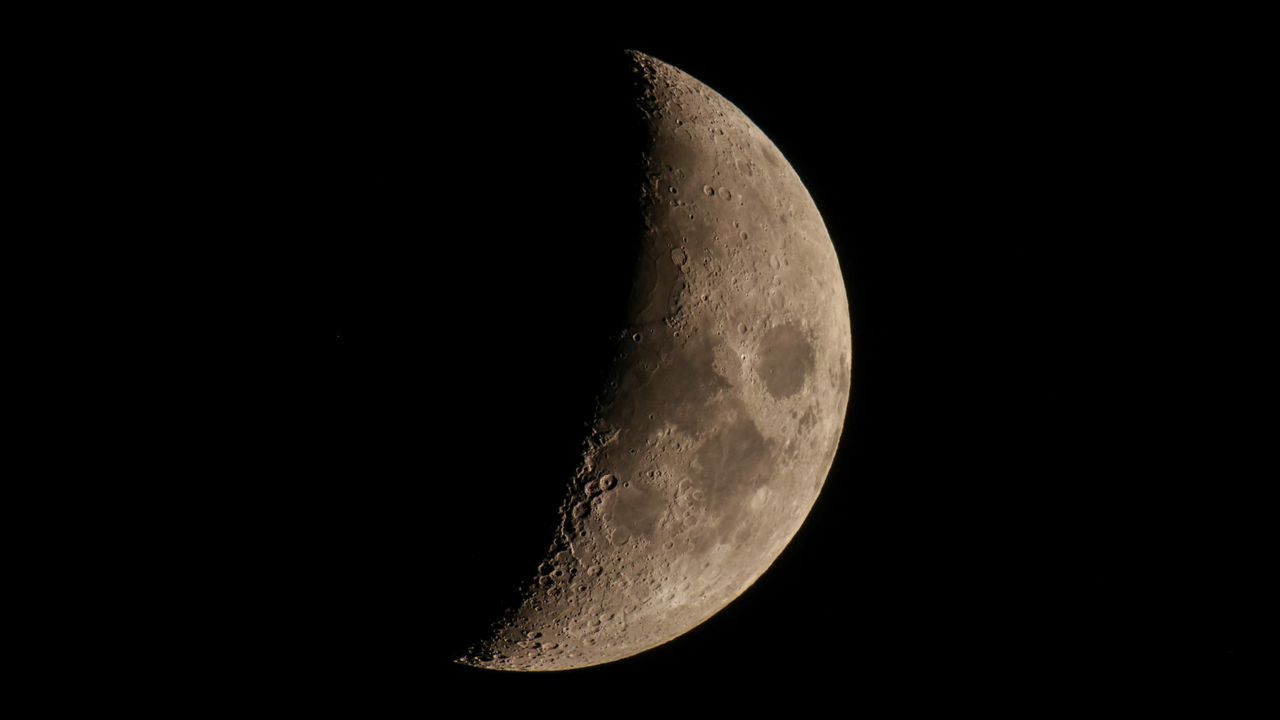







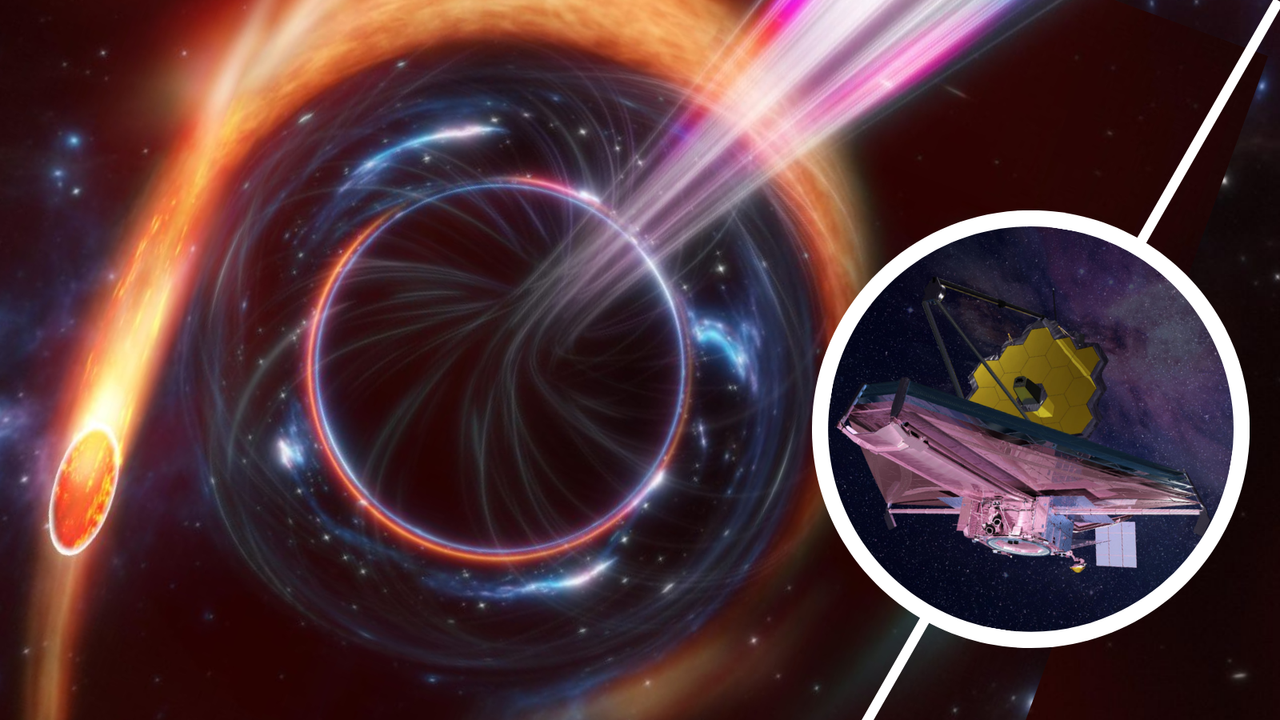

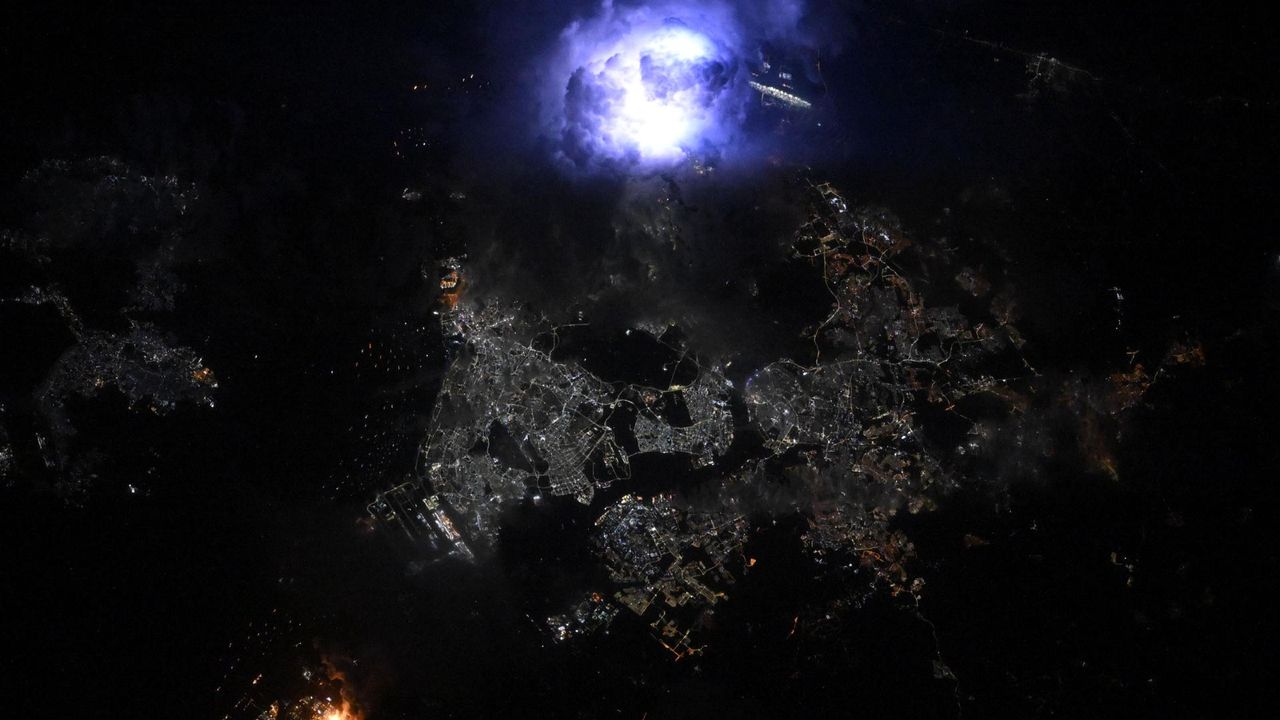

























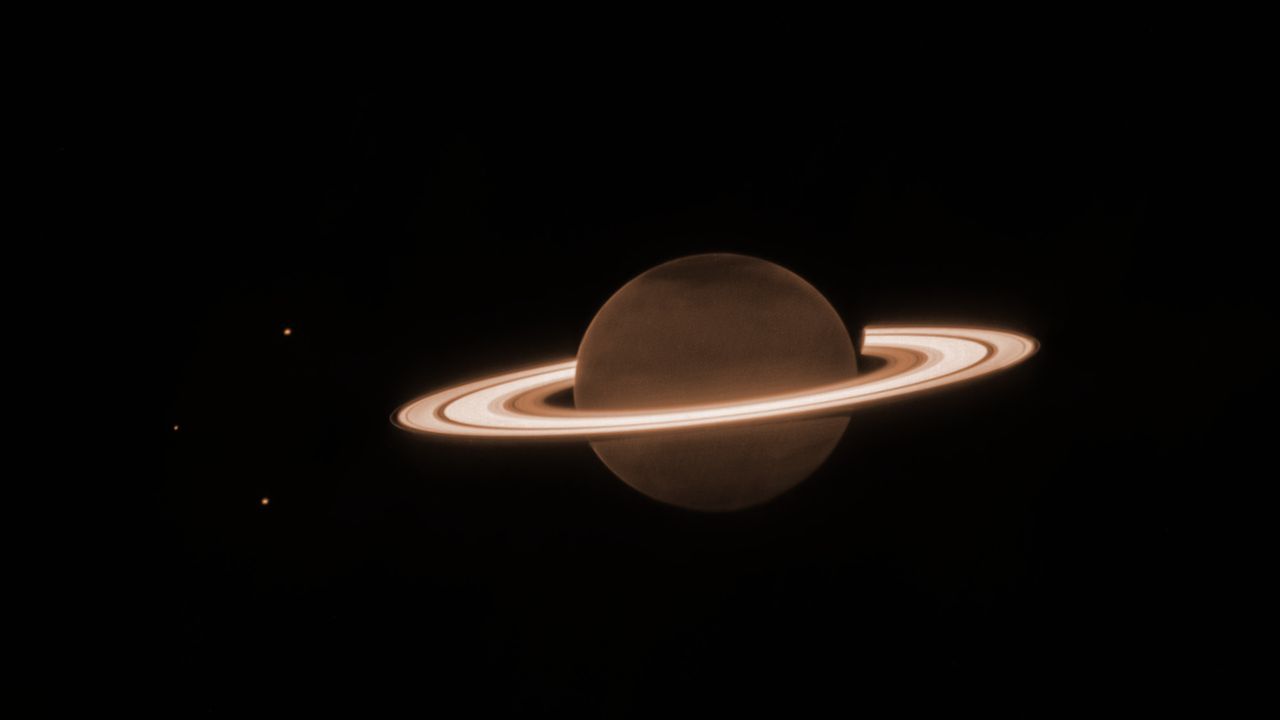

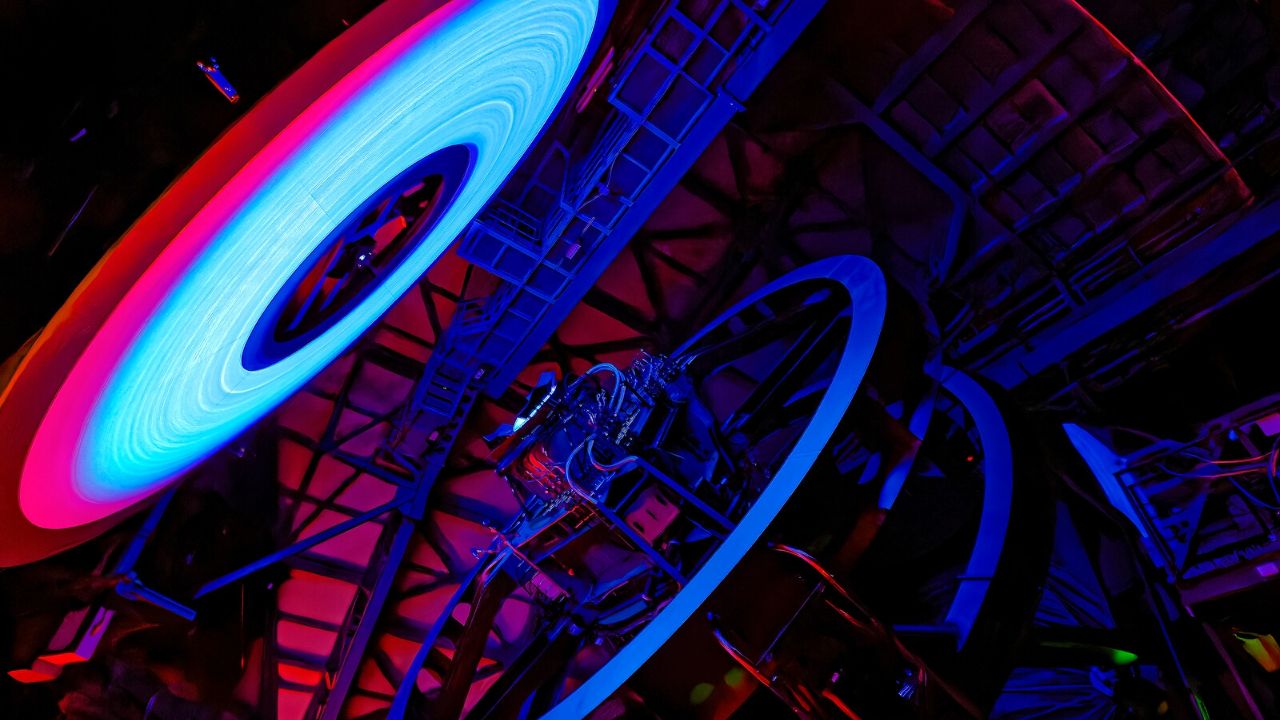

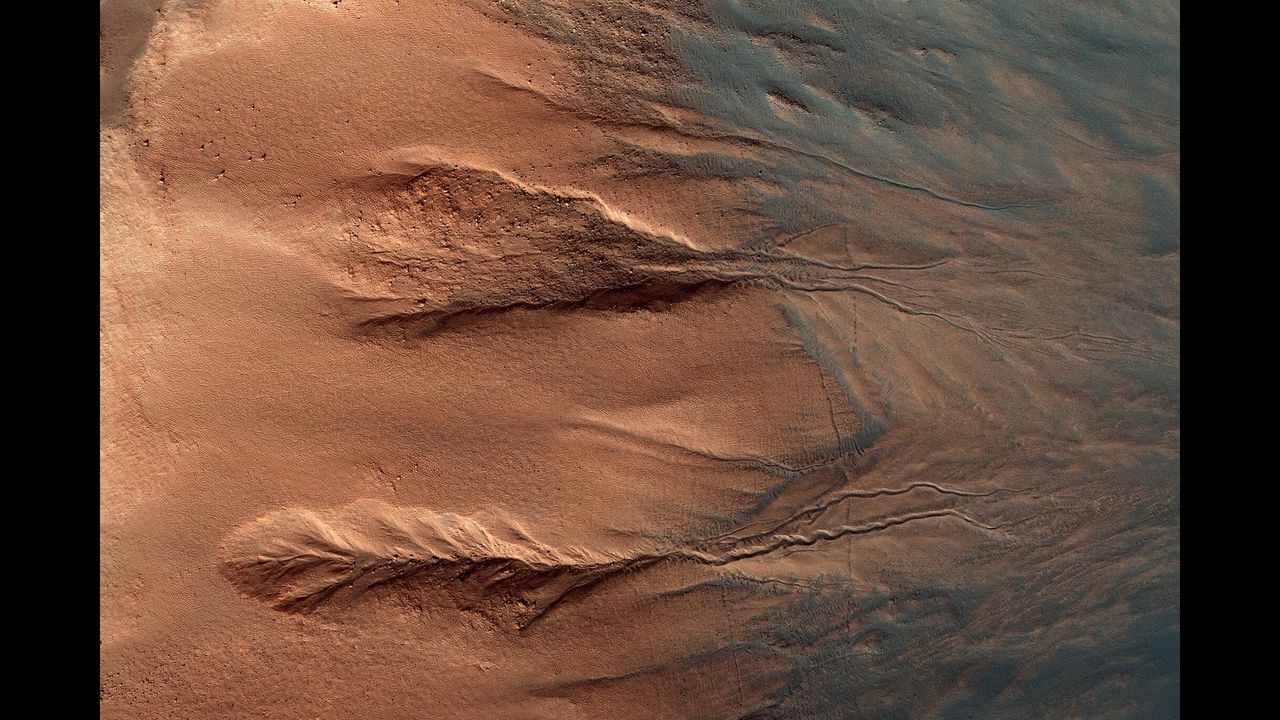



Quite a number of small galaxies lie near us in the universe but are obscured by dust in our own galaxy and so are hard to see. Such is the case with Dwingeloo 1, a nearby barred spiral in Cassiopeia. So obscured is this galaxy that it remained undiscovered until 1994, when it was uncoveredContinue reading "Deep-Sky Dreams: Dwingeloo 1"
The post Deep-Sky Dreams: Dwingeloo 1 appeared first on Astronomy Magazine.
In 1610, Galileo Galilei became the first person to observe Saturn with a telescope. However, he was puzzled by what he saw: At first, he thought the planet had two moons, like lobes on either side of it, almost making it look like Saturn had ears. Two years later, when he observed the planet again,Continue reading "July 30, 1610: Galileo sees Saturn’s rings"
The post July 30, 1610: Galileo sees Saturn’s rings appeared first on Astronomy Magazine.
The constellation Andromeda the Princess is part of the largest mythologically connected group in the sky. Her parents are Cepheus the King and Cassiopeia the Queen. Perseus the Hero saved her from being sacrificed to Cetus the Whale (a sea monster in the tale). And Pegasus the Winged Horse was born when Perseus cut offContinue reading "Explore the wonders of the constellation Andromeda"
The post Explore the wonders of the constellation Andromeda appeared first on Astronomy Magazine.
Dave Doctor from Las Cruces, New Mexico NGC 7129 is a reflection nebula 3,000 light-years away in Cepheus, aglow with the red hues of hot hydrogen gas and the blue reflected light of hot, young stars. The imager took 30⅓ hours of exposure in HαLRGB filters with a 14-inch f/3.8 scope.
The post A stellar nursery in Cepheus appeared first on Astronomy Magazine.
Asteroid 4 Vesta remains an easy-to-spot target in western Libra, just 5° north of Zubenelgenubi, the Balance’s double alpha star. Tonight and tomorrow offer an excellent opportunity to see the 7th-magnitude space rock move relative to the background of stars, as it currently lies less than 0.5° from a slightly fainter 8th-magnitude background star (HDContinue reading "The Sky Today on Wednesday, July 30: Vesta passes a field star"
The post The Sky Today on Wednesday, July 30: Vesta passes a field star appeared first on Astronomy Magazine.
Author(s): Marric Stephens
A laser-plasma-driven free-electron laser achieves record performance, marking a step toward making intense, ultrafast x-ray sources more accessible.
[Physics 18, s100] Published Tue Jul 29, 2025
Author(s): Daniel Schick
Using ultrafast x-ray pulses, researchers have probed the chirality of spin spirals in synthetic antiferromagnets.
[Physics 18, 139] Published Mon Jul 28, 2025
Did time start at the big bang? What happens if you fall into a black hole? What explains the mysterious dark matter? Weigh in on the toughest questions facing physicists today.
[Physics 18, 140] Published Mon Jul 28, 2025
All amateur astronomers, both visual observers and imagers, want their views to display great contrast. Contrast is the difference in brightness between various parts of a telescopic image. When light is scattered in the field of view, for whatever reason, it reduces the difference between the dark and bright areas of the image. Contrast isContinue reading "Michael’s Miscellany: Image contrast"
The post Michael’s Miscellany: Image contrast appeared first on Astronomy Magazine.
Mobile Porta Mount VixenSaitama, JapanThe Mobile Porta Mount is the new, easily portable piece in the popular Porta line. The alt-azimuth accessory has friction stop motion to locate objects quickly. Telescopes weighing up to 7.7 pounds (3.5 kilograms) can be attached. The mount head can be detached and the multiarm can be folded, both forContinue reading "Heat up your observing with these new products"
The post Heat up your observing with these new products appeared first on Astronomy Magazine.
When the Soviet Union launched Sputnik in 1957, the Space Race exploded as the U.S. and Soviet Union competed to show their dominance in the technology and military spheres. Sputnik 2 and then 3 followed, and real concerns about the U.S. falling behind were raised. Congressional hearings began in 1957, and President Dwight D. EisenhowerContinue reading "July 29, 1958: NASA is founded"
The post July 29, 1958: NASA is founded appeared first on Astronomy Magazine.
Marty Weintraub from Duluth, Minnesota Aurora borealis glimmer over the peaks above Steinfjord on the Norwegian island of Senja, located around latitude 69° north. The photographer used a Sony mirrorless camera and 14mm lens at f/2 to take a 0.6-second exposure at ISO 3200.
The post Lights over Steinfjord appeared first on Astronomy Magazine.
Saturn still stands out in the early-morning sky as a bright, 1st-magnitude point of light in southwestern Pisces. Two hours before sunrise, the ringed planet is roughly 50° high in the south and offers an easy stepping-stone to Neptune, which lies 1° north of Saturn — close enough to catch both worlds in a singleContinue reading "The Sky Today on Tuesday, July 29: Saturn and its moons"
The post The Sky Today on Tuesday, July 29: Saturn and its moons appeared first on Astronomy Magazine.
Professional and amateur astronomers post amazing photos of the sky. A colorful, star-filled Milky Way is often shown rising above a landscape, and photos from the Hubble Space Telescope reveal amazing and vivid colors in galaxies and nebulae. As beautiful as these pictures are, they also can be misleading because they don’t truly represent whatContinue reading "Observe the sky’s colorful stars"
The post Observe the sky’s colorful stars appeared first on Astronomy Magazine.
Mission highlight: NISAR and SpaceX Crew-11 prepare for takeoff On Wednesday, July 30, at 8:10 a.m. EDT, India’s GSLV Mk II will launch from the Second Launch Pad at Satish Dhawan Space Centre carrying NISAR (NASA-ISRO Synthetic Aperture Radar). NISAR is designed to chronicle changes in Earth’s land and ice in unprecedented detail. The satellite’s dual-radar system willContinue reading "NISAR and ISS crew exchange headline a busy week of launches"
The post NISAR and ISS crew exchange headline a busy week of launches appeared first on Astronomy Magazine.
Jamie Cooper from Northamptonshire, U.K. Rupes Recta, or the Straight Wall, is a 70-mile-long (110 kilometers) lunar fault. When the Sun is low, it casts a shadow that makes it appear like a dramatic cliff, though in reality, its slope is gentle.
The post A great ‘wall’ appeared first on Astronomy Magazine.
I have an unusual affliction, and have suffered from it since I was a kid. My dad, John, was a professor of organic chemistry and also very involved in a range of other interests, one of which was history. So I was marched all over historical sites as a kid, and as soon as theContinue reading "A voice from the past"
The post A voice from the past appeared first on Astronomy Magazine.
In this episode, Astronomy magazine Editor Dave Eicher invites you to head out on the evening of July 28 and observe a close grouping of the thin crescent Moon and Mars. Be sure to look for these objects on the 28th because each night after that the Moon will move farther to the east, away from theContinue reading "This Week in Astronomy with Dave Eicher: The Crescent Moon meets Mars"
The post This Week in Astronomy with Dave Eicher: The Crescent Moon meets Mars appeared first on Astronomy Magazine.
The total solar eclipse of July 28, 1851 is important for two reasons. First, English amateur astronomer and author George F. Chambers wrote that it was the first that spawned dedicated eclipse expeditions. The path of totality stretched from what is today western Canada to Ukraine. European astronomers, however, targeted Norway and Sweden. Bergen, Norway,Continue reading "July 28, 1851: The first photo of a total eclipse"
The post July 28, 1851: The first photo of a total eclipse appeared first on Astronomy Magazine.






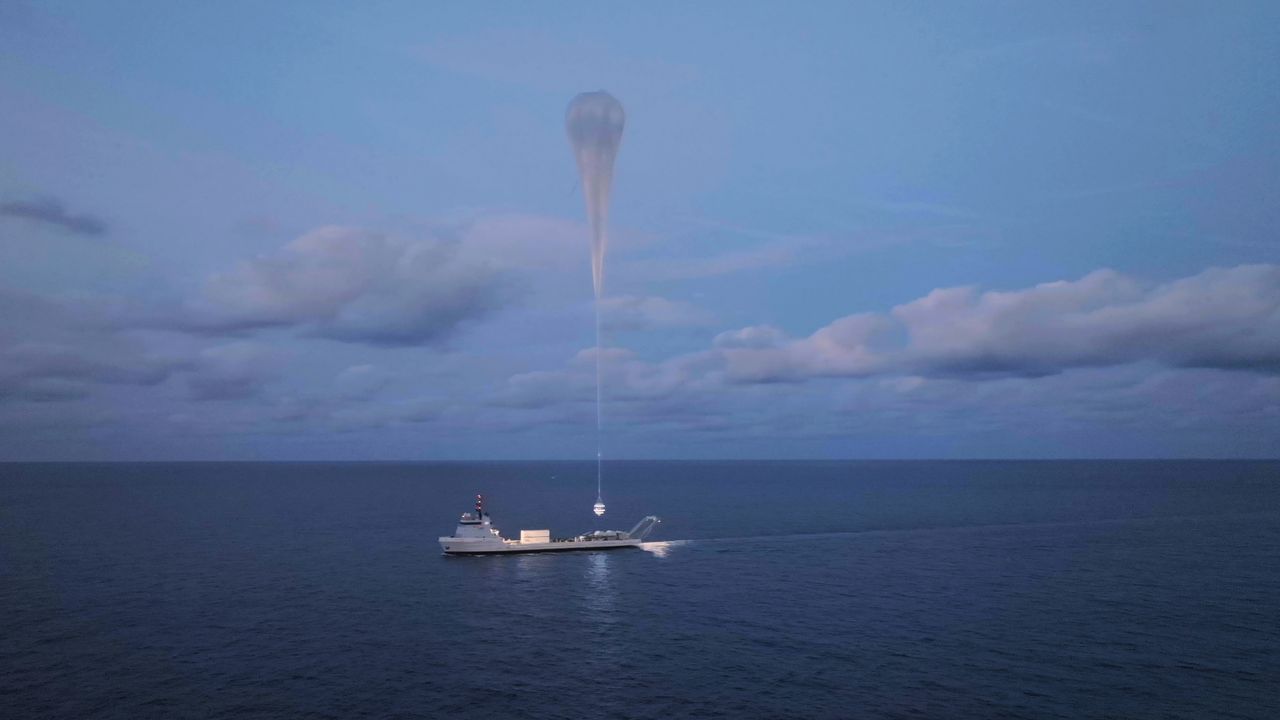



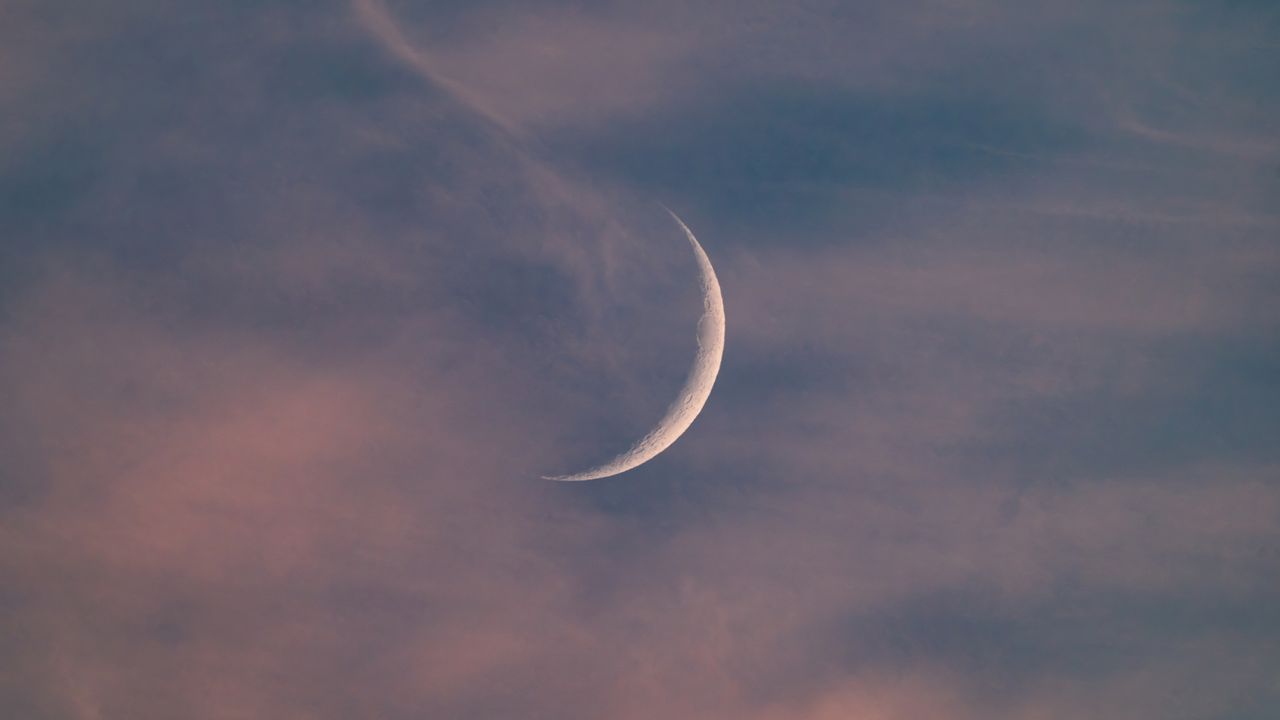

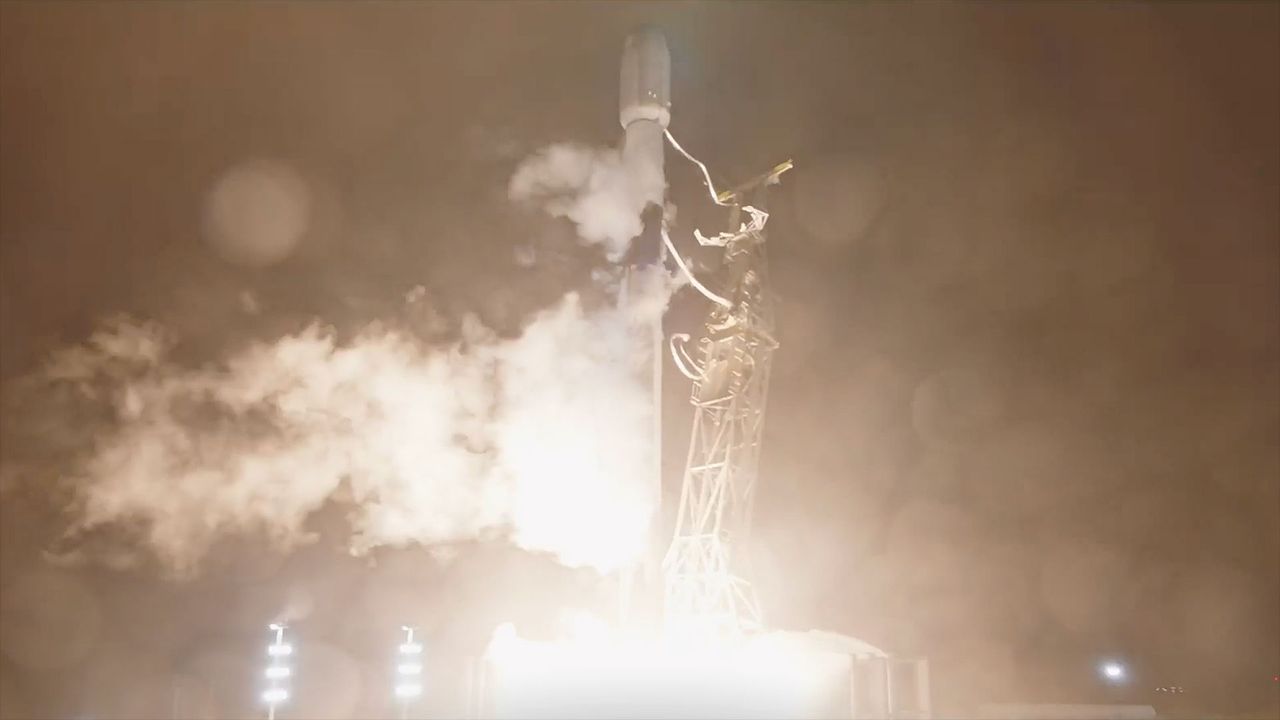

The Moon passes 1.3° south of Mars at 4 P.M. EDT and sits horizontally in line with the Red Planet after sunset this evening. By 9 P.M. local daylight time, the pair is 15° high in the west, both now in Virgo the Maiden. They are visible for about two hours, setting shortly before 10:30Continue reading "The Sky Today on Monday, July 28: The Maiden hosts the Moon and Mars"
The post The Sky Today on Monday, July 28: The Maiden hosts the Moon and Mars appeared first on Astronomy Magazine.
During its July 26, 2005, launch, cameras captured a large piece of foam falling from space shuttle Discovery’s fuel tank. Since the Columbia disaster two years prior – the break-up of the shuttle on entry and the deaths of the seven crewmembers – had been caused by foam hitting the wing and rupturing a heatContinue reading "July 27, 2005: NASA grounds the space shuttles"
The post July 27, 2005: NASA grounds the space shuttles appeared first on Astronomy Magazine.
This evening, look high in the southeast a few hours after sunset to find the stately constellation Aquila the Eagle, anchored by its brightest star, magnitude 0.8 Altair. In the northwestern regions of this constellation, near where it borders Ophiuchus, the bright open cluster NGC 6709 is our target for study tonight. Shining at magnitudeContinue reading "The Sky Today on Sunday, July 27: An open cluster in the Eagle"
The post The Sky Today on Sunday, July 27: An open cluster in the Eagle appeared first on Astronomy Magazine.


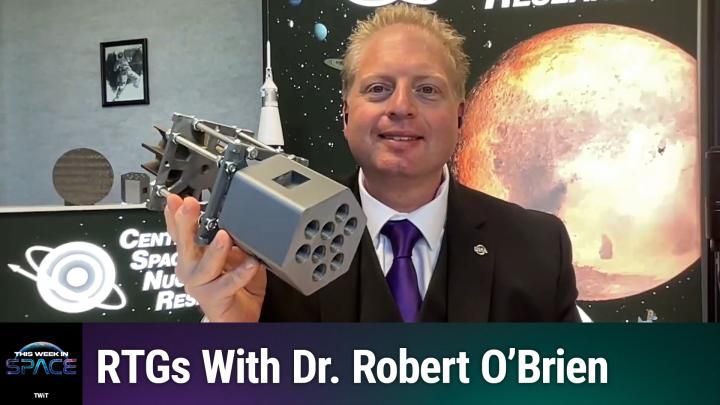







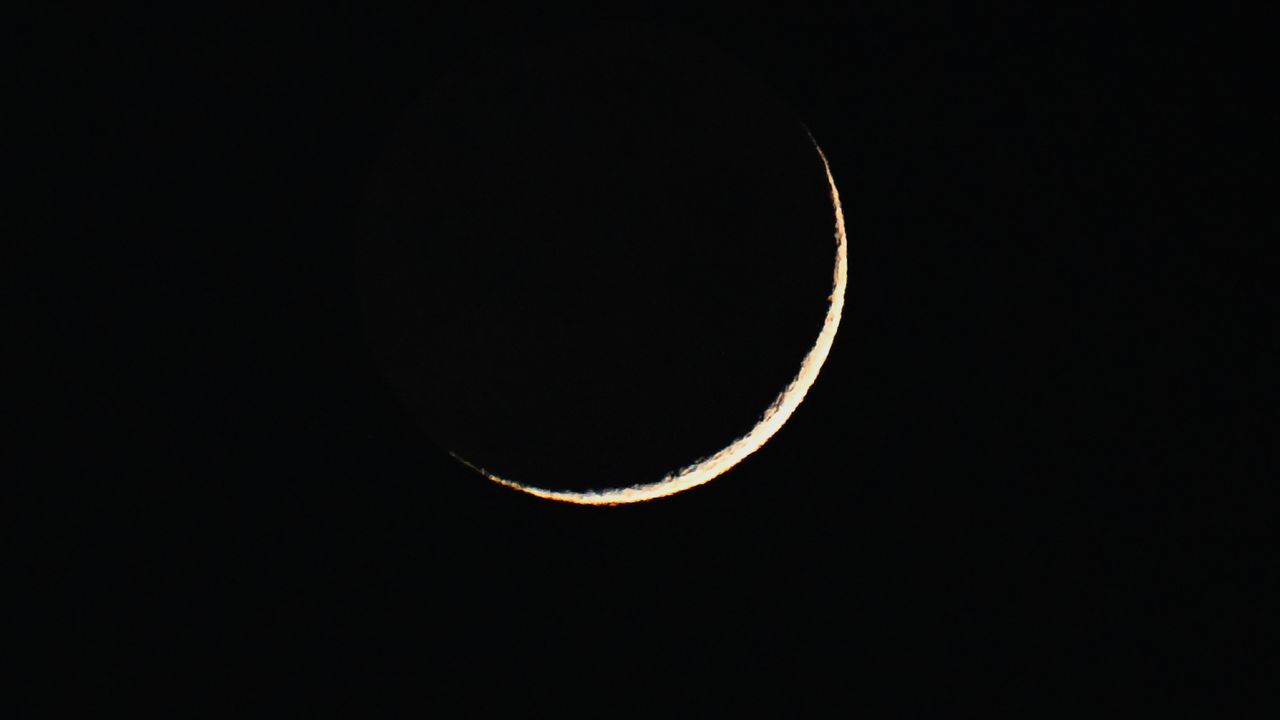

Author(s): Mark Buchanan
An imaging method provides unprecedented resolution for studies of quantum materials by relying on superconductors’ extreme sensitivity to light.
[Physics 18, 138] Published Fri Jul 25, 2025
Author(s): Michael Schirber
The time delay experienced by a scattered light signal has an imaginary part that was considered unobservable, but researchers have isolated its effect in a frequency shift.
[Physics 18, s95] Published Thu Jul 24, 2025
Author(s): Ryan Wilkinson
A new protocol determines if quantum information has been faithfully transmitted in cases where transmission hardware may not work as intended.
[Physics 18, s93] Published Wed Jul 23, 2025
In September 1999, the Lincoln Near Earth Asteroid Research (LINEAR) project discovered a comet – Comet C/1999 S4, or Comet LINEAR – on a course for the Sun. Its unusual behavior drew attention: By July 5-7 of the following year, the Hubble Space Telescope had watched a piece of its crust blow off as ifContinue reading "July 26, 2000: Comet LINEAR disintegrates"
The post July 26, 2000: Comet LINEAR disintegrates appeared first on Astronomy Magazine.
The Crab Nebula (M1) has one of the most famous origin stories around: The light from the supernova that created the nebula was recorded by ancient astronomers when it appeared as a “guest star” in July 1054. The new star, which sat near Zeta (ζ) Tauri, one of the horns of Taurus the Bull, wasContinue reading "The Sky Today on Saturday, July 26: Venus recreates the Crab Nebula’s supernova"
The post The Sky Today on Saturday, July 26: Venus recreates the Crab Nebula’s supernova appeared first on Astronomy Magazine.
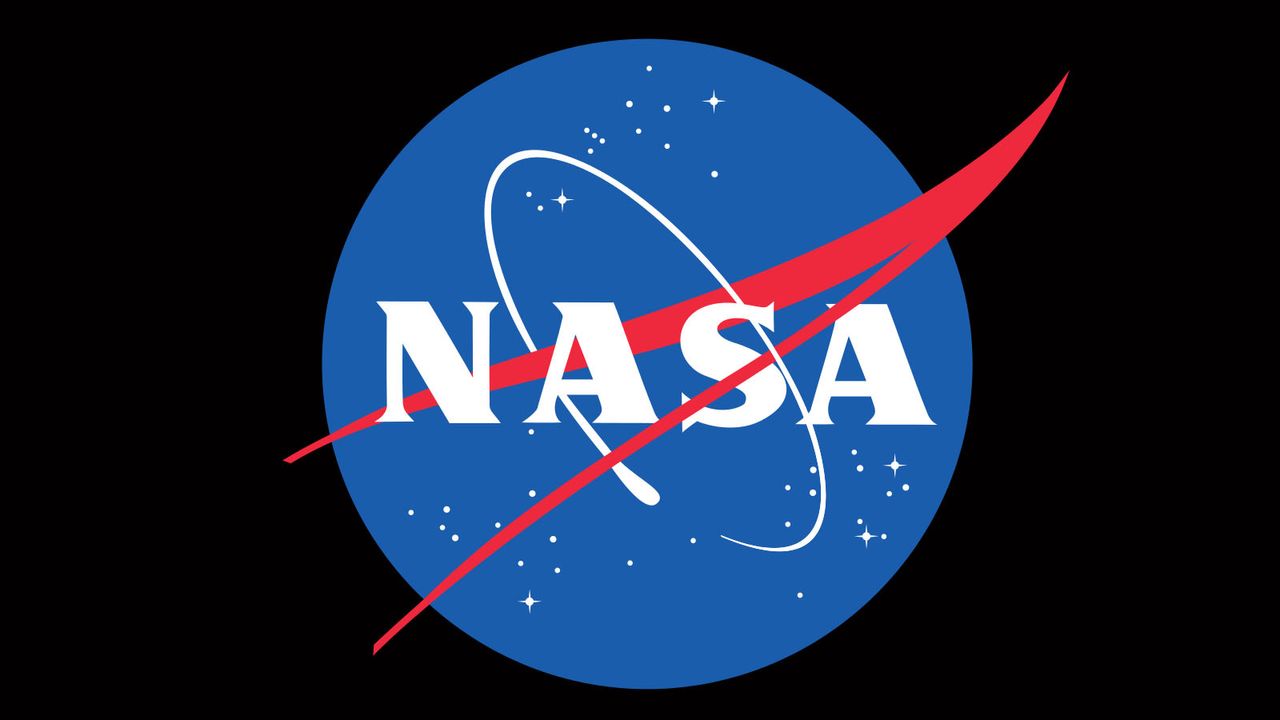





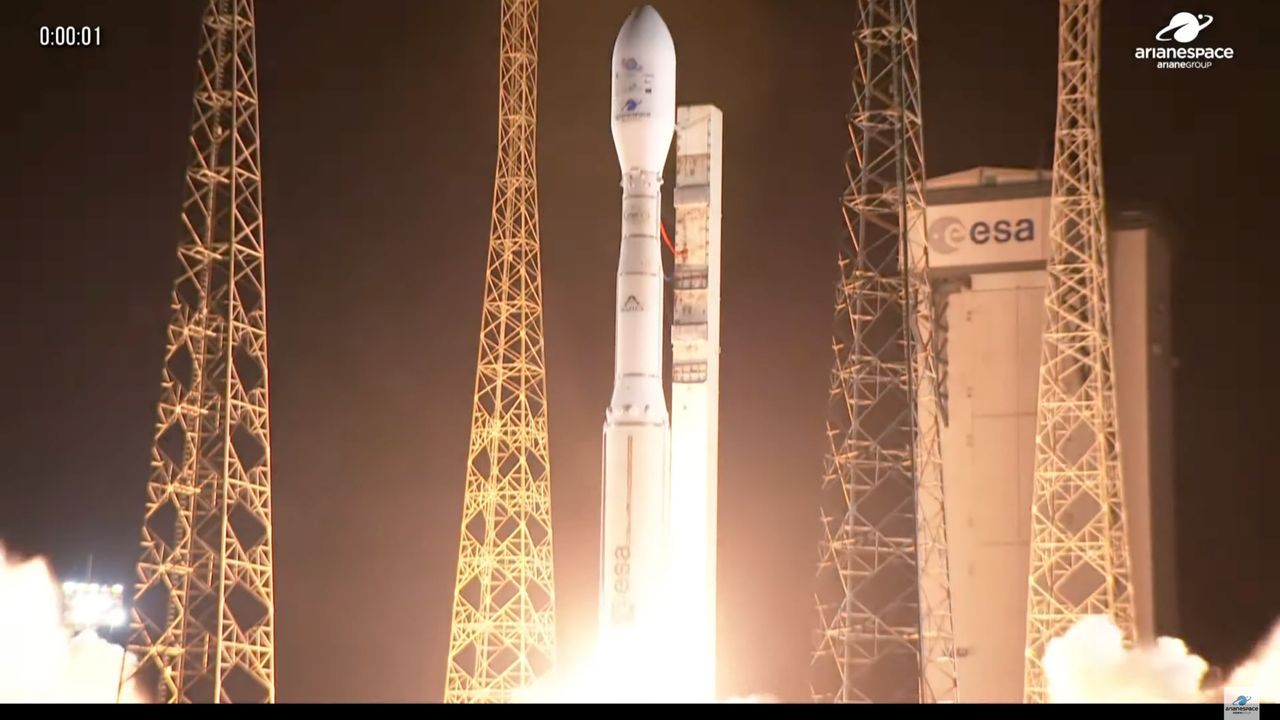

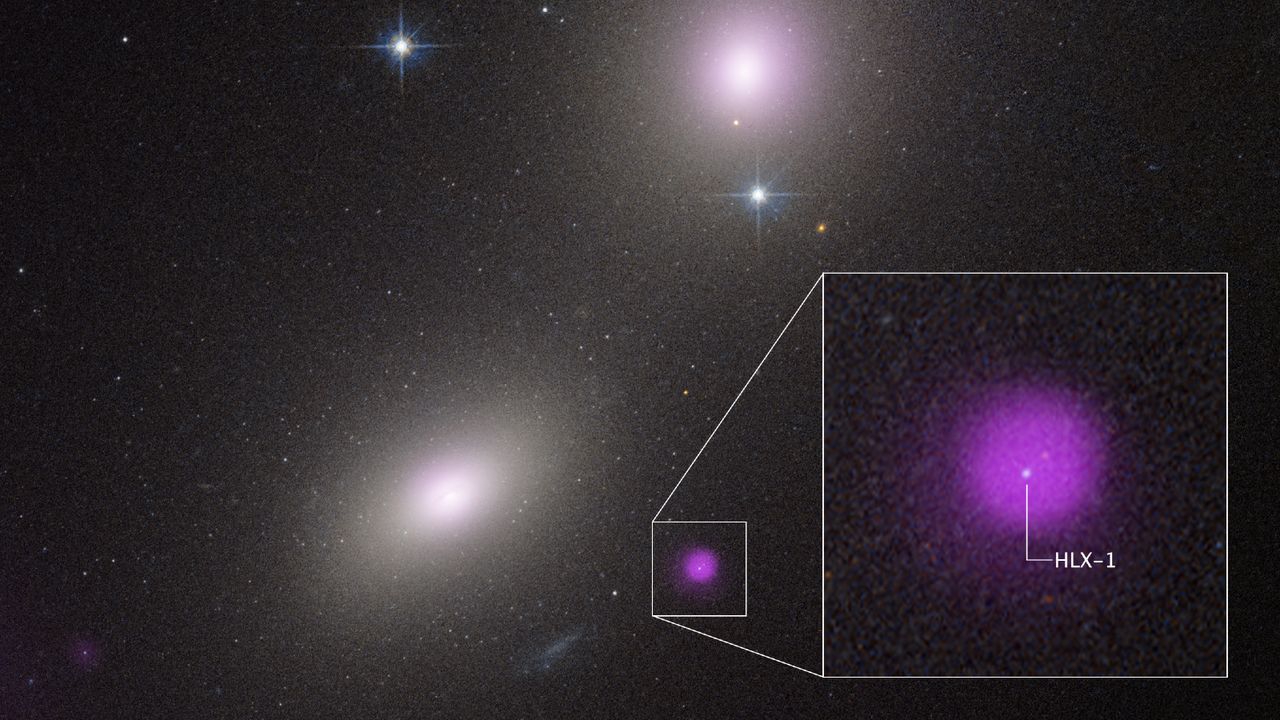

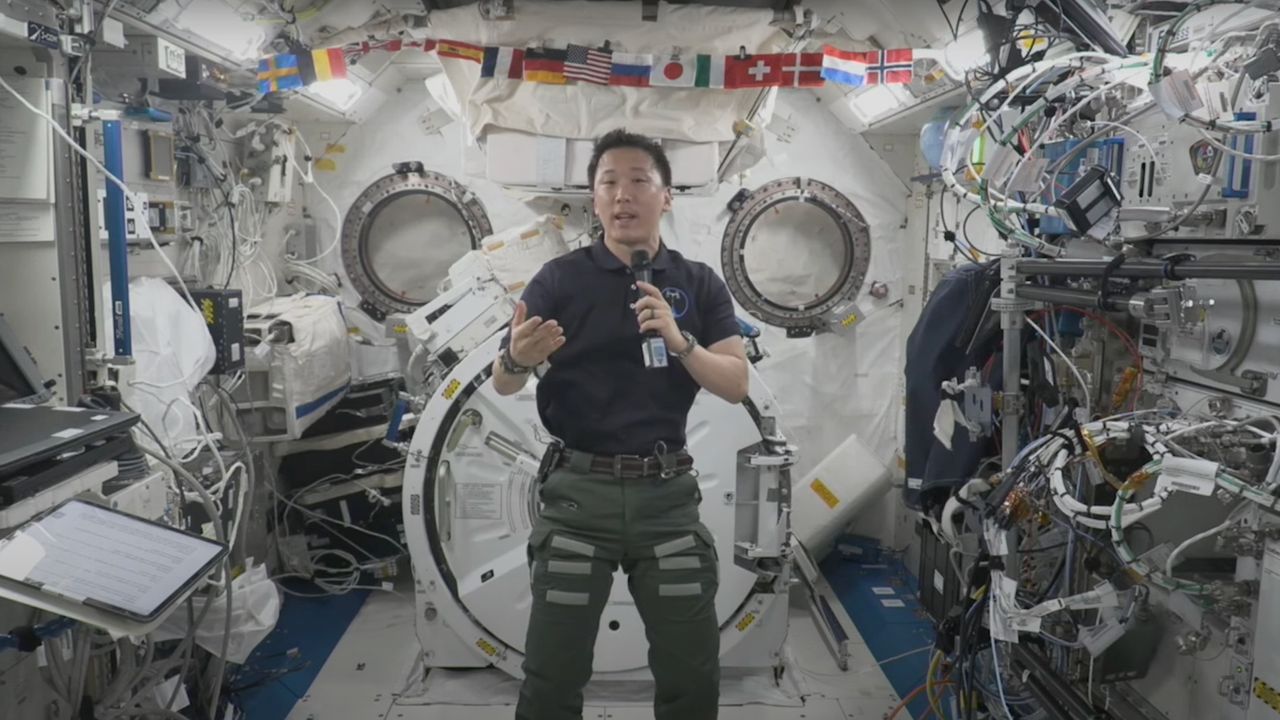









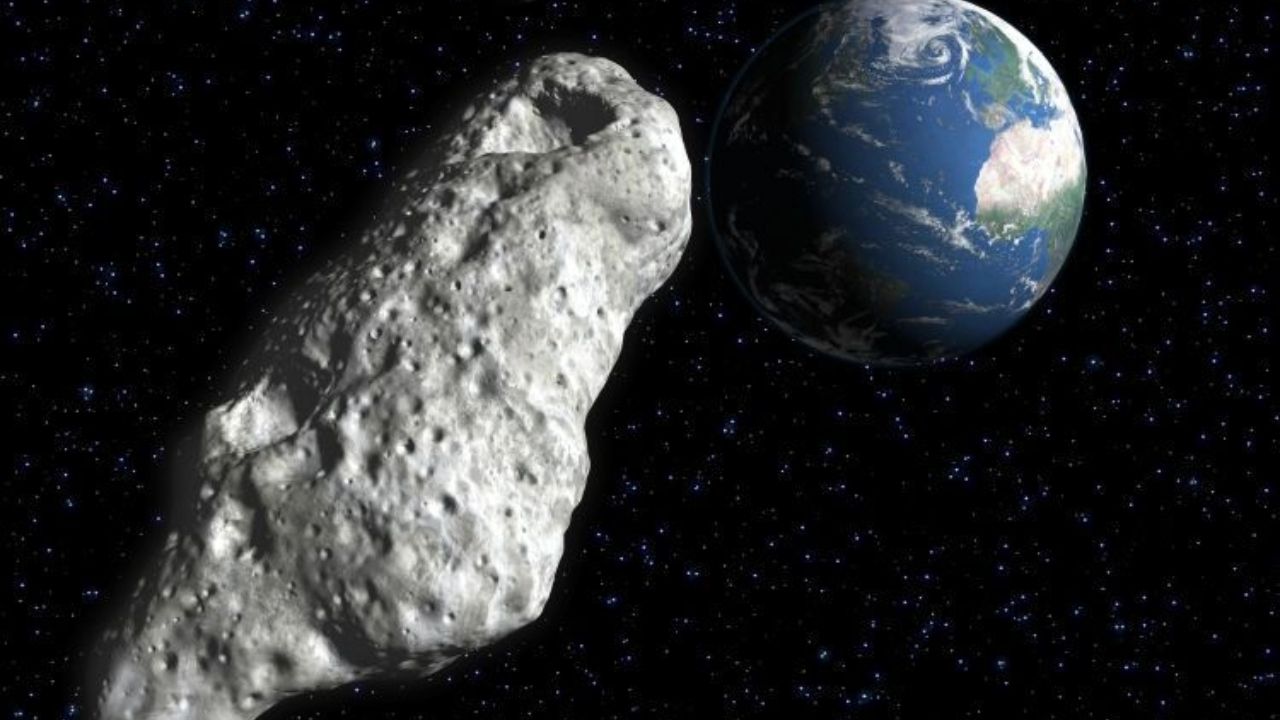

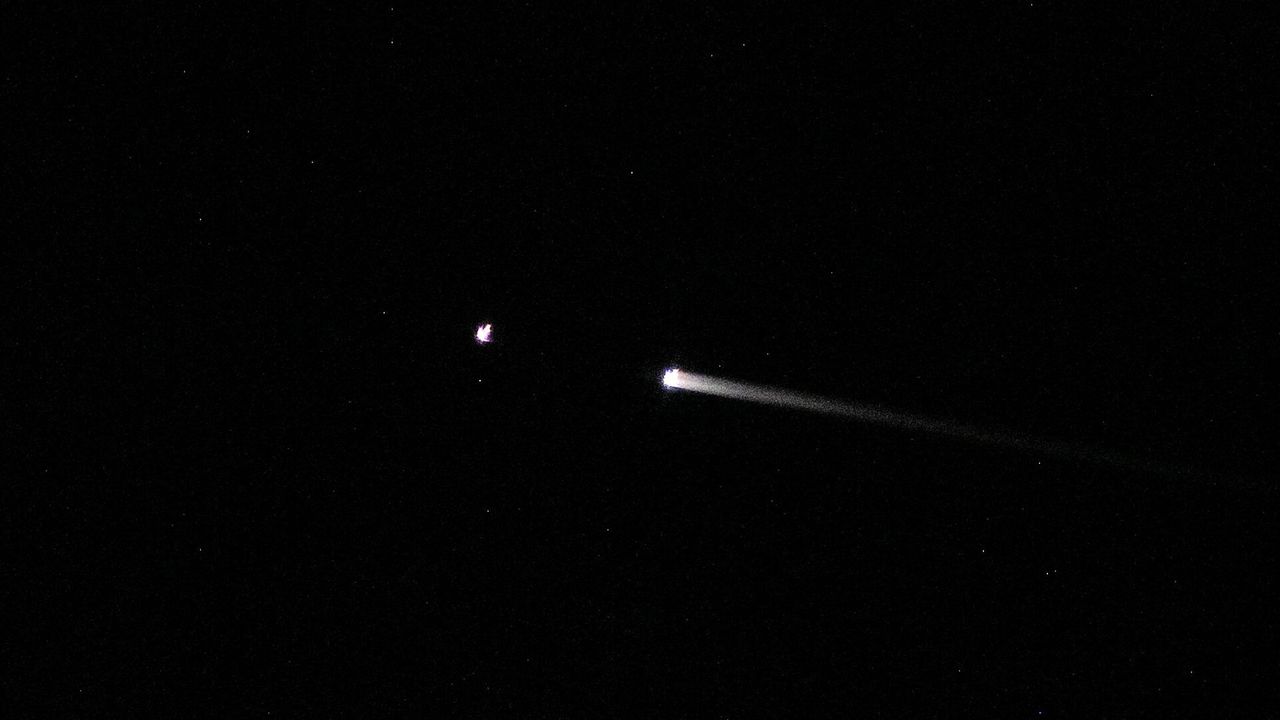







The far-northern constellation Camelopardalis the Giraffe rarely garners significant attention from sky observers. But this faint grouping of naked-eye stars does hold a number of unusual treats, and one of them is known as Pazmino’s Cluster. Catalogued in the 1950s by German astronomer Jürgen Stock, and given the designation Stock 23, the small group ofContinue reading "Deep-Sky Dreams: Pazmino’s Cluster "
The post Deep-Sky Dreams: Pazmino’s Cluster appeared first on Astronomy Magazine.
NASA’s TRACERS (Tandem Reconnection and Cusp Electrodynamics Reconnaissance Satellites) mission is officially underway following a successful launch Wednesday at 2:13 p.m. EDT. The twin satellites rode a SpaceX Falcon 9 from Vandenberg Space Force Base in California. Ground controllers confirmed contact with both satellites three hours after separation, marking the beginning of a four-week commissioningContinue reading "NASA’s TRACERS mission launches to study space weather"
The post NASA’s TRACERS mission launches to study space weather appeared first on Astronomy Magazine.
Born on July 25, 1920, Chushiro Hayashi graduated from the University of Tokyo with a degree in physics in 1942. After World War II service in the navy, he returned to school, finishing his doctorate in 1954 and becoming a professor at Kyoto University in 1957. An innovator, he applied fundamental physics to astronomy andContinue reading "July 25, 1920: The birth of Chushiro Hayashi"
The post July 25, 1920: The birth of Chushiro Hayashi appeared first on Astronomy Magazine.
Bob Fera/Steve Mandel, taken from El Sauce Observatory, Chile The Statue of Liberty Nebula (NGC 3576) in Carina glows with intricate ribbons and pillars of gas and dust shaped by powerful stellar winds and radiation from young, massive stars. The imagers used a 17-inch f/6.8 scope to take Hα/OIII/RGB exposures of 600, 600, 120, 120,Continue reading "Lady Liberty"
The post Lady Liberty appeared first on Astronomy Magazine.
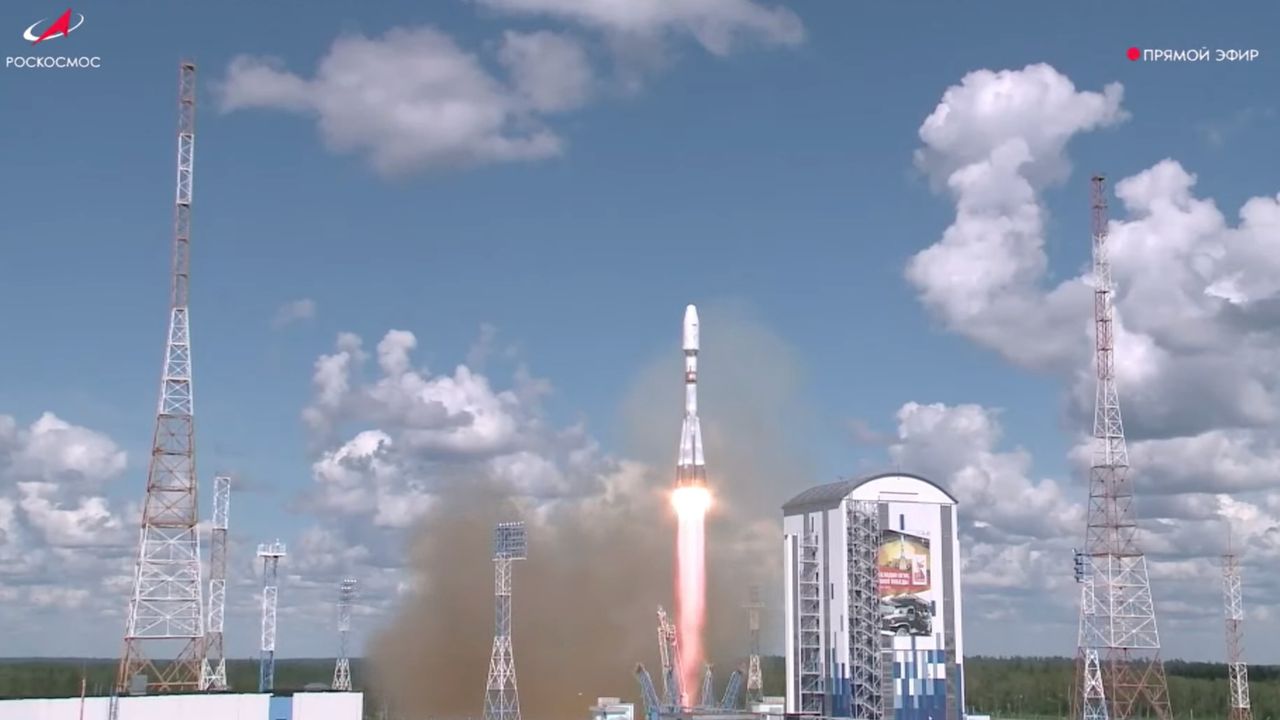

Sky This Week is brought to you in part by Celestron. Friday, July 25Pluto reaches opposition at 3 A.M. EDT. Opposition is when objects typically appear at their best, and with no Moon in the sky, observers with large scopes and little light pollution may be able to visually snag the dwarf planet. Pluto mayContinue reading "The Sky This Week from July 25 to August 1: See the Southern Delta Aquariids peak"
The post The Sky This Week from July 25 to August 1: See the Southern Delta Aquariids peak appeared first on Astronomy Magazine.
Pluto reaches opposition at 3 A.M. EDT. Opposition is when objects typically appear at their best, and with no Moon in the sky, observers with large scopes and little light pollution may be able to visually snag the dwarf planet. Pluto may be at its best, but it is still magnitude 14.4. According to AstronomyContinue reading "The Sky Today on Friday, July 25: Pluto reaches opposition"
The post The Sky Today on Friday, July 25: Pluto reaches opposition appeared first on Astronomy Magazine.
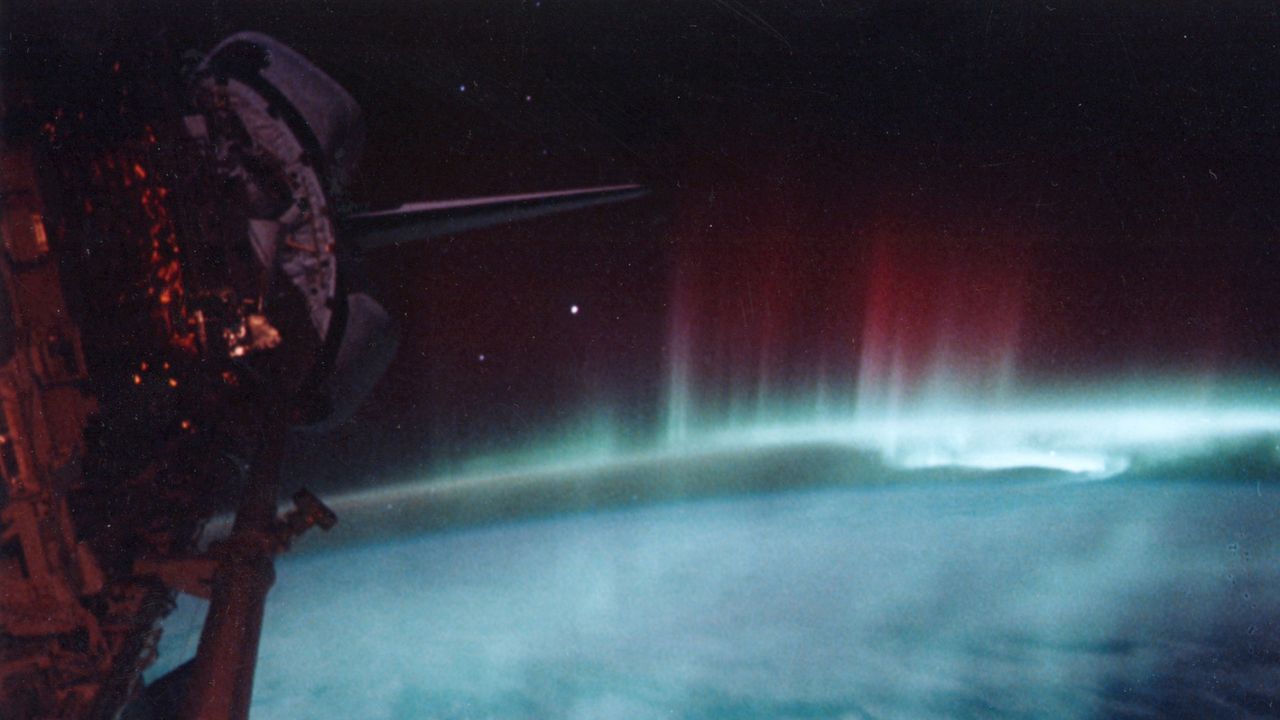

Our Milky Way Galaxy is filled with stars — perhaps as many as 400 billion — although it’s hard to estimate the number because the faintest stars, M dwarfs, are very hard to see over long distances. In any case, stars are being born and dying all around us, and we only see “snapshots” of theseContinue reading "Deep-Sky Dreams: Perseus Moving Group "
The post Deep-Sky Dreams: Perseus Moving Group appeared first on Astronomy Magazine.
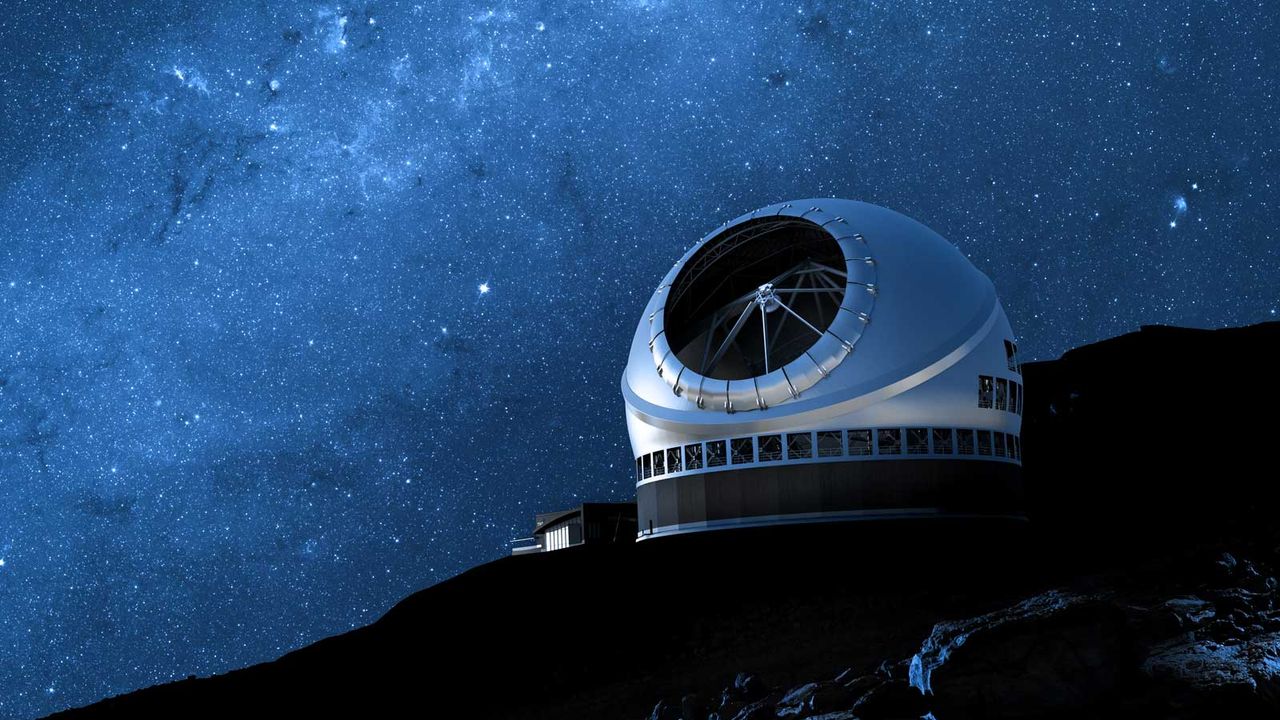

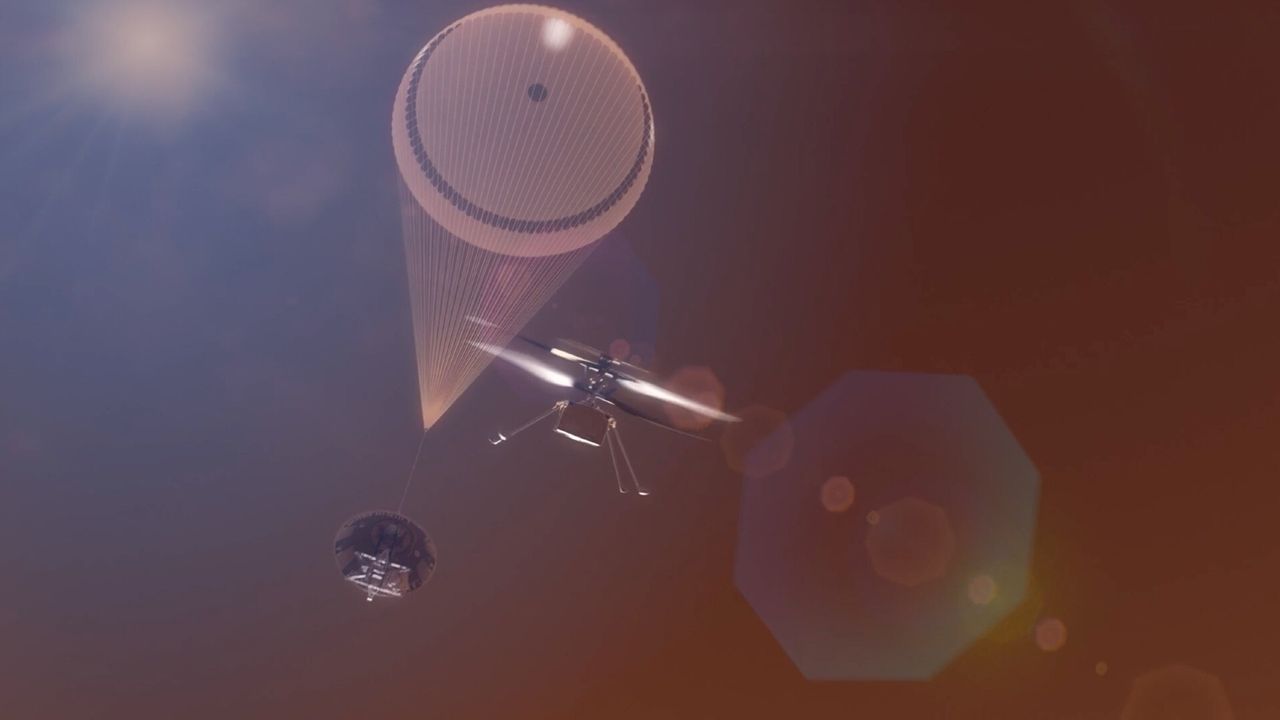



On July 21, 2025, NSF NOIRLab issued a press release stating that astronomers had detected a long-anticipated companion star to the red supergiant Betelgeuse. The team of astrophysicists, led by Steve Howell, senior research scientist at NASA’s Ames Research Center, observed Betelgeuse’s companion using ‘Alopeke, a speckle imager mounted on the Gemini North Telescope locatedContinue reading "Betelgeuse’s long-lost companion emerges from the shadows"
The post Betelgeuse’s long-lost companion emerges from the shadows appeared first on Astronomy Magazine.
Pascal Fouquet The rocket contrail from an early-morning SpaceX Starlink launch on July 8 formed high-altitude noctilucent clouds stretching across the Florida sky, seen in this image near Venus and the Pleiades (M45). The photographer took an 8-second exposure with a Nikon DSLR at ISO 160 and 50mm lens at f/4.
The post Artificial clouds appeared first on Astronomy Magazine.


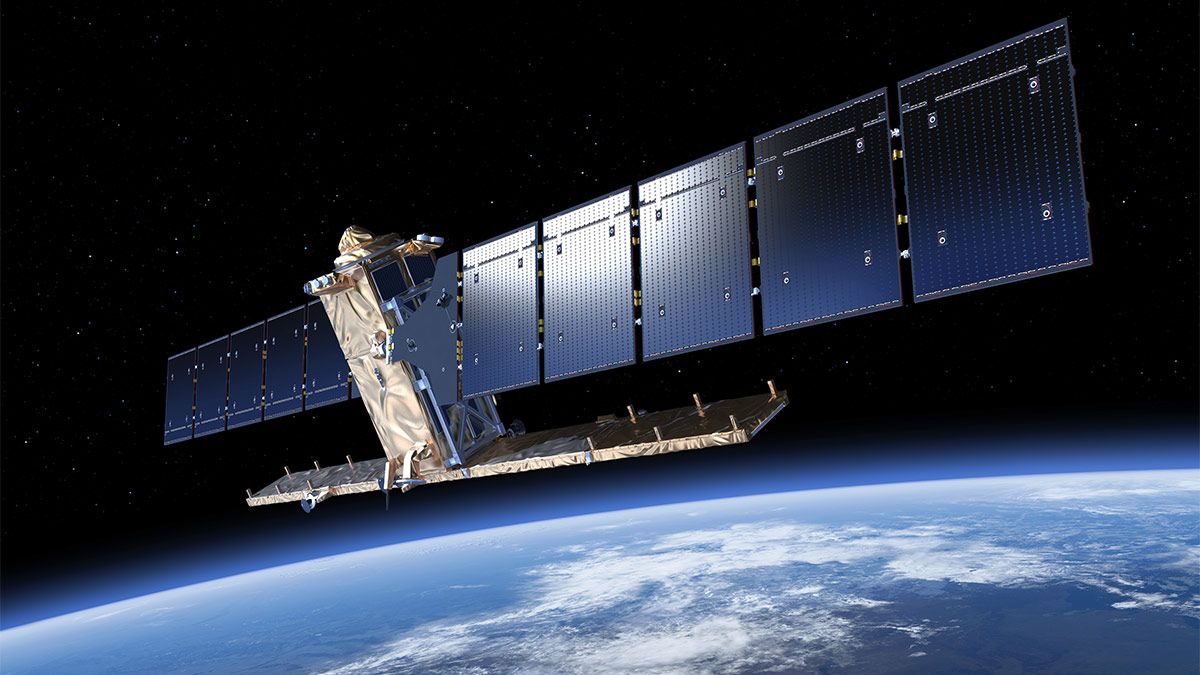

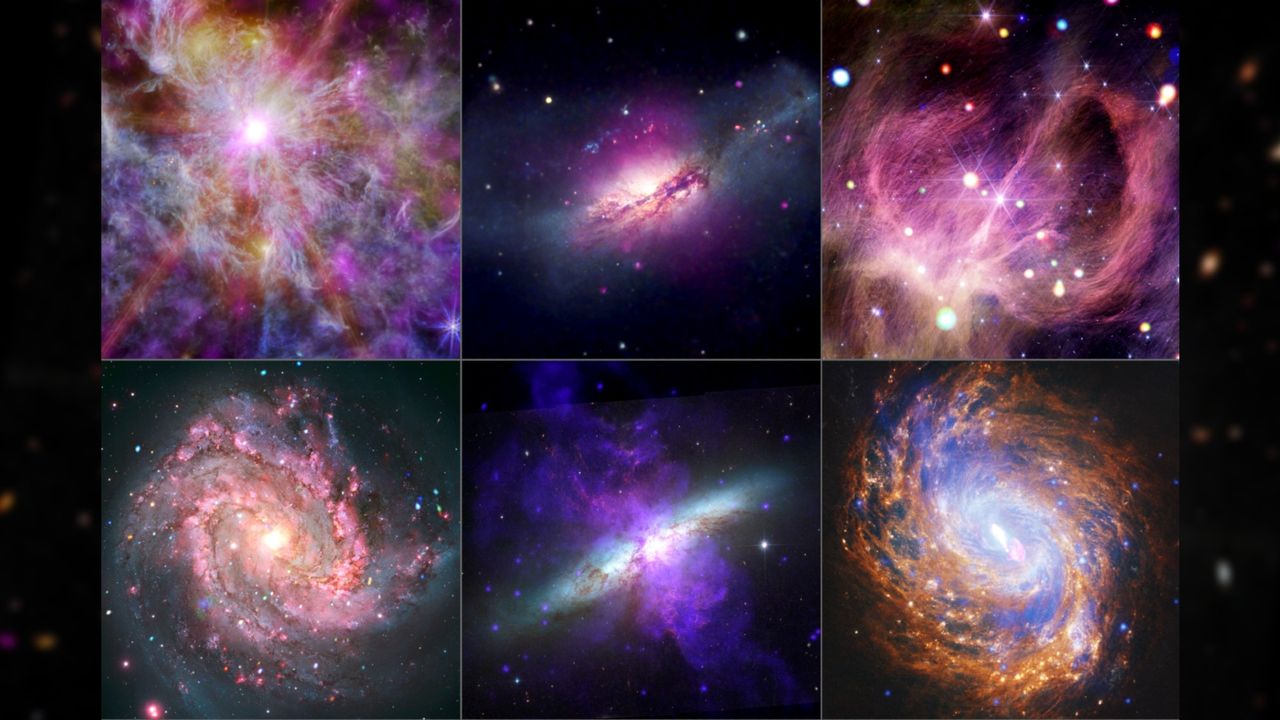



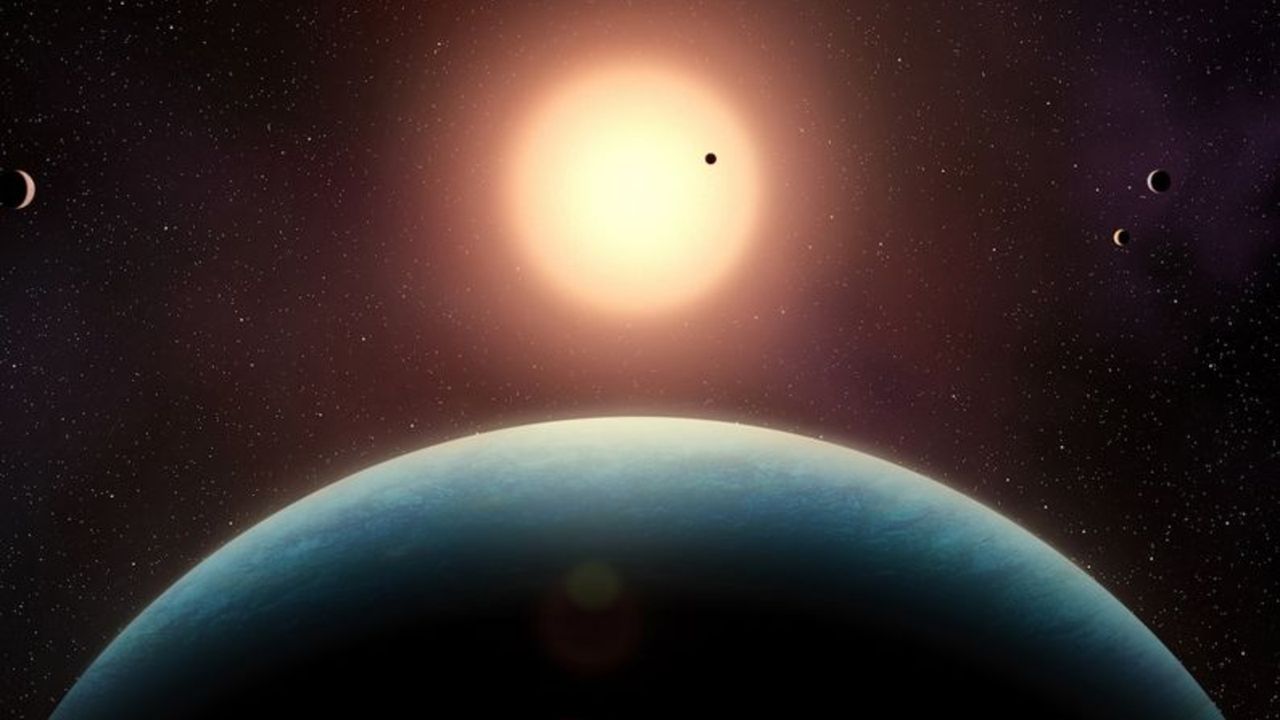

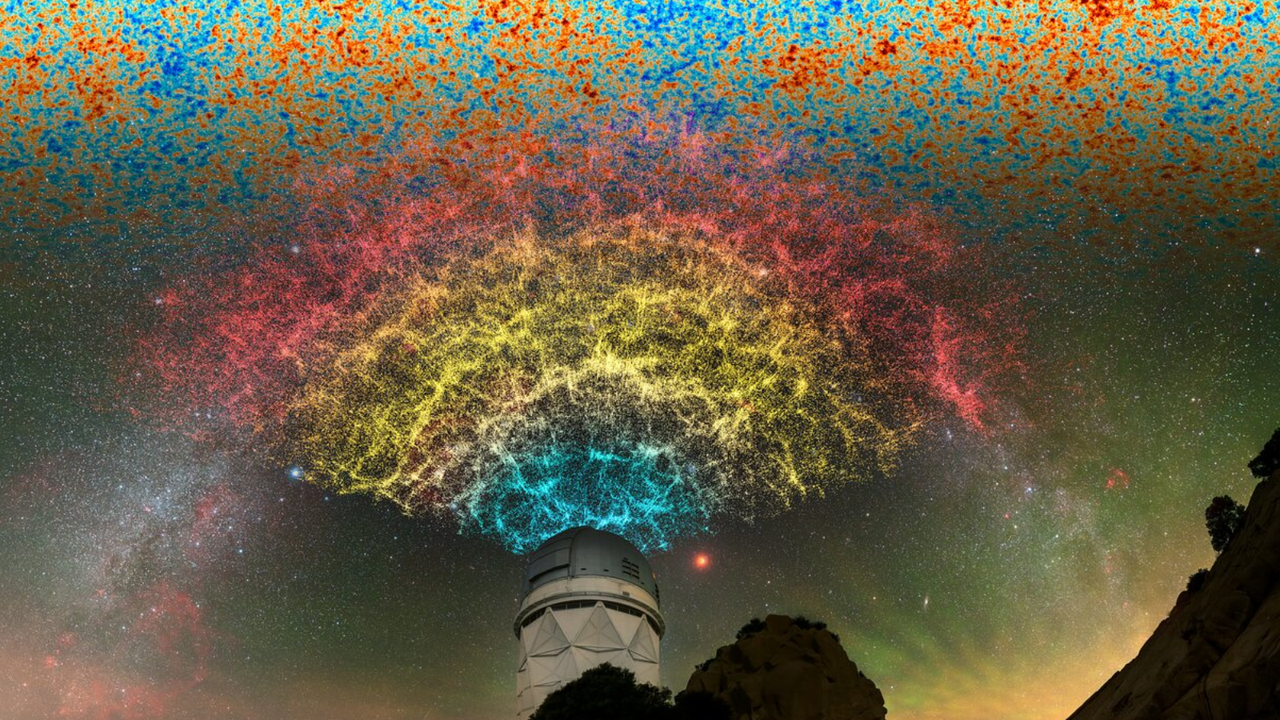

Astronomers have discovered a new member of a rare and mysterious class of solar system objects known as sednoids — a subset of extreme trans-Neptunian objects (ETNOs) with exceptionally distant, elongated orbits. Even at their closest approach to the Sun, these icy bodies remain far beyond Neptune’s gravitational influence, traveling on paths that defy easyContinue reading "New sednoid “Ammonite” discovery deepens Planet Nine mystery"
The post New sednoid “Ammonite” discovery deepens Planet Nine mystery appeared first on Astronomy Magazine.
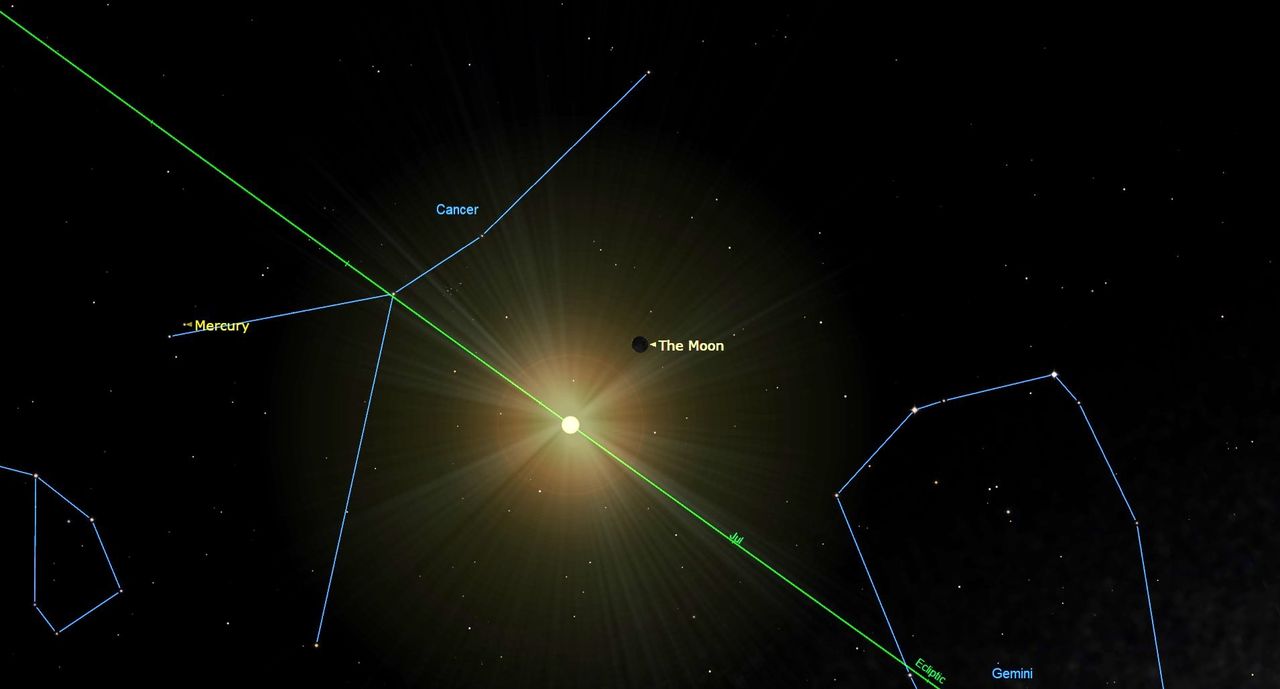



Having launched on July 16, 1969, and landed on the Moon on July 20, the Apollo 11 astronauts returned home and splashed down in the Pacific on July 24, 1969. In a historically momentous trip, Neil Armstrong and Buzz Aldrin had become the first people to step onto the Moon. (The third member of theirContinue reading "July 24, 1969: Apollo 11 returns home"
The post July 24, 1969: Apollo 11 returns home appeared first on Astronomy Magazine.
Astrophotography is a hobby with a huge learning curve, and one aspect that can muddy the waters is the dizzying array of filters on the market. What is narrowband? What size do I need? Which are good for monochrome and one-shot color? Let’s cover some of the basics. There are two types of filters forContinue reading "The basics of astroimaging filters"
The post The basics of astroimaging filters appeared first on Astronomy Magazine.
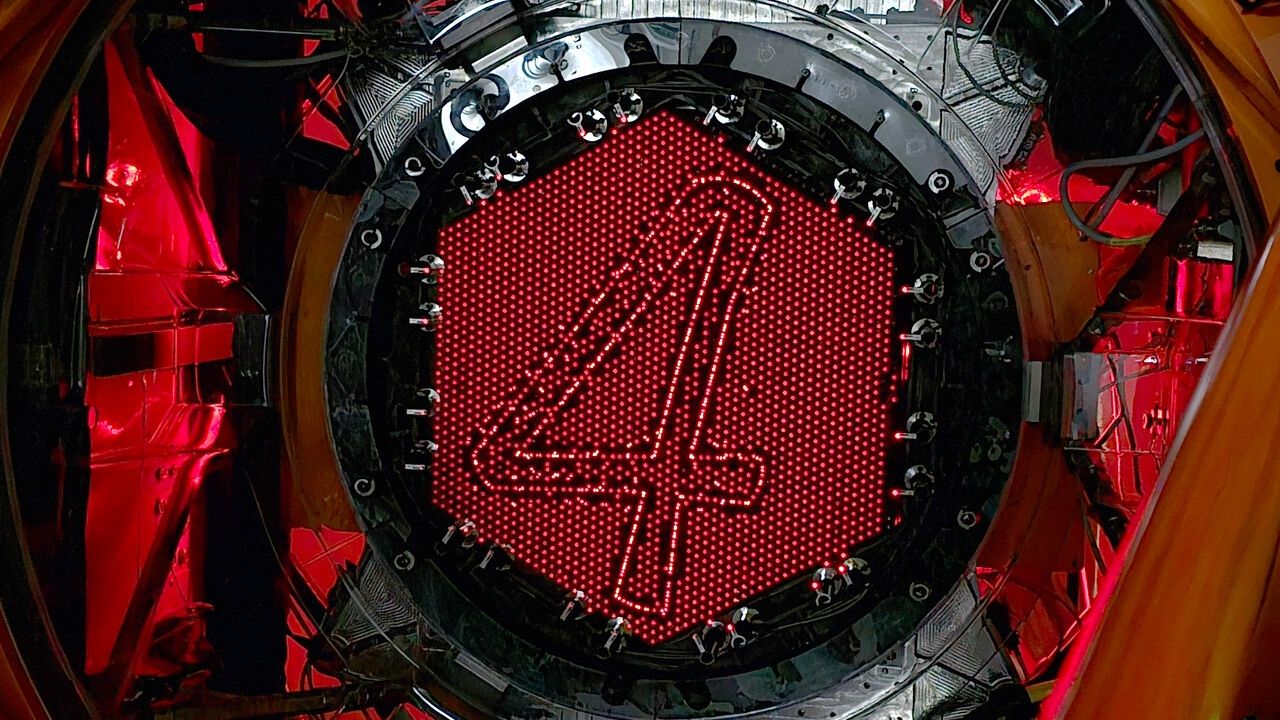



New Moon occurs at 3:11 P.M. EDT, leaving the sky dark and perfect for observing faint objects such as 3I/ATLAS, our newest interstellar interloper. Currently around 17th magnitude and gliding through Ophiuchus, you’ll want a scope that’s on the larger side (at least 6 inches, preferably more) to nab your own photograph of this ancientContinue reading "The Sky Today on Thursday, July 24: Can you photograph 3I/ATLAS?"
The post The Sky Today on Thursday, July 24: Can you photograph 3I/ATLAS? appeared first on Astronomy Magazine.
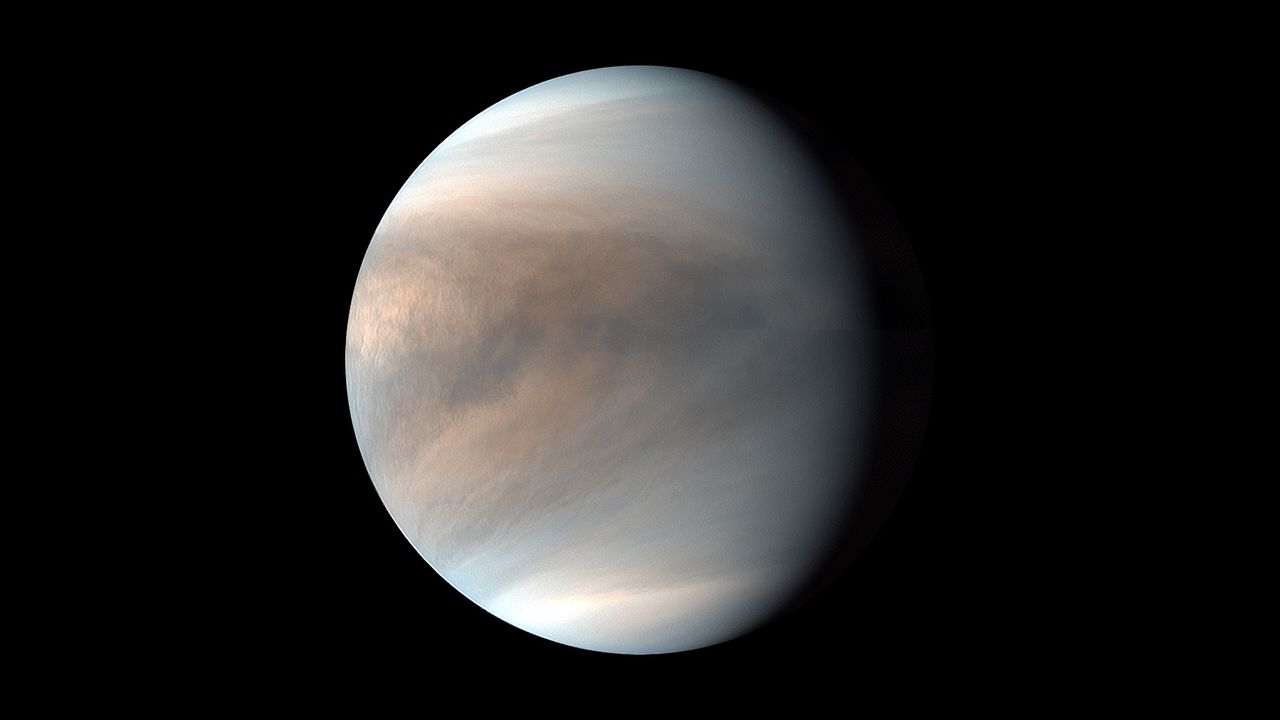



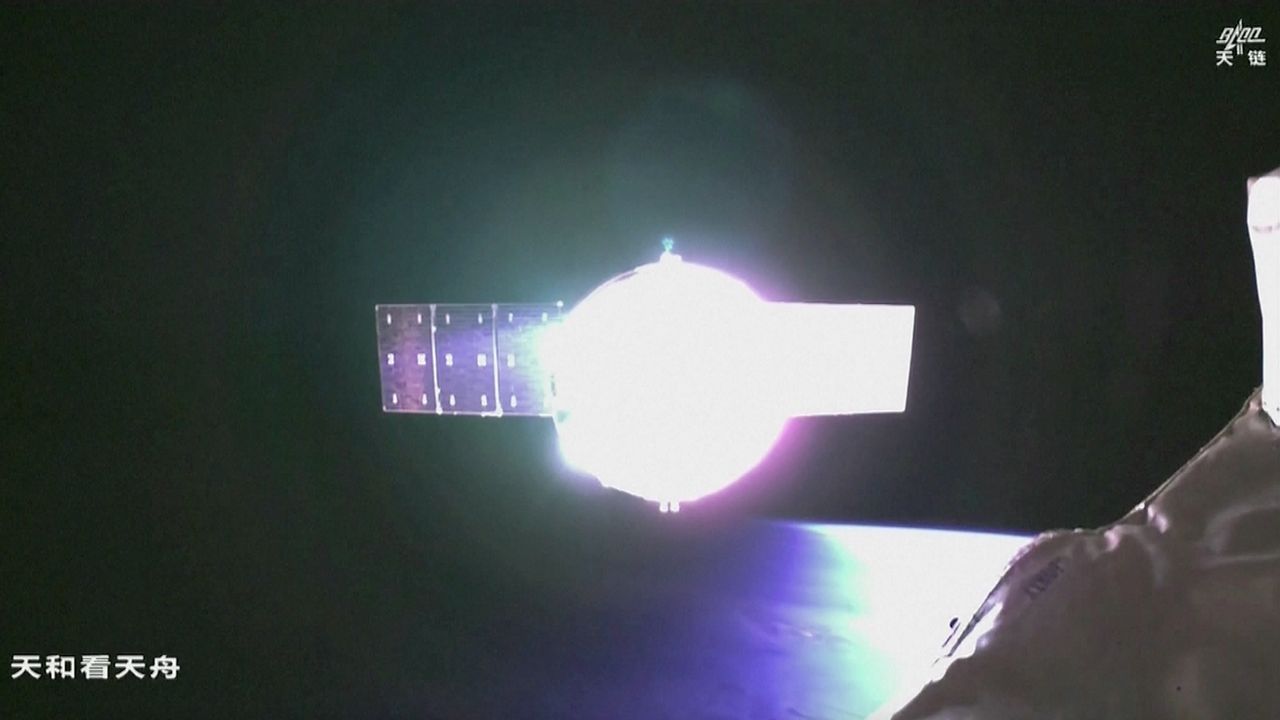

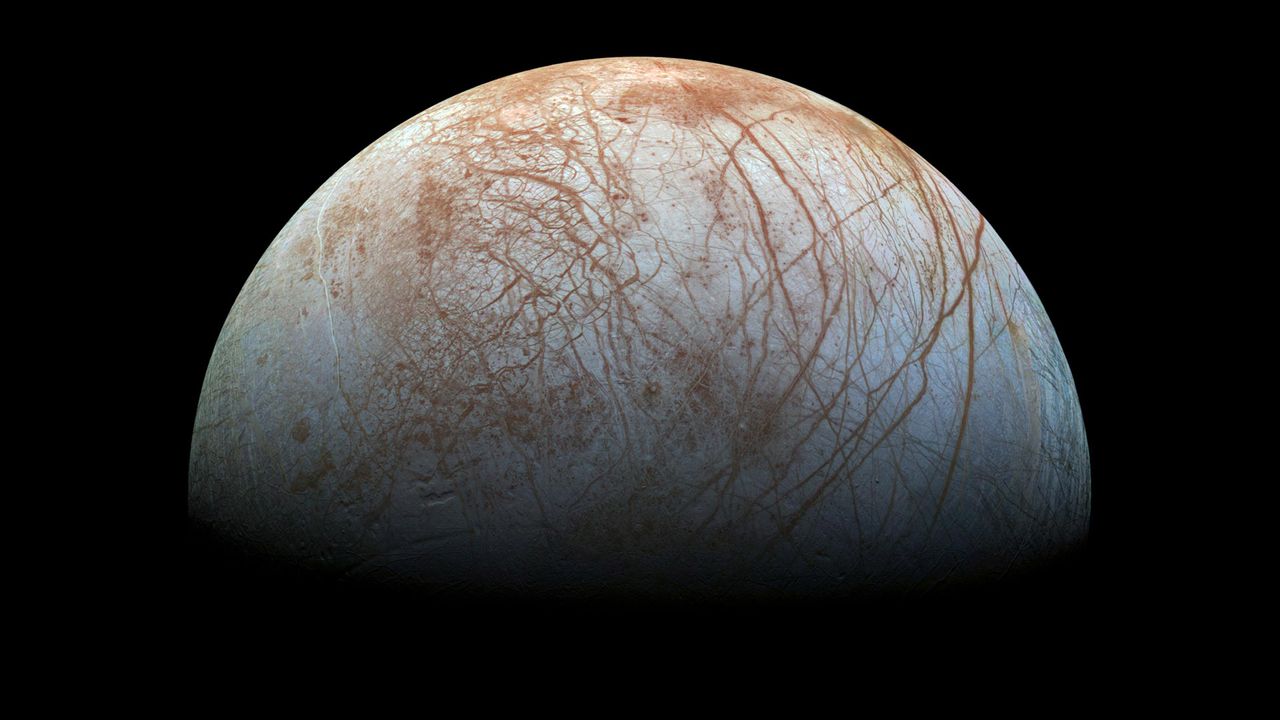







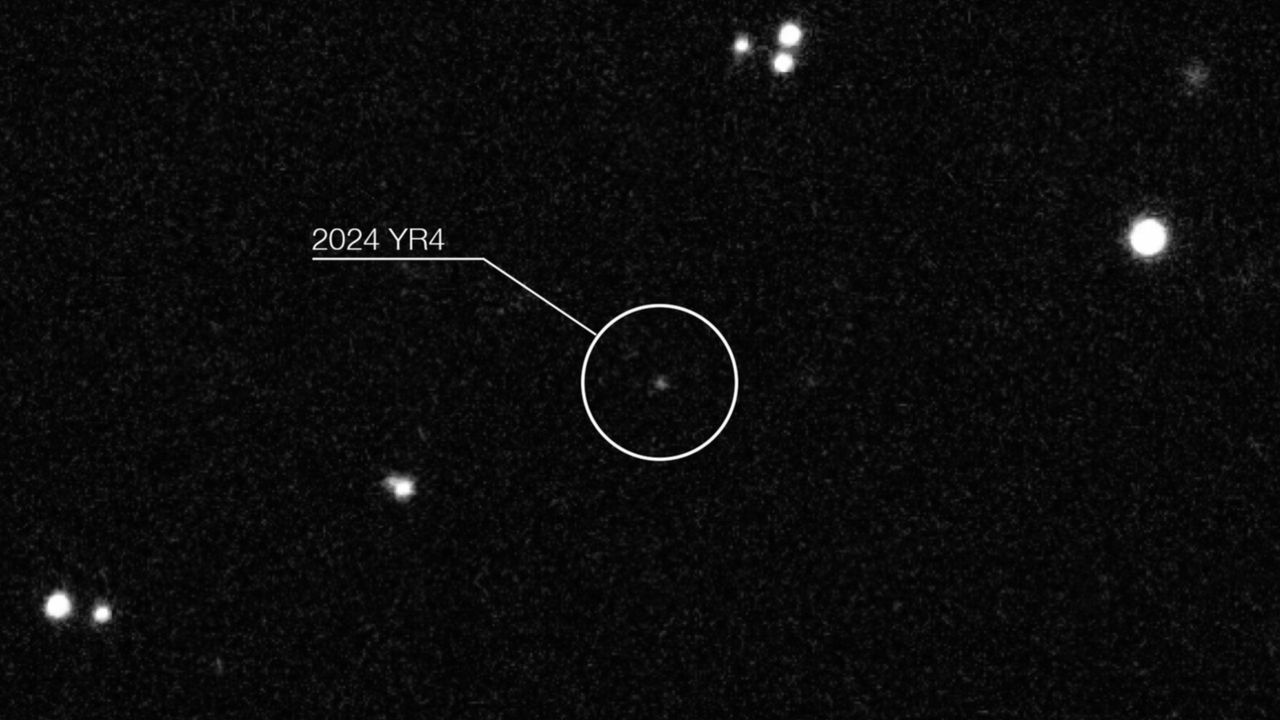

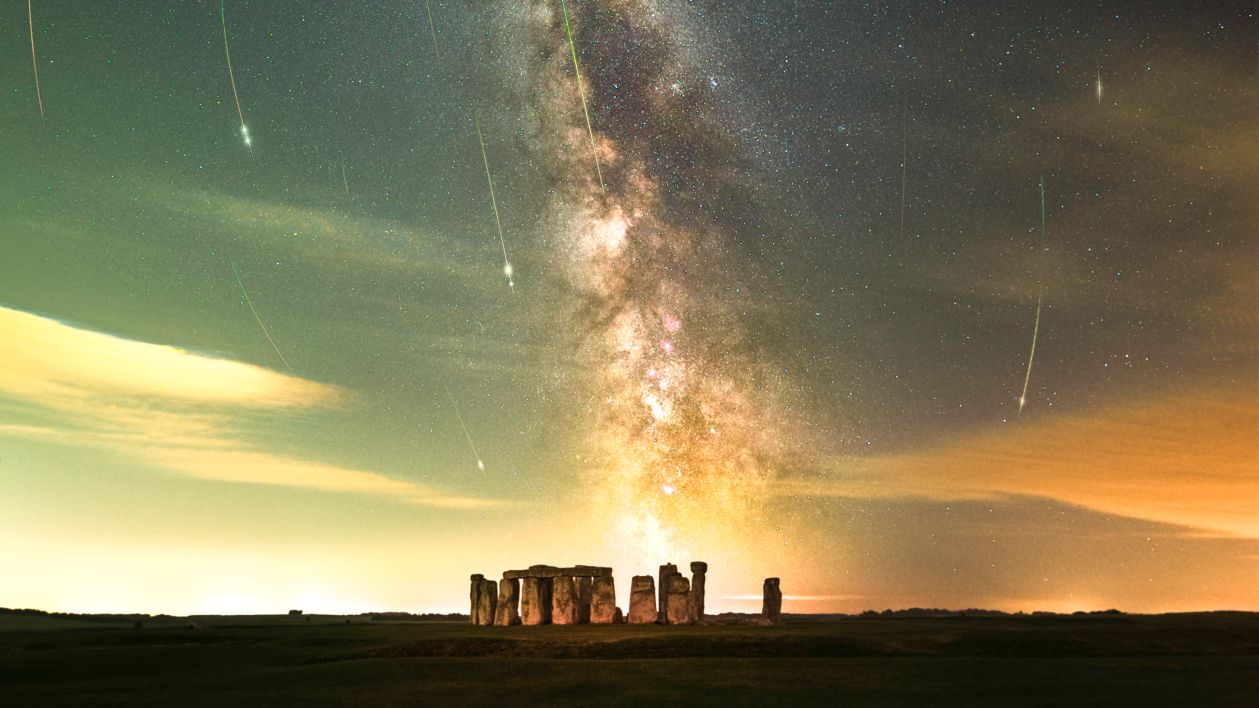

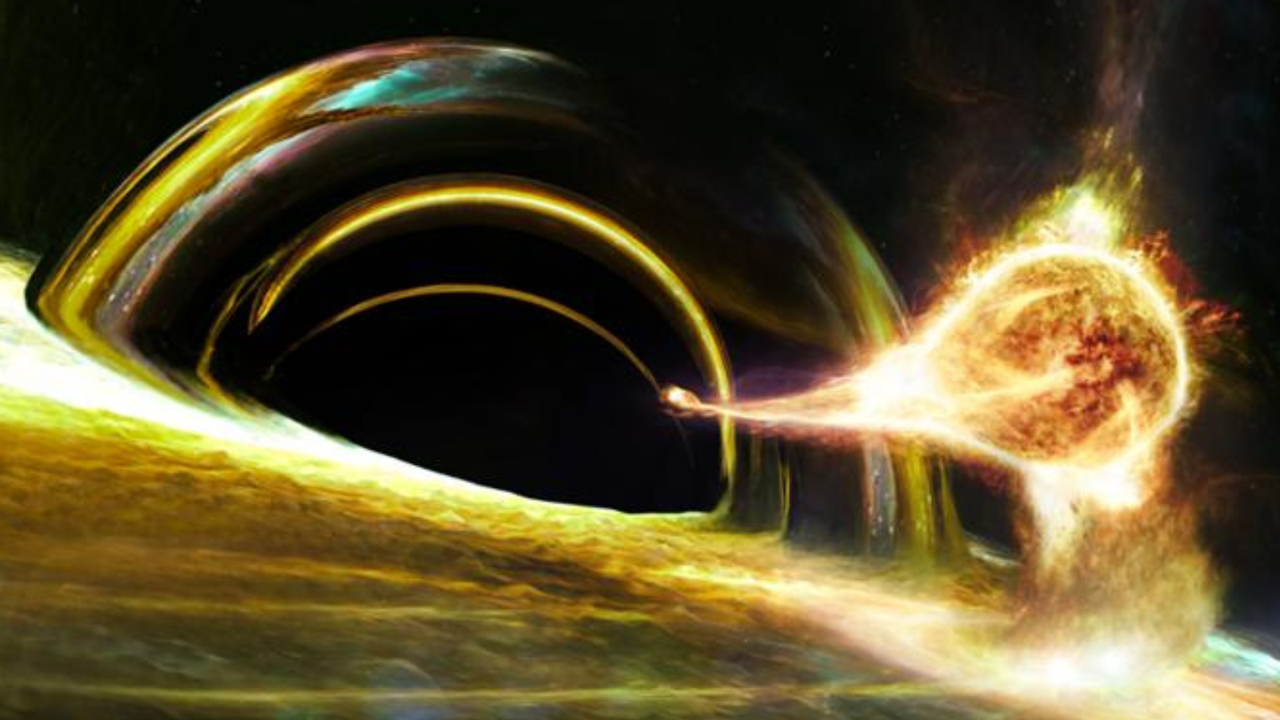

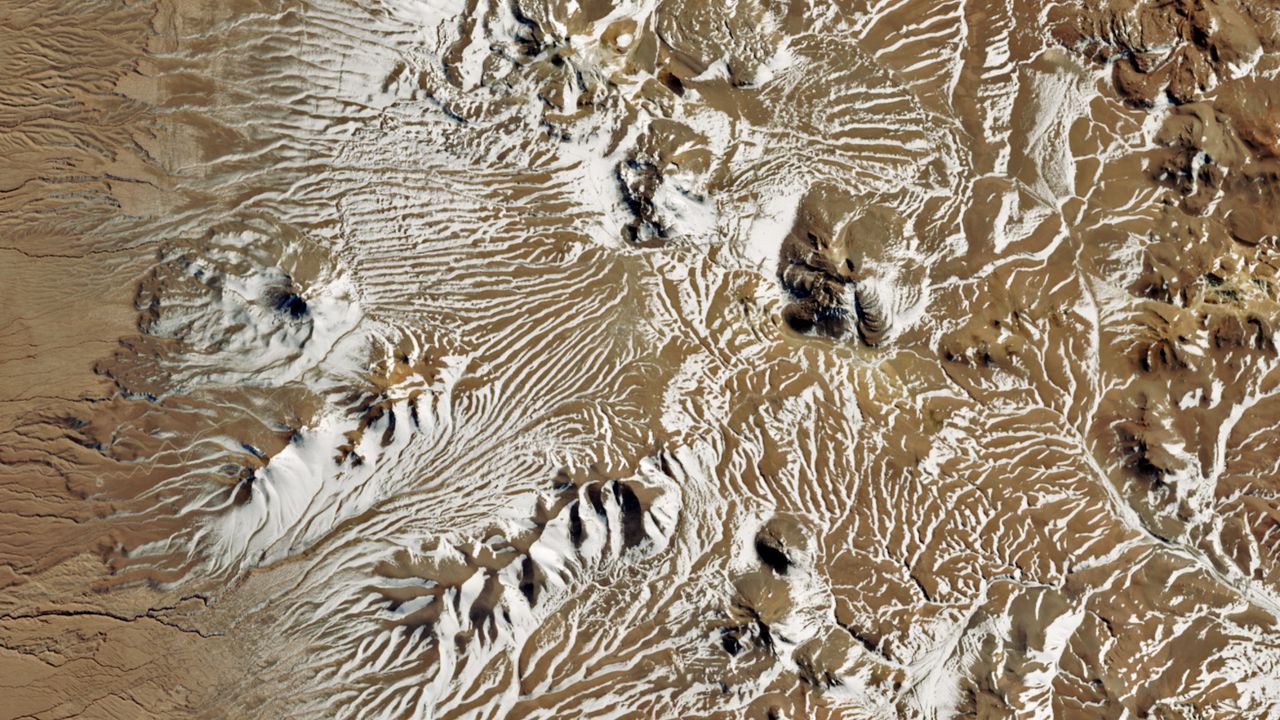

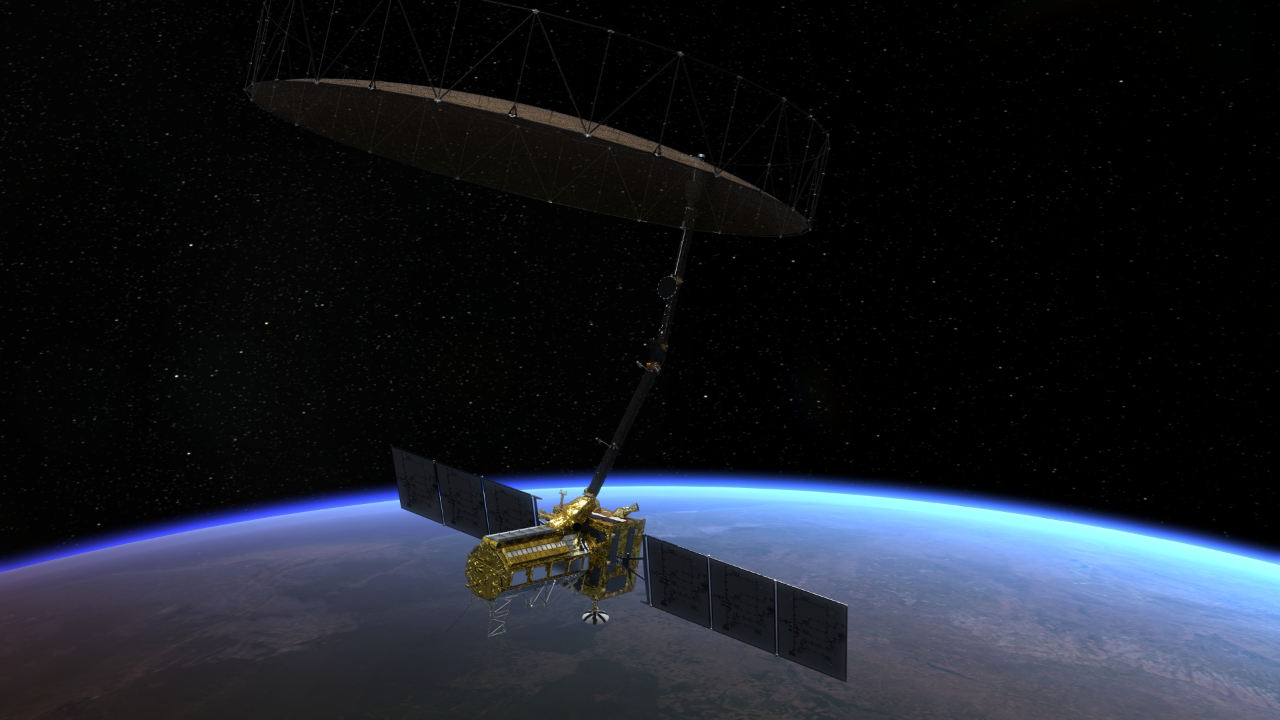


غبار همهجا هست؛ نه فقط روی قفسهی کتابها، که در دل فضای میان ستارگان، و بیصدا داستانی را که از نورشان میخوانیم بازنویسی میکند. دانههایی میکروسکوپی که حدود نیمی از فوتونهای فرابنفش و مرئی کهکشانها را میبلعند و انرژیشان را در فروسرخ بازمیتابانند. در بعضی کهکشانها، بهویژه آنهایی که غبارِ غنی از کربن دارند، این جذب نوری، ویژگی مشخصی در منحنی جذب غبار (منحنی تضعیف برحسب طول موج) بر جای میگذارد. یک برآمدگی پهن حوالی ۲۱۷۵ آنگستروم که بهنام «برآمدگی فرابنفش۱» شناخته میشود و آن را به ذراتی ریز از جنس هیدروکربنهای آروماتیک چندحلقهای۲ نسبت میدهند.
برای درک بهترِ مفهوم برآمدگی فرابنفش (۲۱۷۵ آنگستروم)، لازم است به منحنی «جذب غبار یا خاموشی۳» نگاهی بیندازیم (شکل ۱). این منحنیها نشان میدهند که غبار کیهانی چگونه در طولموجهای مختلف نور ستارگان را جذب میکند و شدت این جذب را بهصورت تابعی از طولموج نشان میدهند. محور عمودی شدت جذب را نشان میدهد و محور افقی طولموج برحسب آنگستروم است. همانطور که در این نمودار مشاهده میکنید، در منحنیهای غبار کهکشان راه شیری که توسط افراد مختلف بهدست آمدهاست (منحنیهای صورتی و قرمز) حوالی طولموج ۲۱۷۵ آنگستروم، یک «برآمدگی» واضح دیده میشود که به معنای افزایش جذب نوری در این ناحیه است. این ویژگی، نشاندهندهی حضور ذرات غبار کربنی است که نور را در این طول موج خاص بهشدت جذب میکنند و باعث مشاهدهی فرورفتگی در طیف رصد شده از کهکشان در حوالی طولموج ۲۱۷۵ آنگستروم میشود.
شکل ۱: نمونههایی از منحنیهای خاموشی در محیطهای مختلف کهکشانی: راه شیری، ابر ماژلانی بزرگ (LMC)، ابر ماژلانی کوچک (SMC)، و کهکشانهای ستارهفشان (Calzetti). این برآمدگی در منحنی جذب کهکشان راه شیری (قرمز/صورتی) و ابر ماژلانی بزرگ (آبی) واضح است، اما در منحنیهای جذب ابر ماژلانی کوچک (سبز) و کهکشانهای ستارهفشان (فیروزهای) نامشهود است.
به لطف تلسکوپ فضایی جیمز وب، اکنون توانستهایم اثر این برآمدگی را در کهکشانی دوردست به نام GNWY-7379420231 رصد کنیم- کهکشانی که تنها ۷۰۰ میلیون سال بعد از مهبانگ رصد شده و گرفتار ادغام۴ شده است. همین برآمدگی کوچک، پرسشهایی بزرگ دربارهی زمان و چگونگی پیدایش نخستین غبارهای کیهانی پیش روی ما میگذارد.
اما اهمیت این برآمدگی کوچک در چیست؟ برای اخترشناسان، غبار مانند شیشهای دودی است که نور ستارگان را تحریف میکند و اگر این اثر اصلاح نشود، نرخ ستارهزایی۵ کمتر از مقدار حقیقی آن برآورد میشود، جرم ستارهای با خطا محاسبه میشود، و حتی زمانبندی بازیونش۶ کیهان بهدرستی تعیین نمیشود. همانطور که در شکل ۱ دیده میشود، منحنی جذب غبار۷ در کهکشان راه شیری، شیب ملایمی دارد و در ۲۱۷۵ آنگستروم یک برآمدگی متمایز را نشان میدهد (دربارهی منحنی غبار اینجا و اینجا بیشتر بخوانید). یافتن چنین ویژگی در کهکشانی با انتقال به سرخ بالا، به این معنی است که ذرات غبار در همان اوایل عمر کیهان به سرعت تحول یافته و به ساختاری پیشرفته رسیدهاند. این کهکشان در میدان دید GOODS-North قرار دارد که طیفسنج دقیق NIRSpec آن را در همان اوایل مأموریت جیمز وب نشانه گرفتهاست. انتقال به سرخ دقیق این کهکشان، ۷/۱۱۲۳۵ گزارش شده است؛ این بدان معناست که با رصد این کهکشان، در حال مشاهدهی کیهان در زمانی هستیم که تنها پنج درصد امروز عمر داشتهاست.
در این مقاله، با استفاده از طیف این کهکشان، دو مدل برای منحنی جذبِ غبار آزمایش شدهاست: نخست، یک مدل ساده که جذب غبار را بهصورت پیوستاری توانی۸ بدون ویژگی خاصی فرض میکند؛ دوم، همان مدلِ پیوستار توانی، ولی اینبار با افزودن یک برآمدگی (از نوع پروفایل درود۹) در حوالی ۲۱۷۵ آنگستروم برای توصیف بهتر جذب اضافی ناشی از غبار کربنی. با اعمال این مدلهای جذب روی طیف کهکشان، نویسندگان دریافتند که مدل دوم با دادهها تطابق بیشتری دارد (شکل ۲).
شکل ۲: طیف کهکشان GNWY-7379420231؛ در ناحیهی حدود ۲۱۷۵ آنگستروم، مدل توانی ساده (خط قرمز) بهتنهایی نمیتواند افتِ مشاهدهشده در شدت نور (فرورفتگی) را توضیح دهد، ولی زمانی که مدل جذب غبار شامل «برآمدگی فرابنفش» (توانی+درود، خط آبی) استفاده میشود، طیف رصدشده را بسیار بهتر توصیف میکند. نمودار پایین سمت راست، باقیماندههای برازش با مدل توانی ساده و برازش ترکیبی مدل توانی و پروفایل درود را نشان میدهد. برازش تنها با تابع توانی دارای یک افزایش منفی شار به اندازه ۷ سیگما است، در حالی که مدل توانی و پروفایل درود، برازش بهمراتب بهتری ارائه میدهد.
تصاویر دقیق NIRCam نیز داستان را تکمیل میکنند (شکل ۳). در این تصاویر دو هستهی درخشان، تودههای ستارهزای پراکنده، و ساختارهای پیچیدهای دیده میشود که همه نشانههایی از یک ادغام کهکشانی هستند. برازشِ توزیع انرژی طیفی۱۰، در مقیاس پیکسلی، سه نسل ستارهای متفاوت را آشکار میکند: نسلی با سن بالا (حدود ۲۵۰ میلیون سال)، و دو موج ستارهزاییِ جوانتر با سن تقریبی ۵۰ و ۳ میلیون سال، که تحتتأثیر برخورد و آشفتگی ناشی از ادغام پدید آمدهاند.
شکل ۳: تصاویر جیمز وب از GNWY-7379420231؛ چپ: یک ادغام فعال. میانه: بهترین مدل با دو مؤلفهی سِرسیک (بیضیهای آبی و قرمز) و یک منبع نقطهای (ضربدر سفید). راست: باقیماندهها که عمدتاً نوفه هستند و درستیِ مدل ادغام را تأیید میکنند. اندیسهای سِرسیک (که نمایشگر میزان فشردگی و شکل کهکشان است) کاهش روشنایی از مرکز به بیرون را توصیف میکنند و ساختارها یا نواحی مختلف ستارهزایی را نشان میدهند.
در ناحیهای که ستارههای تازه متولد شده و غبارِ متراکم گرد آمدهاند و خطوط نشریِ قوی از آن به چشم میخورد، برآمدگی فرابنفش به بیشینهی درخشندگی خود میرسد. چنین مشاهدهای، تصادفی نیست. نمودارهای توزیع مکانی که از پارامترهایی مانند نرخ ویژهی ستارهزایی۱۱، چگالی جرم ستارهای۱۲، شیب فرابنفش (β)، و شدت برآمدگی به دست آمده، نشان میدهند که مقادیر بیشنهی تمامی این پارامترها دقیقاً در همان ناحیهای قرار دارد که نشانههای ادغام کهکشانی در آنجا دیده میشود (شکل ۴).
شکل ۴: نتایج برازش توزیع انرژی طیفی. (بالا، از چپ به راست) نقشهی چگالی سطحی جرم ستارهای، چگالی سطحی نرخ ستارهزایی، شیب پیوستار فرابنفش، تضعیف غبار در طول موج مریی. (پایین، از چپ به راست) سن، نرخ ویژهی ستارهزایی، شدت خطوط [O III]+Hβ و شدت برآمدگی فرابنفش. مقادیر بالاتر (نواحی زردرنگ) در محل ادغام متمرکز شدهاند و نقش کلیدی این ناحیه را در تکاملِ سریع غبار تأیید میکنند.
از سوی دیگر، بررسی خطوط نشری اکسیژن در طیف کهکشانها، دمای گاز ستارهزا را آشکار میکند. در GNWY-7379420231، نسبت شار خطوط [O III]+Hβ به نور پیوستار زمینه حدود پنجاه برابر است که نشانهای از طغیان ستارهزایی و تعداد زیاد فوتونهای پرانرژی است. این فوتونها و آشوبهای ناشی از ستارهزایی، ذرات بزرگ غبار را میشکنند و به تشکیل ریزدانههاب کربنی مانند هیدروکربنهای آروماتیک چندحلقهای میانجامند. این فرآیند، برآمدگی فرابنفش را در طیف برجسته میکند. جایگاه این کهکشان در نمودار O32 در مقابل R23 (به ترتیب نسبت خطوط نشری [O III] به [O II] و مجموع خطوط نشری [O II] و [O III] به خط نشری Hβ) نشان میدهد که در ناحیهای متفاوت از باقی کهکشانها قرار دارد (شکل ۵).
شکل ۵: نمودار تشخیصی خطوط نشری: جایگاه GNWY-7379420231 (دایرهی قرمز) روی دو نمودار O32 در مقابل R23، نسبت به کهکشانهای ستارهفشان معمولی (ششضلعیهای خاکستری) و «گرینپی (Green Peas)»ها (نقاط سبز) و «بلوبری (Blueberries)»ها (آبی) (کهکشانهای محلی با خطوط نشری بسیار قوی). این کهکشان در ناحیهی جداگانهای (حاشیه قرمز) قرار میگیرد و نسبتهای خطوط نشری آن نشاندهندهی ستارهزایی شدید و شرایط فیزیکی خاص است که نتیجهی ادغام آن در اوایل کیهان است.
این نتایج نشان میدهند که شکلگیری برآمدگی فرابنفش، نیازمند دو فرایند مکمل است: نخست، ستارگان پیر شاخهی غول مجانبی۱۳ دانههای غبار کربنی به فضای میانستارهای پس میزنند و فضای میانستارهای را غنی میکنند، و دوم، ادغام کهکشانی شوک و تلاطم شدید ایجاد میکند و باعث شکسته شدن ذرات غبار به ذرات کربنی کوچکتر میشود که عامل ایجاد برآمدگی فرابنفش در طیف هستند.
این یافتهها پیامدهایی مهم برای کیهانشناسی دارد. تاکنون تصور میشدهاست که تشکیل غبار کربنی پیچیده چندین میلیارد سال طول میکشد. اما GNWY-7379420231 نشان میدهد که عالم آغازین در تشکیل و بازآرایی غبار بسیار سریعتر از آن بوده که تصور میشدهاست. اکنون پرسش این است: آیا این کهکشان یک استثناست یا نشانهای از یک روند گسترده؟ مشاهدات آیندهی جیمز وب خواهند گفت که آیا برآمدگی فرابنفش در کهکشانهای آغازین رایج بوده یا تنها محصول ادغامهایی پرآشوب است.
شاید وقتی بار دیگر گردوخاک میزتان را پاک میکنید، به یاد بیاورید: همان لحظه، جایی در عالمِ جوان، دو کهکشان نوزاد در آغوش هم میپیچند و دانههایی از غبار به وجود میآورند—دانههایی که سرنوشت نور را برای همیشه دگرگون میکنند.
۱. UV bump
۲. PAH (Polycyclic Aromatic Hydrocarbon)
۳. Extinction Curve
۴. Merger
۵. Star Formation Rate
۶. Reionization
۷. Dust Attenuation Curve
۸. Power-law
۹. Drude Profile
۱۰. SED (Spectral Energy Distribution) fitting
۱۱. Specific star-formation rate
۱۲. Stellar mass density
۱۳. AGB (Asymptotic Giant Branch)
شکل بالای صفحه: این عکسِ فروسرخ از تلسکوپ جیمز وب دو کهکشانِ در حال ادغام ZW II 96 را نشان میدهد؛ جایی که دو هستهٔ کهکشانی میان رشتههای فشردهٔ گاز و غبار بههم میپیوندند و انفجارهای ستارهزایی شدید پدید میآورند.
منبع: Credit (English): NASA / ESA / CSA / Webb / L. Armus / A. Evans / Hubble Heritage Team / STScI / AURA / Hubble Collaboration.
عنوان اصلی مقاله: Detection of the 2175 A UV bump at z>7.Evidence for rapid dust evolution in a merging reionization era galaxy
نویسندگان: .Katherine Ormerod et al
لینک اصلی مقاله: https://arxiv.org/abs/2502.21119
گردآوری: نیلوفر شرعی
In our September 2025 issue, astronomer and Pluto mission leader S. Alan Stern explores how the field of planetary science has transformed during his decades-long career. From the discovery of exoplanets to finding hidden oceans throughout the solar system to the rise of commercial spaceflight, he lists his top five revolutions in planetary science inContinue reading "What are your top five revolutions in planetary science?"
The post What are your top five revolutions in planetary science? appeared first on Astronomy Magazine.
Georgii Konkov from Williamsburg, Virginia The Monkey Head Nebula refers to NGC 2174/5, a star-forming region featuring a nebula surrounding an open cluster roughly 5,300 light-years distant in Orion. The imager took 148.4 hours of SHORGB data with a 5-inch scope at f/5.6.
The post Star-forming simian appeared first on Astronomy Magazine.
On July 23, 1999, the Chandra X-Ray Observatory launched aboard the Space Shuttle Columbia; it would see first light a few weeks later, on Aug. 26. With resolution eight times greater than any previous scope, Chandra is the most powerful X-ray telescope ever built. The observatory is intended to help scientists understand the universe’s evolutionContinue reading "July 23, 1999: Chandra X-Ray Observatory launches"
The post July 23, 1999: Chandra X-Ray Observatory launches appeared first on Astronomy Magazine.
If you are a frequent reader of Astronomy, then you likely have seen images on its pages of objects from the famous Lynds’ Catalogue of Dark Nebulae. These mysterious dark clouds of interstellar dust are denoted by the letters LDN followed by a catalog number, such as LDN 881. I have contributed some of thoseContinue reading "The quest for the ultimate catalog of dark nebulae"
The post The quest for the ultimate catalog of dark nebulae appeared first on Astronomy Magazine.
The Moon and Jupiter share the morning sky as they rise together in Gemini the Twins. The pair is about 3° high in the northeast an hour and a half before sunrise, forming an elongated triangle with 3rd-magnitude Epsilon (ε) Geminorum between and slightly above them. The Moon is a delicate crescent that is justContinue reading "The Sky Today on Wednesday, July 23: Jupiter shares the morning sky with the Moon"
The post The Sky Today on Wednesday, July 23: Jupiter shares the morning sky with the Moon appeared first on Astronomy Magazine.
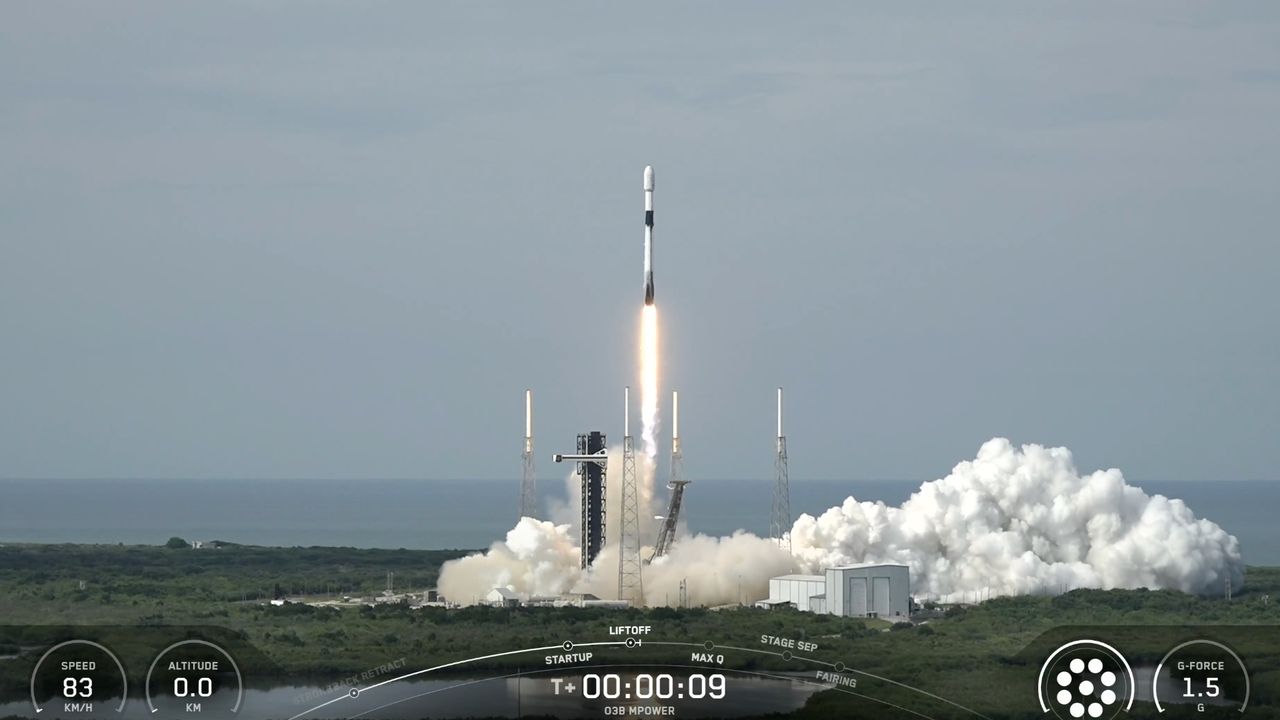

Author(s): Marric Stephens
The material with the highest-temperature superconductivity at ambient pressure has received less attention than its easier-to-prepare relatives—until now.
[Physics 18, s90] Published Tue Jul 22, 2025
Author(s): Djordje Minic
A proposed experiment could shed light on the unknown interplay of quantum theory and general relativity.
[Physics 18, 135] Published Mon Jul 21, 2025
The Soul Nebula, catalogued as IC 1848 and Westerhout 5, is a sprawling emission nebula lying very close in the sky to another mammoth star forming region, its neighbor IC 1805, the Heart Nebula. Both lie in Cassiopeia and are so large they are quite faint to see visually, but make for great astroimaging targets. Continue reading "Deep-Sky Dreams: The Soul Nebula "
The post Deep-Sky Dreams: The Soul Nebula appeared first on Astronomy Magazine.
José Rodrigues The Milky Way arcs above the Tua River in northern Portugal in this tracked panorama. The photographer used an astromodified Canon mirrorless camera at ISO 6400 and a 28mm lens at f/2.2 to blend exposures of the ground (fourteen panels of 120-second exposures), sky (nine panels of ten 30-second exposures), and the MilkyContinue reading "Milky Way over the Tua Valley"
The post Milky Way over the Tua Valley appeared first on Astronomy Magazine.
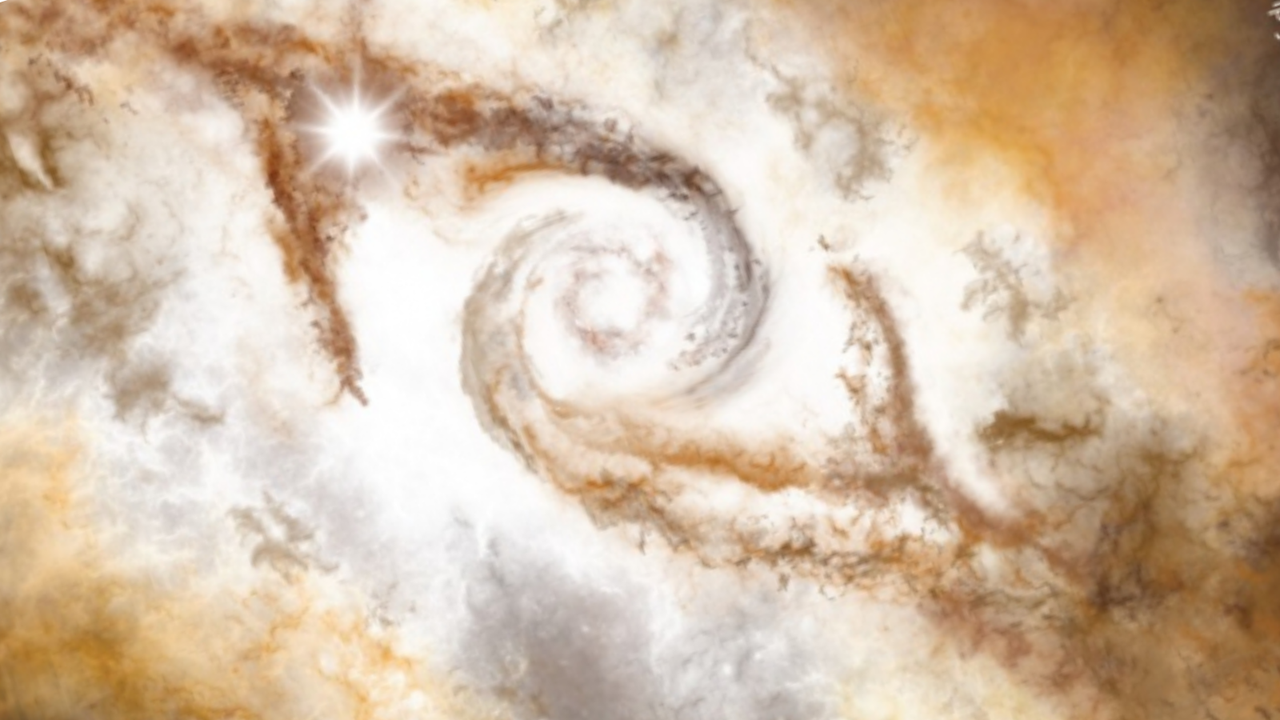

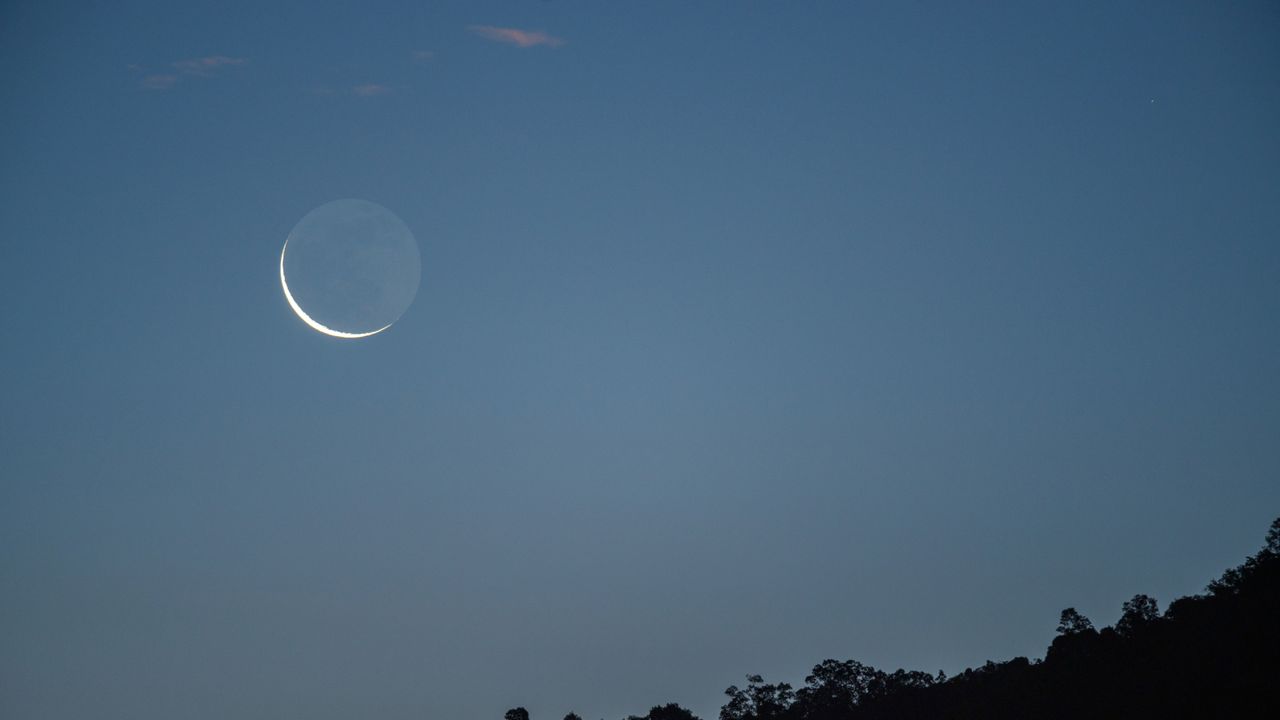



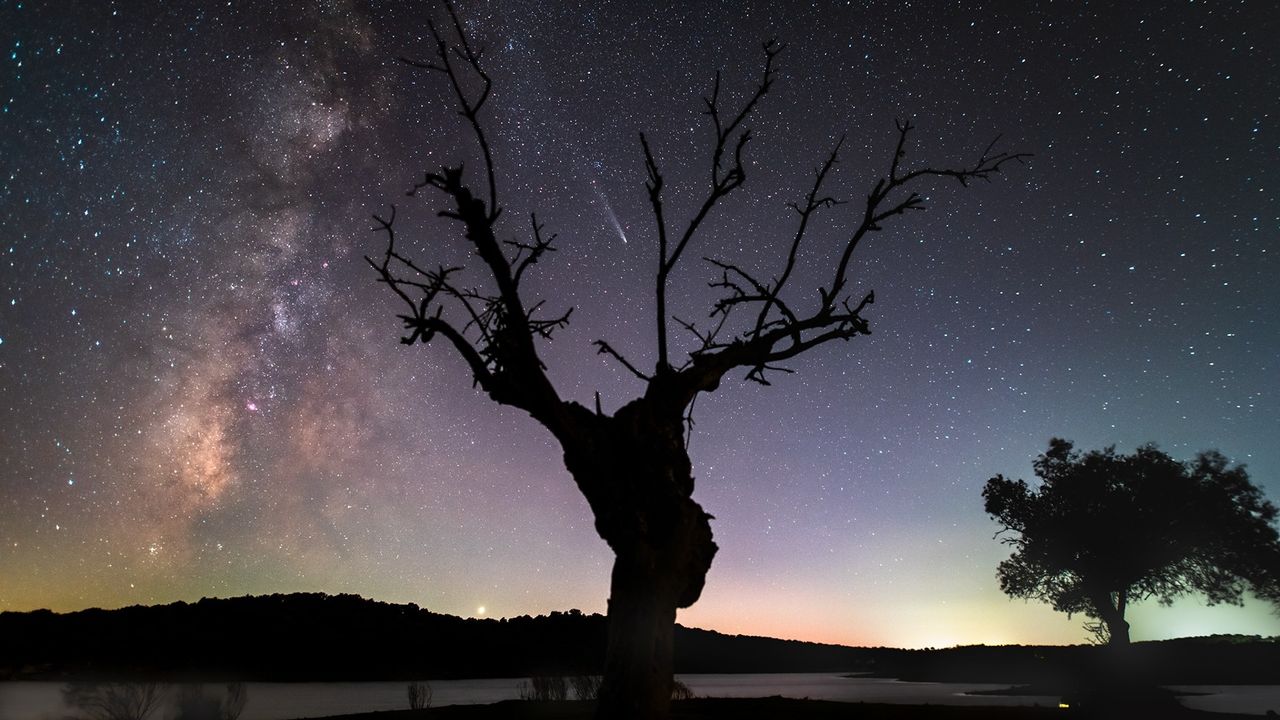

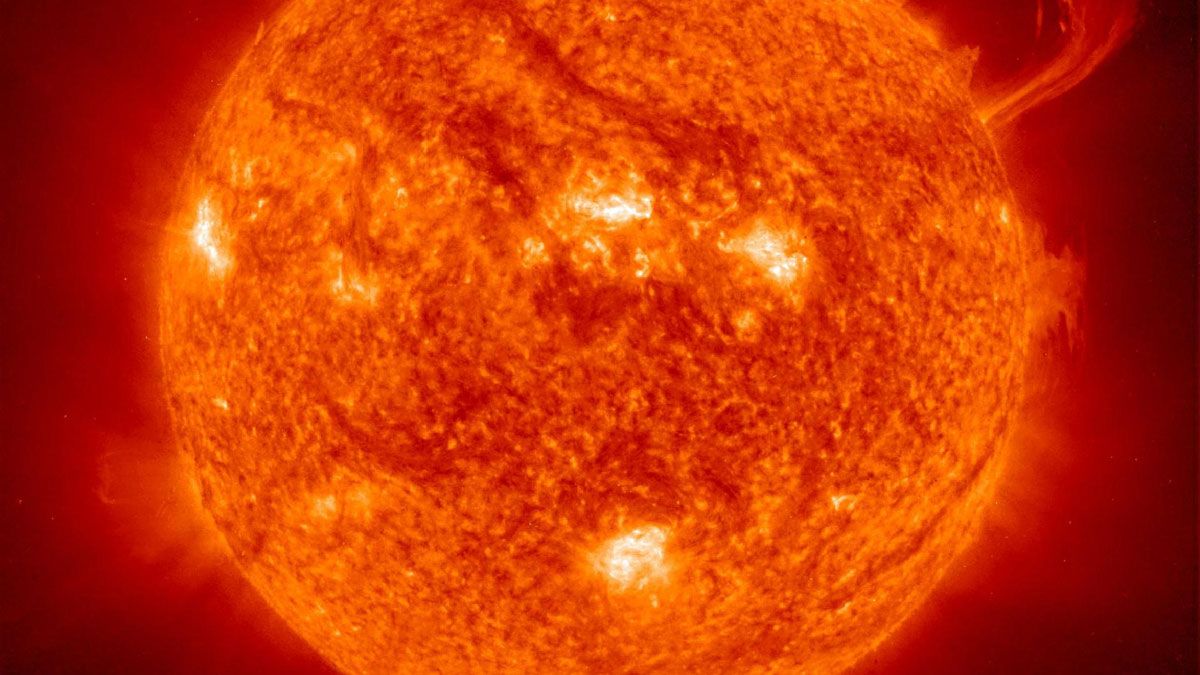











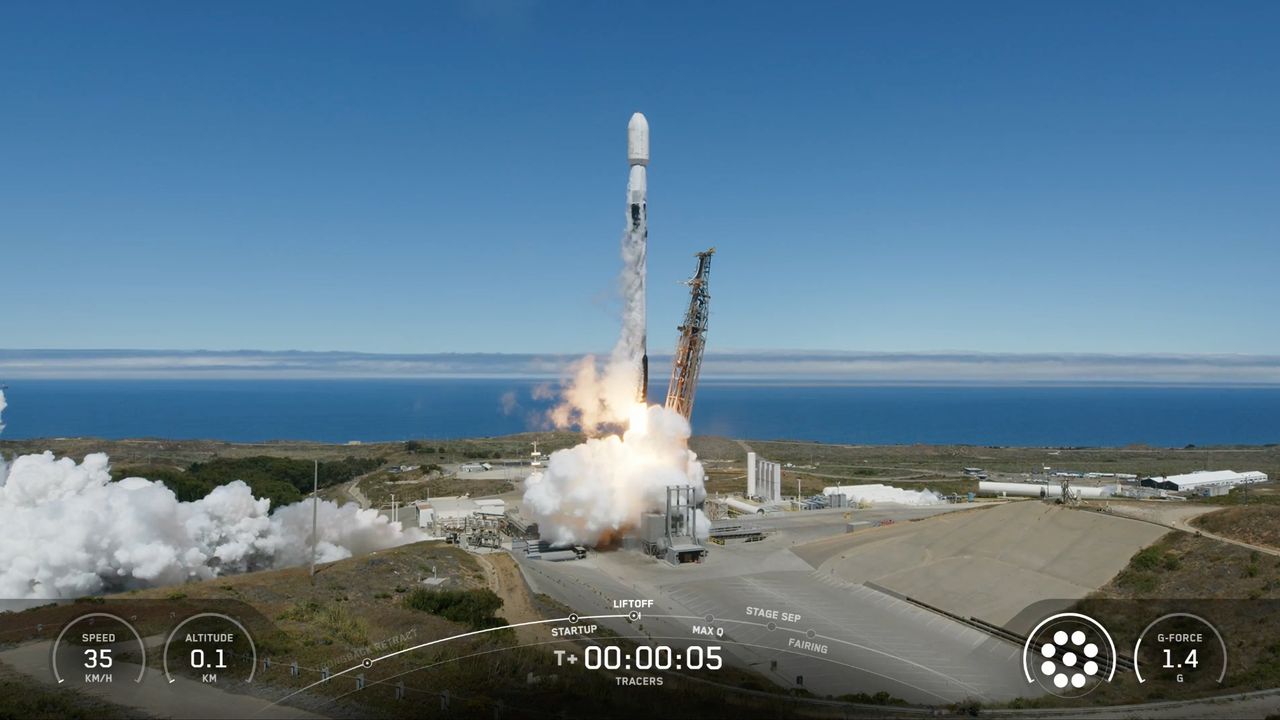

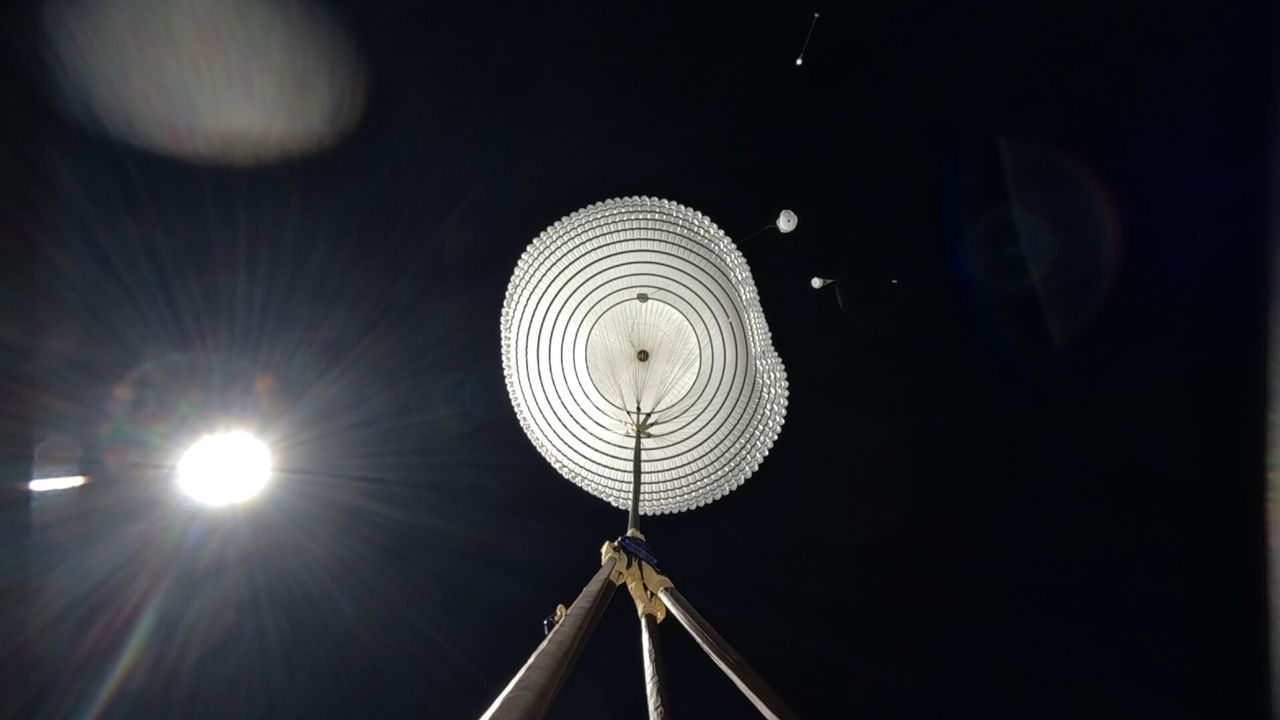

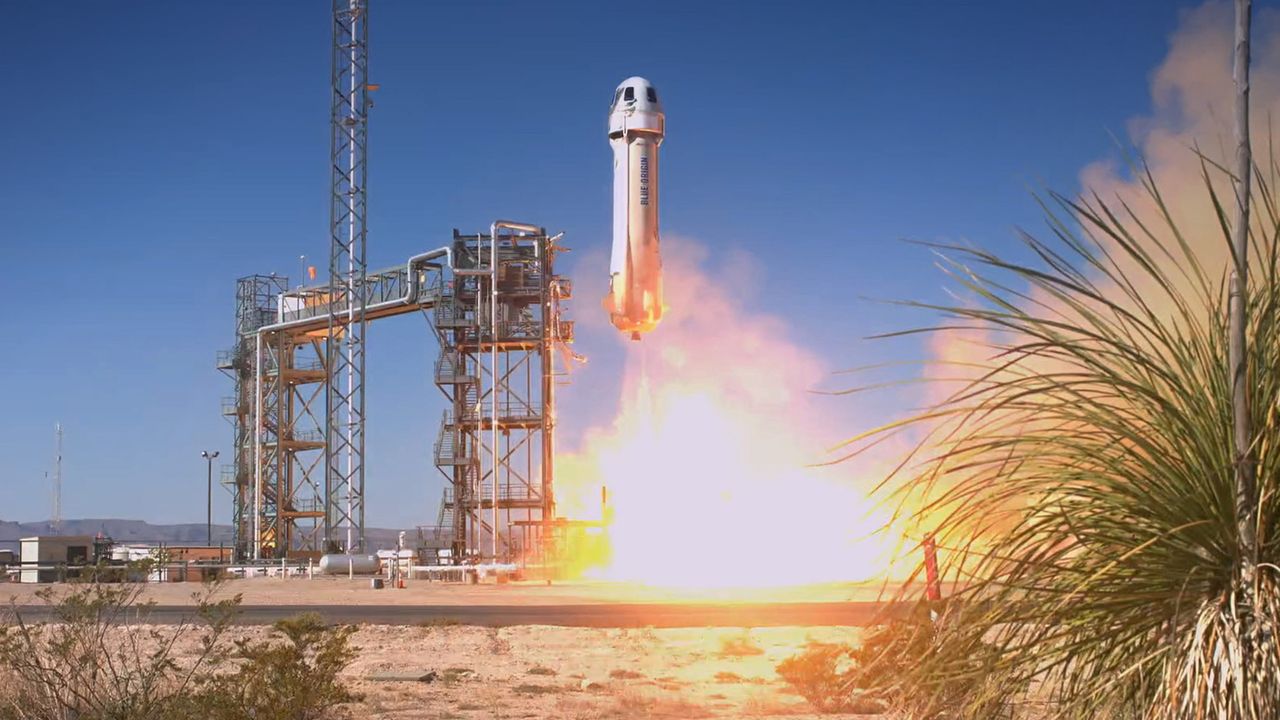

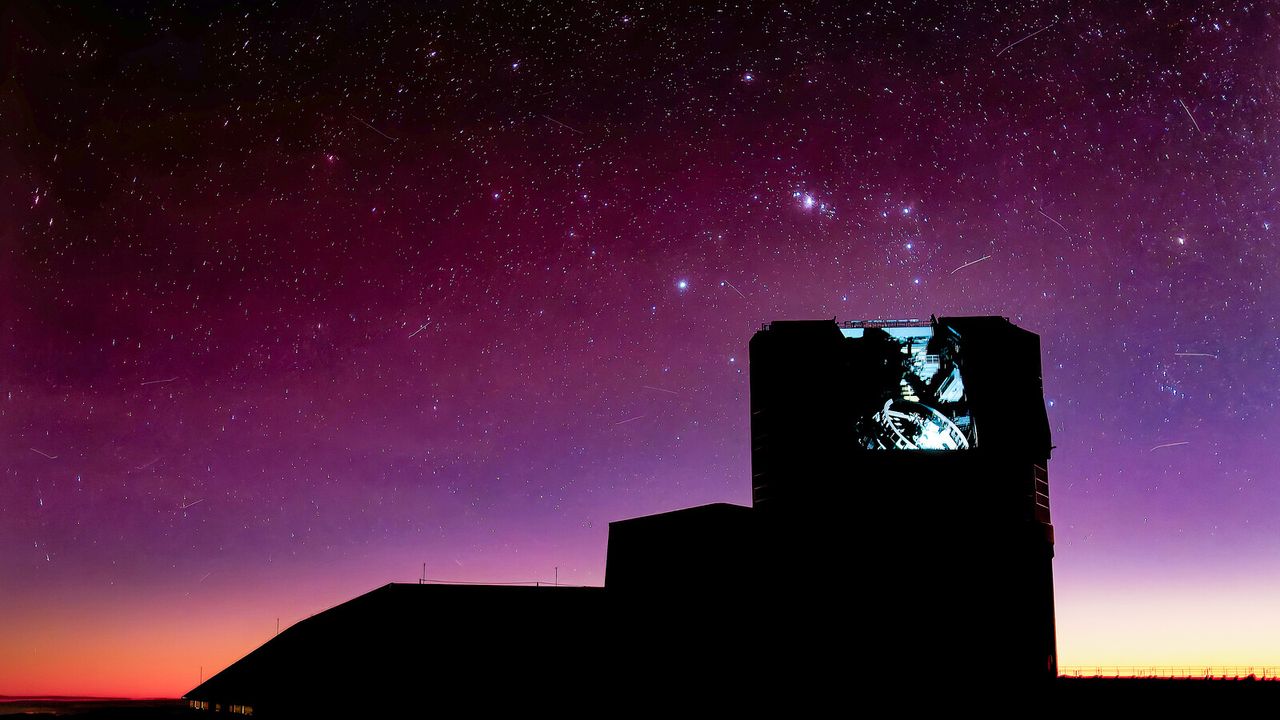

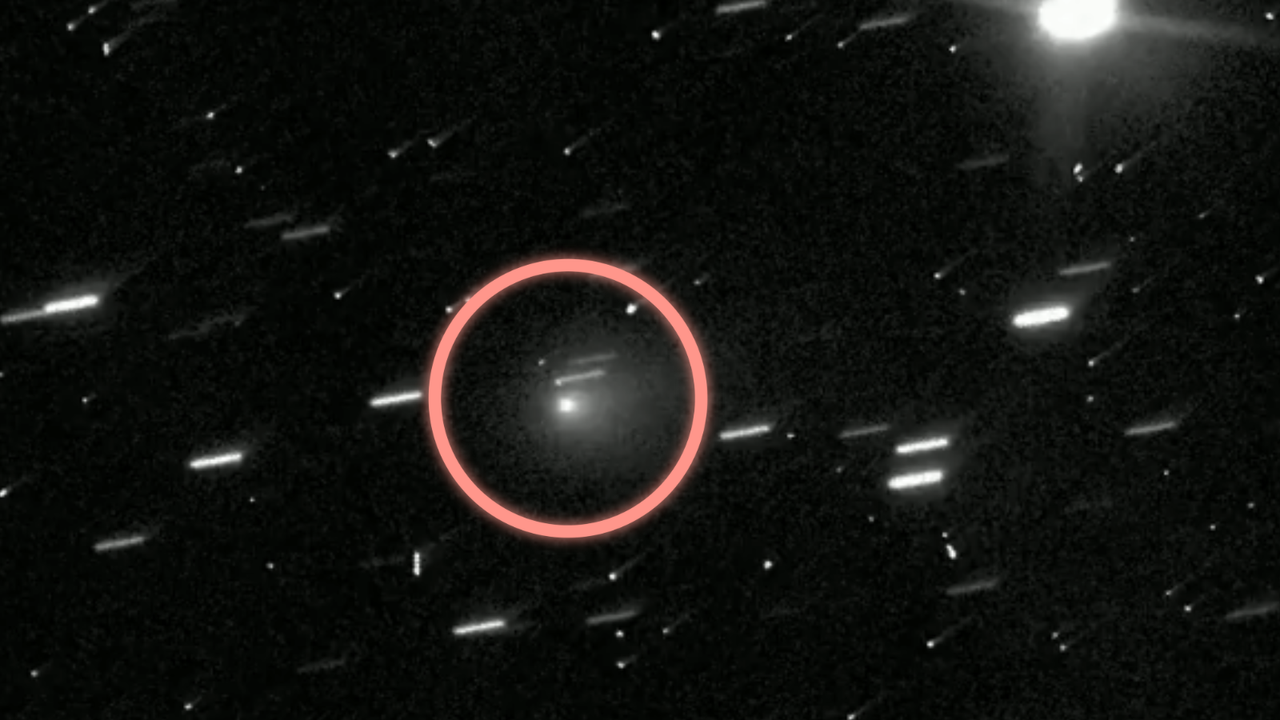

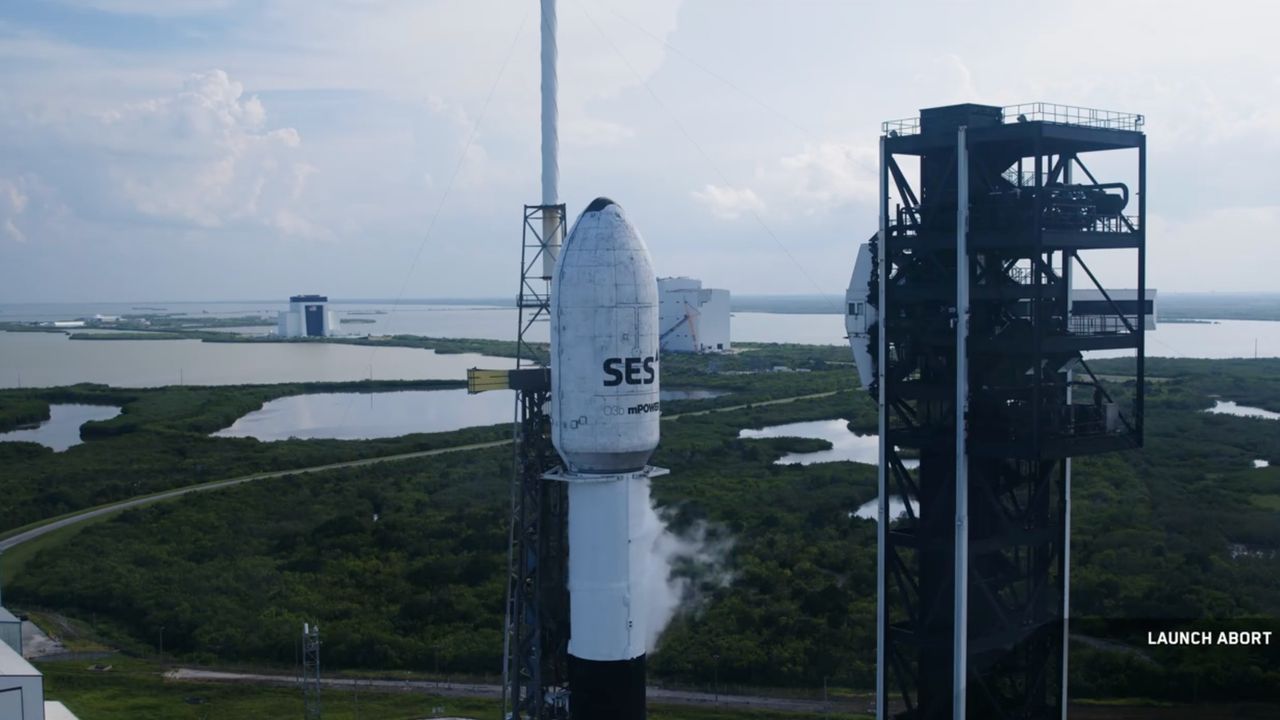

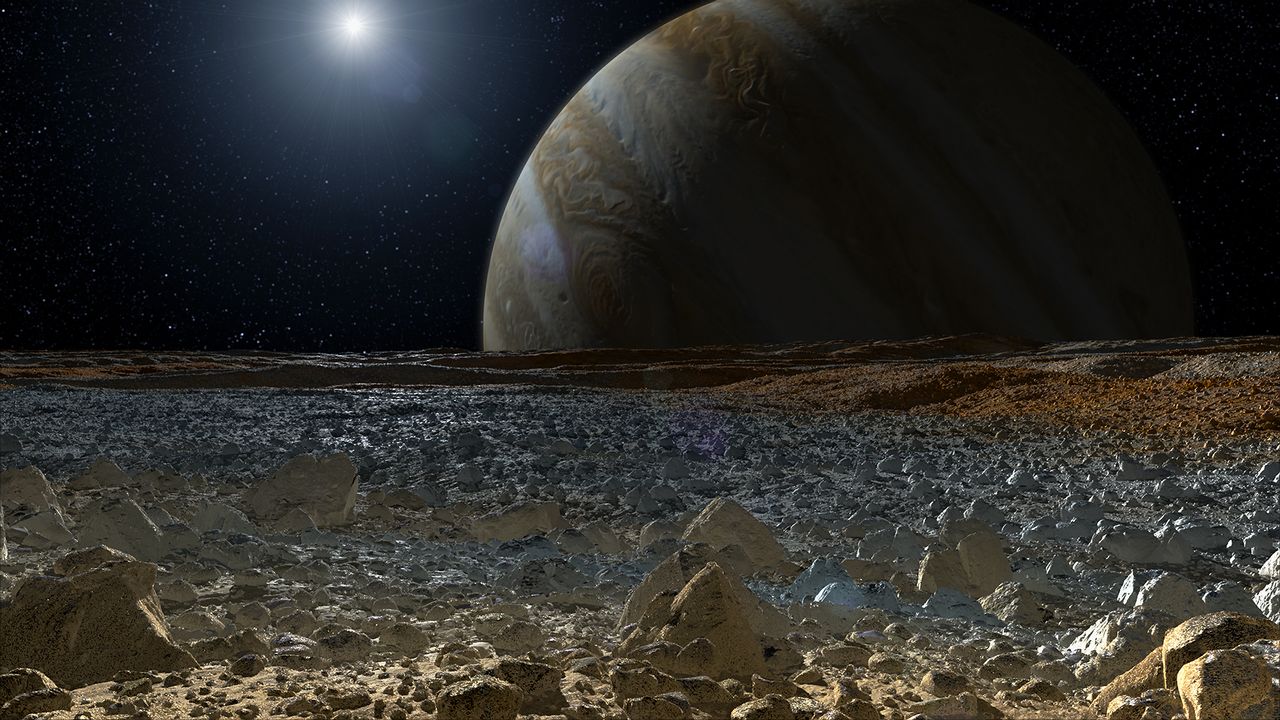





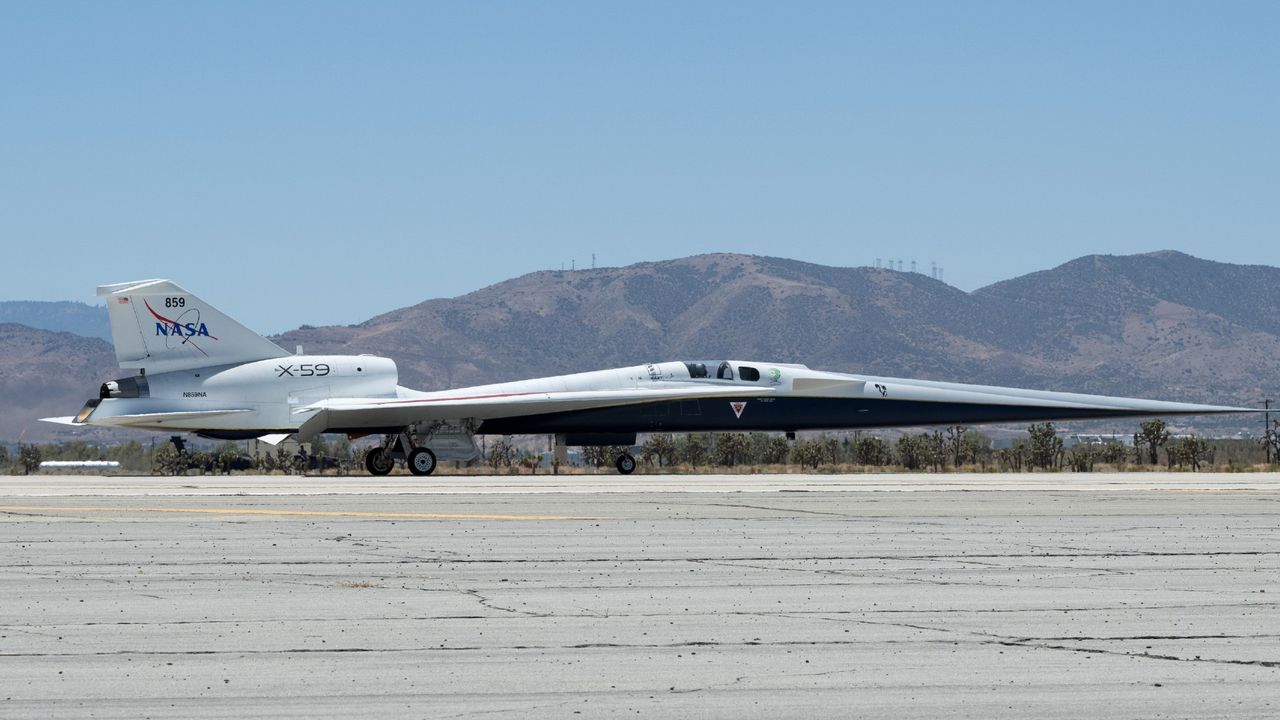

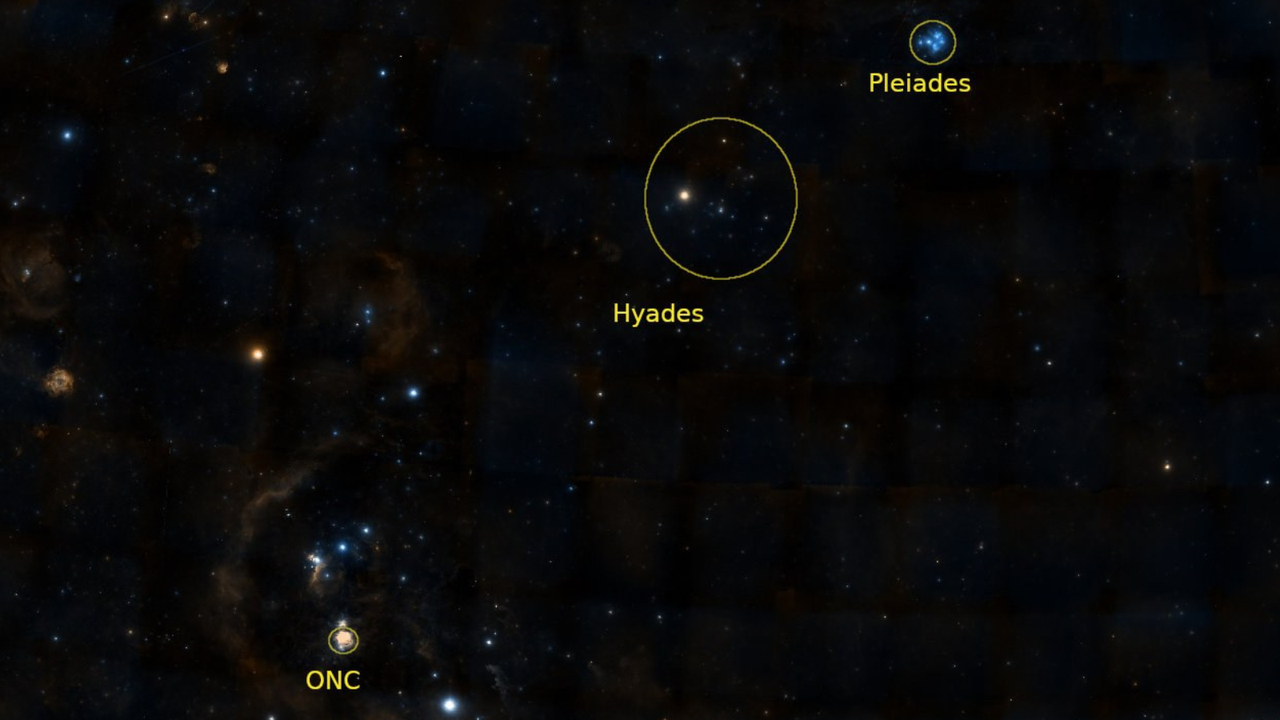

Researchers Pieter van Dokkum of Yale University and Gabriel Brammer of the University of Copenhagen have uncovered a remarkable cosmic system in archival data from the James Webb Space Telescope’s COSMOS-Web survey: a pair of colliding disk galaxies whose overlapping rings create a glowing figure-eight, dubbed the “Infinity Galaxy.” But it’s not just the shapeContinue reading "Webb Telescope discovers possible direct collapse black hole in galaxy collision"
The post Webb Telescope discovers possible direct collapse black hole in galaxy collision appeared first on Astronomy Magazine.
About 10,000 years ago, a new star appeared in what we now recognize as Cygnus the Swan. It was the light from a supernova explosion that occurred about 2,400 years earlier, when a star with roughly 20 times the Sun’s mass had exhausted its nuclear fuel. This caused the core to collapse, triggering a shockContinue reading "HST captures the Veil Nebula in prismatic color"
The post HST captures the Veil Nebula in prismatic color appeared first on Astronomy Magazine.
Born in 1746 in Ponte, Italy, Giuseppe Piazzi was ordained as a priest in 1769. He taught theology, philosophy, and mathematics at various points in his career, but in 1787 became a professor of astronomy, and King Ferdinand of Sicily appointed him as the director of the Palermo Astronomical Observatory. On New Year’s Day 1801,Continue reading "July 22, 1826: Fr. Giuseppe Piazzi dies"
The post July 22, 1826: Fr. Giuseppe Piazzi dies appeared first on Astronomy Magazine.
Can you find Lacerta the Lizard? This small, dim constellation is visible in the northeast after sunset, sitting below the flying form of Cygnus and to the lower right of house-shaped Cepheus. Lacerta’s alpha star shines at magnitude 3.8; you can find it about 19° east of bright Deneb in Cygnus. This luminary may seemContinue reading "The Sky Today on Tuesday, July 22: NGC 7243, Lacerta’s open cluster"
The post The Sky Today on Tuesday, July 22: NGC 7243, Lacerta’s open cluster appeared first on Astronomy Magazine.
More than 280 current and former NASA employees have warned that “rapid and wasteful changes” dictated by the White House will have “dire” consequences for the space agency. On Monday, the 56th anniversary of the Apollo 11 moon landing, personnel from every NASA center and mission directorate addressed a letter to the agency’s interim administrator,Continue reading "NASA personnel warn of ‘dire’ consequences of proposed cuts"
The post NASA personnel warn of ‘dire’ consequences of proposed cuts appeared first on Astronomy Magazine.
One of the most interesting areas to explore with a wide-field scope exists in the rich Milky Way of Cassiopeia. You might think of Orion, Taurus, Scorpius, or Sagittarius. But Cassiopeia is loaded with small, interesting deep-sky objects, mostly clusters and nebulae, and has a few big nebulae too. One of them is IC 1805,Continue reading "Deep-Sky Dreams: The Heart Nebula"
The post Deep-Sky Dreams: The Heart Nebula appeared first on Astronomy Magazine.
Mission highlight: NASA TRACERS on the cusp of launching NASA’s TRACERS mission (Tandem Reconnection and Cusp Electrodynamics Reconnaissance Satellites) headlines a July 22, 2:13 p.m. EDT Falcon 9 rideshare launch, flying alongside several secondary payloads from Vandenberg. TRACERS consists of two identical spacecraft designed to study magnetic reconnection — the explosive process that drives spaceContinue reading "NASA’s TRACERS leads busy spaceflight schedule"
The post NASA’s TRACERS leads busy spaceflight schedule appeared first on Astronomy Magazine.
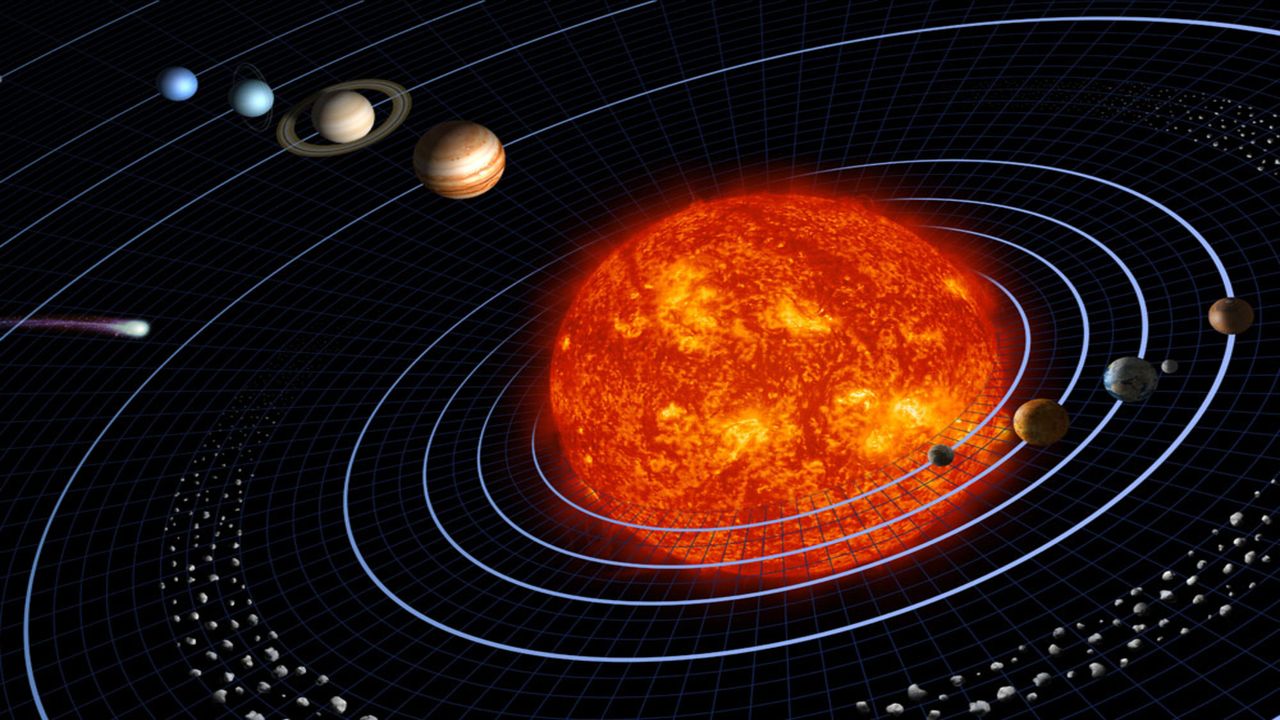



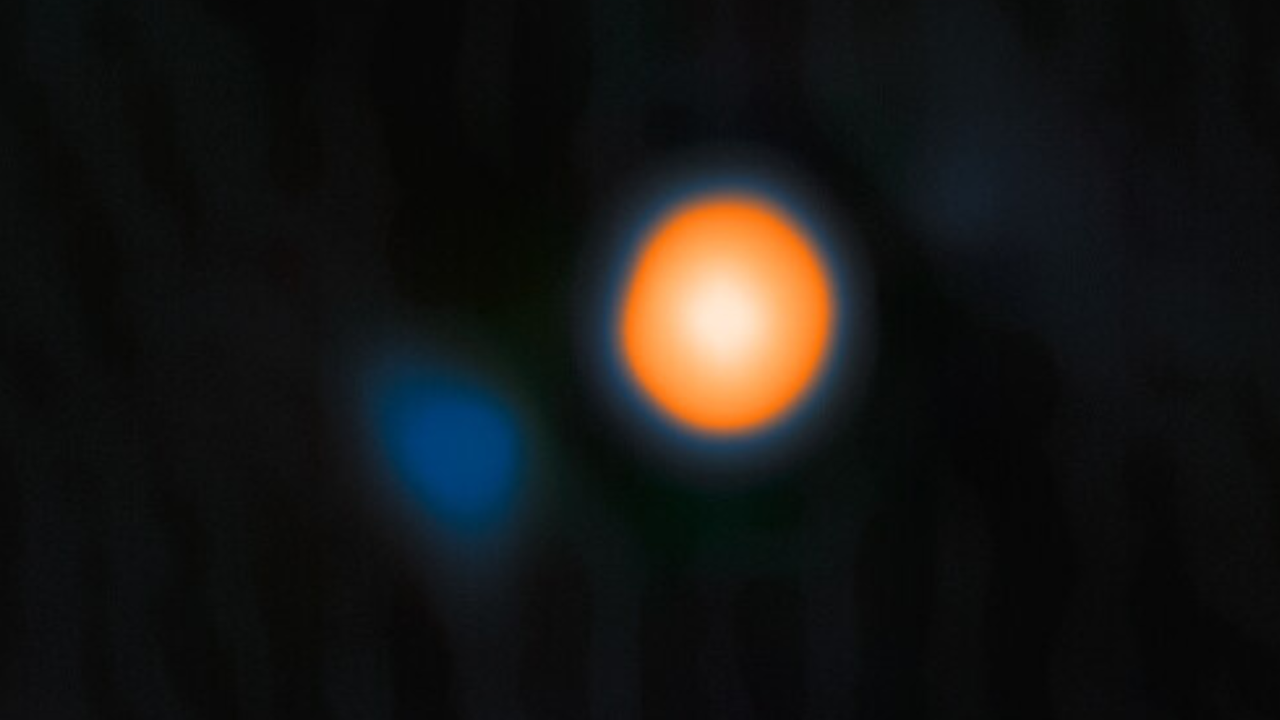

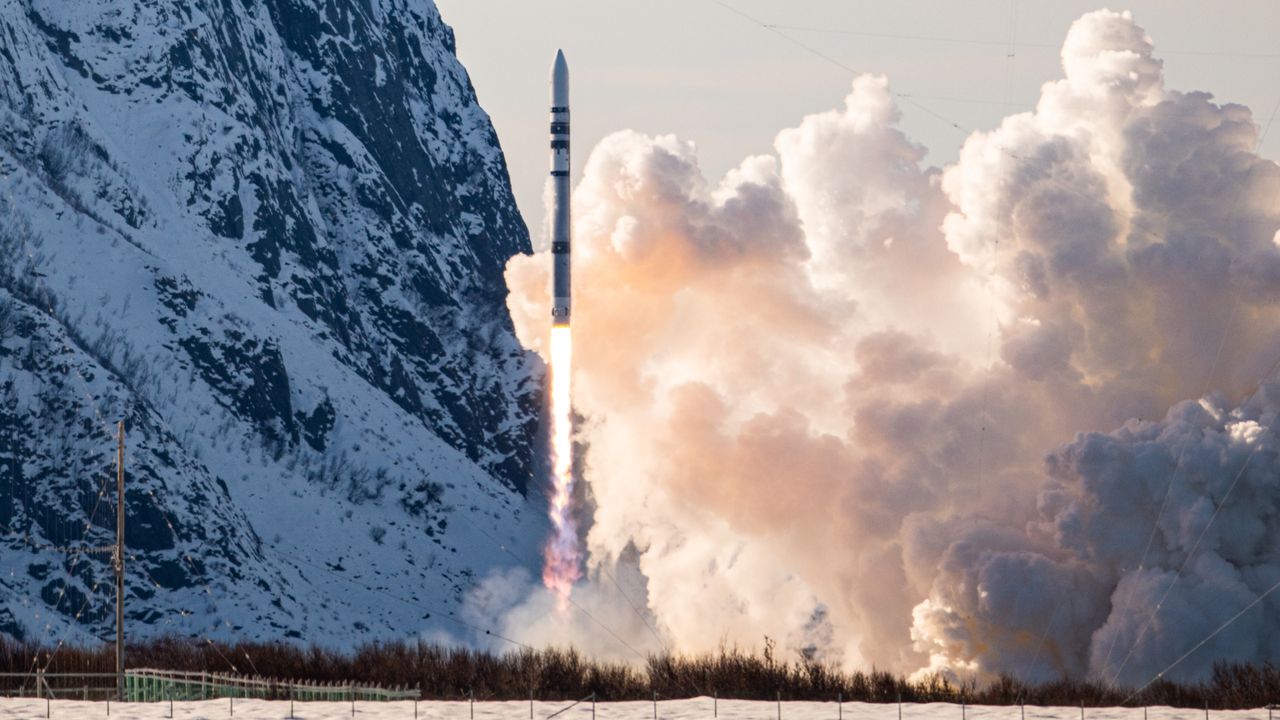

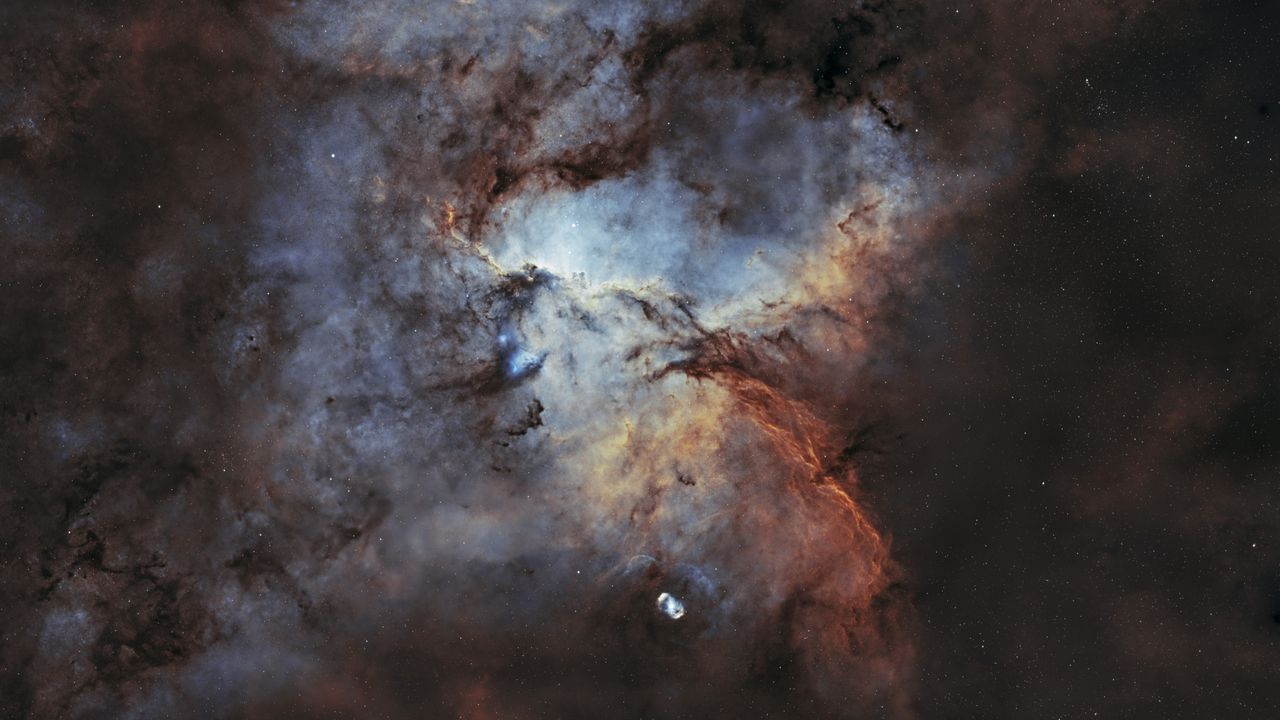



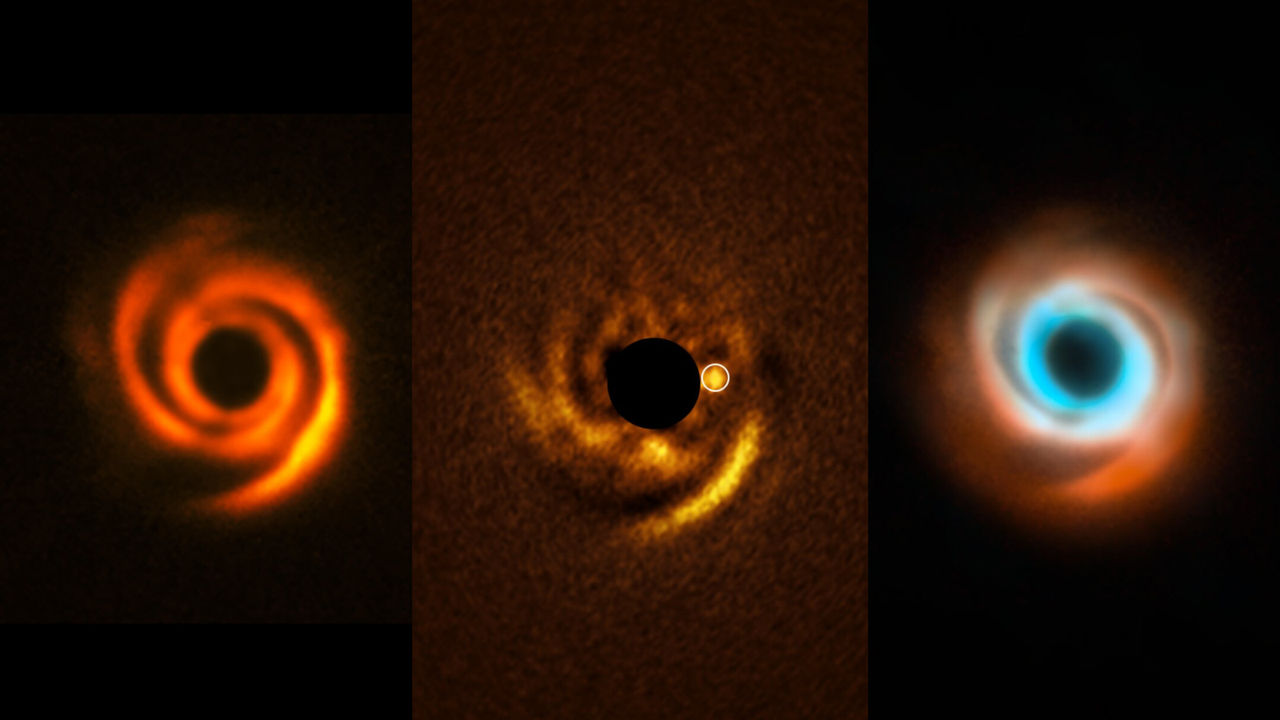

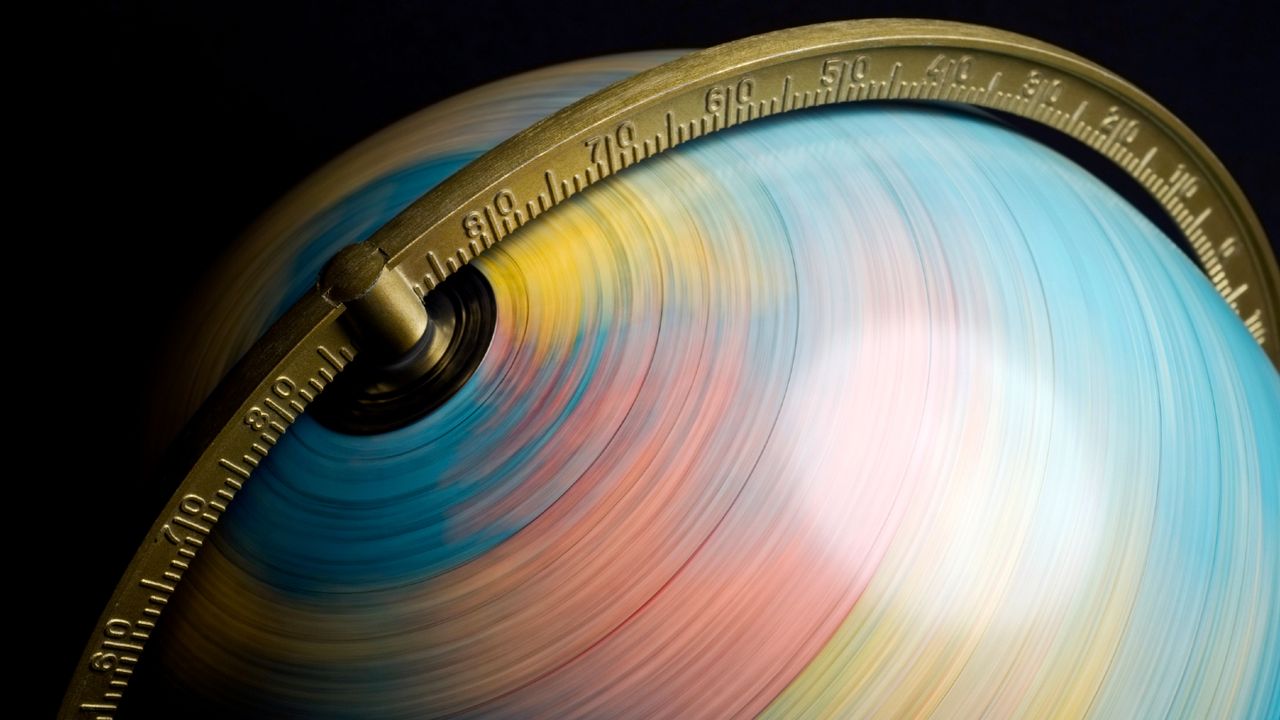

Fabrizio Melandri from Voltana, Italy Thousands of fireflies fill the open air as Planet Earth turns slowly in this stack of 42 thirty-second exposures taken with an 18mm lens at f/4 and at ISO 200.
The post A foxtrot above my head appeared first on Astronomy Magazine.
In this episode, Astronomy magazine Editor Dave Eicher invites you to head out and observe the sky’s sixth-brightest open cluster, NGC 6231, in the constellation Scorpius the Scorpion. This object has been dubbed by amateur astronomers the “Northern Jewel Box.” Although sharp-eyed observers may pick this up with their naked eyes, its swarms of stars look bestContinue reading "This Week in Astronomy with Dave Eicher: Open cluster NGC 6231"
The post This Week in Astronomy with Dave Eicher: Open cluster NGC 6231 appeared first on Astronomy Magazine.
Born in New Hampshire in 1923, Alan Shepard served in the Navy during World War II, subsequently entering flight training and graduating from the Navy Test Pilot School in 1951. In 1959, he was selected for Project Mercury as one of America’s first seven astronauts, alongside Gil Grissom, Deke Slayton, and John Glenn. On MayContinue reading "July 21, 1998: Alan Shepard dies"
The post July 21, 1998: Alan Shepard dies appeared first on Astronomy Magazine.
Saturn’s tidally locked, two-toned moon Iapetus reaches eastern elongation today, standing a full 9′ east of Saturn. The moon appears faintest at eastern elongation, when its darker hemisphere is turned toward us and it glows a faint 12th magnitude. However, without our Moon lighting the early-morning sky, you might try to spot faint Iapetus —Continue reading "The Sky Today on Monday, July 21: Iapetus reaches eastern elongation"
The post The Sky Today on Monday, July 21: Iapetus reaches eastern elongation appeared first on Astronomy Magazine.
Viking 1 landed on Mars on July 20, 1976, the first spacecraft to do so and successfully return data. (The Soviet Mars 3 lander had touched down in 1971, but contact was cut off before any data could be received.) The two Viking spacecrafts were designed to be both orbiters and landers; the orbiter’s primaryContinue reading "July 20, 1976: Viking 1 lands on Mars"
The post July 20, 1976: Viking 1 lands on Mars appeared first on Astronomy Magazine.




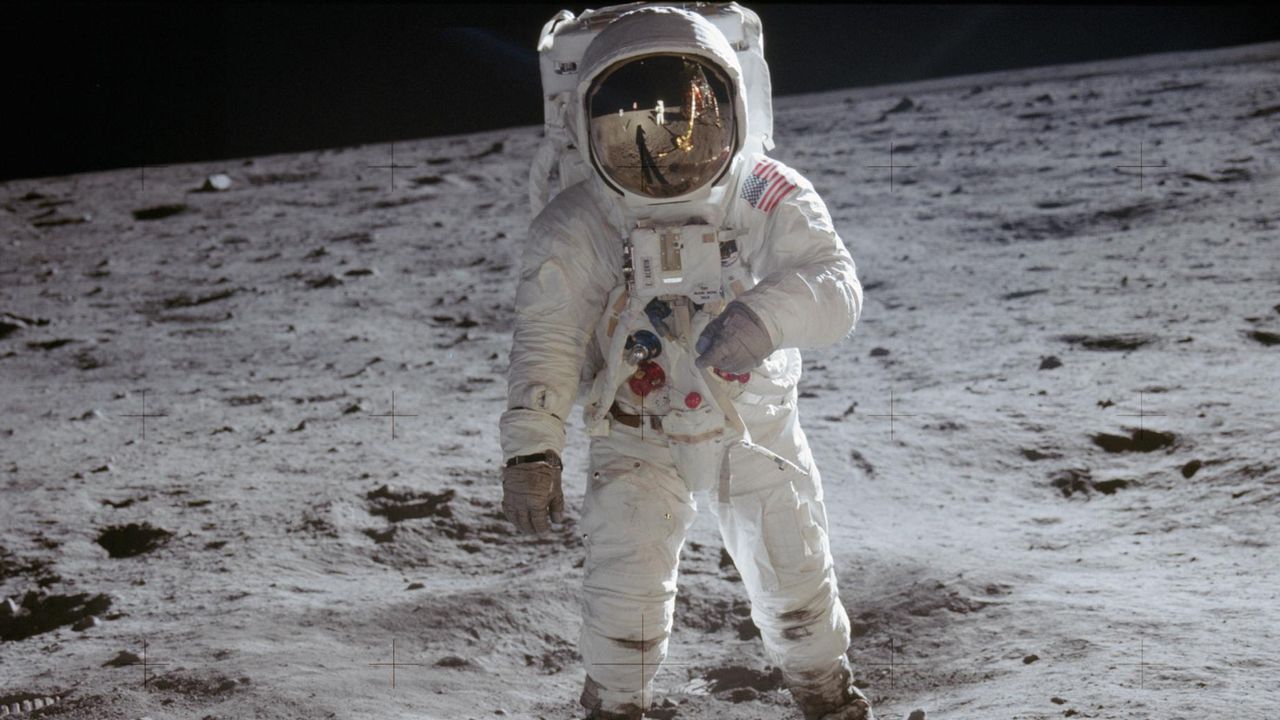

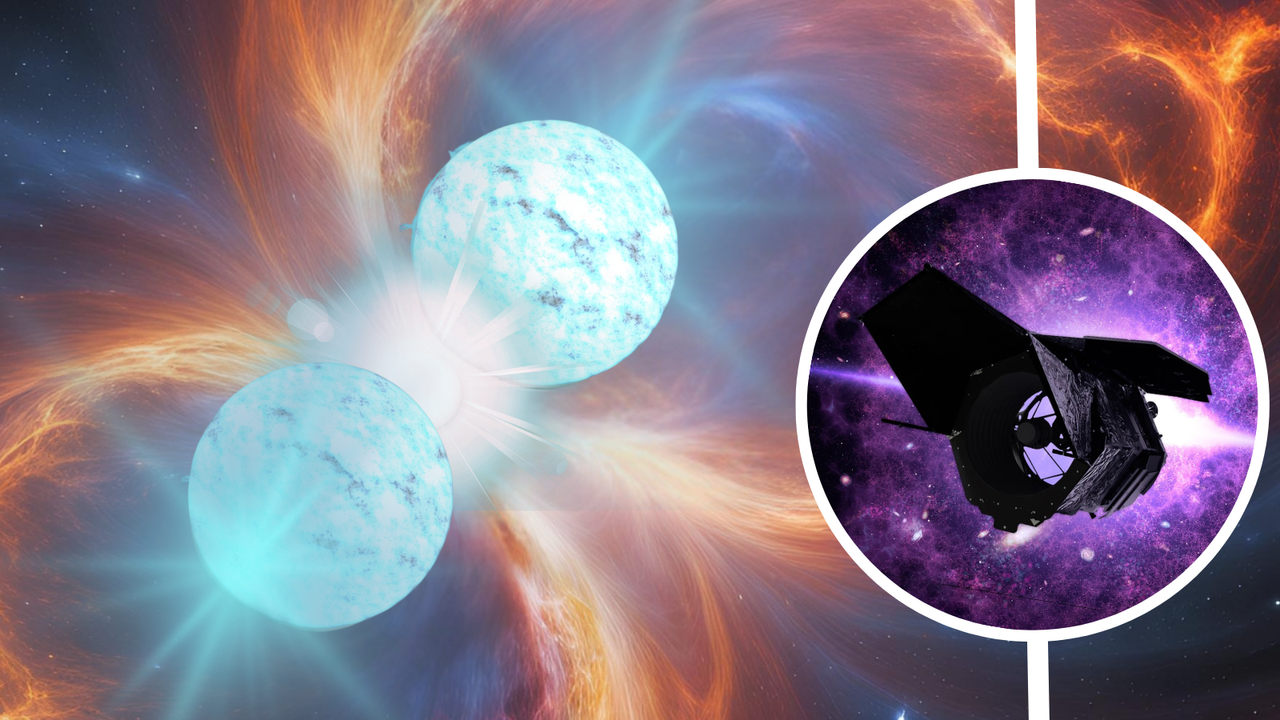

The Moon passes in front of several stars in the Pleiades cluster in an occultation this morning, best seen from North and Central America. Both the view and its timing are heavily location dependent — you can check this International Occultation Timing Association’s page to find when Electra (17 Tauri), the first star to vanish behindContinue reading "The Sky Today on Sunday, July 20: The Moon occults the Pleiades"
The post The Sky Today on Sunday, July 20: The Moon occults the Pleiades appeared first on Astronomy Magazine.
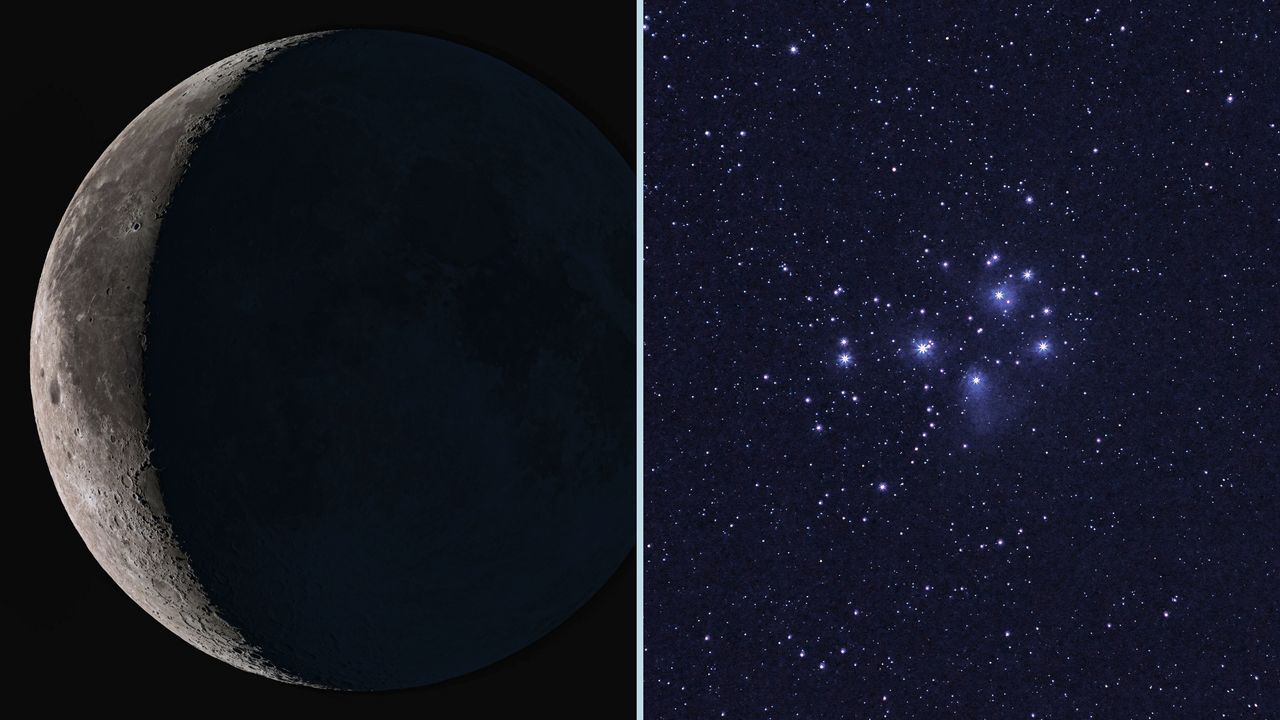

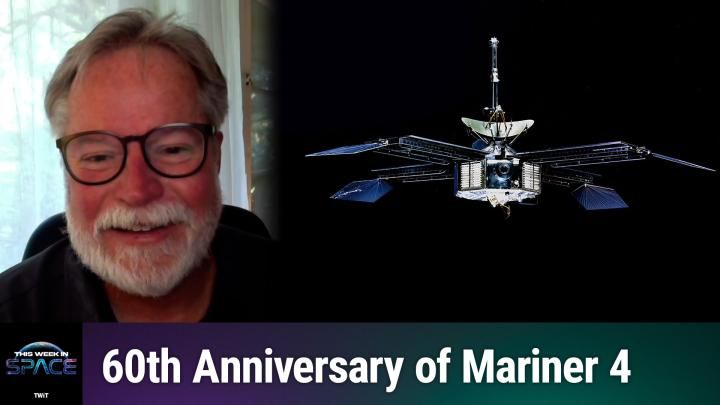



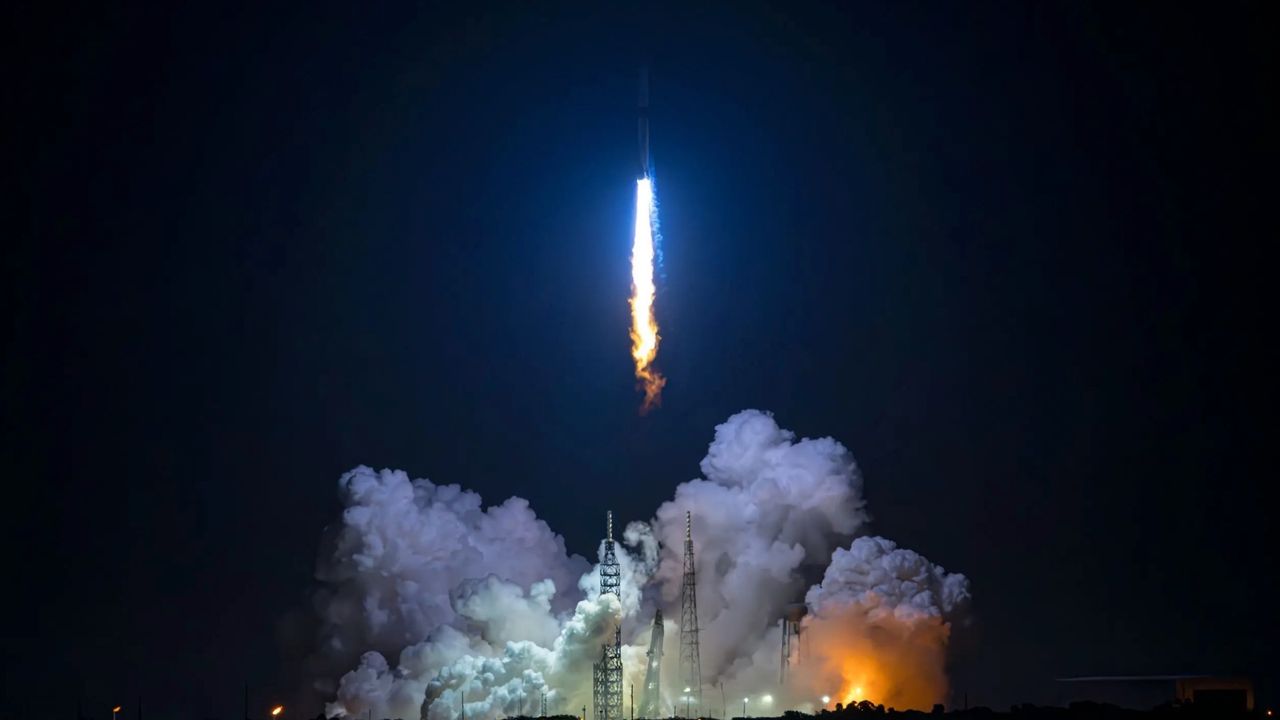

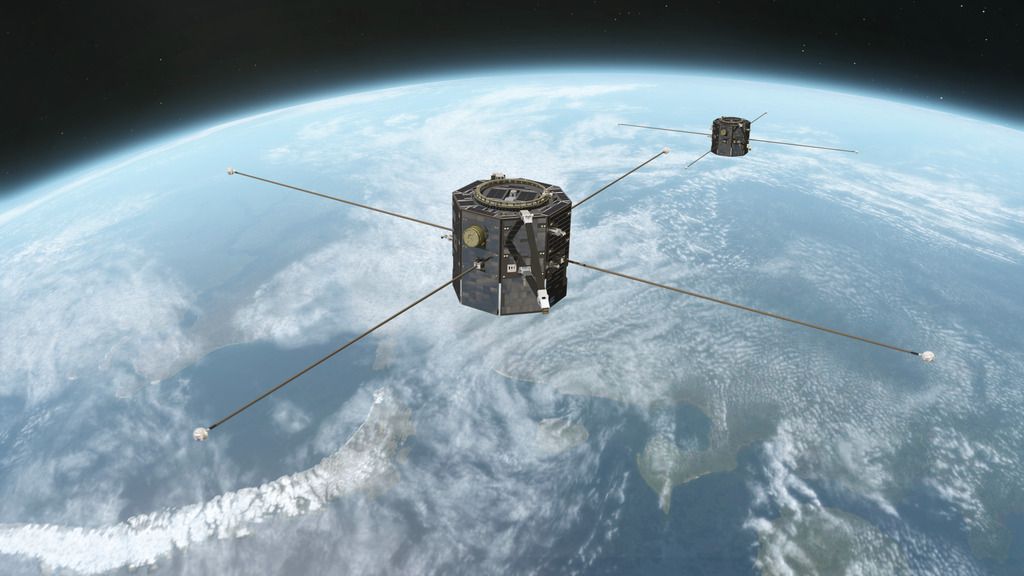

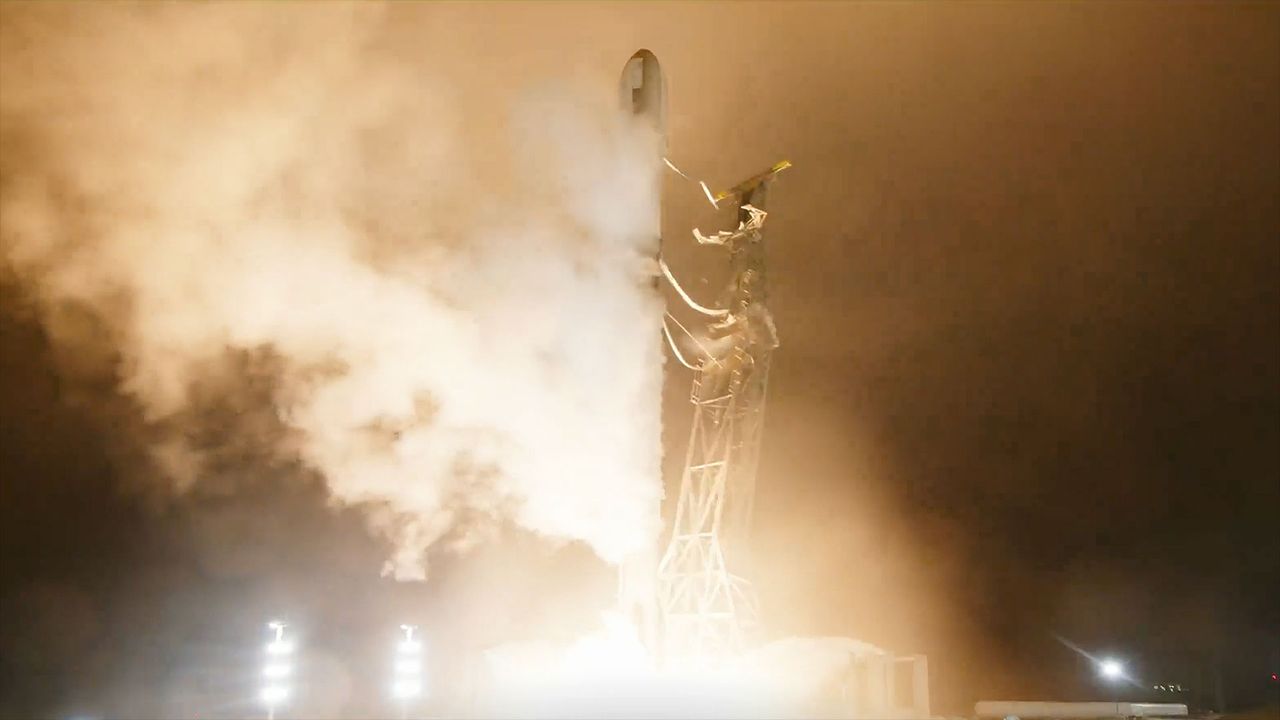

July 19, 418 C.E., marks the first total solar eclipse (of which we have a record) during which a comet was seen. Turkish-born Church historian Philostorgius wrote in Book XII of the Epitome Historiae Ecclesiasticae: “When Theodosius had reached adolescence, on the nineteenth of July at about the eighth hour, the sun was so completelyContinue reading "July 19, 418: A solar eclipse/comet combo"
The post July 19, 418: A solar eclipse/comet combo appeared first on Astronomy Magazine.
Author(s): Philip Ball
Not all genes respond in the same way to regulation by the same molecule—a property that might enable cells to produce complex genetic responses.
[Physics 18, 137] Published Fri Jul 18, 2025
Author(s): Michael Schirber
Scientists observe the most massive merger event yet, with the colliding black holes lying in a mass range that is incompatible with the standard stellar-formation scenario.
[Physics 18, 136] Published Thu Jul 17, 2025
Author(s): Rachel Berkowitz
Simulations explore how to optimize a sail for changing direction.
[Physics 18, s89] Published Thu Jul 17, 2025
Seventh-magnitude 4 Vesta is an easy catch from any location and with any equipment: binoculars or a telescope. Tonight, it’s just 5’ from a magnitude 7.5 field star, creating a temporary artificial double star to enjoy. You’ll find Vesta in the northwestern corner of Libra, near that constellation’s border with Virgo. It now sits aboutContinue reading "The Sky Today on Saturday, July 19: Vesta forms a double star"
The post The Sky Today on Saturday, July 19: Vesta forms a double star appeared first on Astronomy Magazine.
At 7:15 a.m. EDT on July 14, the crew of Axiom Mission 4 (Ax-4) undocked from the International Space Station, wrapping up an 18-day stay that marked new milestones in commercial and international spaceflight. The team — led by veteran NASA astronaut and current Axiom Space human spaceflight director Peggy Whitson — splashed down safelyContinue reading "Axiom Mission 4 crew returns to Earth after historic ISS stay"
The post Axiom Mission 4 crew returns to Earth after historic ISS stay appeared first on Astronomy Magazine.
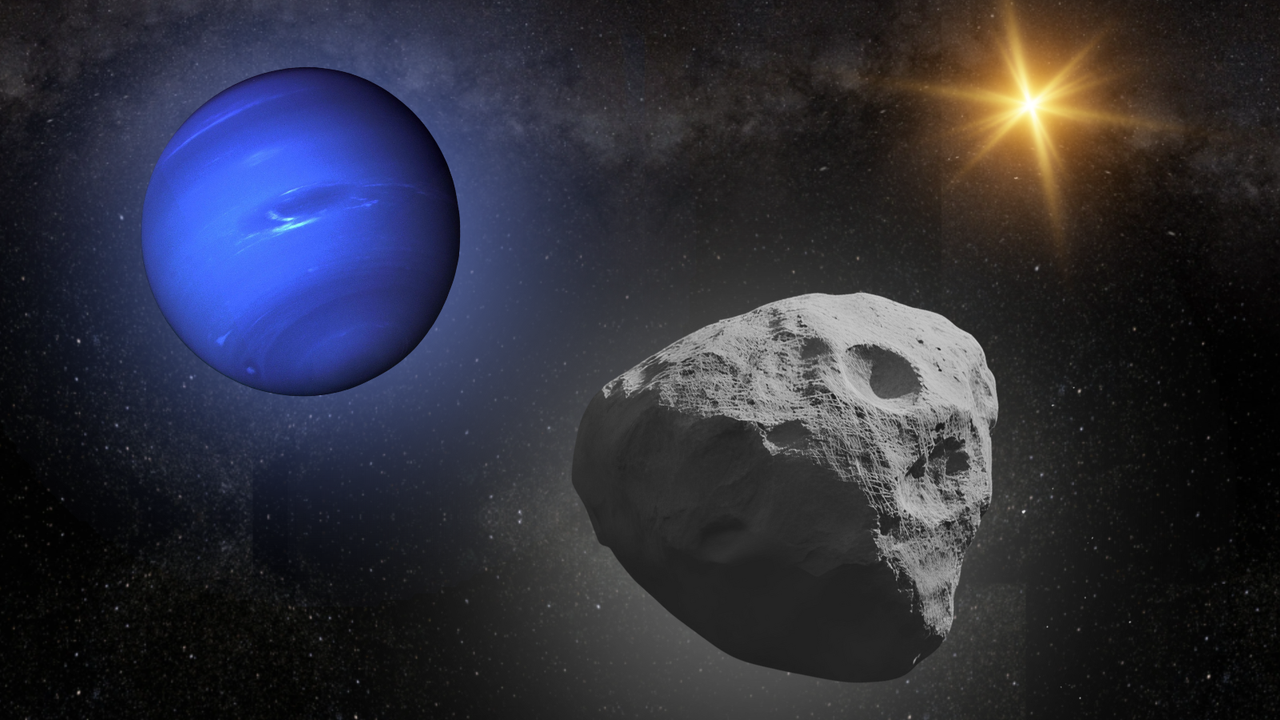

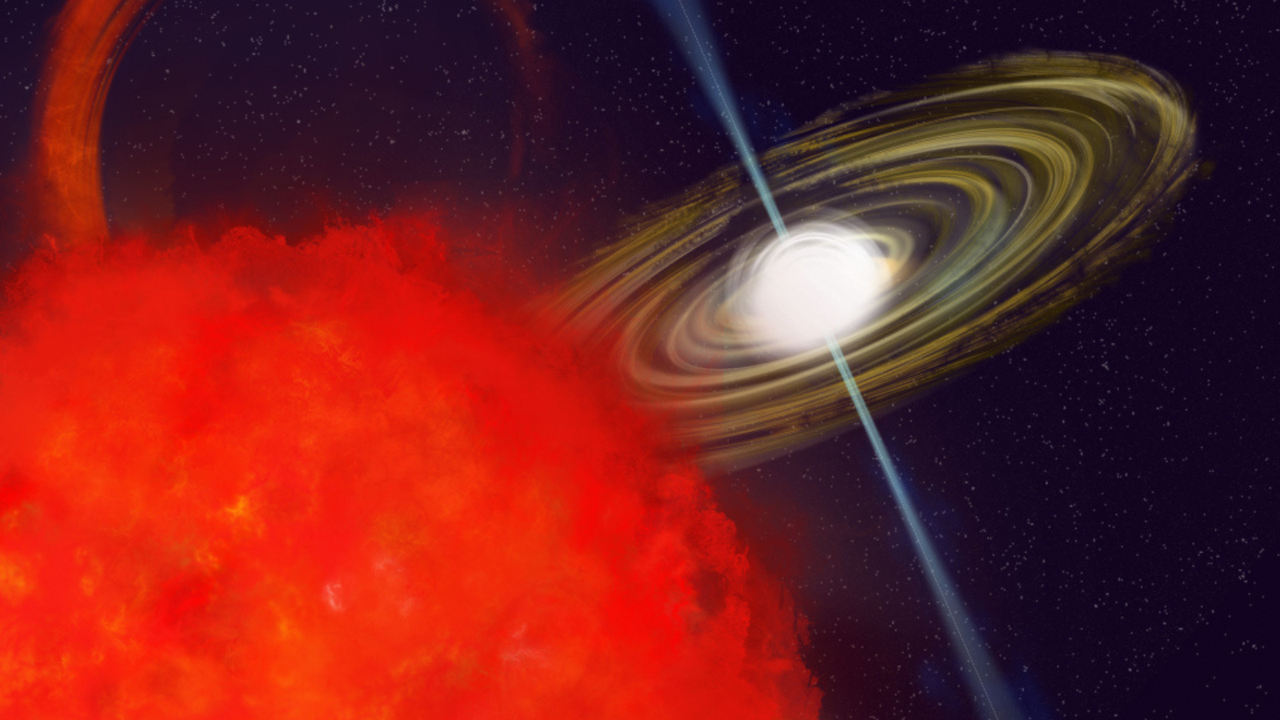

Fernando Oliveira de Menezes from São Paulo, Brazil Globular cluster M4 lies just west of Antares (Alpha [α] Scorpii). To a visual observer, a 6-inch scope reveals dozens of stars; this image comprising 2.6 hours resolves nearly the entire cluster, yielding a star field that feels like you could fall into it. Click to seeContinue reading "Glorious resolution"
The post Glorious resolution appeared first on Astronomy Magazine.
Many faint planetary nebulae went undiscovered for surprisingly long times after Charles Messier and the Herschels stopped cataloguing nebulous objects lying around parts of the sky. It wasn’t until 1980 that two Austrian astronomers, Alois Purgathofer and Ronald Weinberger, found a large, faint planetary nebulae as they searched plates of the Palomar Observatory Sky Survey. Continue reading "Deep-Sky Dreams: PuWe 1 "
The post Deep-Sky Dreams: PuWe 1 appeared first on Astronomy Magazine.
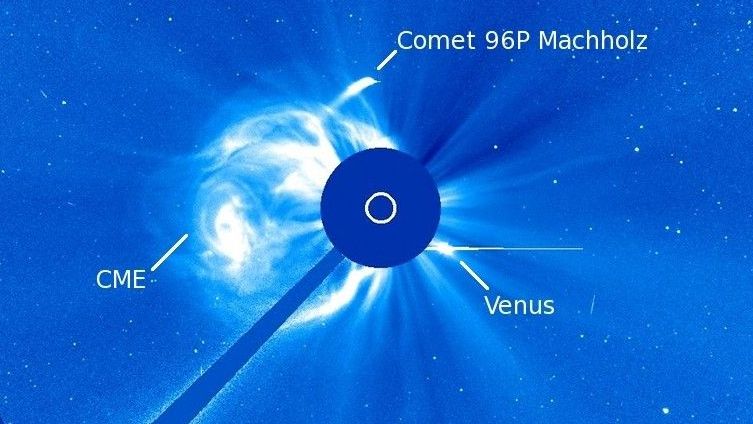



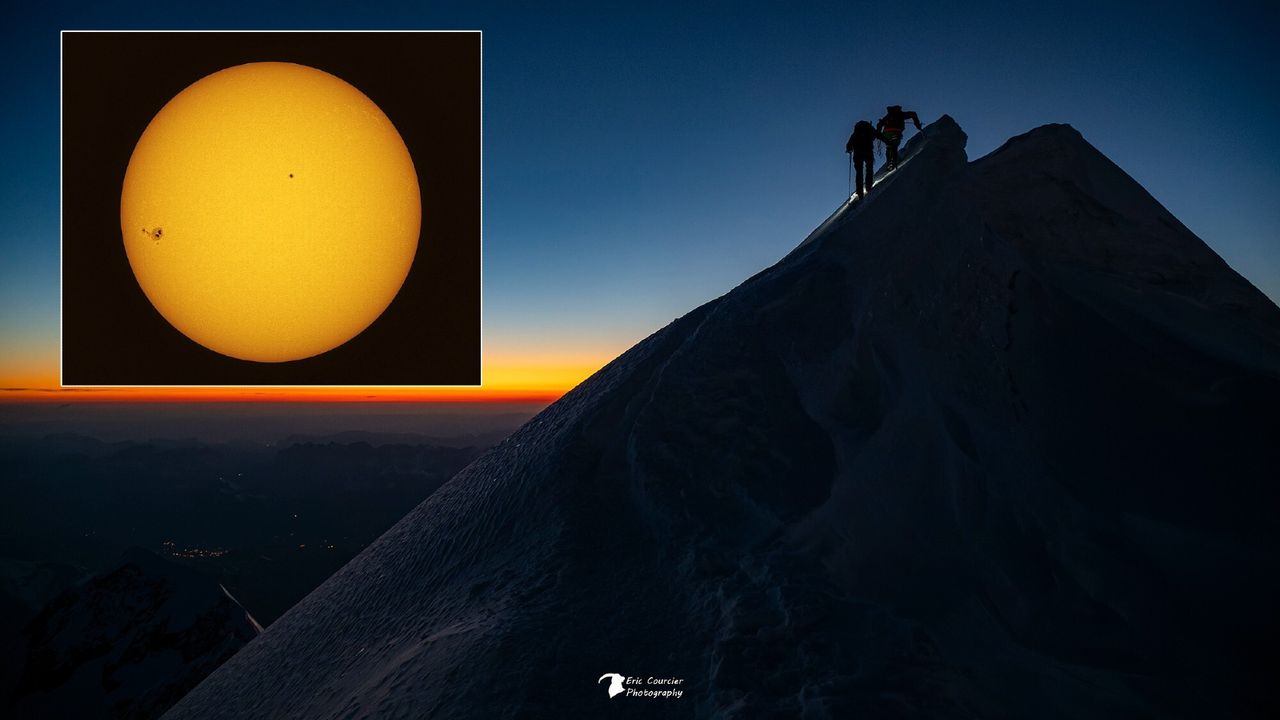







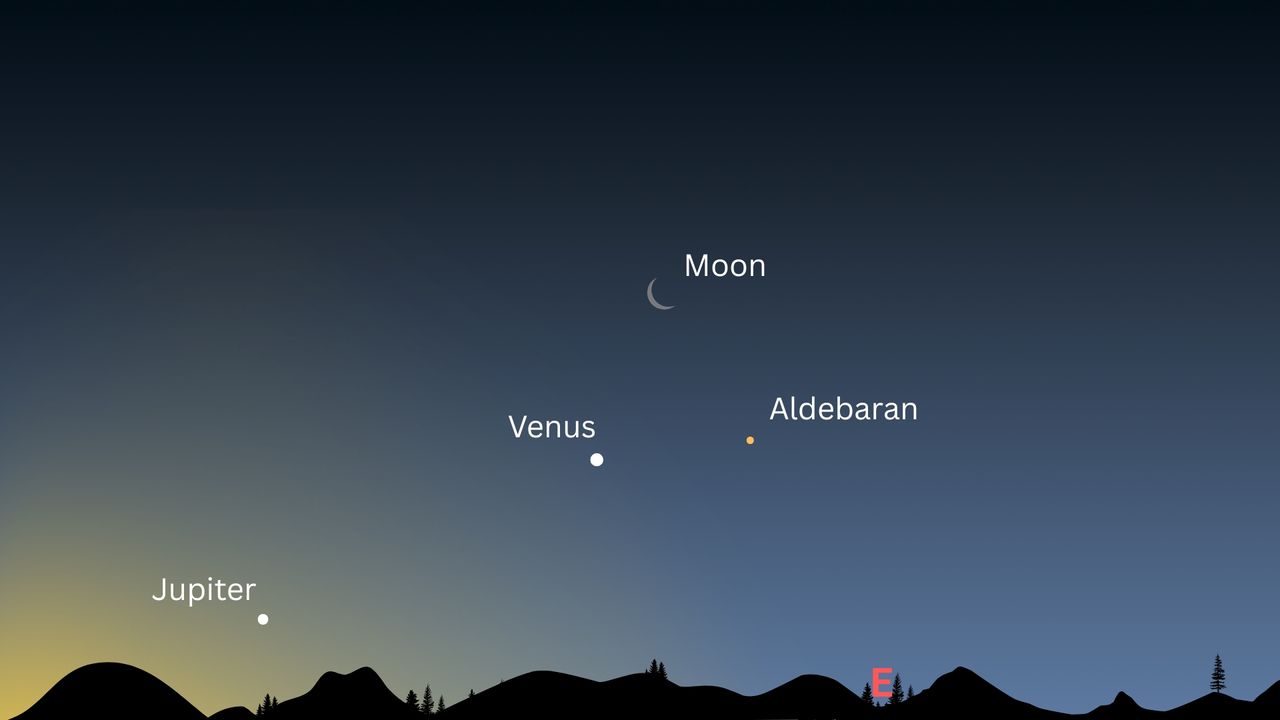



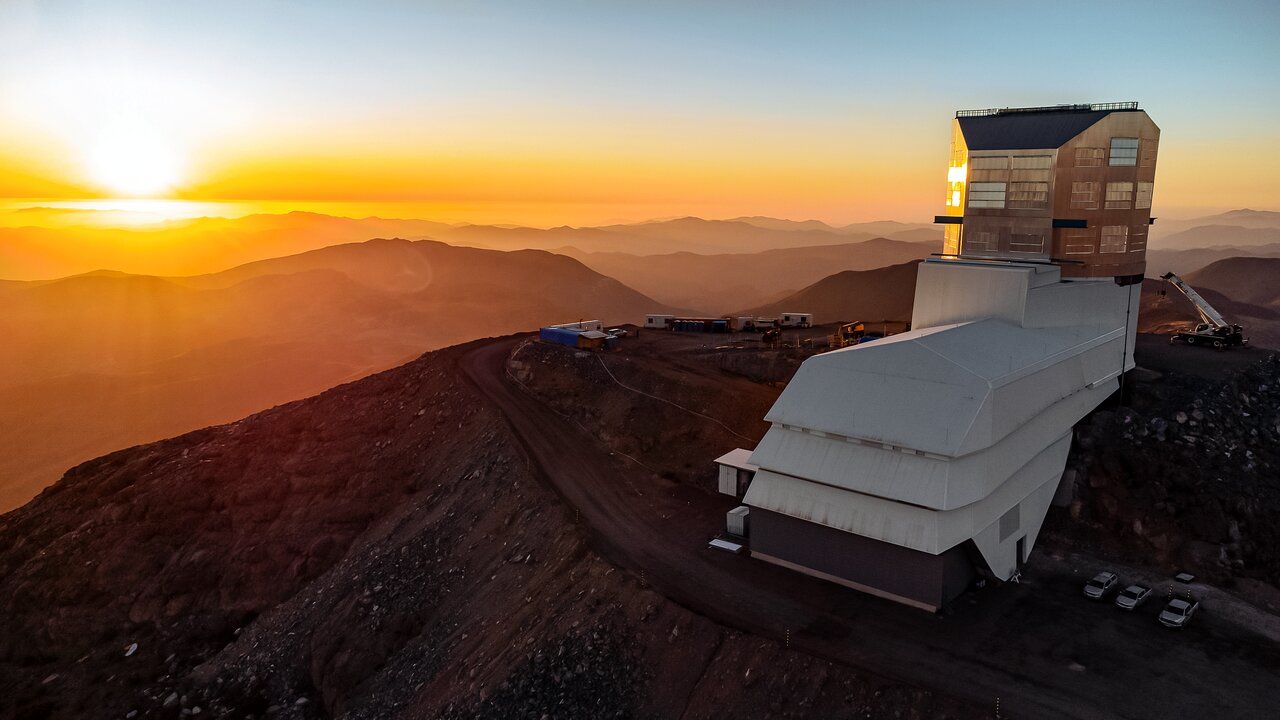



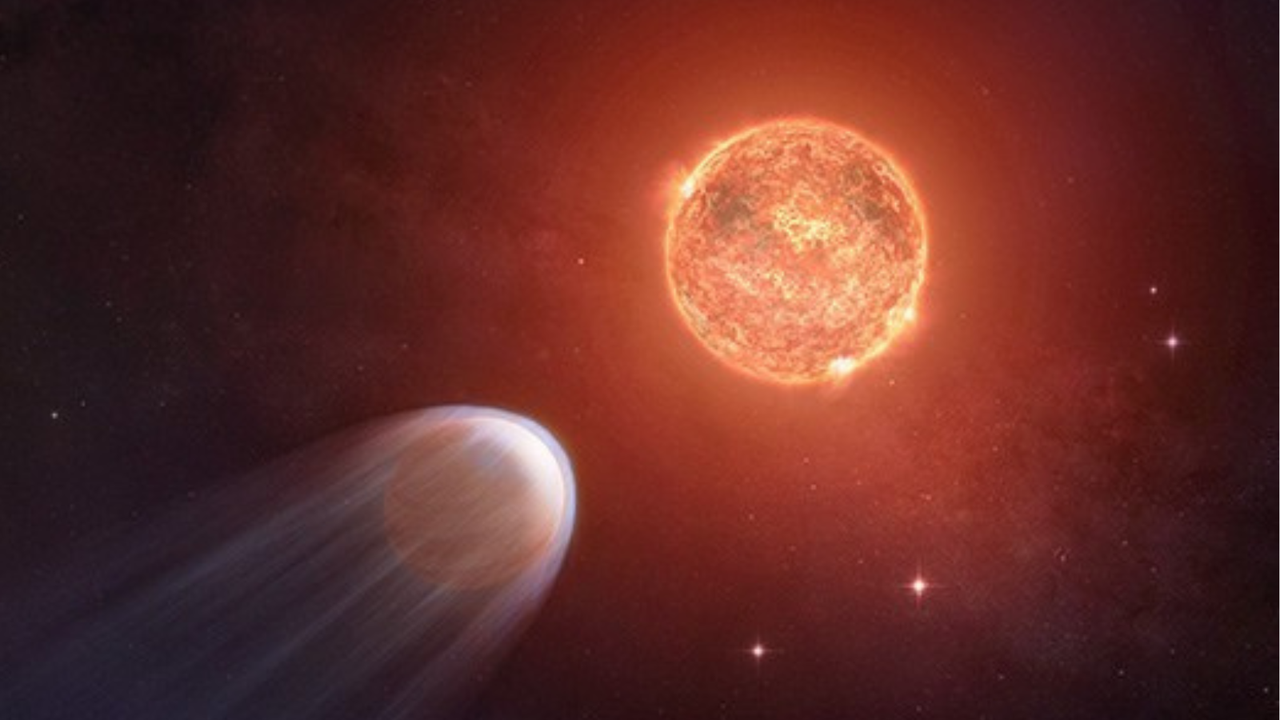

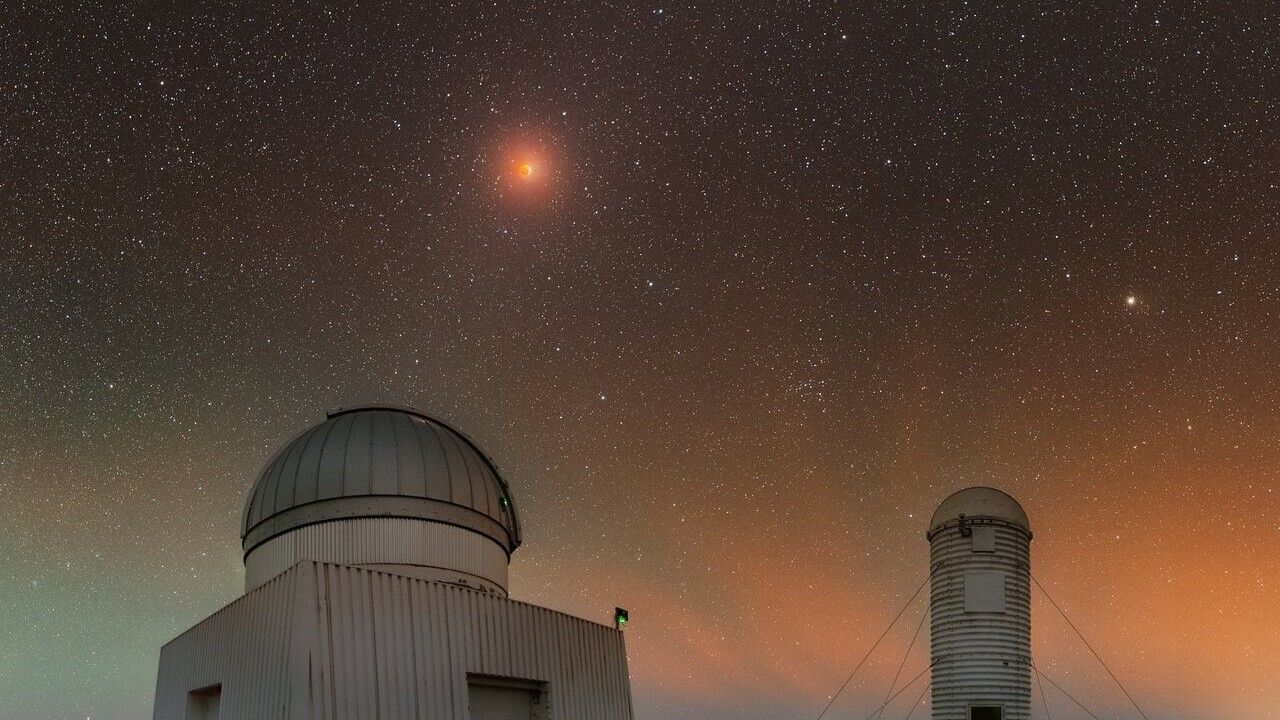

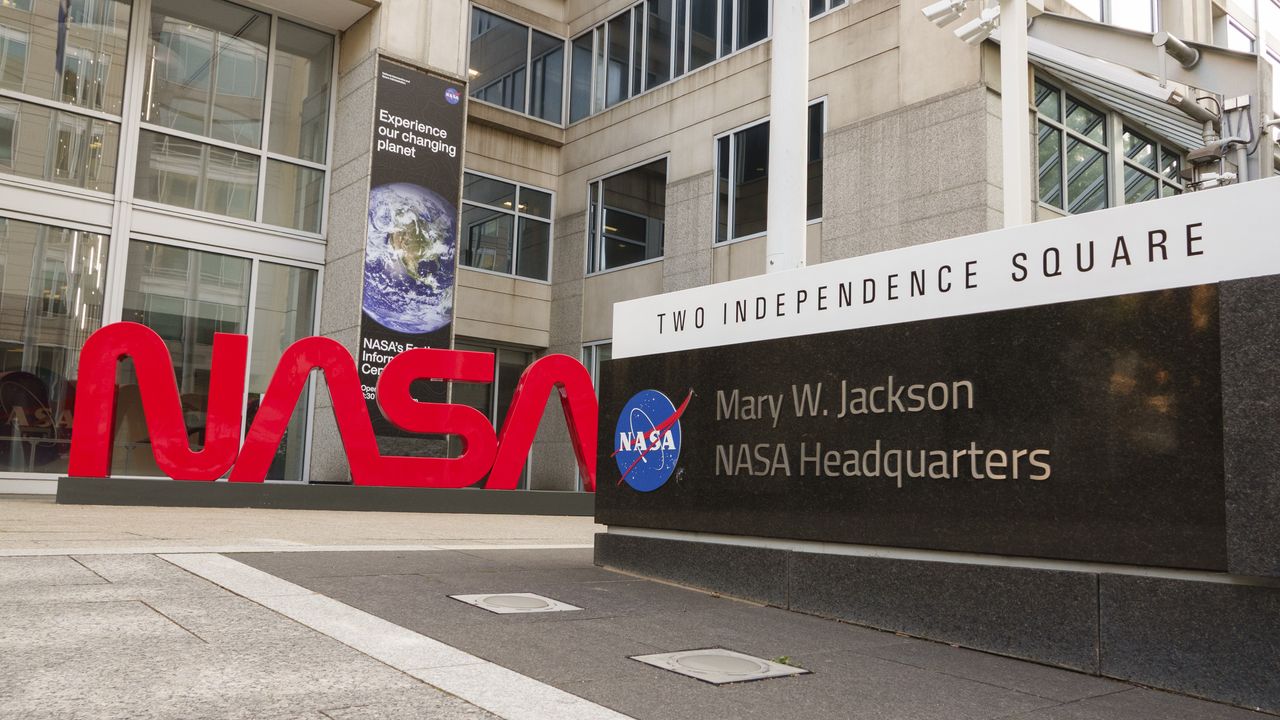





You’ve set your telescope up and are showing people some of the wonders in the sky. Of course, they’re going to ask you questions. Here are some you might be asked. How many do you know the answers to? Question 1: Approximately how old is the universe? Question 2: Which planet in our solar system has theContinue reading "Michael’s Miscellany: 25 Questions About Astronomy"
The post Michael’s Miscellany: 25 Questions About Astronomy appeared first on Astronomy Magazine.
Born on July 18, 1921, John Glenn grew up in Ohio and joined the Marine Corps in 1943. He flew 59 combat missions in World War II and 63 in the Korean War before being selected by NASA for the Mercury program. In 1962, he spent five hours orbiting the Earth in the Friendship 7Continue reading "July 18, 1915: The birth of John Glenn"
The post July 18, 1915: The birth of John Glenn appeared first on Astronomy Magazine.
Titan’s shadow transits the cloud tops of Saturn this morning, beginning around 2:50 A.M. EDT. At that time, Saturn (in the constellation Pisces) should be above the horizon for most of the U.S., with the Last Quarter Moon a good distance away, straddling the border of Pisces and Aries. Saturn, at magnitude 0.9, is theContinue reading "The Sky Today on Friday, July 18: Titan’s shadow transits"
The post The Sky Today on Friday, July 18: Titan’s shadow transits appeared first on Astronomy Magazine.
Sky This Week is brought to you in part by Celestron. Friday, July 18Mars remains close to Sigma (σ) Leonis, Leo the Lion’s back foot, in the evening sky for several days. Shining at magnitude 1.5, the Red Planet is just over 1° southwest of the 4th-magnitude star tonight. An hour after sunset, Mars isContinue reading "The Sky This Week from July 18 to 25: Have you seen our interstellar visitor?"
The post The Sky This Week from July 18 to 25: Have you seen our interstellar visitor? appeared first on Astronomy Magazine.




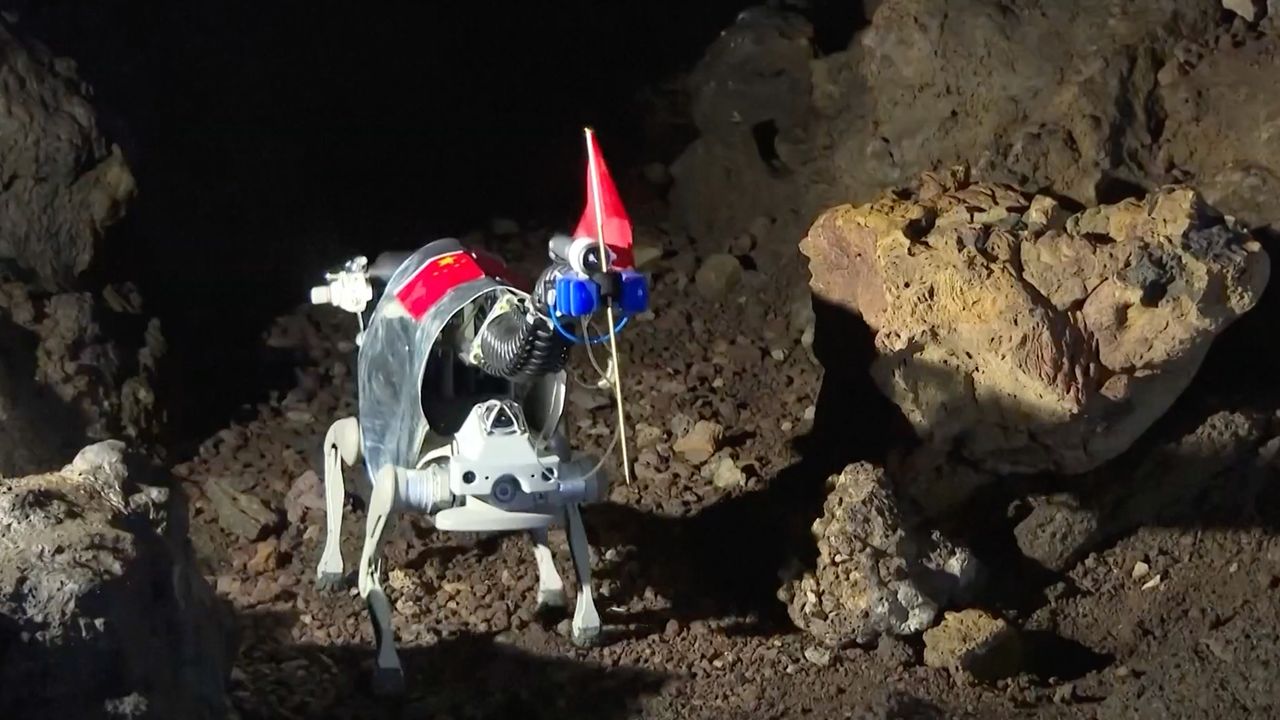

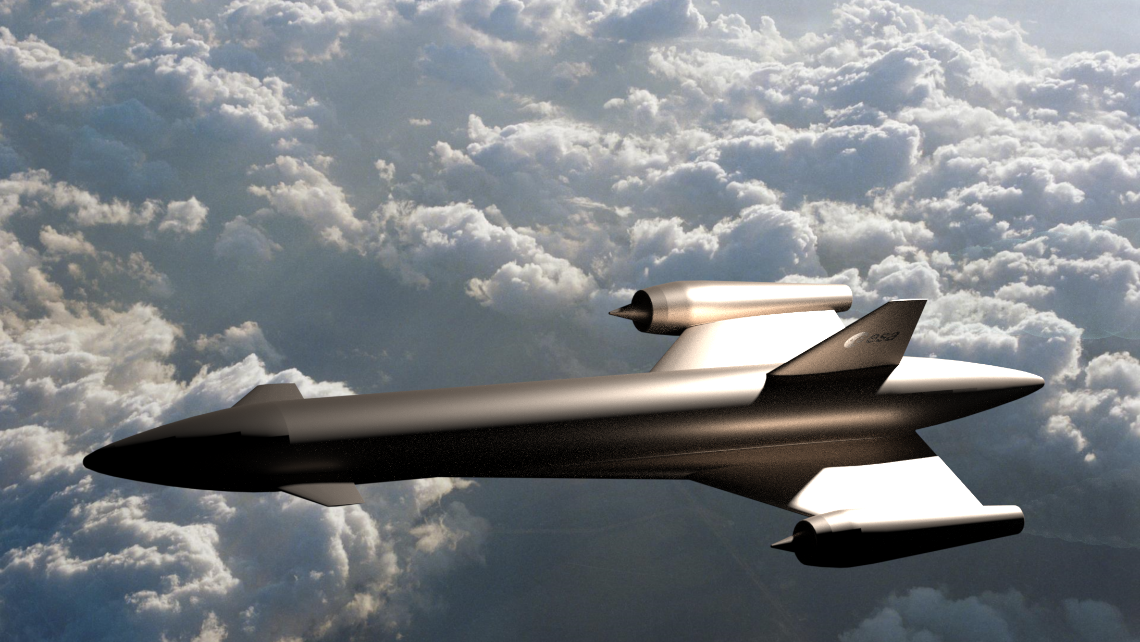

The sky is filled with interesting and unusual planetary nebulae, which give us a forward look at the end state of our own star and solar system. Some of the faintest and most unusual planetaries were discovered long after the NGC and IC catalogs, and so bear strange designations. Such is the case with aContinue reading "Deep-Sky Dreams: Jones-Emberson 1 "
The post Deep-Sky Dreams: Jones-Emberson 1 appeared first on Astronomy Magazine.
In 2021, the United Nations General Assembly declared July 20 International Moon Day, a celebration of our nearest celestial neighbor on the anniversary of the day Apollo 11 landed on the Moon in 1969. The Starmus Festival, founded by astronomer Garik Israelian and astronomer and musician Brian May, is involved with many astronauts and hasContinue reading "Celebrate International Moon Day with Starmus"
The post Celebrate International Moon Day with Starmus appeared first on Astronomy Magazine.
Astronomers are continuing to gather data on 3I/ATLAS, the third confirmed interstellar object (ISO) to pass through our solar system — and possibly the most intriguing yet. Since its discovery on July 1, 2025, new analyses have revealed clues about its origins, composition, age, and potential for future observation. Here’s what the latest research tellsContinue reading "What we know so far about 3I/ATLAS, the interstellar visitor"
The post What we know so far about 3I/ATLAS, the interstellar visitor appeared first on Astronomy Magazine.


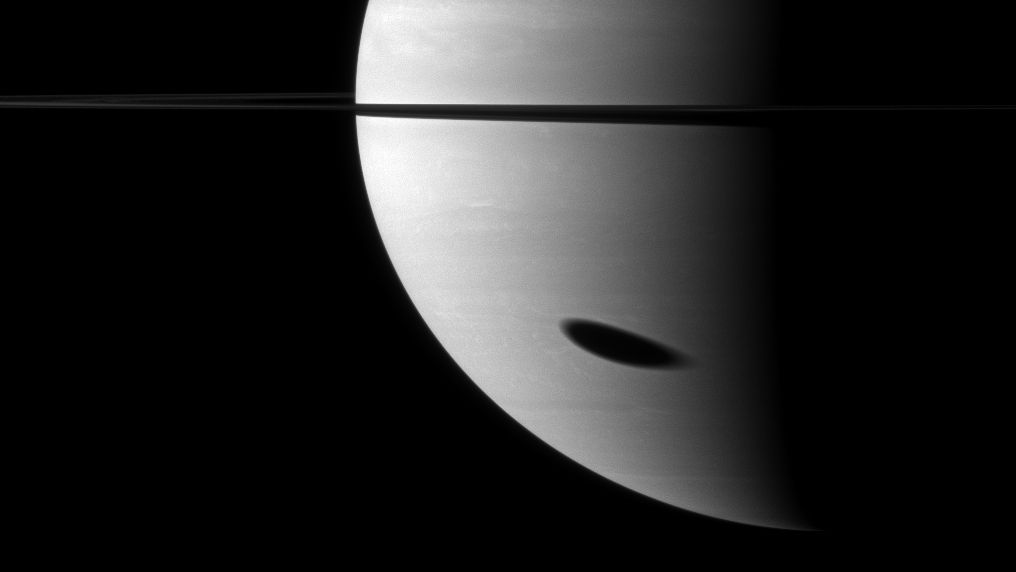

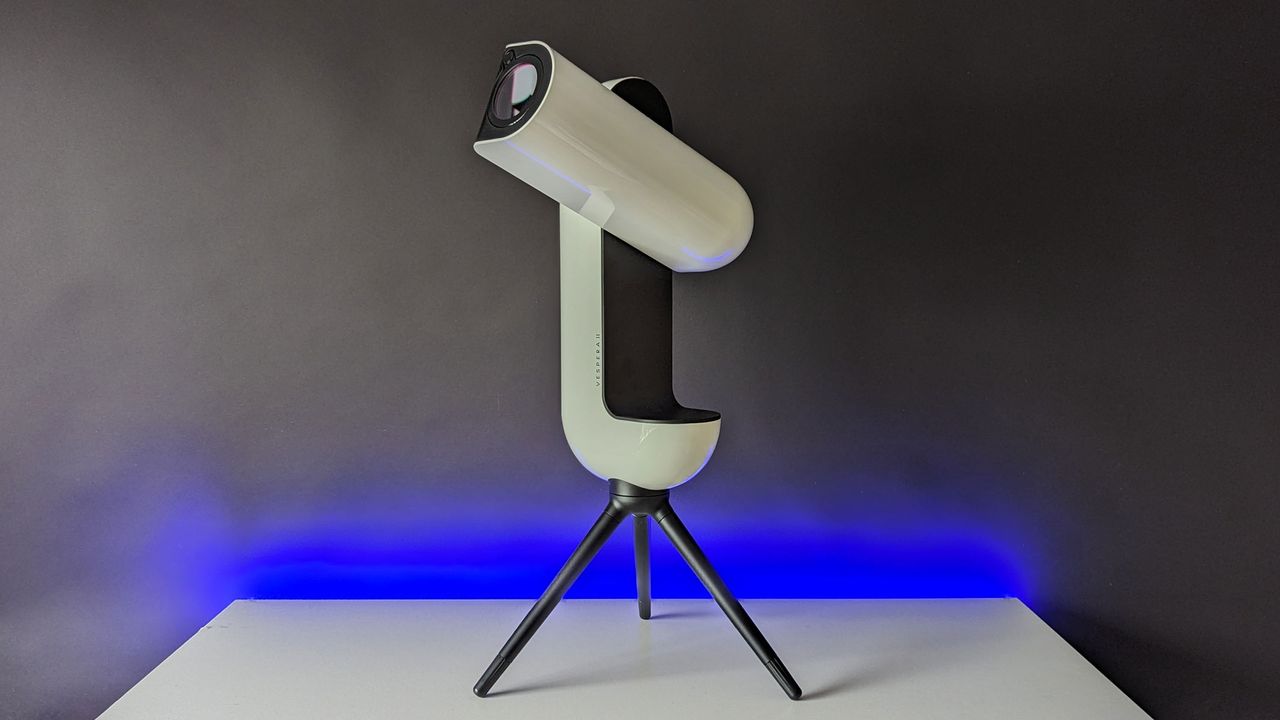

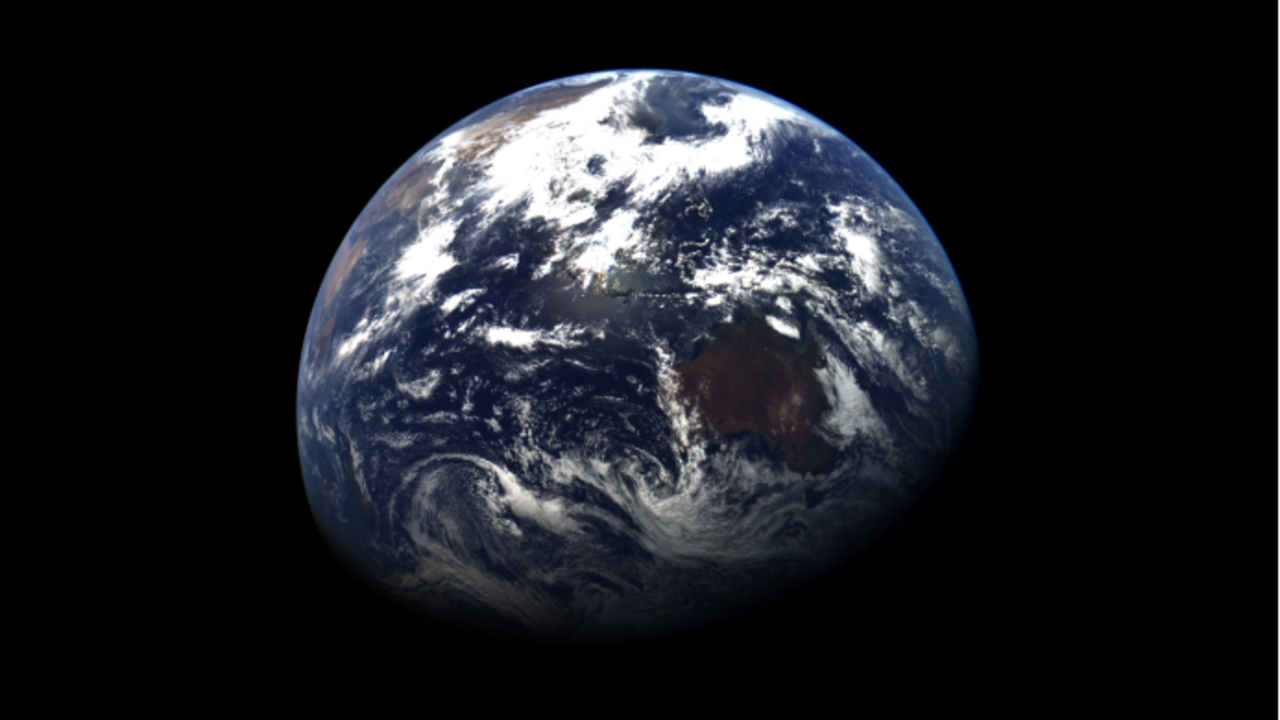



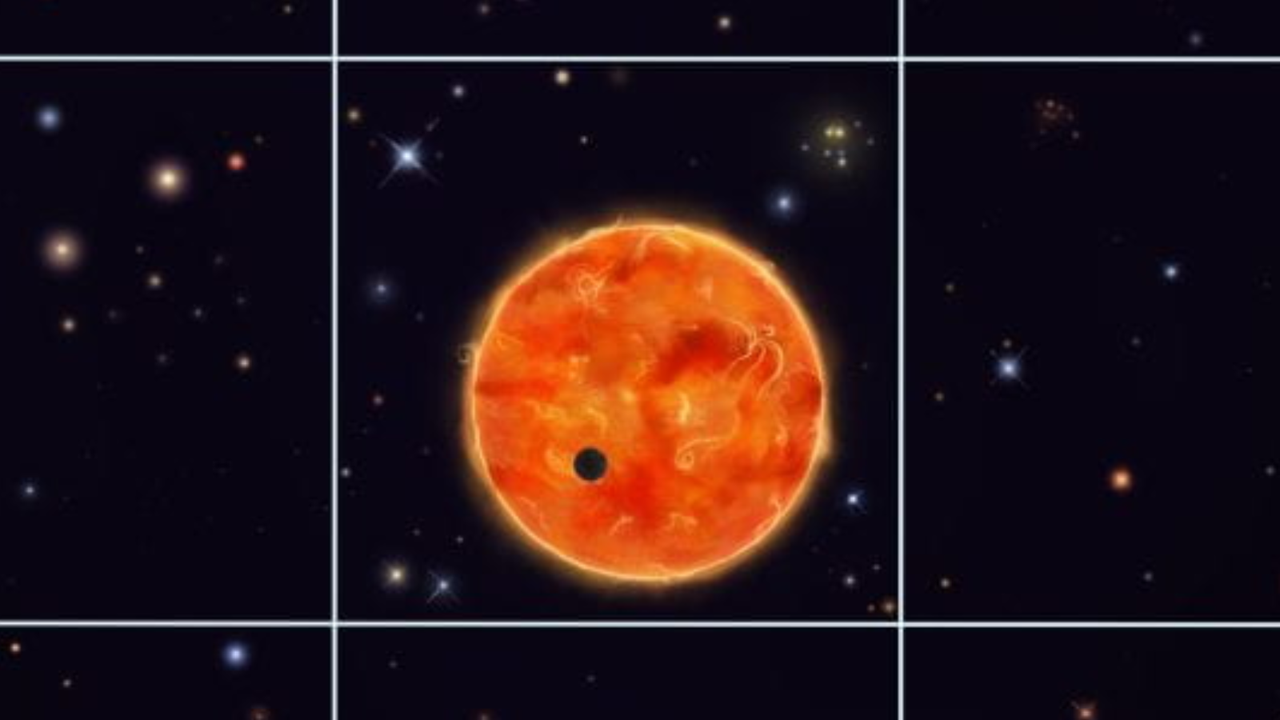

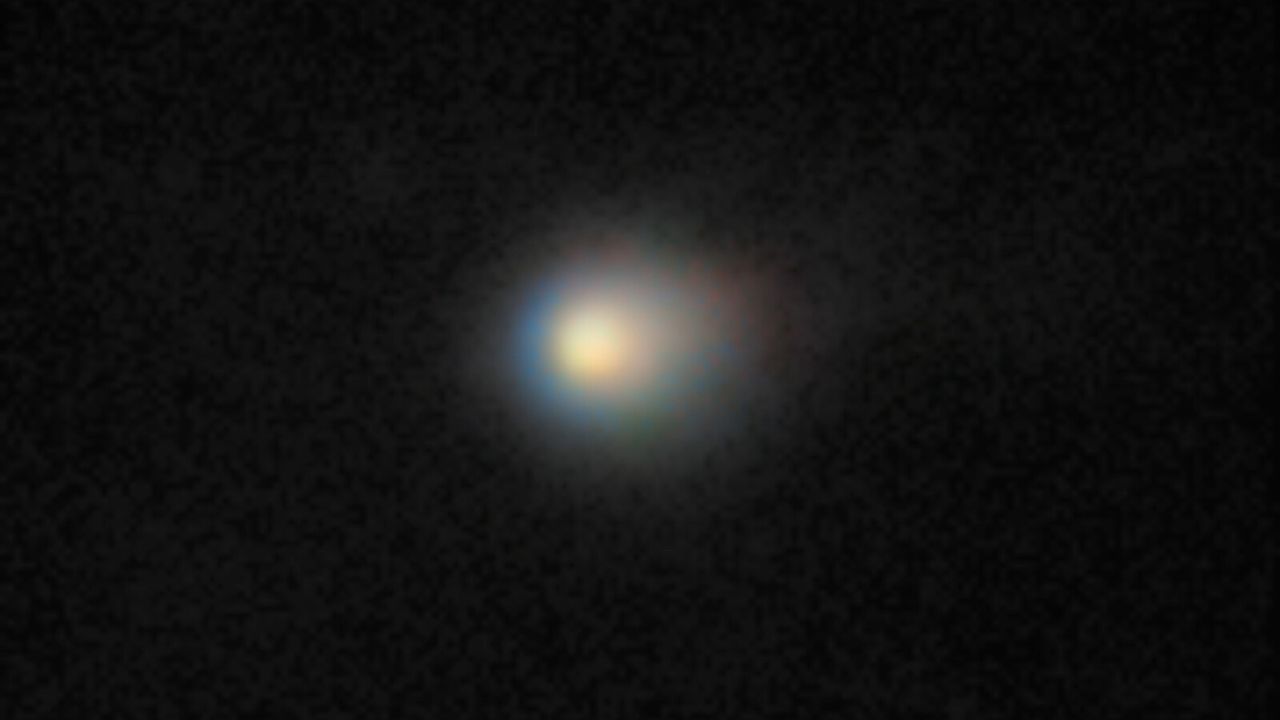



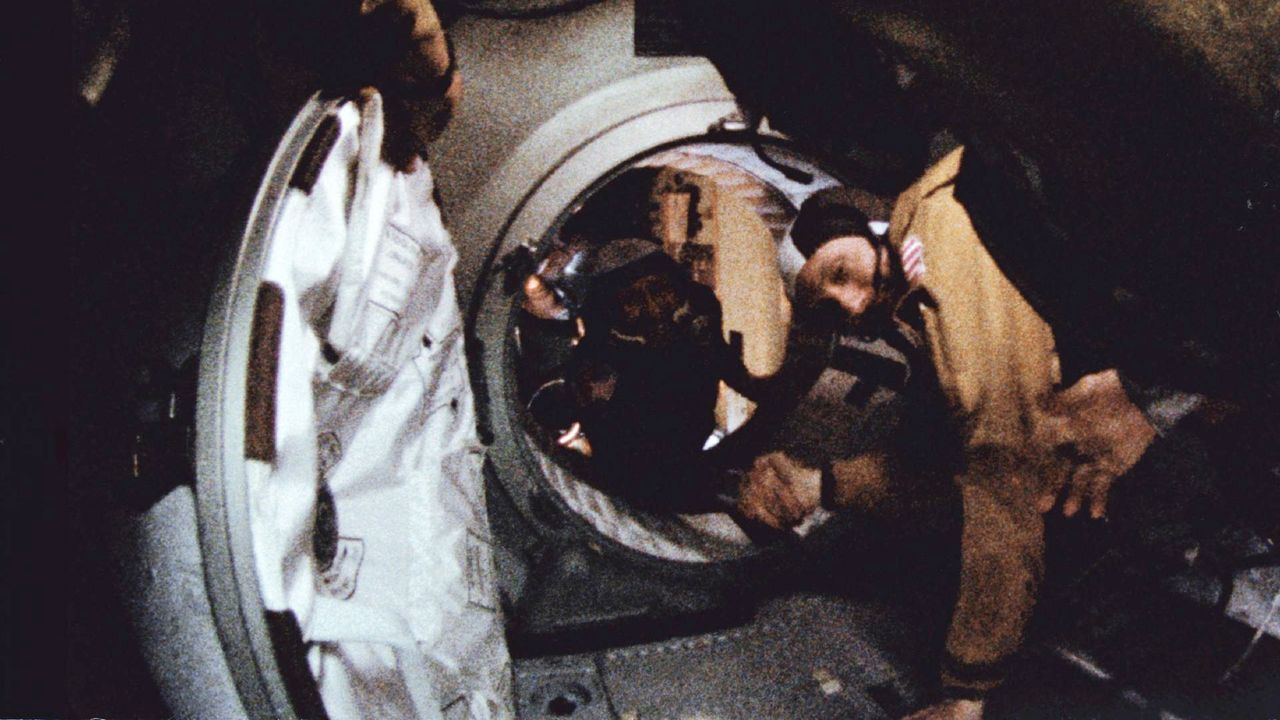





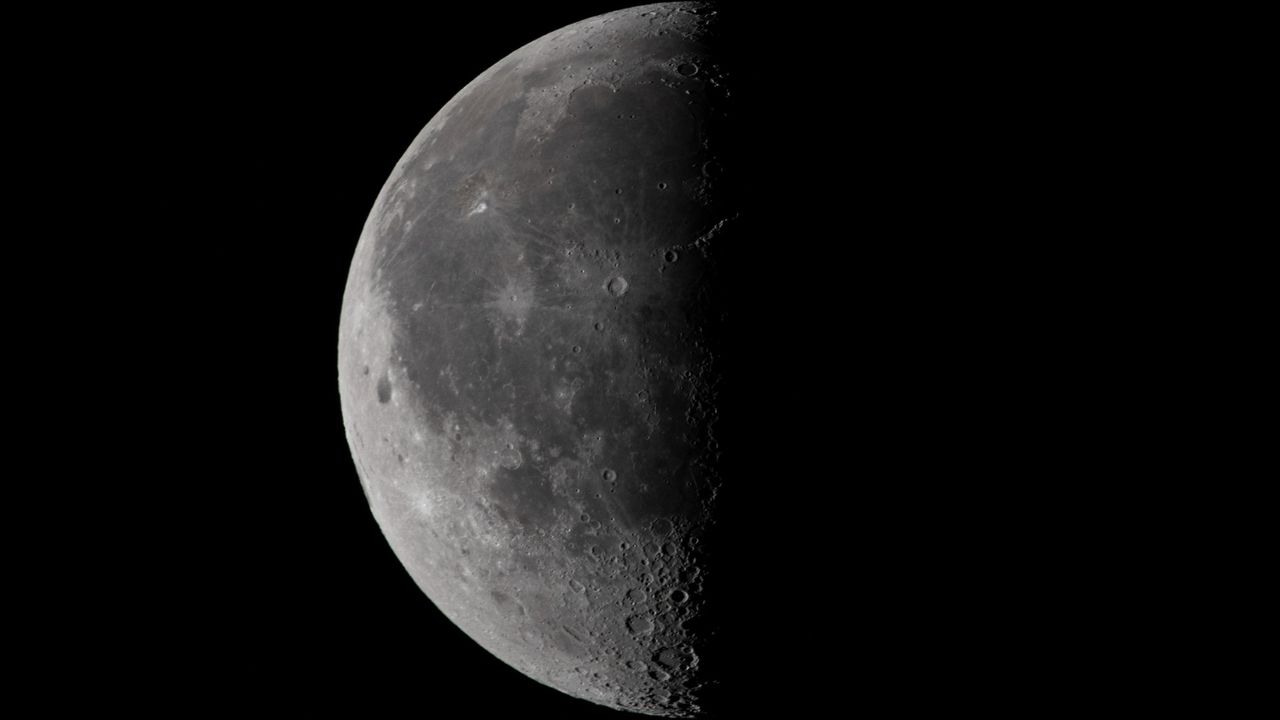



The Apollo-Soyuz mission, which occurred 50 years ago this month, was the culmination of a series of fitful attempts at possible international cooperation on human spaceflight. But before one astronaut and one cosmonaut met in an airlock in orbit over the Earth, there were wiretaps and hot dogs, language lessons and vodka toasts. And thoughContinue reading "50 years since the ‘Handshake in Space’: The legacy of Apollo-Soyuz"
The post 50 years since the ‘Handshake in Space’: The legacy of Apollo-Soyuz appeared first on Astronomy Magazine.
After years of planning, training, and international negotiation, the Apollo-Soyuz Test Project mission culminated in 1975 when spacecraft from the U.S. and the Soviet Union docked in space. On July 17, the Apollo and Soyuz capsules locked together, utilizing an “androgynous” system of petal-shaped plates, and their commanders, Thomas Stafford and Aleksey Leonov, shook hands.Continue reading "July 17, 1975: The Apollo-Soyuz Test Project link-up"
The post July 17, 1975: The Apollo-Soyuz Test Project link-up appeared first on Astronomy Magazine.
Gerardo N. Rigiroli from Buenos Aires, Argentina The nebula NGC 3503 in Carina is a stellar nursery that glows brightly at the center of this image, surrounded by ghostly tendrils of gas and dust. At bottom left is the open cluster NGC 3532. The image comprises just over 17 hours of SHORGB data taken withContinue reading "Starbirth in the Keel"
The post Starbirth in the Keel appeared first on Astronomy Magazine.
Mercury stands stationary at 3 A.M. EDT amid the stars of Cancer. The solar system’s smallest planet will now start sliding westward, or retrograde, appearing to “fall” back toward the Sun as it moves through its tight, 88-day orbit. You can catch Mercury in the evening sky, but only if you’re quick — it’s justContinue reading "The Sky Today on Thursday, July 17: Mercury stands still"
The post The Sky Today on Thursday, July 17: Mercury stands still appeared first on Astronomy Magazine.
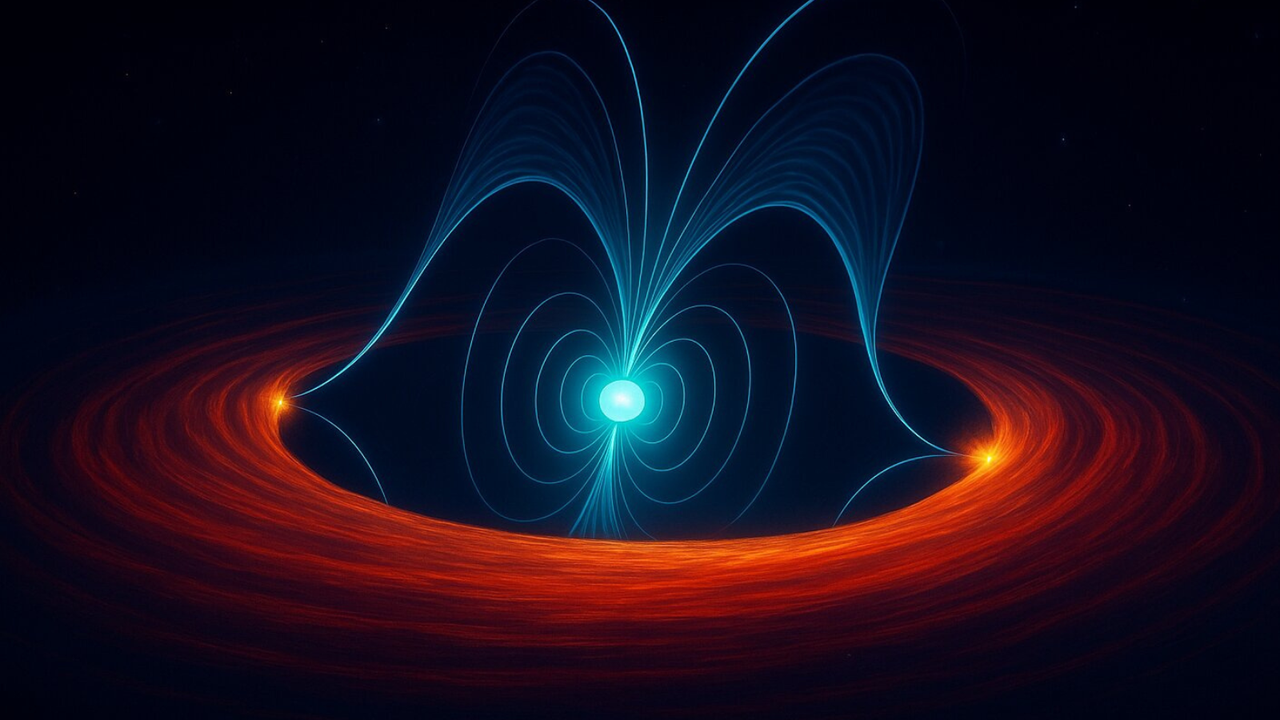



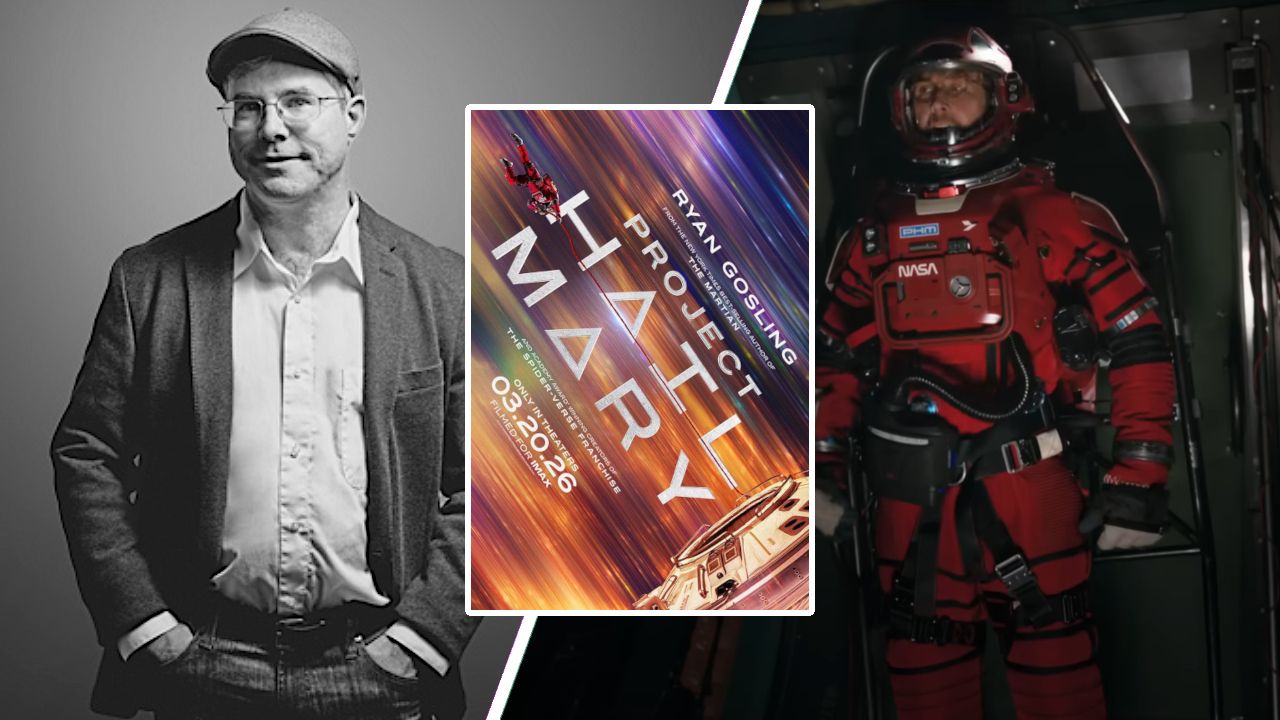



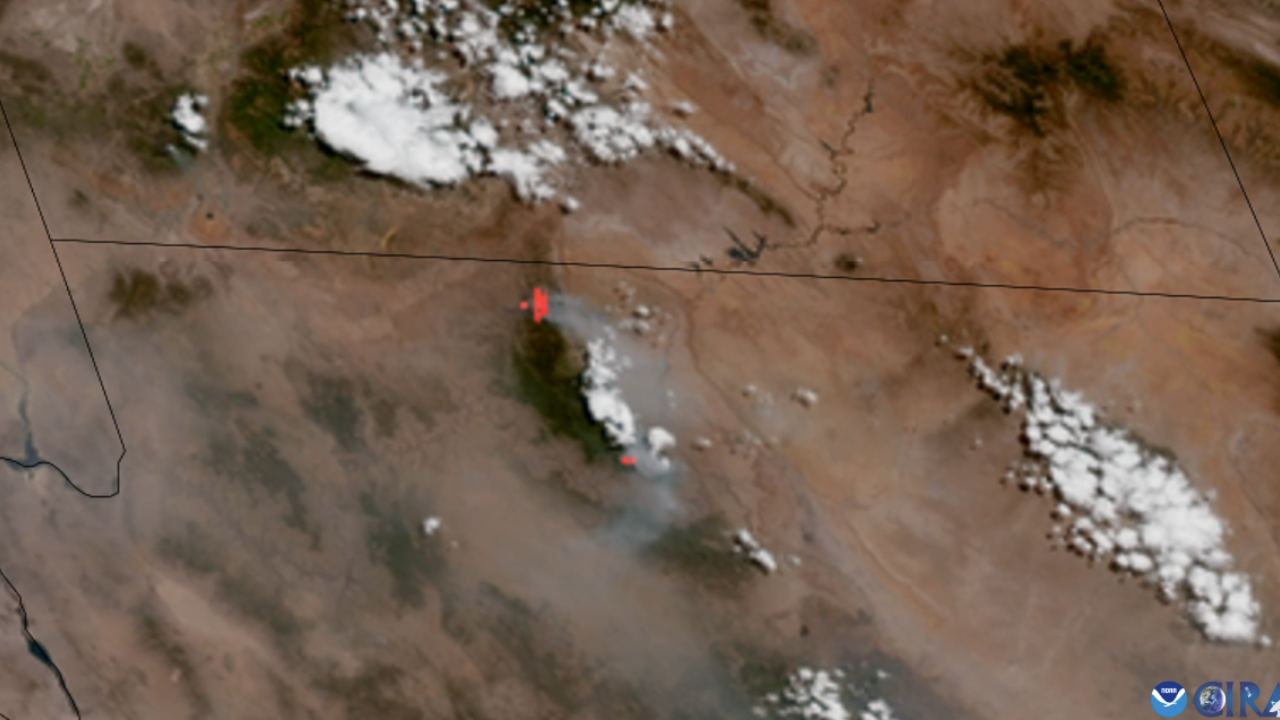

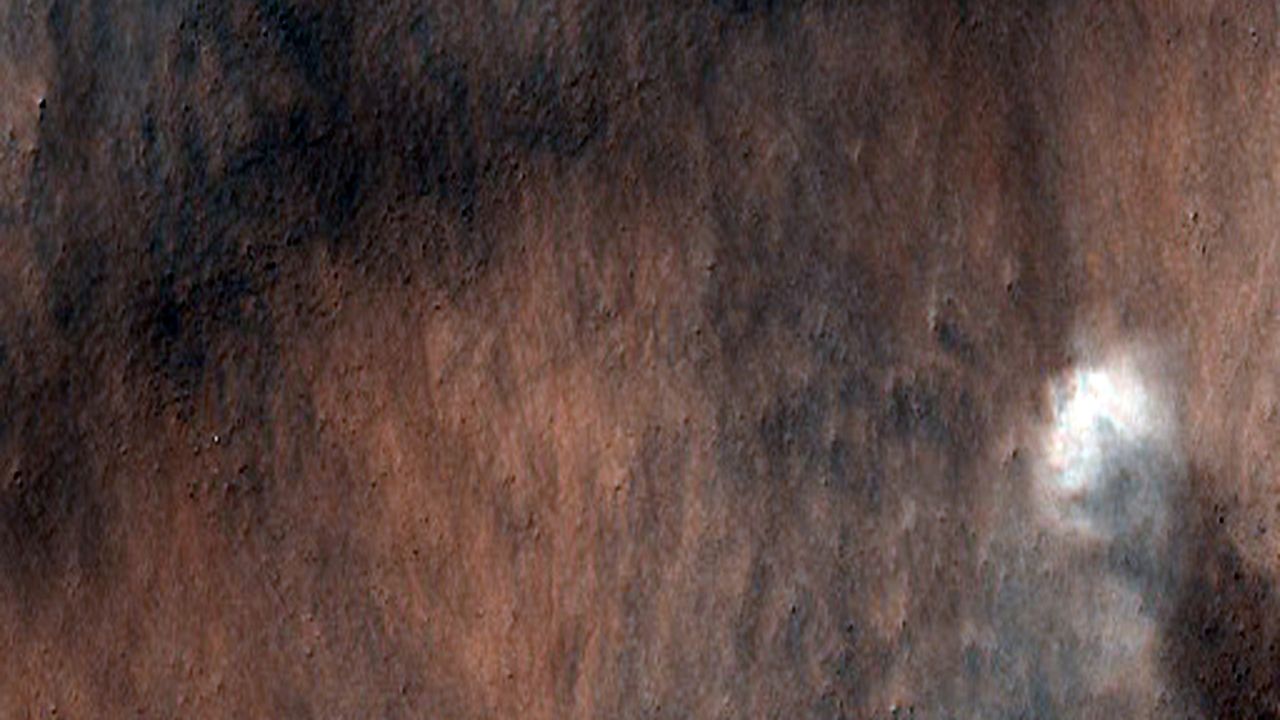

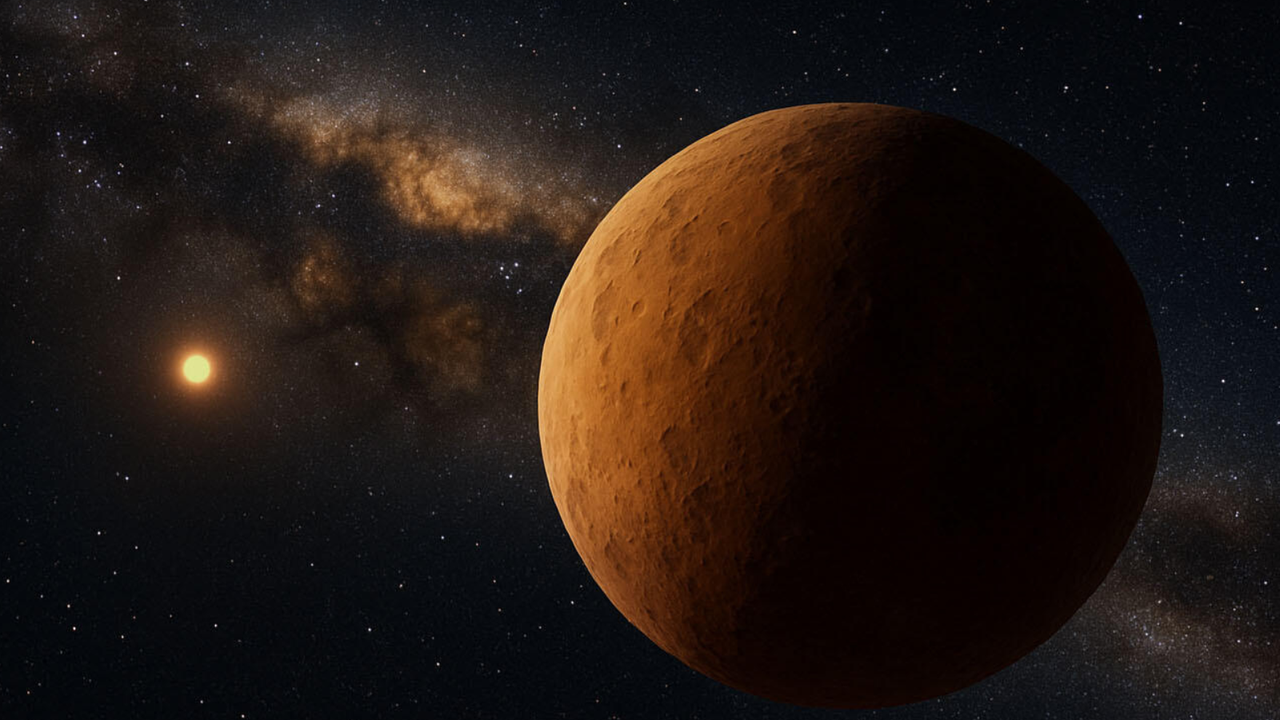

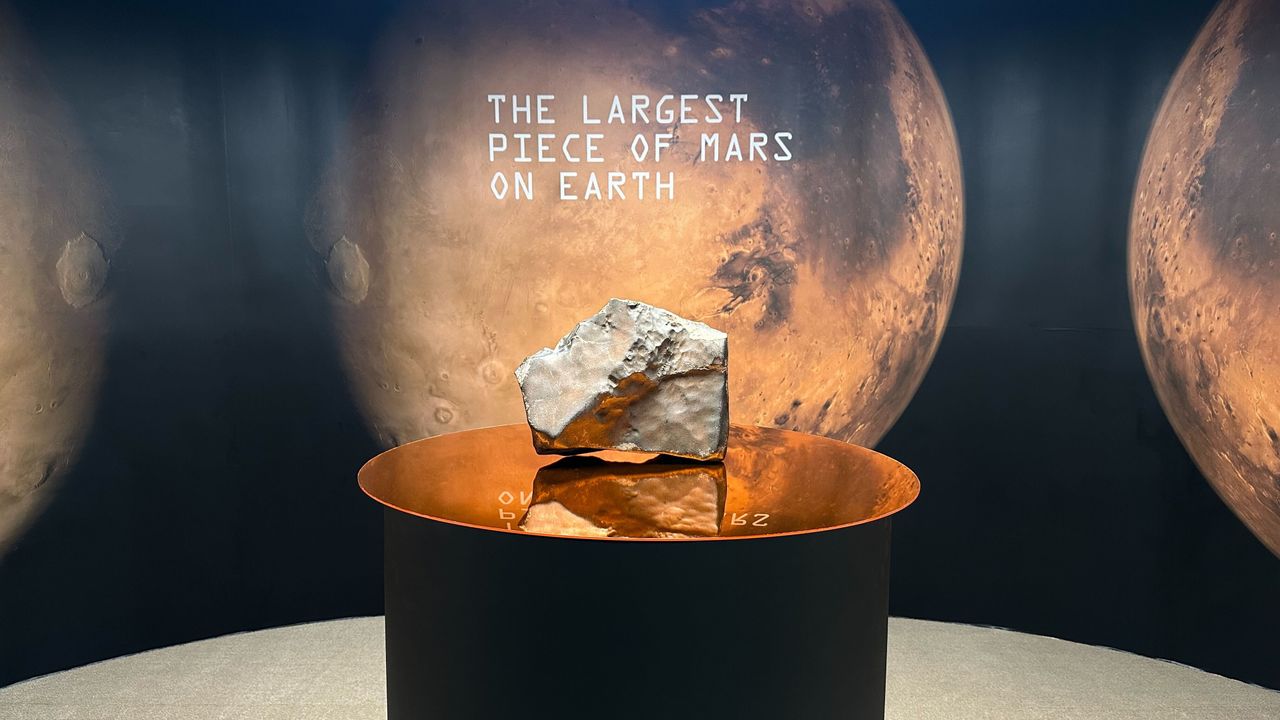

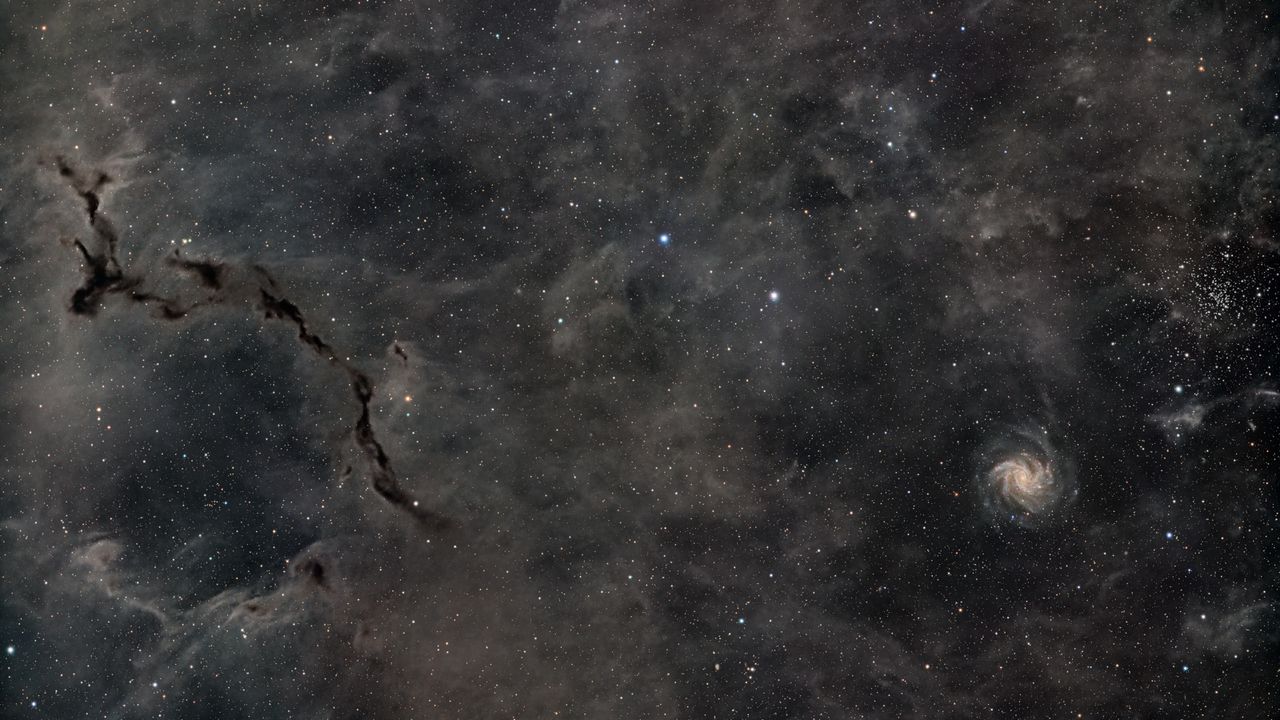



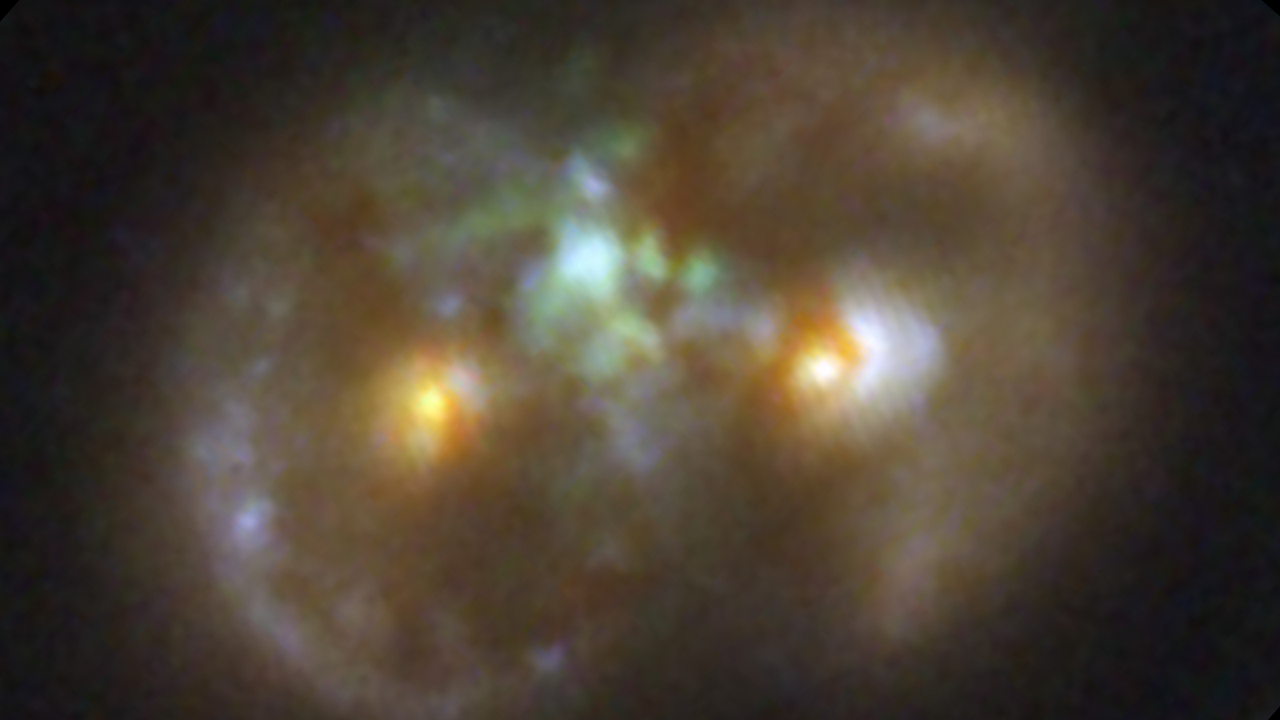

On November 23, 2023, a groundbreaking astronomical event unfolded as scientists from the LIGO-Virgo-KAGRA Collaboration detected the most massive black hole merger ever observed. The finding was detailed in a July 13, 2025, press release shared by the University of Birmingham. This cosmic collision occurred when two colossal black holes, approximately 100 and 140 timesContinue reading "Astronomers detect the most massive black hole merger ever"
The post Astronomers detect the most massive black hole merger ever appeared first on Astronomy Magazine.
A newborn planetary system is forming around HOPS-315, a protostar (one that recently formed) that sits some 1,300 light-years away in the constellation Orion the Hunter. This star isn’t in the star-forming region known as the Orion Nebula, however. It lies in a region of space known as the L1630 molecular cloud. Astronomers often seeContinue reading "Astronomers see a new solar system forming for the first time"
The post Astronomers see a new solar system forming for the first time appeared first on Astronomy Magazine.
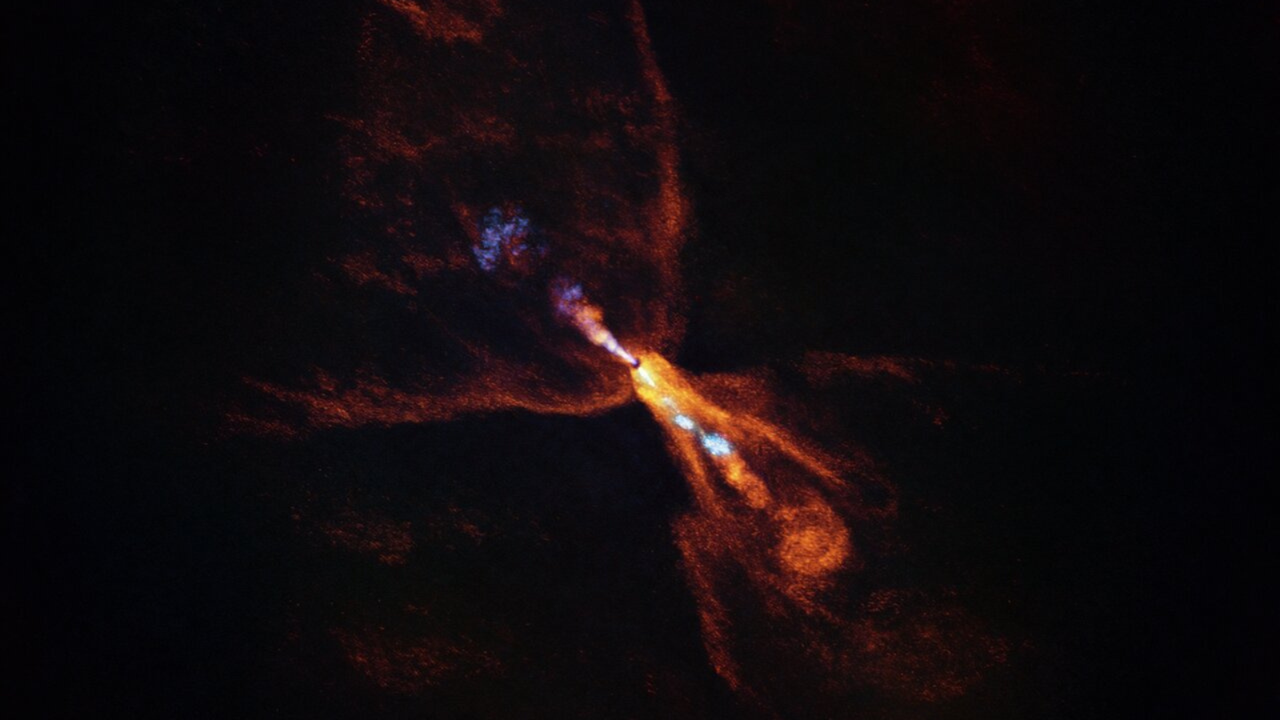

Planck’s constant is one of the most important numbers in all of physics. It is, essentially, the ultimate guide to the quantum world. It tells us where quantum effects are important, the fundamental energy carried by light and matter, and more. And it all started as an ugly hack. The black body In the lateContinue reading "What is Planck’s constant?"
The post What is Planck’s constant? appeared first on Astronomy Magazine.
The sky is full of interesting and unusual asterisms. If you look around hard enough, or are tired enough, you can convince yourself that you see patterns of stars that resemble practically anything. But certain asterisms, simply patterns of stars that are composed of members not physically associated with each other, stand out more thanContinue reading "Deep-Sky Dreams: The Broken Engagement Ring"
The post Deep-Sky Dreams: The Broken Engagement Ring appeared first on Astronomy Magazine.
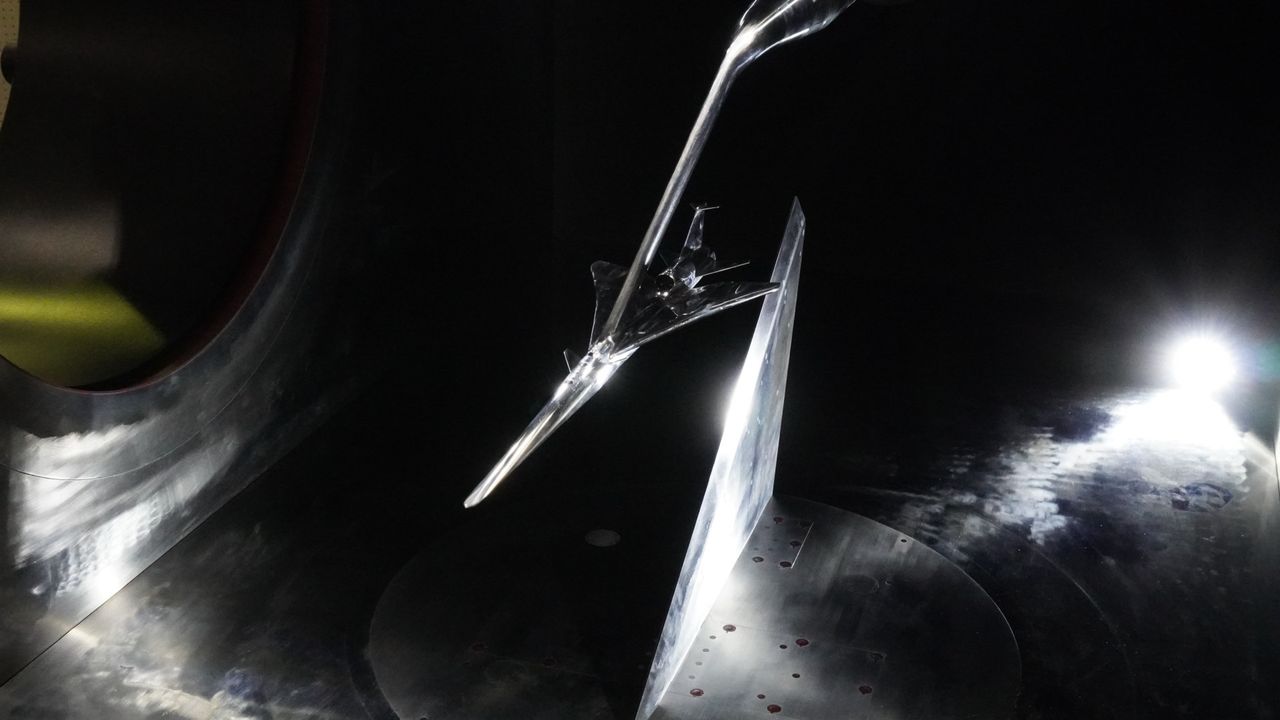

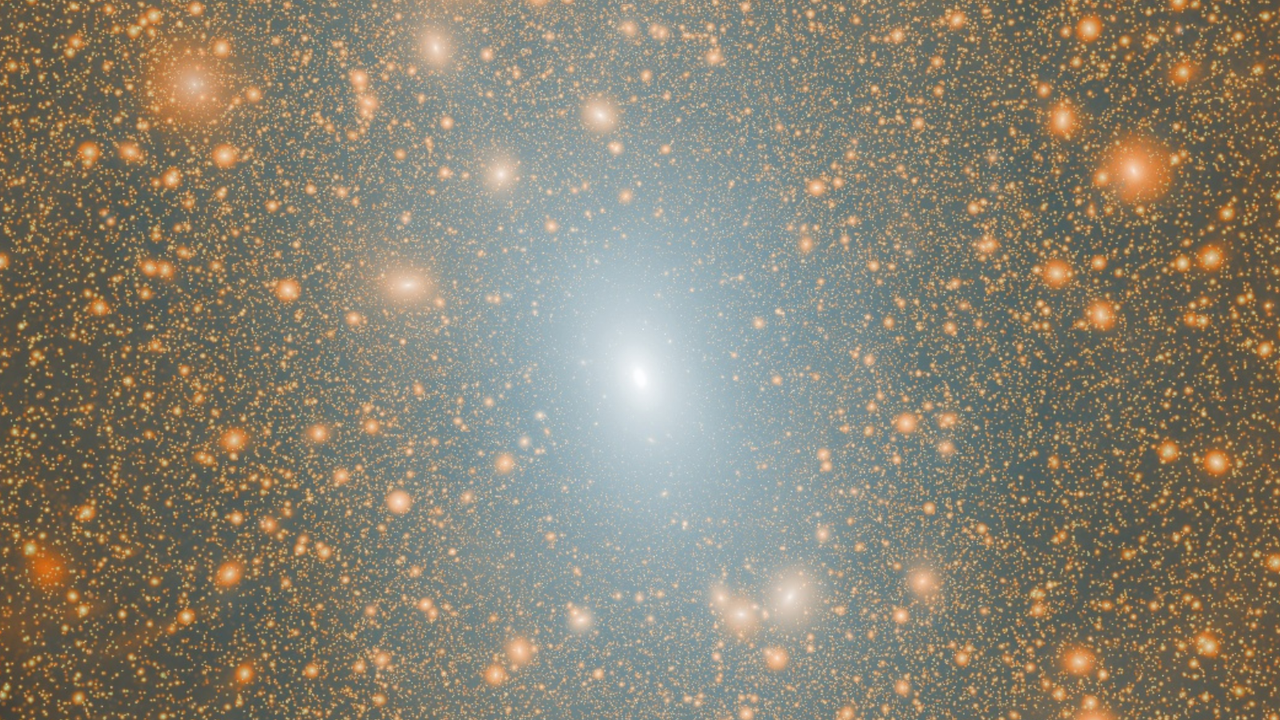

In 1839, the president of Harvard University invited William Bond to move into a house on campus and, by virtue of bringing along his own astronomical equipment, become the university’s first astronomer in residence. With public interest spurred by the 1835 passage of Halley’s Comet and the Comet of 1843, Harvard soon had enough moneyContinue reading "July 16, 1850: Bond and Whipple photograph Vega"
The post July 16, 1850: Bond and Whipple photograph Vega appeared first on Astronomy Magazine.
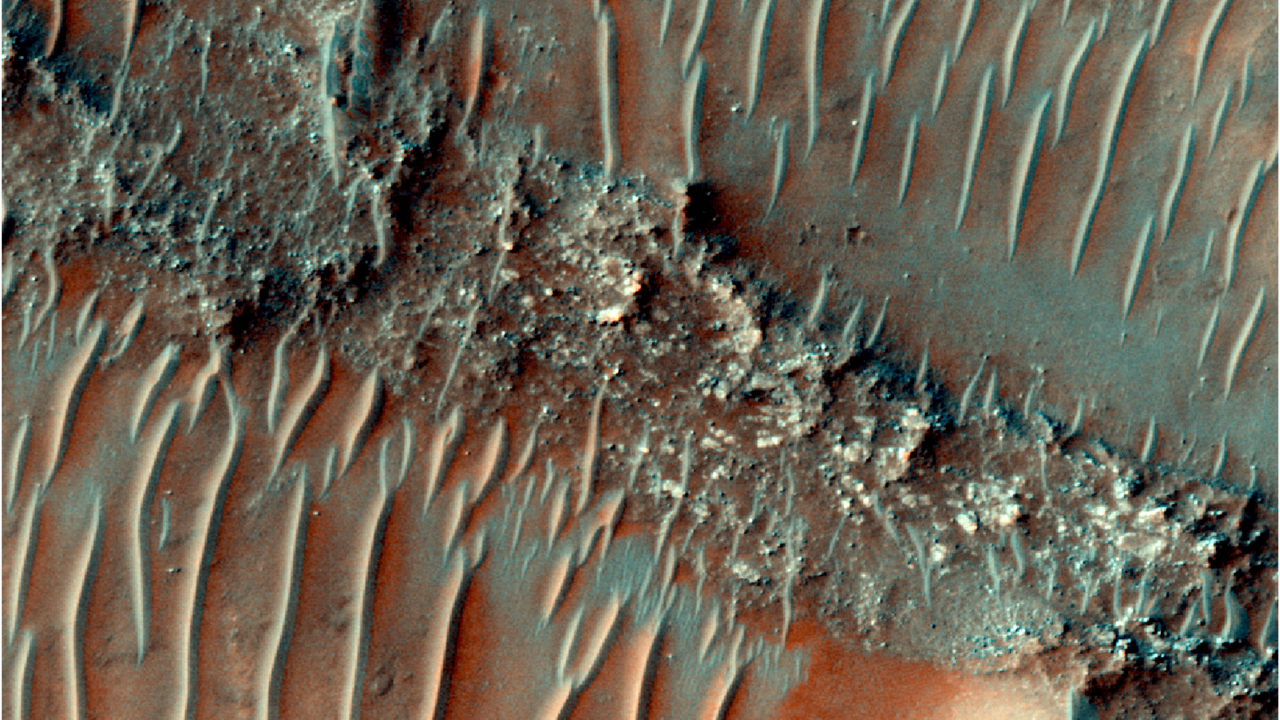

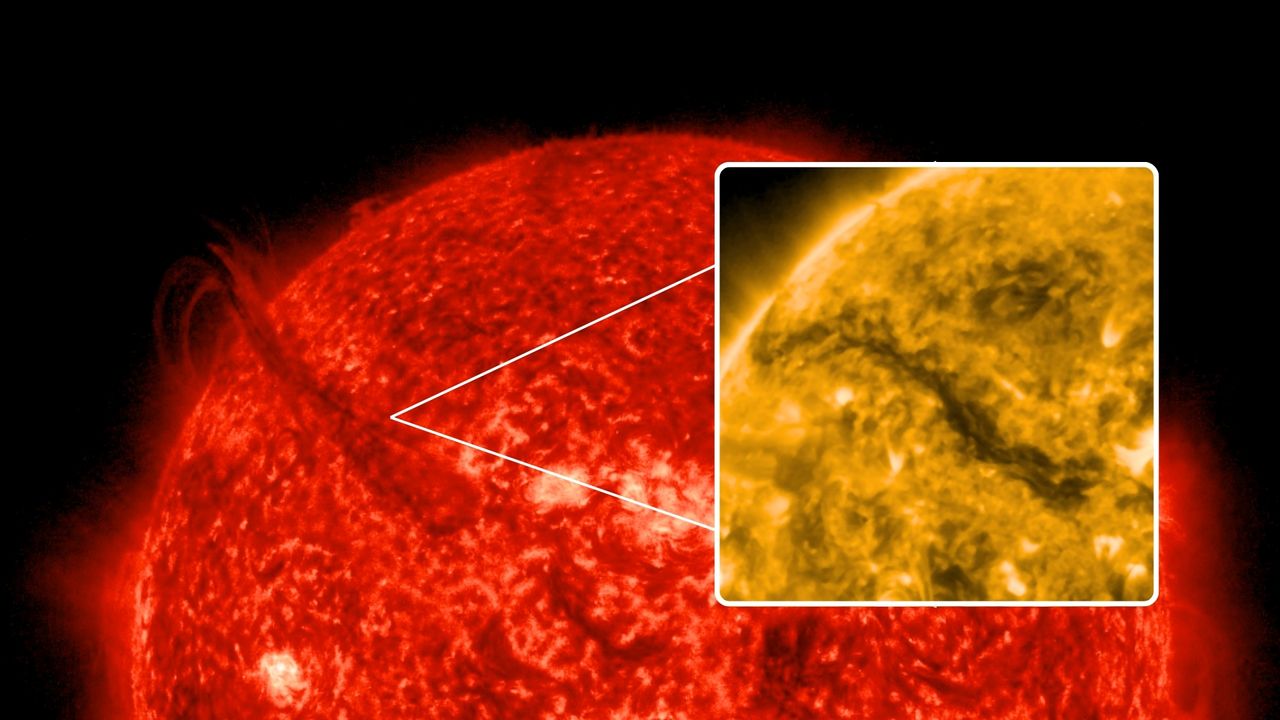

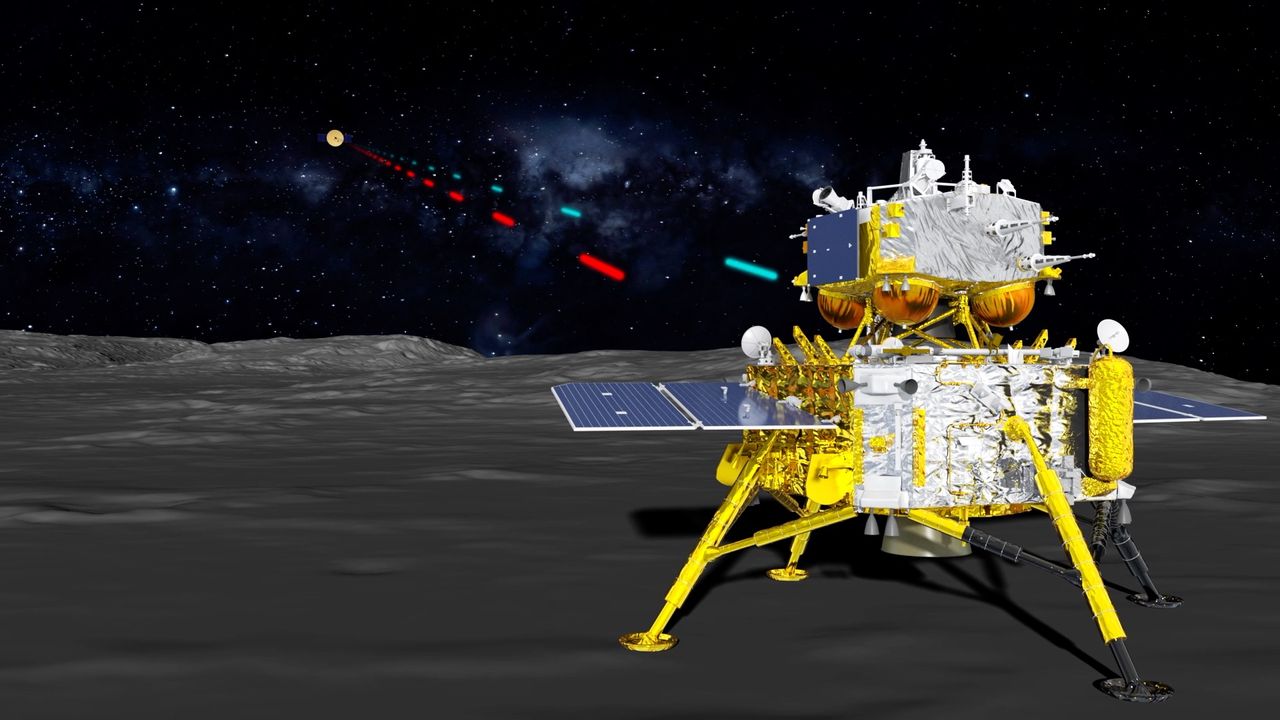

Chris Schur, taken from Payson, Arizona The interstellar object 3I/ATLAS — just the third to be discovered — is captured in this amateur shot (click and zoom in to see inset) next to the open cluster M23 (at right). The imager used a 10-inch f/3.9 scope to take 30 minutes of LRGB exposure.
The post Interstellar visitor appeared first on Astronomy Magazine.
Author(s): Ryan Wilkinson
A 2D version of a half-metal—a spin-selective electrical conductor—could aid spin-based electronics.
[Physics 18, s85] Published Wed Jul 16, 2025
Author(s): Rachel Berkowitz
A spacecraft observes a new oscillation mode in the low-density plasma.
[Physics 18, s87] Published Wed Jul 16, 2025
Author(s): Rachel Berkowitz
A drone-borne photon counter can provide a new view into environmental health.
[Physics 18, 133] Published Tue Jul 15, 2025
Author(s): David Ehrenstein
Failing to see any high-energy neutrinos allowed researchers to calculate an upper limit on the fraction of high-energy cosmic rays that are protons.
[Physics 18, s96] Published Tue Jul 15, 2025
The now-waning Moon is passing through Pisces in the early-morning sky. Our satellite slides 3° north of Neptune at 6 A.M. EDT, then passes 4° north of Saturn at 7 A.M. EDT. It’s a lovely view for early risers, who can catch the scene in the few hours before dawn. Two hours before sunrise, theContinue reading "The Sky Today on Wednesday, July 16: The Moon hangs with Neptune and Saturn"
The post The Sky Today on Wednesday, July 16: The Moon hangs with Neptune and Saturn appeared first on Astronomy Magazine.


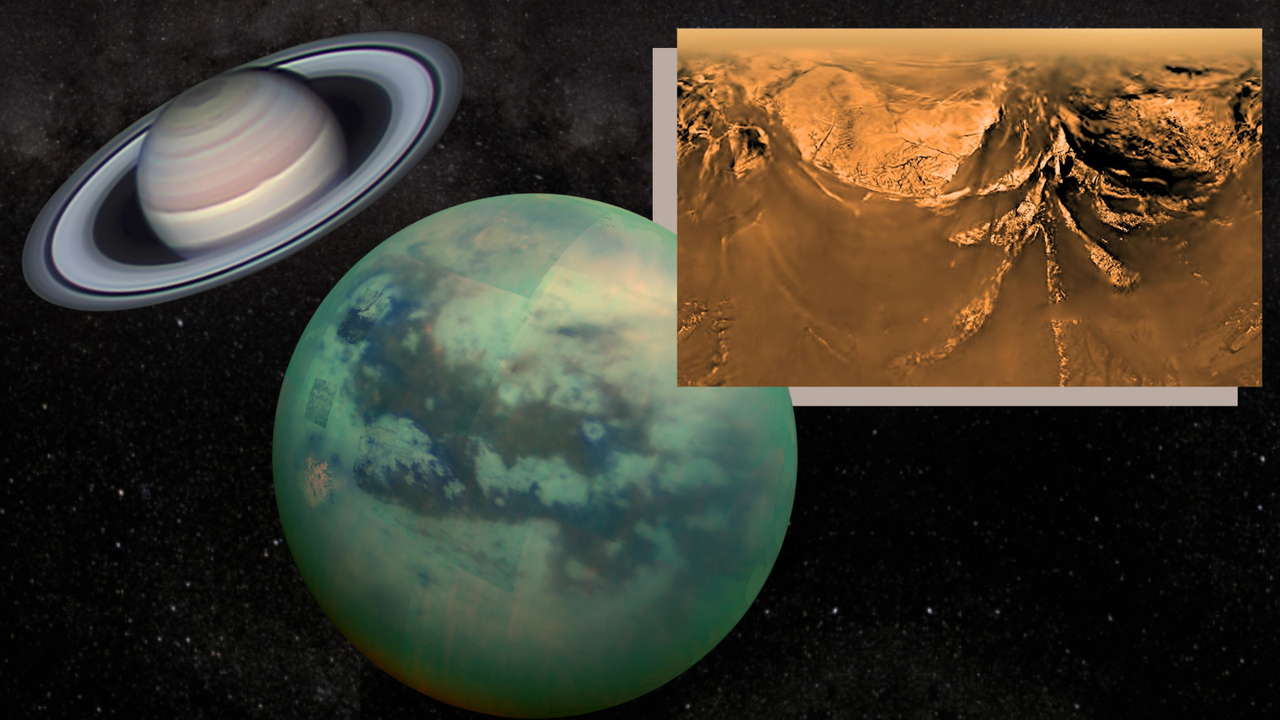











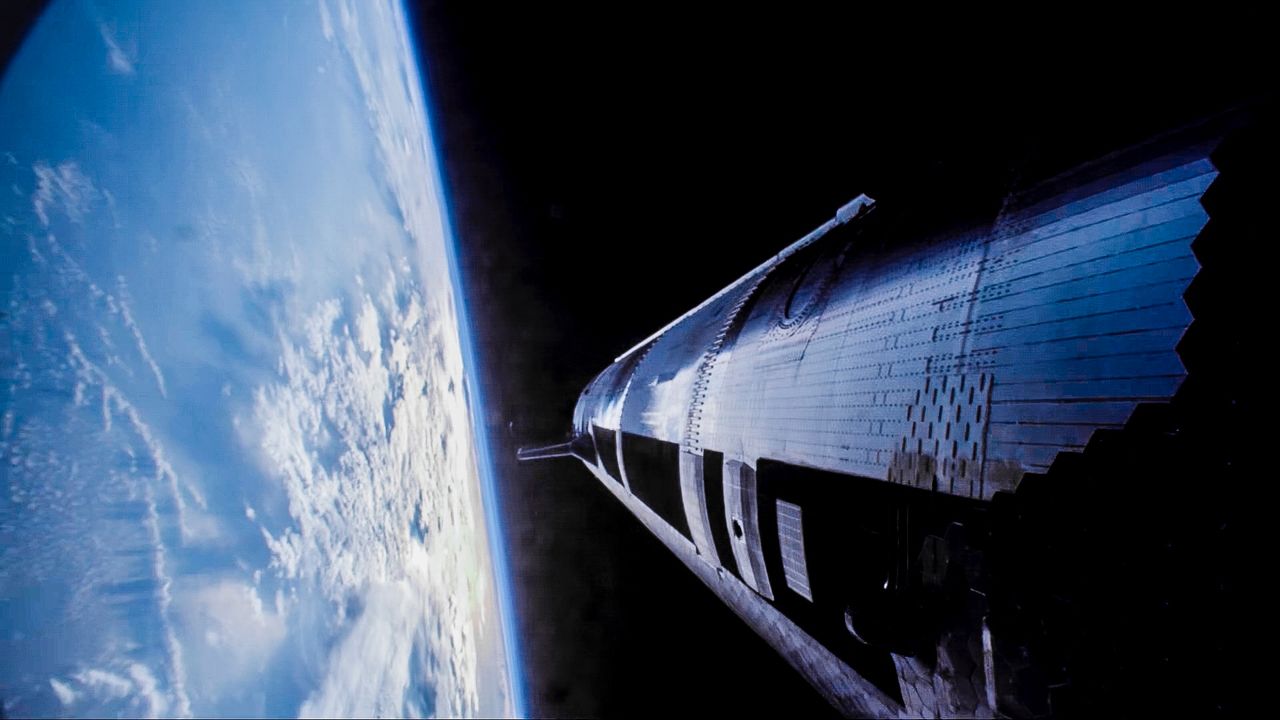









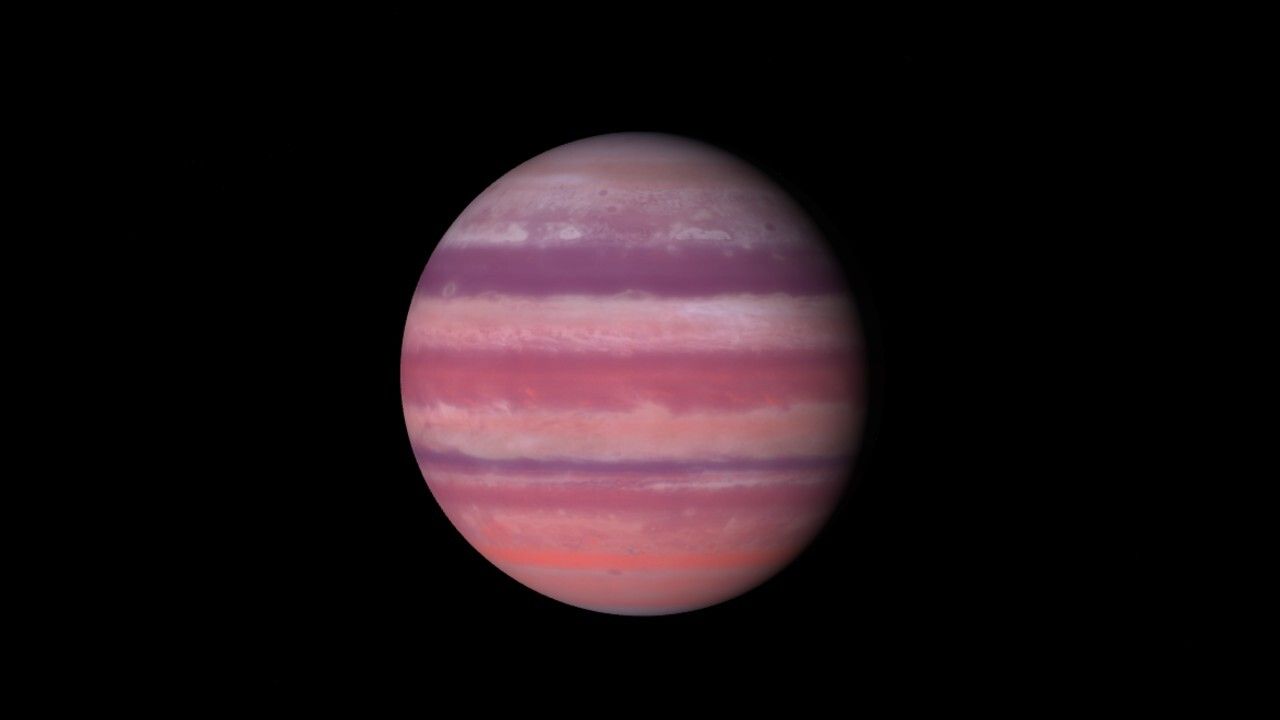

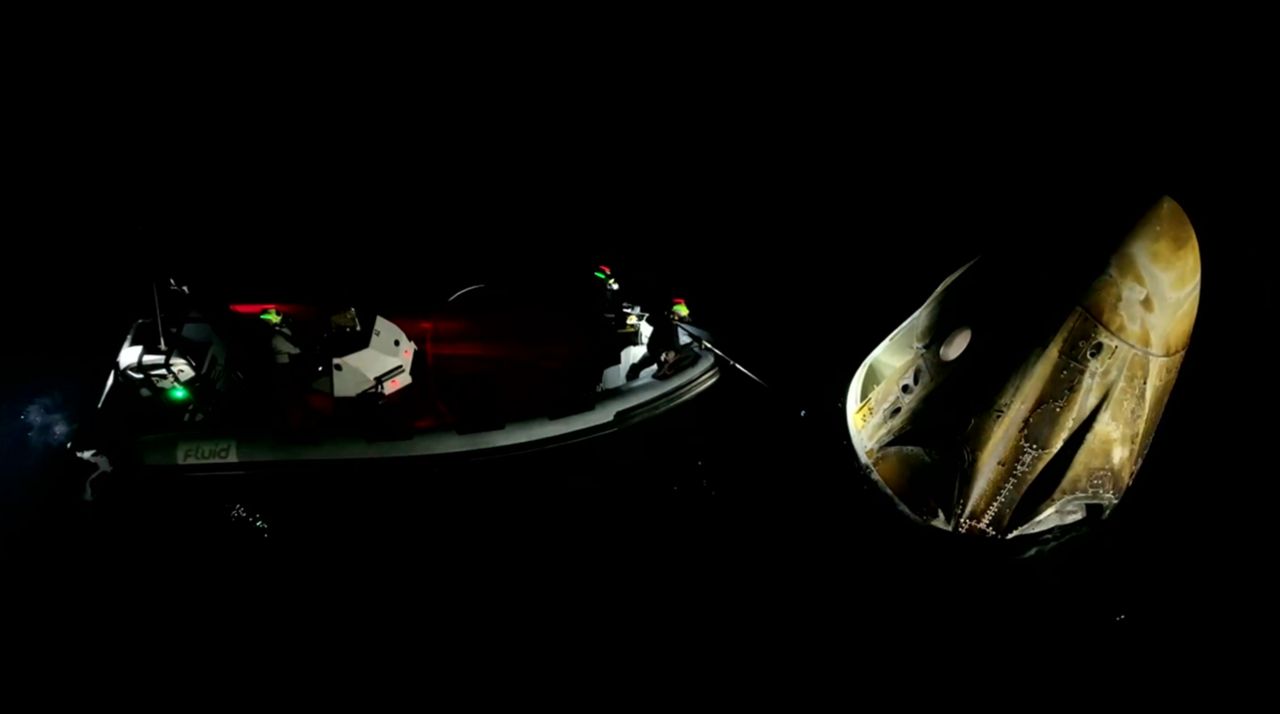

Sotheby’s in New York will be auctioning the largest martian meteorite ever found on Earth on Wednesday as part of a natural history-themed sale. Known as NWA 16788, it was found in Niger in November 2023 by a meteorite hunter. The meteorite, which is red, brown, and gray in color, measures 15 by 11 byContinue reading "The biggest piece of Mars on Earth is up for auction"
The post The biggest piece of Mars on Earth is up for auction appeared first on Astronomy Magazine.
Ron Brecher from Guelph, Ontario, Canada The dwarf galaxy IC 2574 is also known as Coddington’s Nebula, having been discovered by American astronomer Edwin Foster Coddington in 1898, when the nature of galaxies was not yet known. In Hydrogen-alpha light, bright knotty clumps indicate prodigious amounts of star formation. This image comprises just over 17Continue reading "A knotty galaxy"
The post A knotty galaxy appeared first on Astronomy Magazine.
Author(s): Jingcheng Zhou and Chunhui (Rita) Du
Two independent groups optimize diamond-based quantum sensing by using more than 100 such sensors in parallel.
[Physics 18, 132] Published Mon Jul 14, 2025
Born July 15, 1943, Jocelyn Bell Burnell is a British astrophysicist best known for her discovery of pulsars. In 1967, when she was a graduate student in radio astronomy at the University of Cambridge, Bell Burnell noticed “scruff” in the data she was reviewing from the Mullard Radio Astronomy Observatory. Bell Burnell jokingly called thisContinue reading "July 15, 1943: Birth of Jocelyn Bell Burnell"
The post July 15, 1943: Birth of Jocelyn Bell Burnell appeared first on Astronomy Magazine.
The center of the Milky Way is on display during summer evenings, arcing slowly through the southern sky. The galactic center is located near the magnitude 4.5 star 3 Sagittarii, which sits just 4.7° northwest (to the upper right, late this evening if you’re facing south) of Gamma (γ) Sgr, the star at the tipContinue reading "The Sky Today on Tuesday, July 15: Great views of the galactic center"
The post The Sky Today on Tuesday, July 15: Great views of the galactic center appeared first on Astronomy Magazine.
Massimo Tamajo from Syracuse, Sicily, Italy The effects of atmospheric refraction can distort the appearance of the Sun near the horizon — especially when atmospheric inversions are created above an ocean that is cooler than the air above it.
The post Thermal distortions appeared first on Astronomy Magazine.
In a universe governed by turbulence and chaos, perfection is rarely more than a mathematical ideal. Yet astronomers are puzzling over a newfound object that seems to defy that rule: a glowing, nearly flawless circular shell of gas and dust, likely the remnant of a long-dead star, that has remarkably preserved its shape in aContinue reading "Astronomers discover a perfectly spherical supernova remnant"
The post Astronomers discover a perfectly spherical supernova remnant appeared first on Astronomy Magazine.
Mission Highlight: Gilmour Eris Testflight 1 After weeks of delays, Australia is finally poised to join the orbital launch club. Gilmour Space Technologies is expected to debut its Eris rocket with a test launch from Queensland’s Bowen Orbital Spaceport no earlier than (NET) July 16. The three-stage rocket, powered by hybrid engines fueled by aContinue reading "Gilmour aims for orbit again as Starlink surges continue"
The post Gilmour aims for orbit again as Starlink surges continue appeared first on Astronomy Magazine.
In this episode, Astronomy magazine Editor Dave Eicher invites you to head out and observe M4, the wonderful globular cluster in the constellation Scorpius the Scorpion. You can use the Scorpion’s brightest star, 1st-magnitude Antares, as your guide. Although sharp-eyed observers may pick this up with their naked eyes, its swarms of stars look best through aContinue reading "This Week in Astronomy with Dave Eicher: Globular cluster M4"
The post This Week in Astronomy with Dave Eicher: Globular cluster M4 appeared first on Astronomy Magazine.
In a July 10 markup meeting, the Senate Appropriations Committee, responsible for crafting the specific spending bills that allocate federal funds across the government, pushed back against President Trump’s proposed FY2026 budget. The comments signaled bipartisan resistance in the Senate to steep cuts in federal science funding. The president’s proposed budget, released in May, aimedContinue reading "Senate appropriations committee pushes back on 2026 NASA budget cuts"
The post Senate appropriations committee pushes back on 2026 NASA budget cuts appeared first on Astronomy Magazine.
Why will our Sun expel its outer layers as it dies? Daniel StanyerAugusta, Kansas First, let’s discriminate between expansion and expulsion. Expansion happens because the thermal pressure from the increased energy production in the Sun’s interior exceeds the gravitational force keeping the Sun’s matter close to its core. The Sun will expand until a newContinue reading "Why will our Sun expel its outer layers as it dies? "
The post Why will our Sun expel its outer layers as it dies? appeared first on Astronomy Magazine.
New Horizons launched in January 2006, and by July 14, 2015, it had reached its primary goal: Pluto. The first spacecraft to study Pluto up close, it conducted measurements of Pluto’s atmosphere, mapped the surface geology, observed Pluto’s moons. New Horizons also investigated the dwarf planet’s interior structure, adding support to the theory that PlutoContinue reading "July 14, 2015: New Horizon arrives at Pluto"
The post July 14, 2015: New Horizon arrives at Pluto appeared first on Astronomy Magazine.



© CASC



© Caltech/R. Hurt (IPAC)



© Apple TV
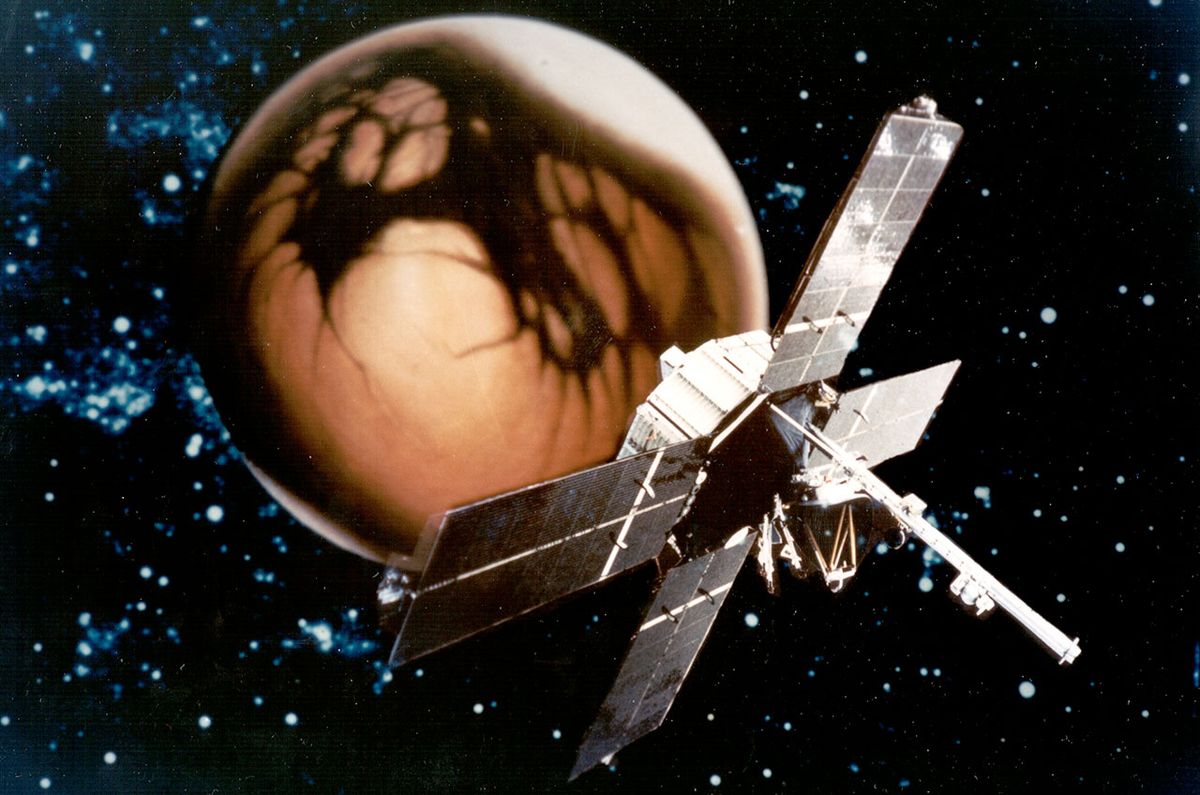


© NASA via Roger Launius
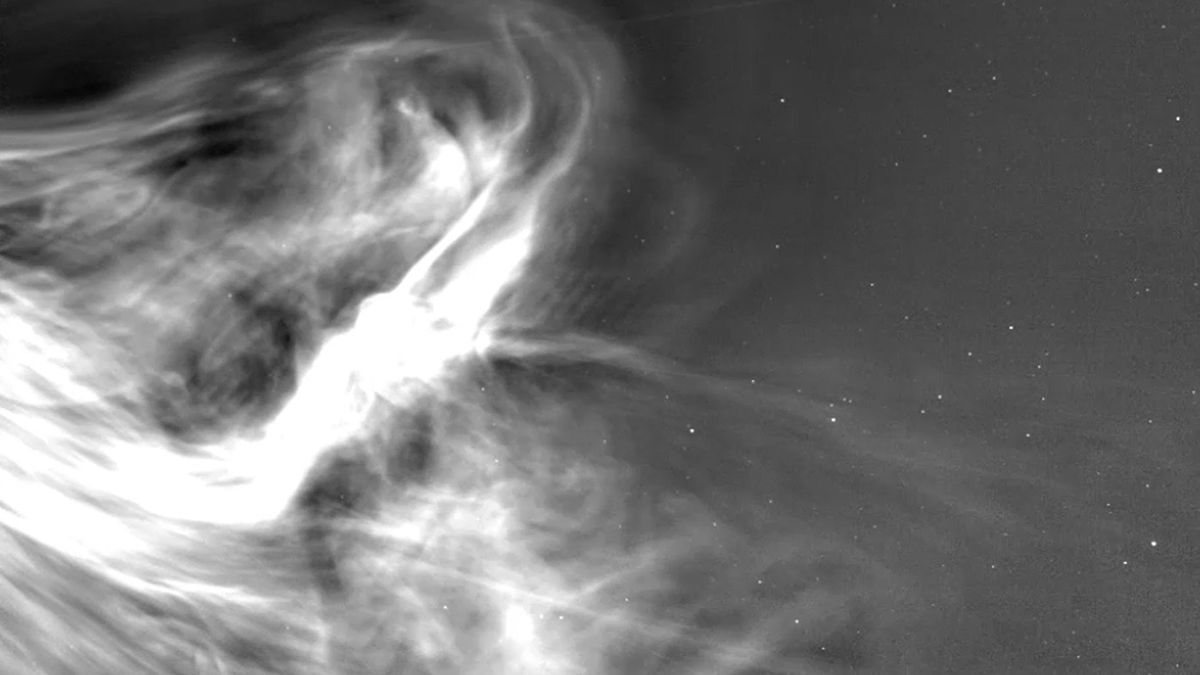


© NASA/Johns Hopkins APL/Naval Research Lab
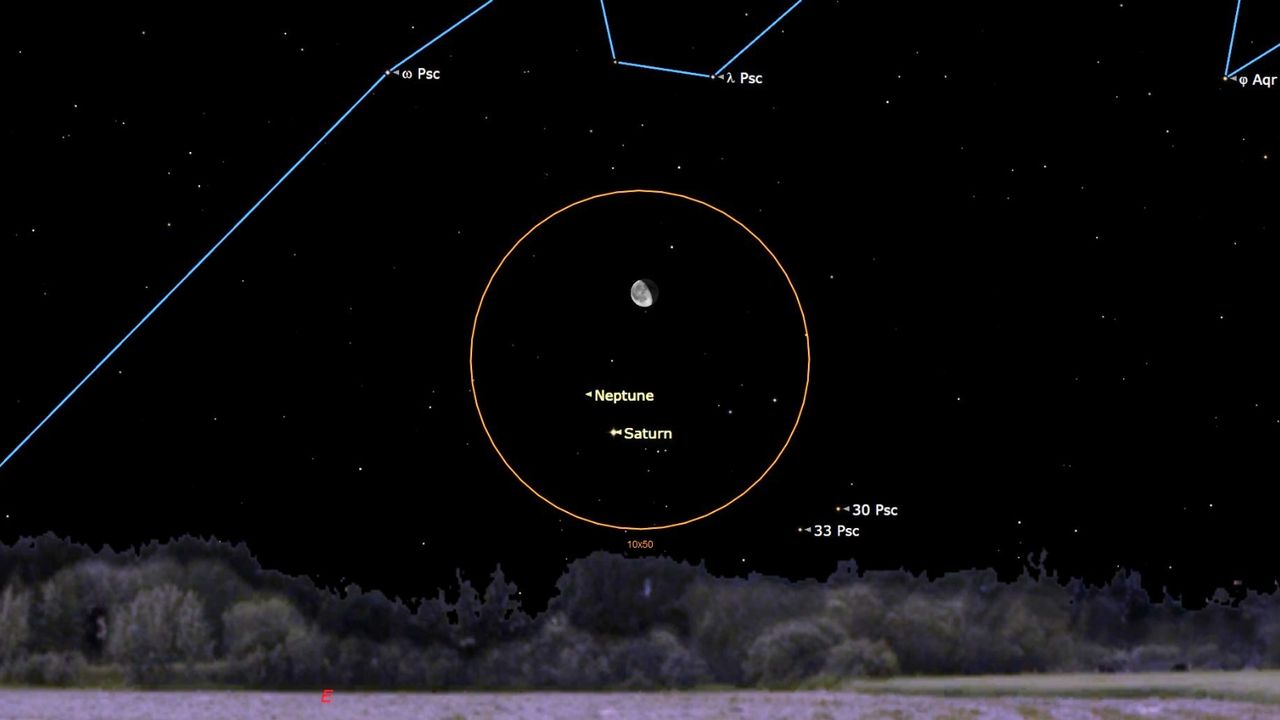




© NASA
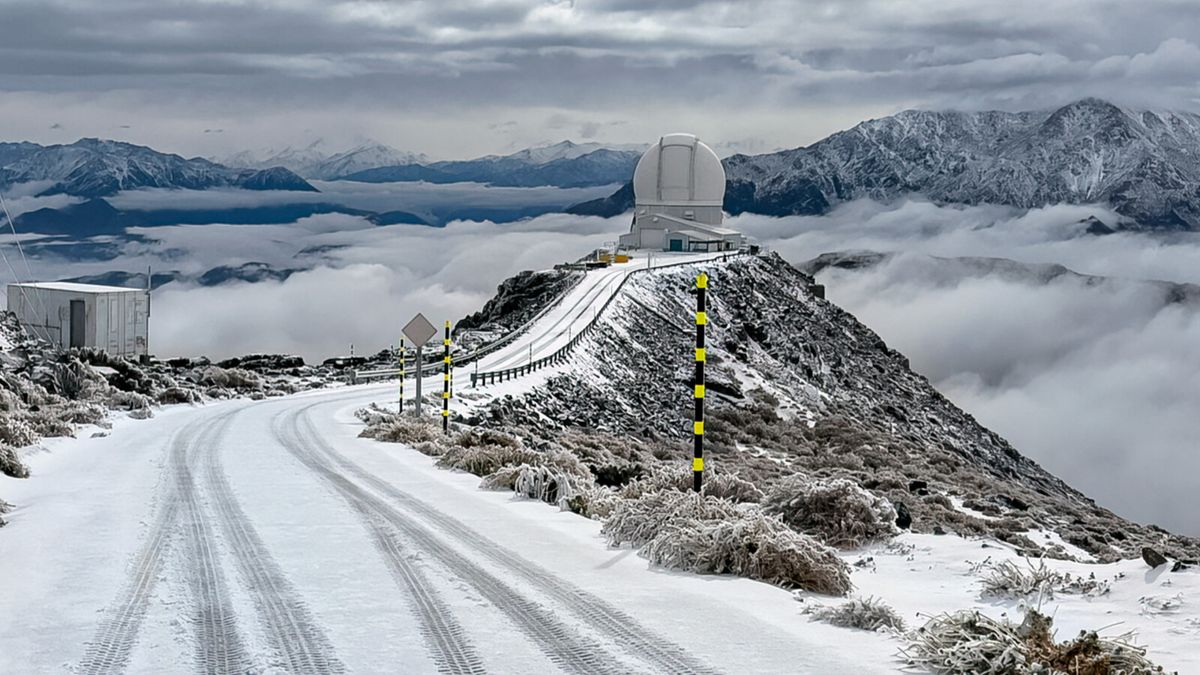


© NOIRLab/NSF/AURA/F. Bruno
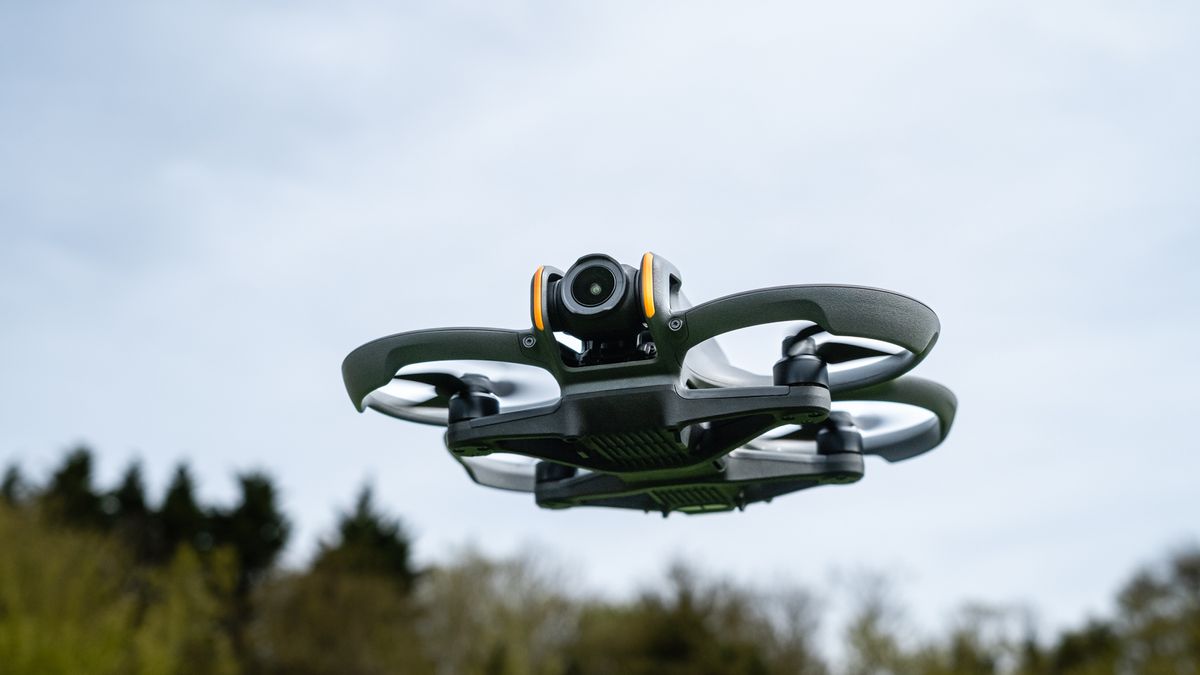


© James Abbott



© Marvel



© Future
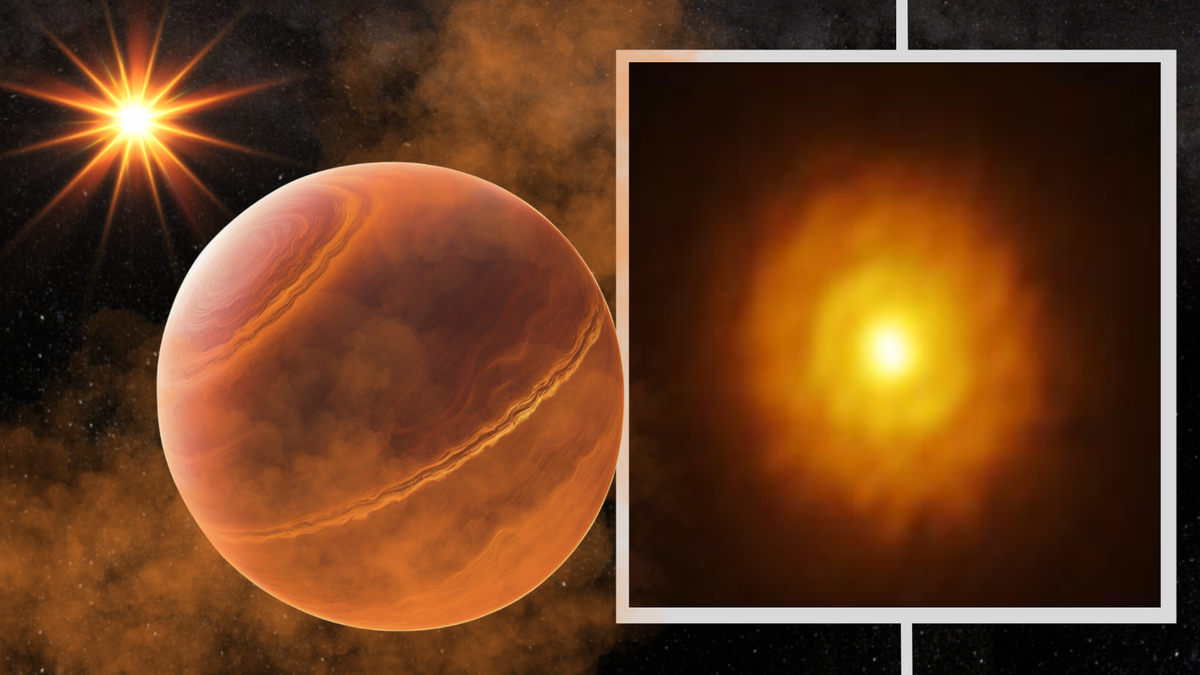


© ALMA(ESO/NAOJ/NRAO)/A. Ribas et al/Robert Lea (created with Canva)
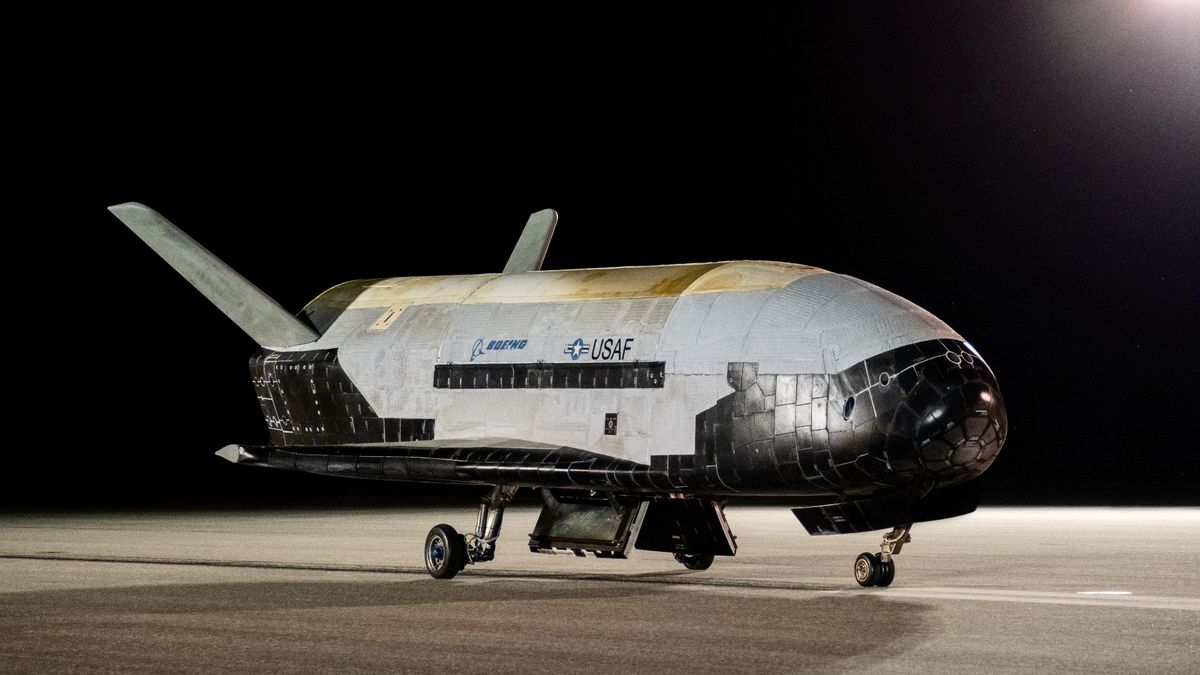


© U.S. Space Force/Staff Sgt. Adam Shanks
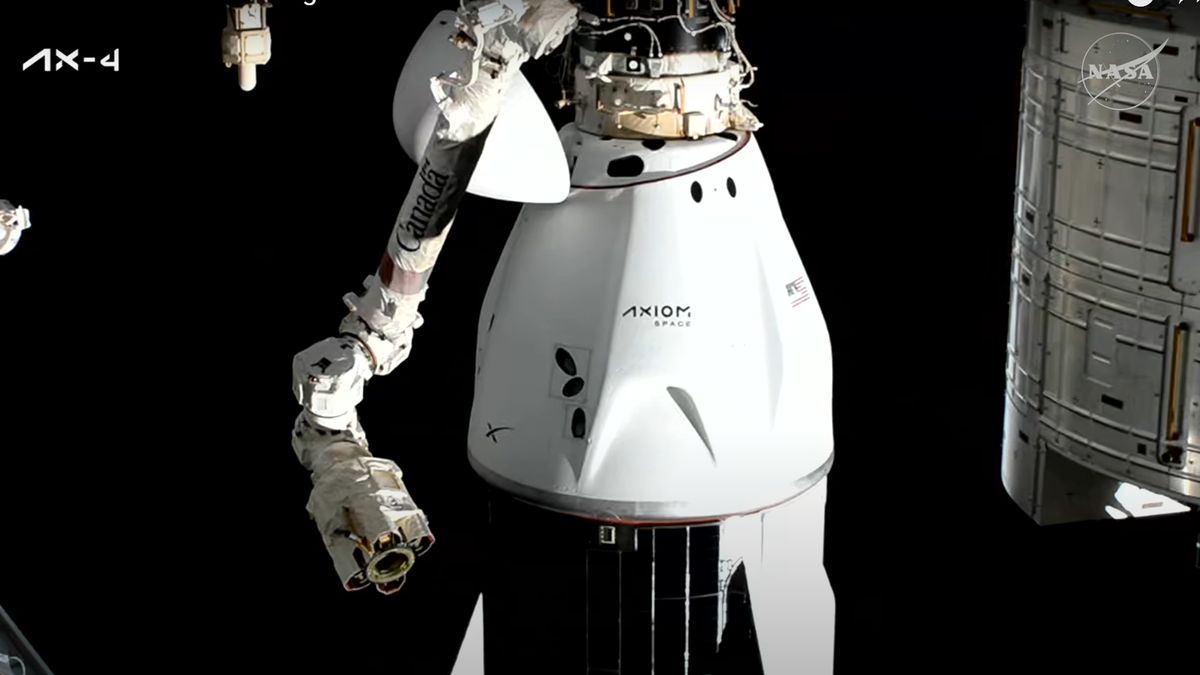


© NASA
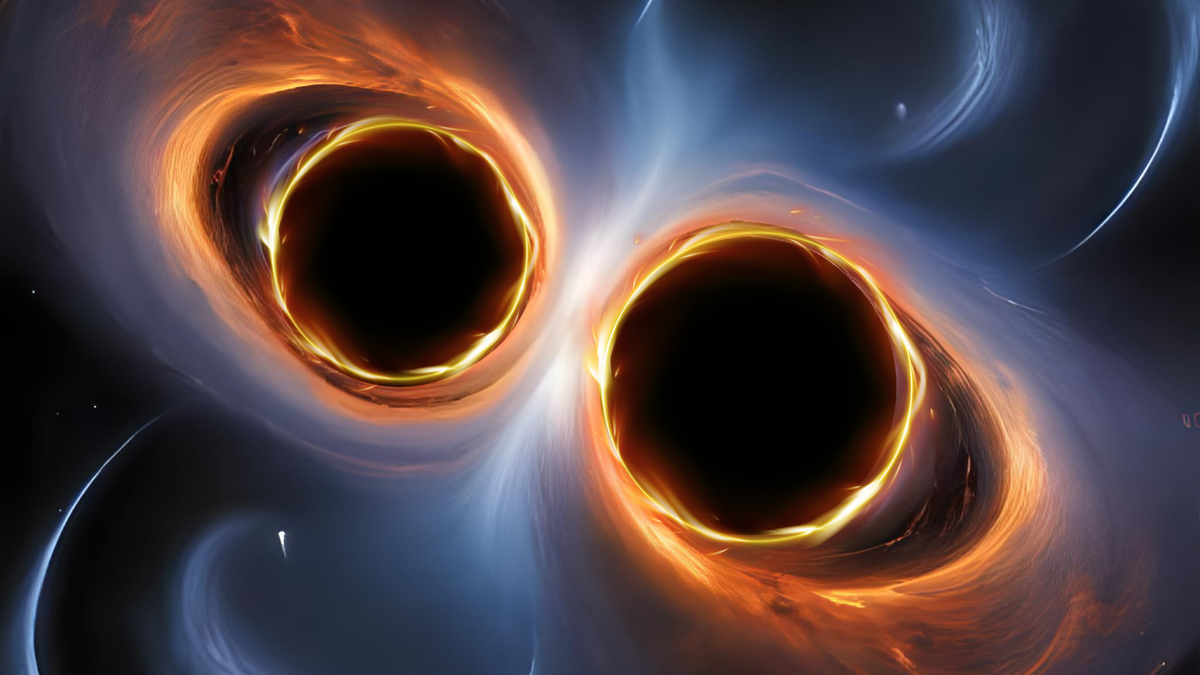


© Robert Lea (created with Canva)
Saturn stands stationary amid the stars of Pisces at 4 A.M. EDT. It is followed two hours later by asteroid 3 Juno, which reaches its stationary point in Libra at 6 A.M. EDT. Only Saturn is visible in the morning sky, while Juno is up after sunset. Starting in the morning, look for magnitude 0.9Continue reading "The Sky Today on Monday, July 14: Saturn and Juno are stationary"
The post The Sky Today on Monday, July 14: Saturn and Juno are stationary appeared first on Astronomy Magazine.



© NASA



© NASA/JPL-Caltech
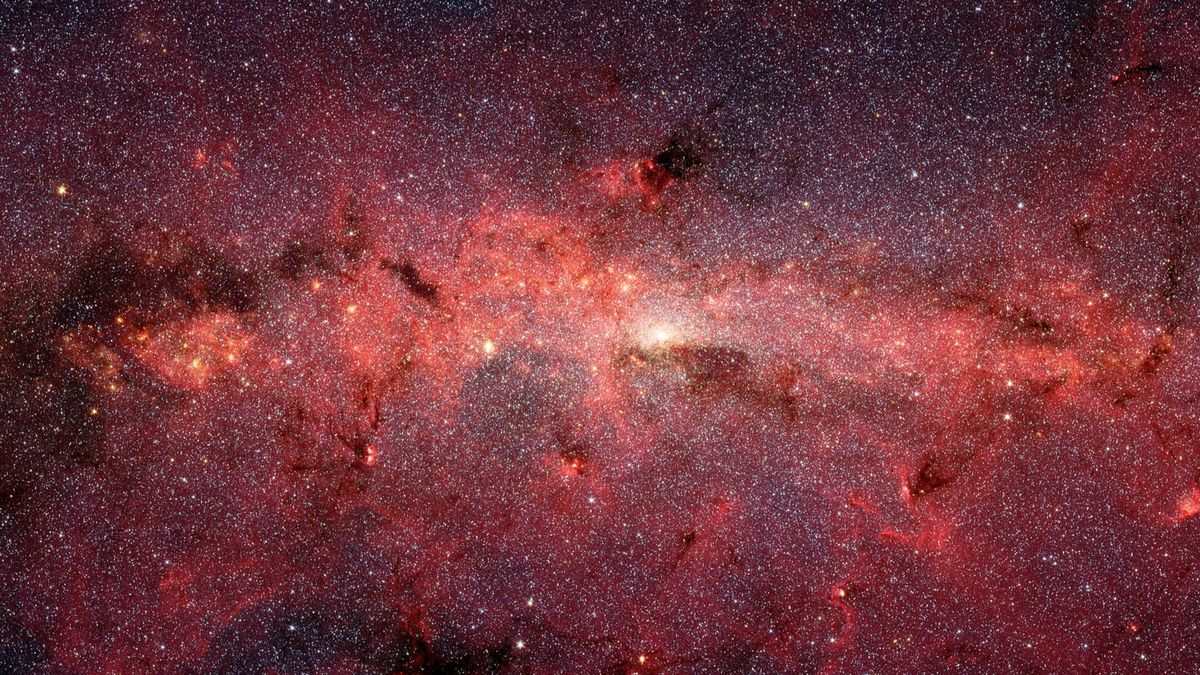


© NASA/JPL-Caltech/S. Stolovy (Spitzer Science Center/Caltech)



© A Rainbow Mosaic of the Rosette and the Christmas Tree Nebulae © Shaoyu Zhang
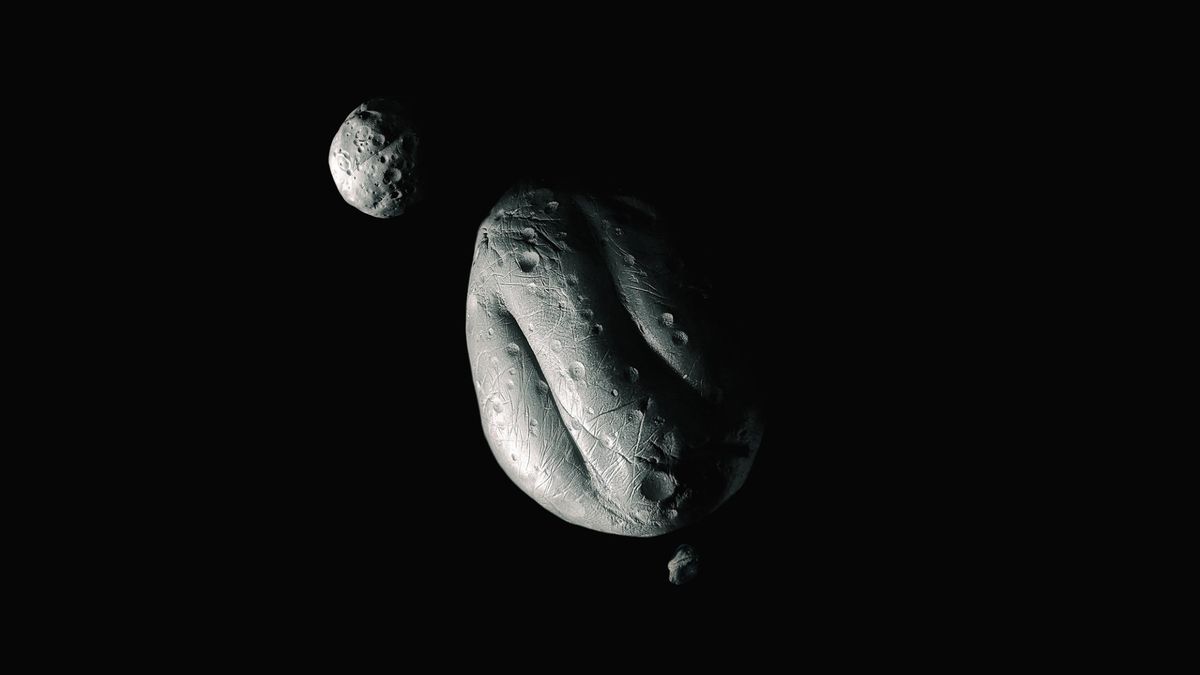


© Nazarii Neshcherenskyi/iStock/Getty Images
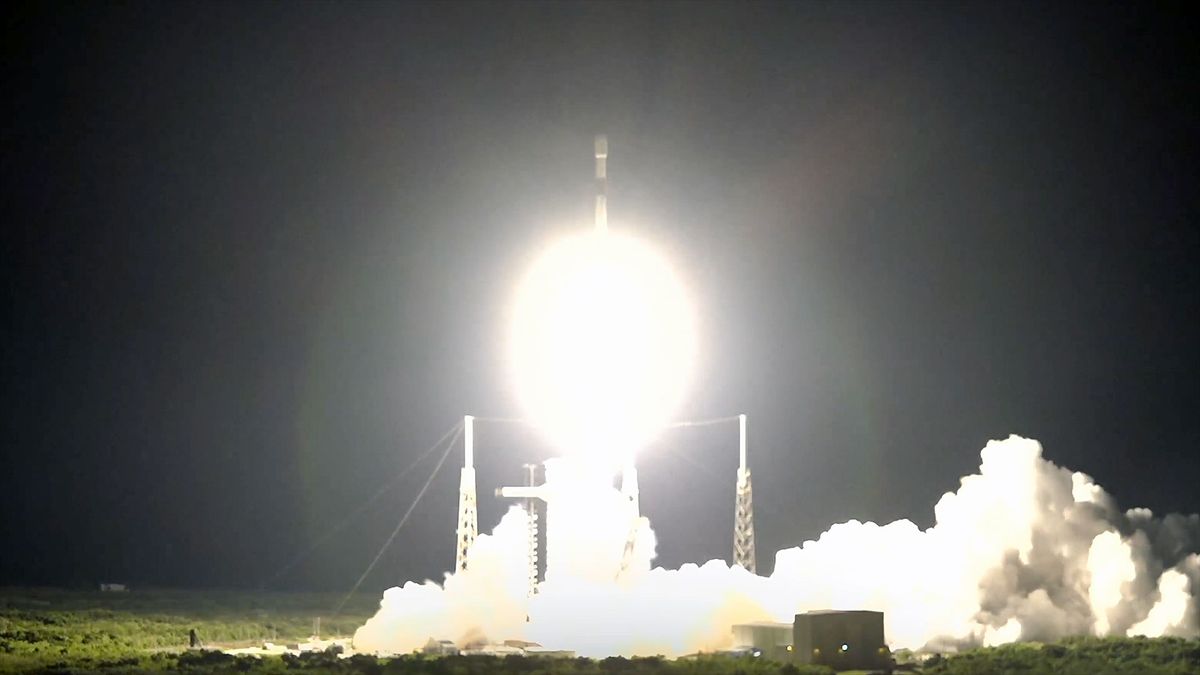


© SpaceX
On July 13, 1969, the Soviet Union launched Luna 15, an unmanned spacecraft seen as a rival to the American Apollo 11 mission, which launched just three days later. Luna 15’s goal was to land on the Moon, collect rock samples, and return to Earth before the Apollo astronauts. But the heightened moment of competitionContinue reading "July 13, 1969: Luna 15 launches"
The post July 13, 1969: Luna 15 launches appeared first on Astronomy Magazine.
Venus passes 3° north of Aldebaran in Taurus at midnight EDT; the pair is visible in the early-morning sky, well positioned in the east for two hours before sunrise. Venus is notably brighter — magnitude –4.1, far outshining magnitude 0.9 Aldebaran, the brightest star in the Taurus and cataloged as Alpha (α) Tauri. Together, theContinue reading "The Sky Today on Sunday, July 13: The Bull has two eyes"
The post The Sky Today on Sunday, July 13: The Bull has two eyes appeared first on Astronomy Magazine.
Author(s): Michael Schirber
A detailed analysis of a stellar cluster has led to a possible explanation for several fast-moving runaway stars around the cluster.
[Physics 18, 134] Published Fri Jul 11, 2025
Author(s): Charles Day
An arrangement of spins known as a meron turns out to be easier to make in momentum space than in real space.
[Physics 18, s91] Published Thu Jul 10, 2025



© Pigeons at Play
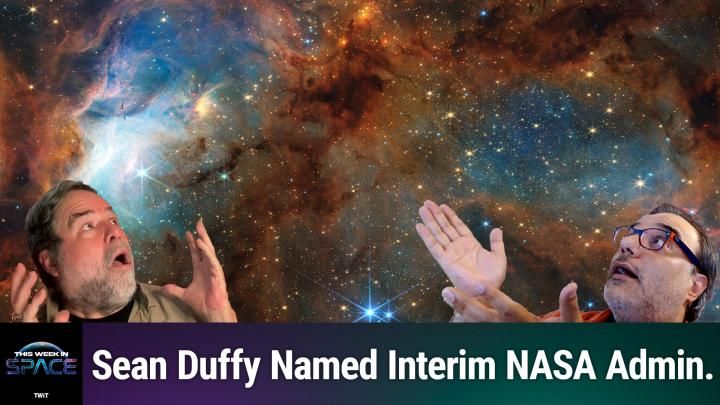


© TWiT



© DC Studios
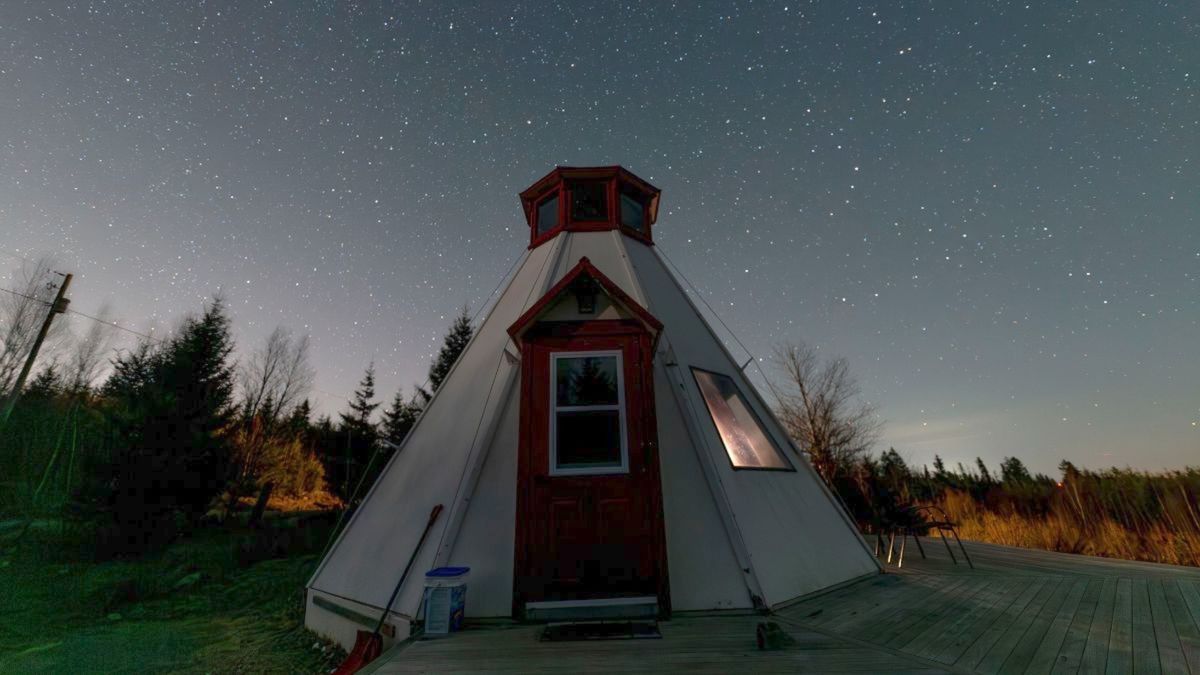


© Jamie Carter



© Future
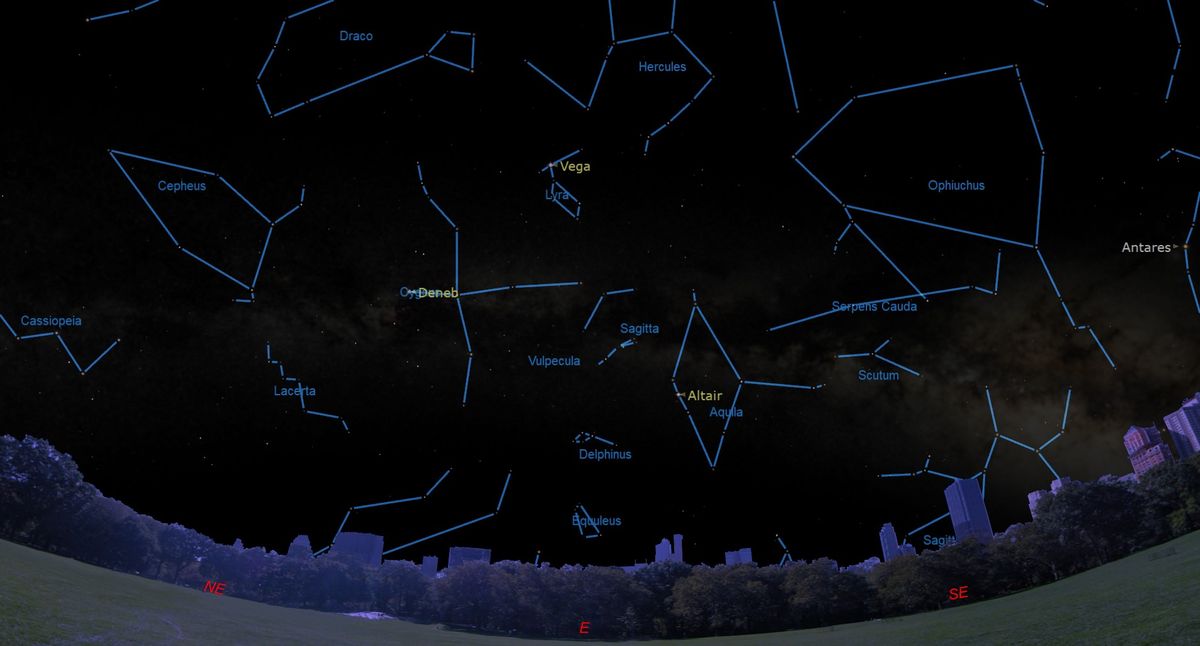


© Chris Vaughan
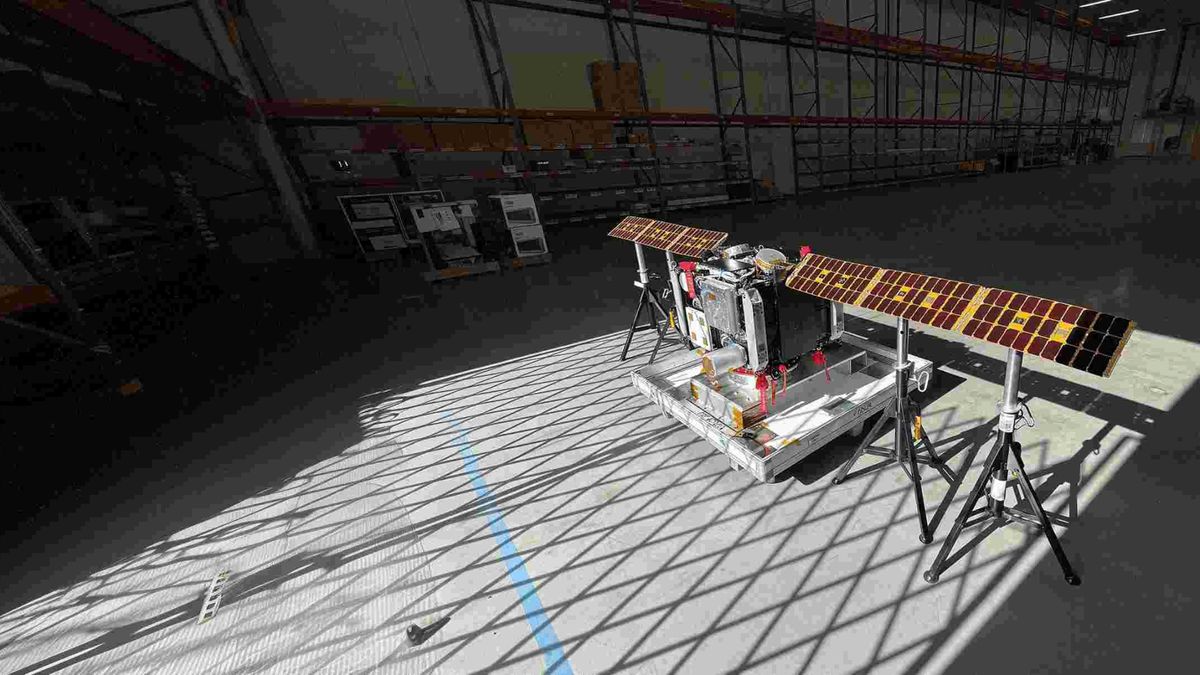


© AstroForge



© CCTV



© Future



© Kimberley Lane



© Apple TV+
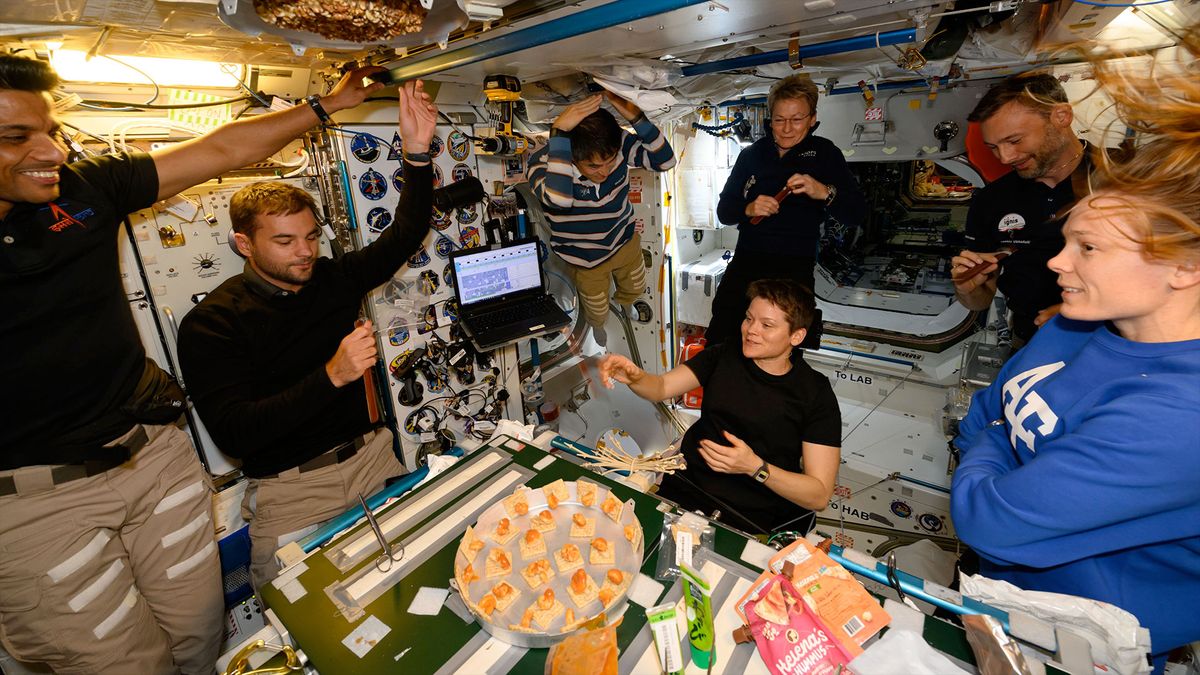


© NASA/Jonny Kim
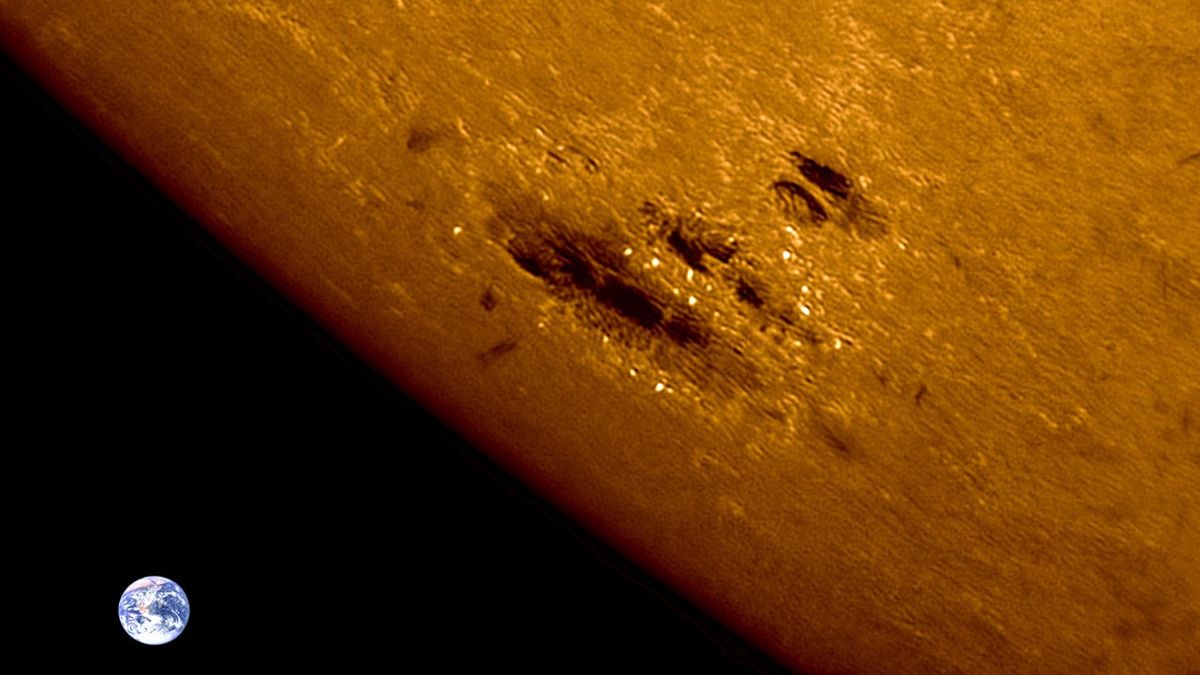


© Philippe Tosi
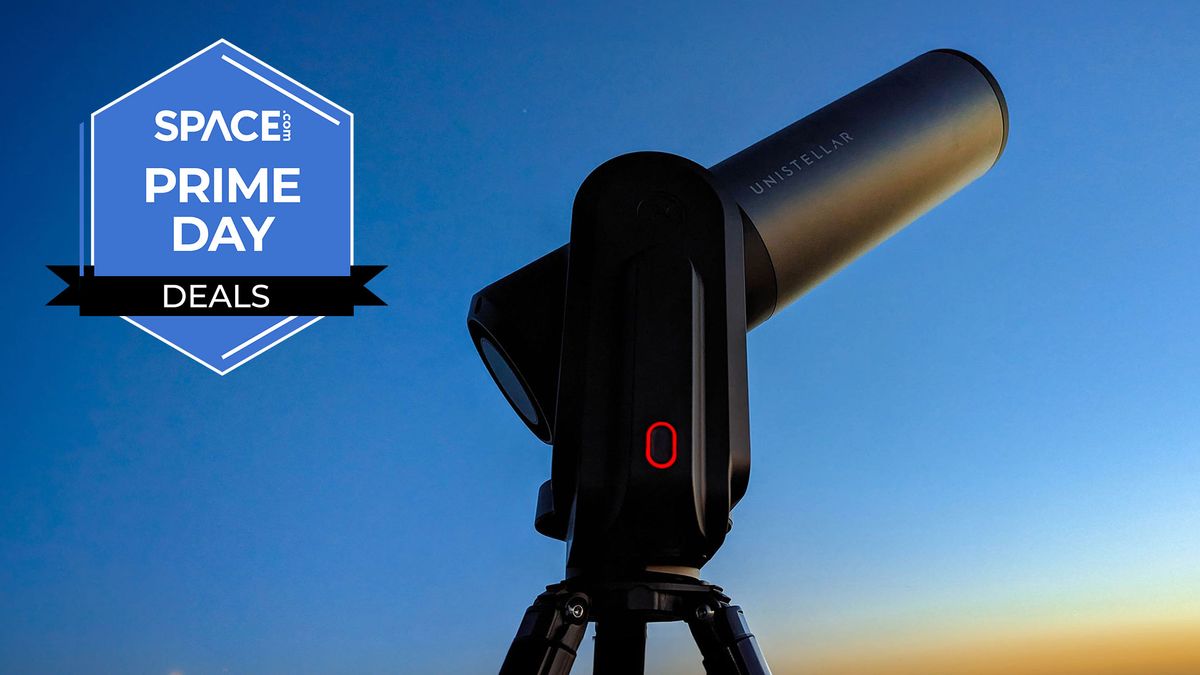


© Future



© Future



© Warner Bros / DC



© Gary Hershorn /Getty Images



© Future



© Future



© U.S. Space & Rocket Center
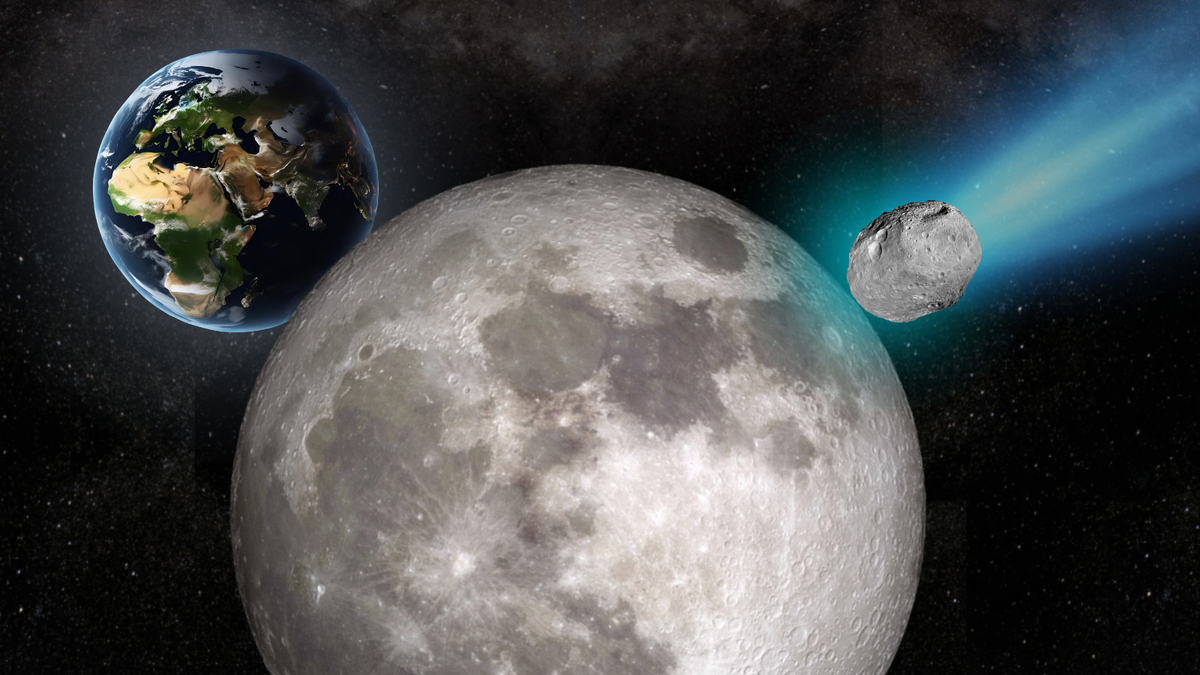


© Robert Lea (created with Canva)



© Future



© Lego



© Daisy Dobrijevic
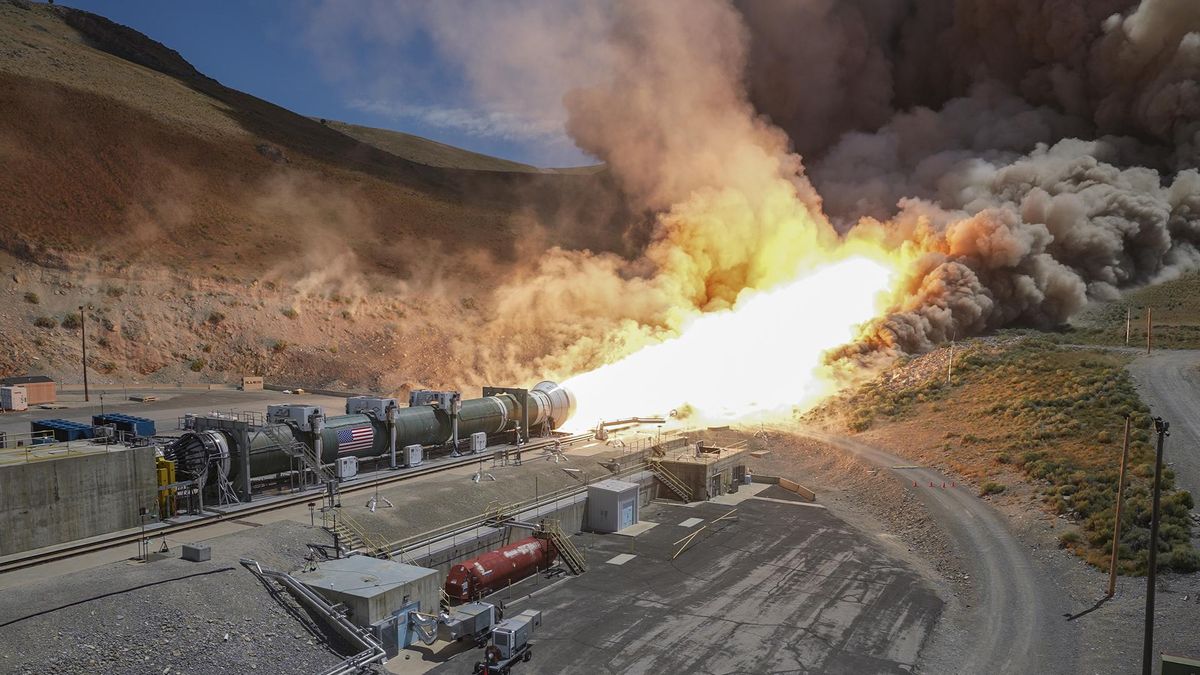


© Northrop Grumman/Dylan Baker



© U.S. Space Force photo by Lt. Col. Victoria Hight



© Future



© Future



© John Threlfall



© U.S. Department of Transportation
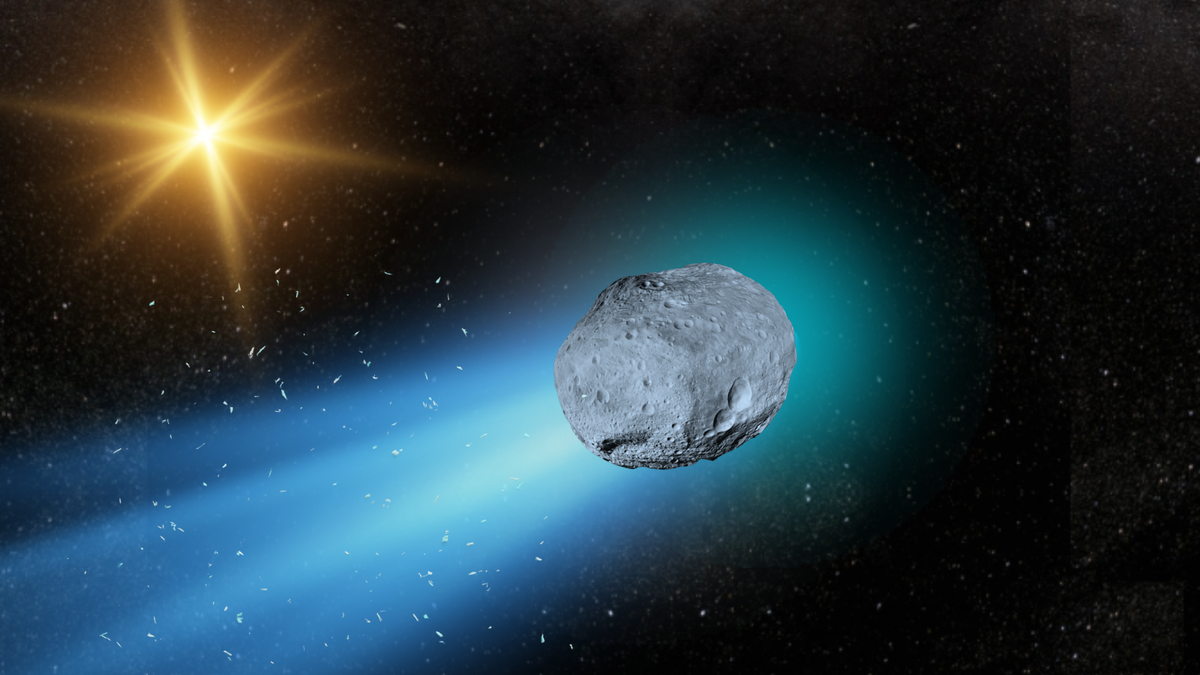


© Robert Lea (created with Canva)



© Future
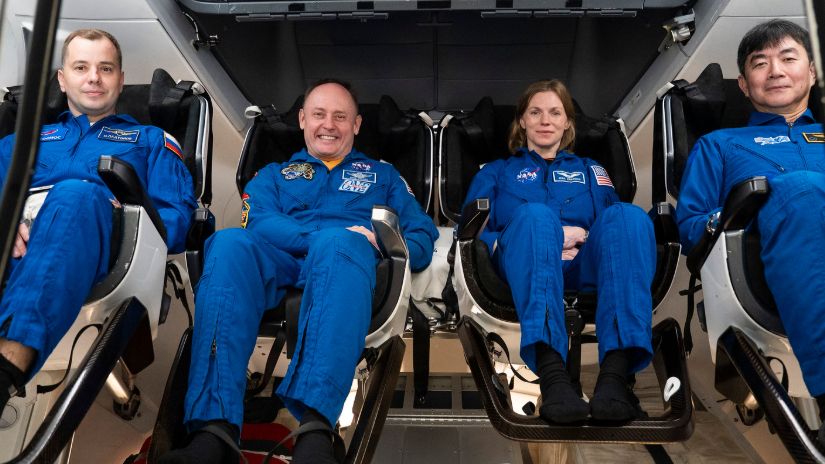


© NASA
The Soviet Union launched Phobos 2 on July 12, 1988, the second of two uncrewed probes designed to study Mars, moons Phobos and Deimos, the Sun, and the interplanetary environment. Each probe was equipped with 25 instruments including high-energy detectors; X-ray and solar photometers; infrared, ultrasound, and gamma-ray spectrometers; and more. Phobos 1 was lostContinue reading "July 12, 1988: Phobos 2 launches"
The post July 12, 1988: Phobos 2 launches appeared first on Astronomy Magazine.
Already high in the east an hour after sunset is the constellation Lyra the Lyre, easy to locate thanks to its brightest star, magnitude 0 Vega. Tonight, we’re looking southeast of this star at M56, an 8th-magnitude globular cluster in near the border of Lyra and Cygnus. In fact, one of the easiest ways toContinue reading "The Sky Today on Saturday, July 12: M56 in Lyra"
The post The Sky Today on Saturday, July 12: M56 in Lyra appeared first on Astronomy Magazine.
Xiaofeng Qu, taken from Lijiang, Yunnan, China The Geminid meteor shower appears to rain down upon the Gaomeigu Astronomical Observatory (altitude: 10,500 feet [3,200 meters]) in this carefully composed 10-panel panorama. Also visible are numerous Hα features glowing across the sky, like the Orion Loop just above the observatory dome. The imager used 4 NikonContinue reading "High-altitude shower"
The post High-altitude shower appeared first on Astronomy Magazine.
I thought I’d write a bit about several eye-related topics. First up is resolution, which is the ability to see details in objects. We have decreased resolution at night, and little color vision as well, for multiple reasons: reduced numbers of retinal cells firing, the color shift in sensitivity vs. the focus ability of theContinue reading "Michael’s Miscellany: The Eyes Have It"
The post Michael’s Miscellany: The Eyes Have It appeared first on Astronomy Magazine.
There is a battle brewing over ownership of a retired NASA space shuttle. The One Big Beautiful Bill Act, signed into law by President Donald Trump at the White House last week, sets aside $85 million to relocate the space shuttle Discovery from its current home at the National Air and Space Museum’s Steven F. Udvar-Hazy Center in northernContinue reading "Smithsonian pushing back on plans to relocate space shuttle"
The post Smithsonian pushing back on plans to relocate space shuttle appeared first on Astronomy Magazine.
On July 11, 1801, French astronomer Jean-Louis Pons made his first comet discovery, c/1801 N1. When he’d began his career in 1789 as a doorkeeper (essentially, a concierge) at Marseille Observatory, the directors had recognized his talents and taught him more about astronomy. That background, combined with his exceptional observational skills and the ability toContinue reading "July 11, 1801: Jean-Louis Pons finds his first comet"
The post July 11, 1801: Jean-Louis Pons finds his first comet appeared first on Astronomy Magazine.
There’s a demon in the early-morning sky, amid the stars of Perseus the Hero. Second-magnitude Algol (Beta Persei) is also famously known as the Demon Star, and you can spot it two hours before sunrise, standing 30° high in the east, to the upper left of the Pleiades. Algol is dubbed a demon because everyContinue reading "The Sky Today on Friday, July 11: The demon in the morning sky"
The post The Sky Today on Friday, July 11: The demon in the morning sky appeared first on Astronomy Magazine.
Sky This Week is brought to you in part by Celestron. Friday, July 11The Moon passes just 0.02° north of the dim, distant dwarf planet Pluto at 7 P.M. EDT. However, the bright light from our satellite will make Pluto — already a challenging object requiring the largest amateur instruments — even more difficult toContinue reading "The Sky This Week from July 11 to 18: The Moon hangs with Saturn and Neptune"
The post The Sky This Week from July 11 to 18: The Moon hangs with Saturn and Neptune appeared first on Astronomy Magazine.
President Donald Trump announced Wednesday evening that U.S. Secretary of Transportation Sean Duffy would serve as an “interim administrator” of NASA. “He will be a fantastic leader of the ever more important Space Agency, even if only for a short period of time,” Trump said in a post on Truth Social, his social media platform.Continue reading "Trump taps Transportation Secretary Sean Duffy as ‘interim’ NASA head"
The post Trump taps Transportation Secretary Sean Duffy as ‘interim’ NASA head appeared first on Astronomy Magazine.



© Lego
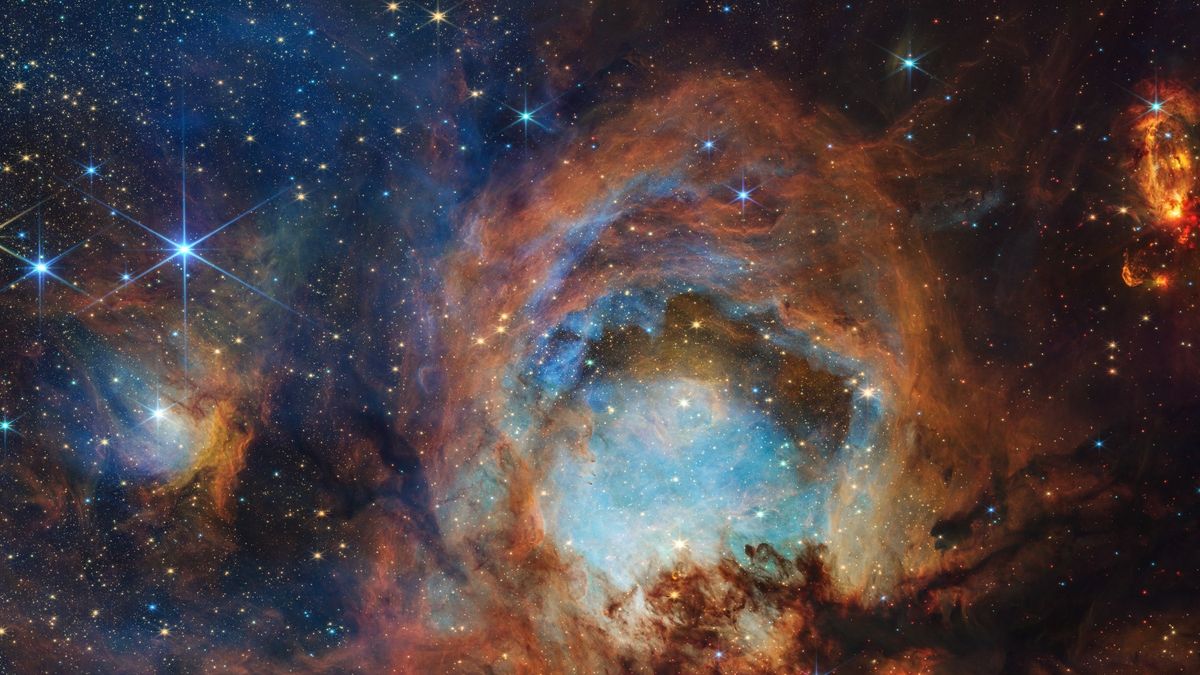


© NASA, ESA, CSA, STScI



© Getty Images/Philip Yabut



© Hasbro



© Warner Bros / DC Studios



© Tantse Walter
Chuck Ayoub from Redford, MI Globular cluster M53 in Coma Berenices (at right) is accompanied by fainter NGC 5053 (at left). Astronomers have reported evidence for a tidal tail, suggesting the pair have interacted in the past. The imager took 2.5 hours of exposure with a Celestron RASA 8-inch f/2 scope and a one-shot colorContinue reading "An ancient pair"
The post An ancient pair appeared first on Astronomy Magazine.
Quasars were a mystery when first discovered in the early 1960s. They are extremely distant, starlike objects that emit enormous amounts of energy. Years later, astronomers understood that quasars are the extremely energetic centers of young galaxies, powered by supermassive black holes. The fact that they are mostly young (the black holes generally quiet downContinue reading "Deep-Sky Dreams: NGC 3079 and Quasar 0957+561 "
The post Deep-Sky Dreams: NGC 3079 and Quasar 0957+561 appeared first on Astronomy Magazine.



© Future
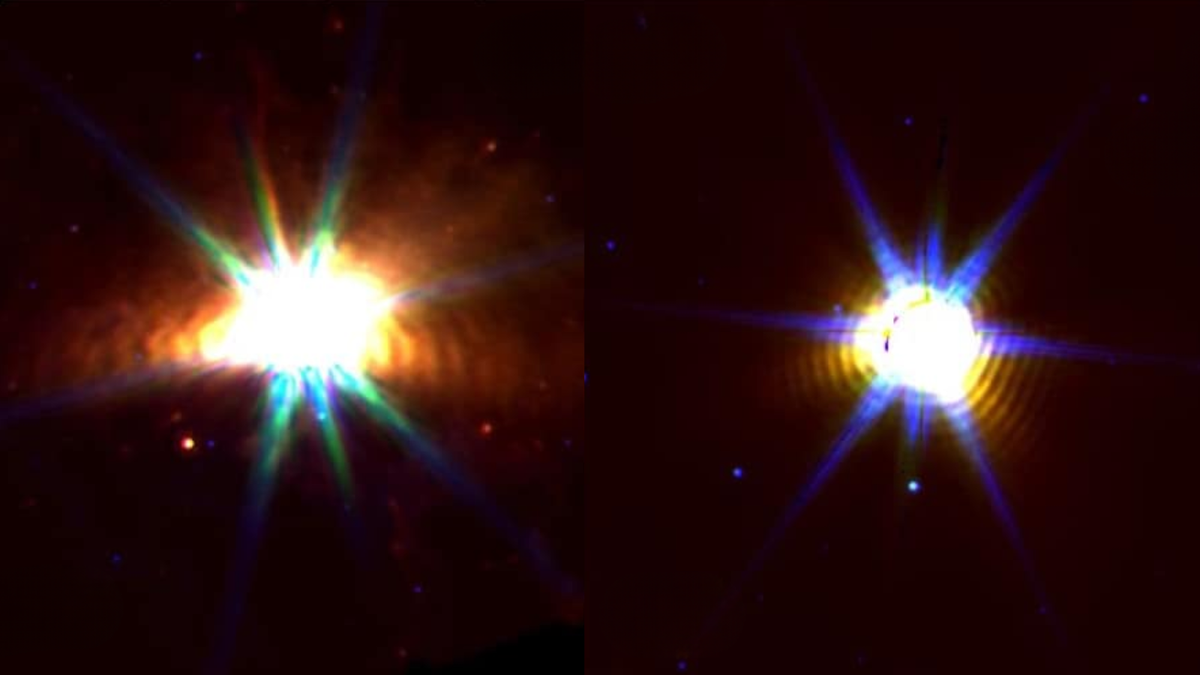


© Embry‑Riddle/JWST



© Future / Sony / Nikon / OM System
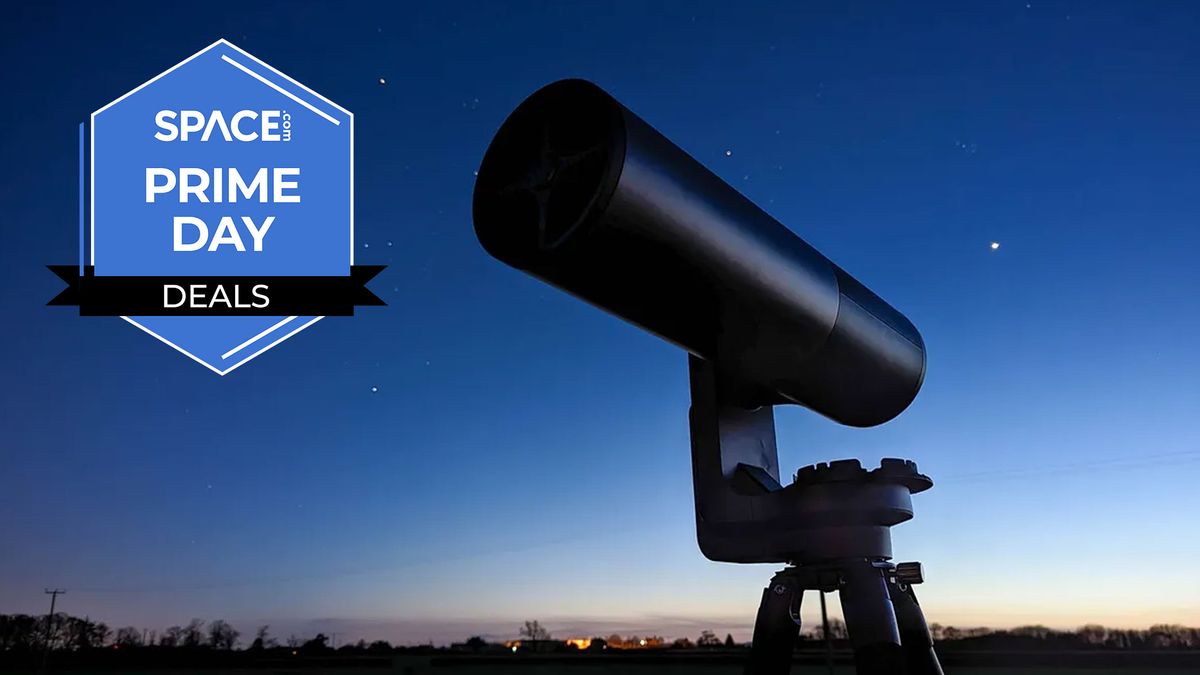


© Future



© Disney / Marvel Studios



© NordVPN
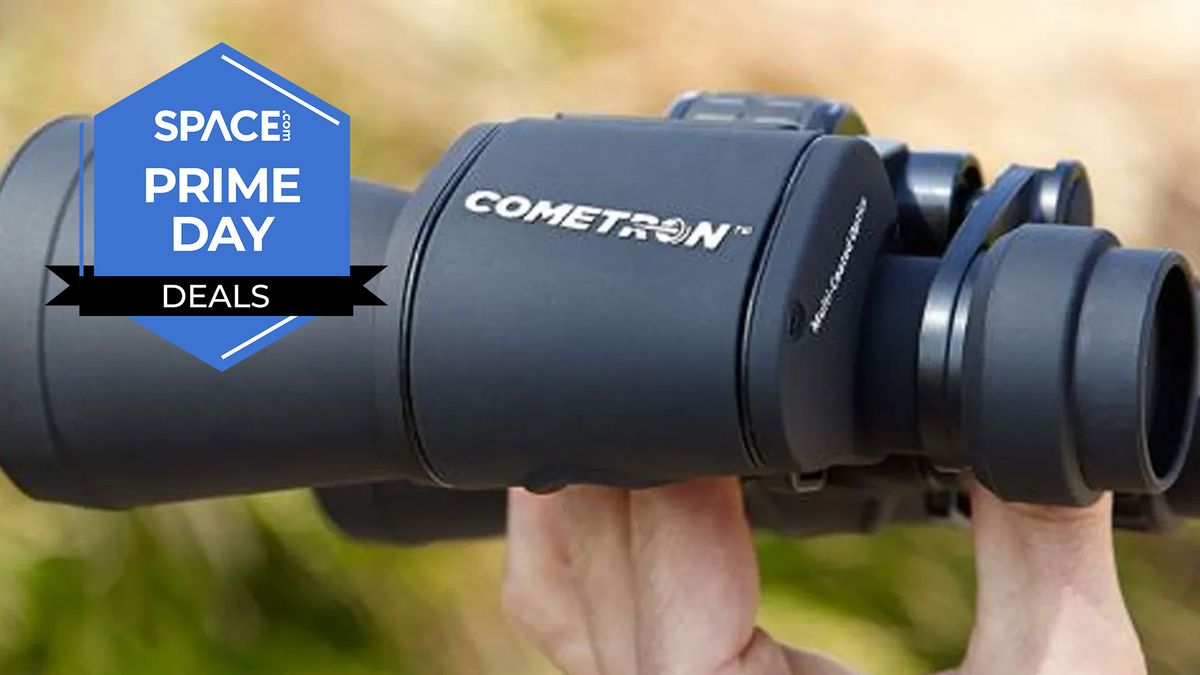


© Future
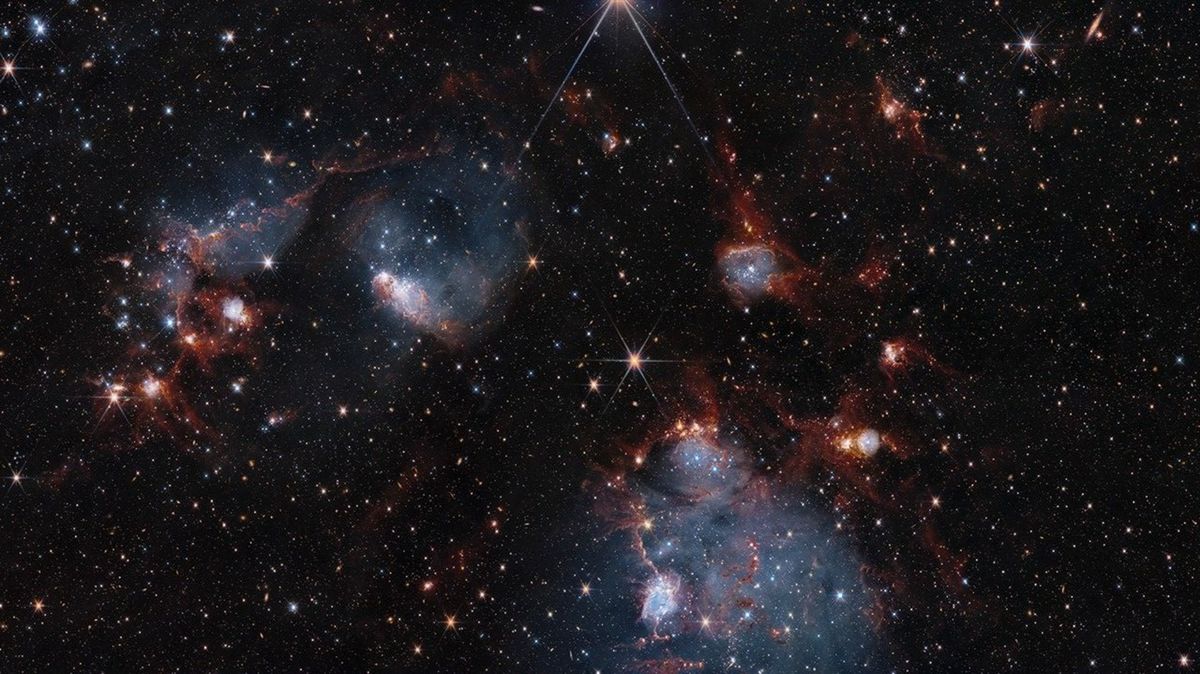


© NASA, ESA, and C. Lindberg (The Johns Hopkins University); Processing: Gladys Kober (NASA/Catholic University of America)
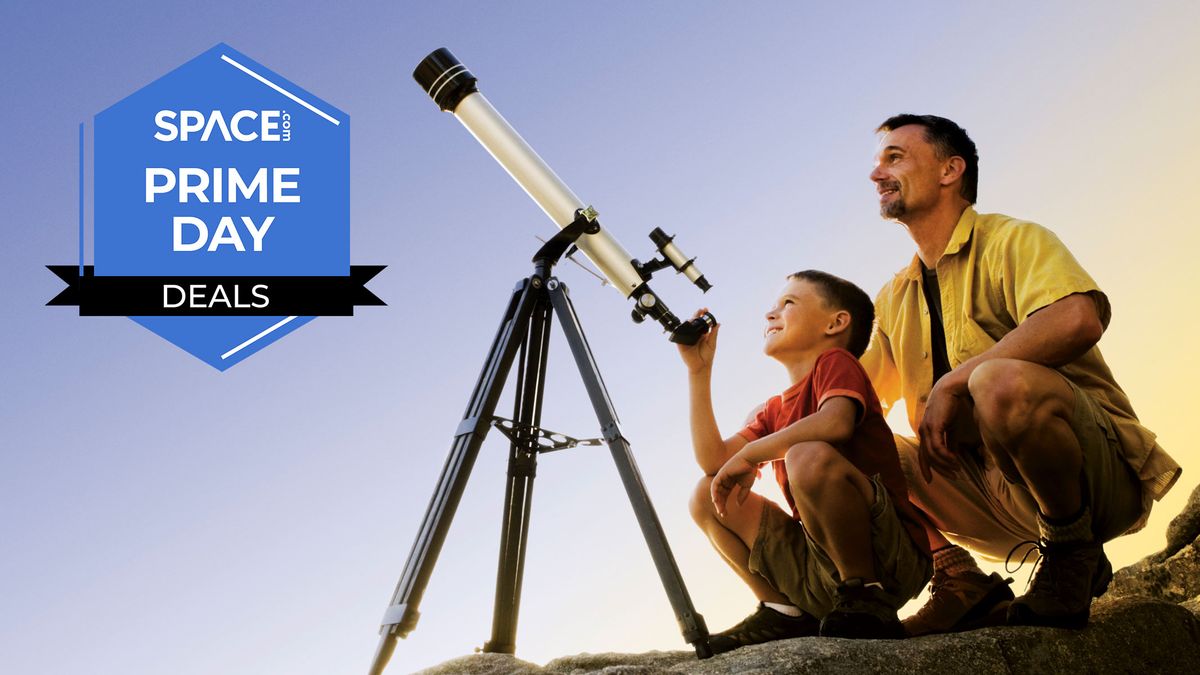


© Getty Images